New York City in the 1950s was a bustling metropolis full of life and change. The city was recovering from the aftermath of World War II and experiencing an economic boom. This decade saw significant developments in various aspects of life, from construction and economy to food and entertainment.
Daily Life and Society
Life in New York City during the 1950s was vibrant and dynamic. The city’s population was growing rapidly, with many people moving in from other parts of the United States and from abroad. This influx of people contributed to the city’s diverse culture and lively atmosphere.
The post-war economic boom brought prosperity to many New Yorkers. Families were moving into newly built suburbs, but the city itself remained a hub of activity. The rise of the middle class led to an increase in consumerism, with people buying homes, cars, and household appliances. Television became a central part of family life, with popular shows like “I Love Lucy” and “The Ed Sullivan Show” bringing entertainment into living rooms across the city..
Read more
Famous Places and Landmarks
Times Square, often referred to as “The Crossroads of the World,” was one of the most famous places in New York City during the 1950s. It was a bustling center of entertainment and commerce, known for its bright neon lights, theaters, and billboards. Broadway continued to be a major attraction, with hit musicals like “The King and I” and “West Side Story” captivating audiences.
Central Park remained a beloved retreat for New Yorkers. It was a place where families could enjoy picnics, boat rides, and leisurely walks. The park also hosted various events and concerts, making it a cultural hub within the city.
Another iconic landmark from this era was the United Nations Headquarters, completed in 1952. Located in Turtle Bay, it became a symbol of international diplomacy and peace. Visitors from around the world came to see the impressive building and its surroundings.
Economy and Industry
The economy of New York City in the 1950s was thriving. The city was a major center for finance, commerce, and industry. Wall Street saw significant growth, and the New York Stock Exchange was bustling with activity. The financial district was home to numerous banks and investment firms that drove the city’s economy.
Manufacturing remained an important industry, with factories producing goods ranging from textiles to electronics. The garment industry was particularly strong, with New York City being the fashion capital of the United States. The city’s fashion district was bustling with activity, and designers like Dior and Balenciaga were setting trends.
Advertising also became a major industry in the 1950s. Madison Avenue emerged as the center of the advertising world, with agencies creating iconic campaigns for brands like Coca-Cola and Marlboro. The “Mad Men” era was born, characterized by creativity and innovation in marketing.
Construction and Infrastructure
The 1950s were a period of significant construction and infrastructure development in New York City. The city saw the construction of numerous residential buildings, highways, and bridges. This period was marked by a drive to modernize and expand the city’s infrastructure to accommodate its growing population.
One of the most notable construction projects of the decade was the building of the Cross Bronx Expressway, which began in 1948 and was completed in 1963. Designed by Robert Moses, this major highway connected the Bronx to New Jersey and Long Island, improving transportation and commerce.
Public housing projects also expanded during this time. The New York City Housing Authority built several large housing developments to provide affordable housing for the city’s low-income residents. These projects aimed to address the housing shortage and improve living conditions for many New Yorkers.
The construction of the Tappan Zee Bridge, which began in 1952 and was completed in 1955, was another significant project. This bridge connected Westchester and Rockland counties, facilitating travel and trade in the region.
Restaurants and Food
The culinary scene in New York City during the 1950s was diverse and vibrant. The post-war economic boom led to an increase in dining out, and the city offered a wide range of culinary experiences. From fine dining establishments to casual diners, there was something for everyone.
One of the most iconic restaurants of the era was The Stork Club, a glamorous nightclub and restaurant that attracted celebrities, politicians, and socialites. Known for its upscale atmosphere and excellent cuisine, it was a symbol of New York City’s high society.
For more casual dining, diners and delis were popular choices. Diners offered hearty, affordable meals, and were known for their friendly, welcoming atmosphere. Jewish delis, like Katz’s Delicatessen, continued to thrive, serving up classic dishes like pastrami sandwiches and matzo ball soup.
Ethnic restaurants also flourished, reflecting the city’s diverse population. Italian restaurants in Little Italy, Chinese restaurants in Chinatown, and soul food restaurants in Harlem provided a rich array of culinary experiences. Pizza became a popular food item, with pizzerias opening up across the city.
Street food was another important part of New York City’s food culture. Hot dog vendors, pretzel carts, and ice cream trucks were a common sight, offering quick and affordable snacks to people on the go. Nathan’s Famous in Coney Island continued to be a favorite destination for hot dogs and other treats.
Entertainment and Leisure
Entertainment was a major part of life in New York City during the 1950s. Broadway was at its peak, with musicals and plays drawing large audiences. Shows like “My Fair Lady” and “The Sound of Music” became classics, showcasing the city’s rich theatrical tradition.
Movies were also incredibly popular. The 1950s saw the rise of Hollywood, and New Yorkers flocked to grand movie palaces like Radio City Music Hall to see the latest films. Drive-in theaters became popular in the suburbs, offering a new way to enjoy movies.
Jazz music continued to thrive in the city’s nightclubs and bars. Harlem was a cultural hotspot, with venues like the Apollo Theater showcasing legendary performers such as Ella Fitzgerald and Miles Davis. Jazz clubs downtown also attracted music lovers, with artists like Thelonious Monk and John Coltrane pioneering new sounds.
Television became a central part of American culture in the 1950s. Families gathered around their TV sets to watch popular shows, and New York City was at the heart of the television industry. Shows like “The Honeymooners” and “The Ed Sullivan Show” were filmed in the city, making it a major center for broadcasting.
Social Issues and Reforms
The civil rights movement began to gain momentum, with African Americans advocating for equal rights and opportunities. The city saw numerous protests and demonstrations, as activists fought against segregation and discrimination.
Labor unions continued to play a crucial role in the city’s social landscape. Workers organized to demand better wages, working conditions, and rights. Strikes and labor actions were common, as workers sought to improve their lives and secure fair treatment.
Housing was a major issue during the 1950s. The city’s growing population led to a housing shortage, prompting the construction of new public housing projects. These projects aimed to provide affordable housing for low-income families and address overcrowding in urban neighborhoods.
Health and Public Services
Public health saw improvements during the 1950s. The city made efforts to combat diseases like tuberculosis and polio, leading to better sanitation and public health measures. Vaccination programs were implemented to protect children from polio, and public awareness campaigns promoted hygiene and preventive care.
The city also expanded its fire and police services. The fire department modernized its equipment and training, making it more effective in responding to emergencies. The police department continued to professionalize, with efforts to reduce corruption and improve public safety.
Education was a priority in New York City during the 1950s. Public schools expanded, providing more children with access to education. Efforts were made to improve school facilities and hire qualified teachers, ensuring that children received a quality education.
Higher education institutions also grew during this period. Columbia University and New York University expanded their campuses and programs, attracting students from around the country and the world. These institutions played a crucial role in the intellectual and cultural life of the city.
Manhattan, Brooklyn, Bronx, Staten Island, Queens, 1950sFashion and Lifestyle
Fashion in the 1950s reflected the optimism and prosperity of the post-war era. Women’s fashion featured full skirts, fitted waists, and elegant dresses, influenced by designers like Christian Dior. Men’s fashion included tailored suits, hats, and polished shoes, reflecting a sense of formality and sophistication.
The lifestyle of New Yorkers in the 1950s was characterized by a mix of traditional values and modern innovations. Family life centered around the home, with television and household appliances becoming integral parts of daily life. Social activities, entertainment, and cultural pursuits provided much-needed diversions from the challenges of the era.


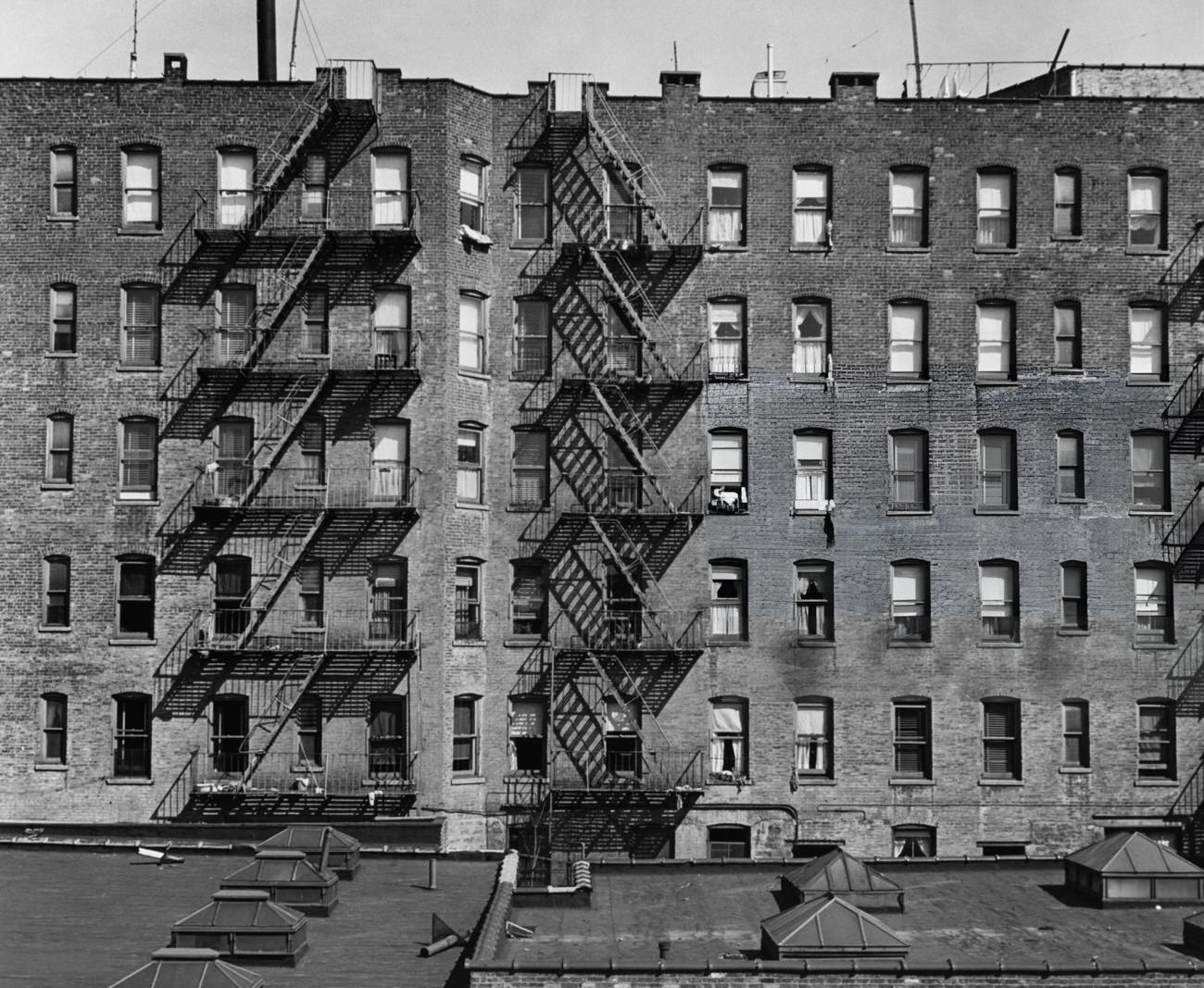
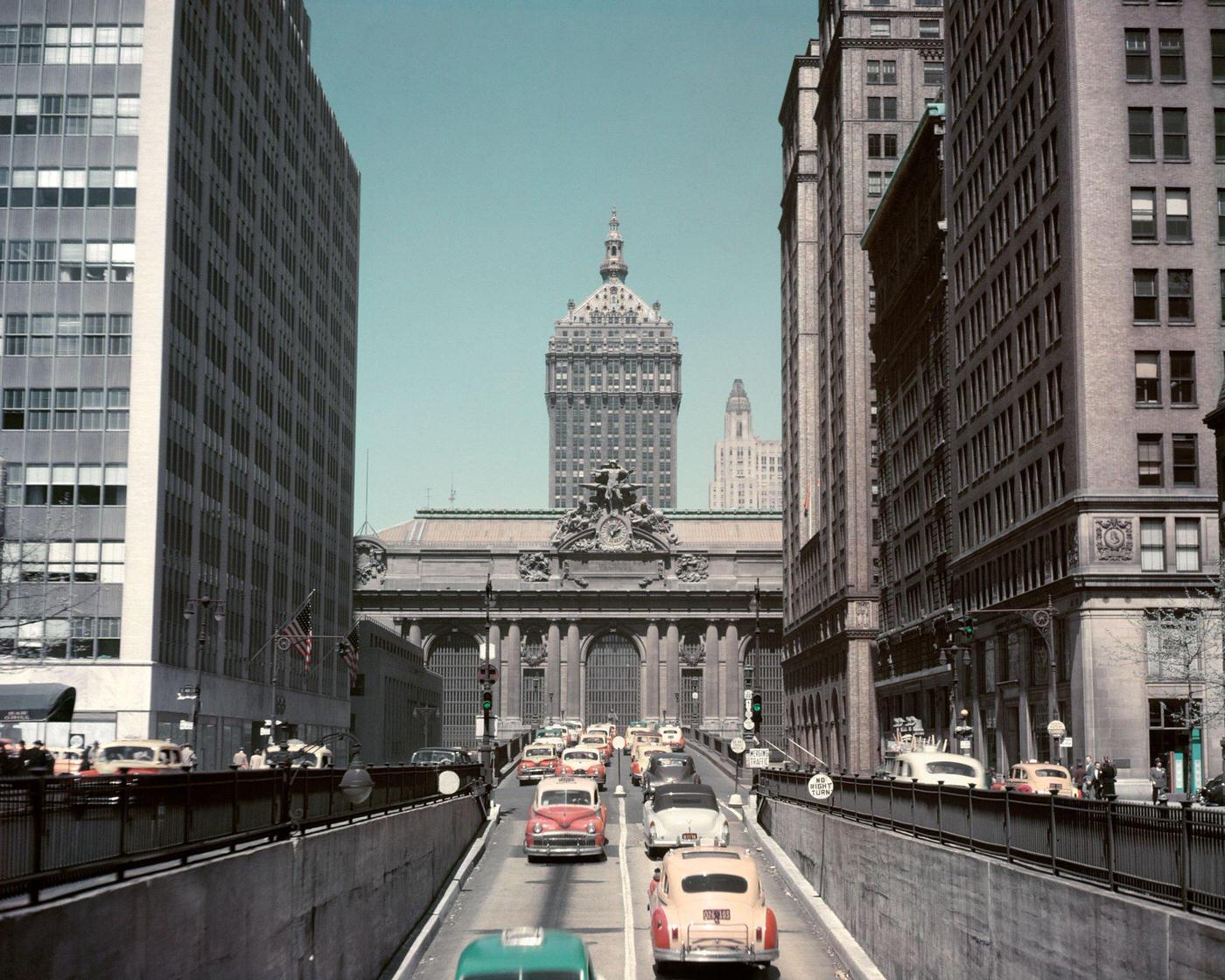
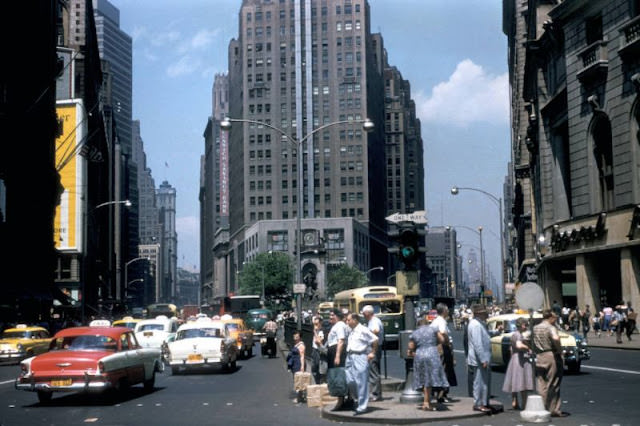
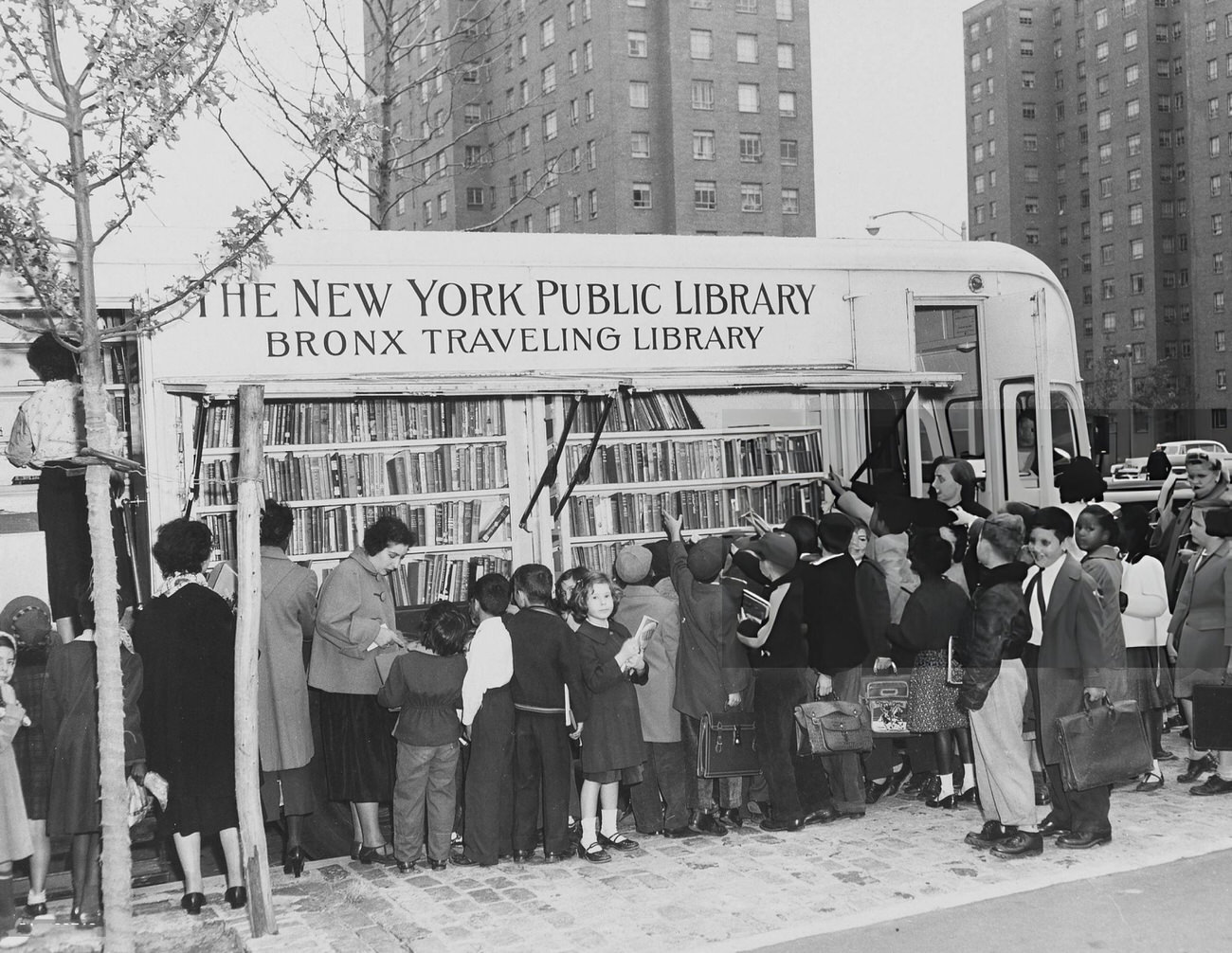
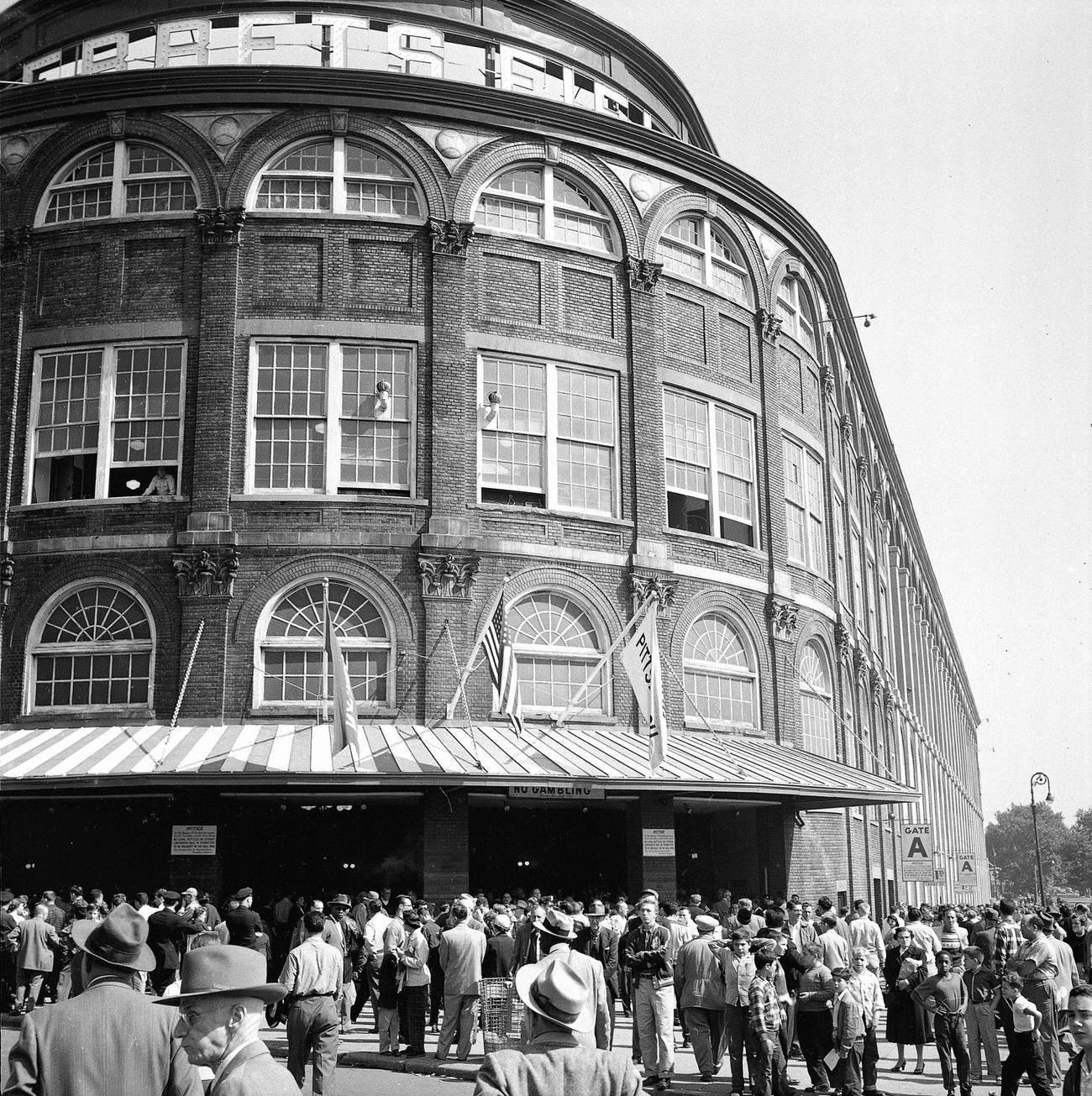
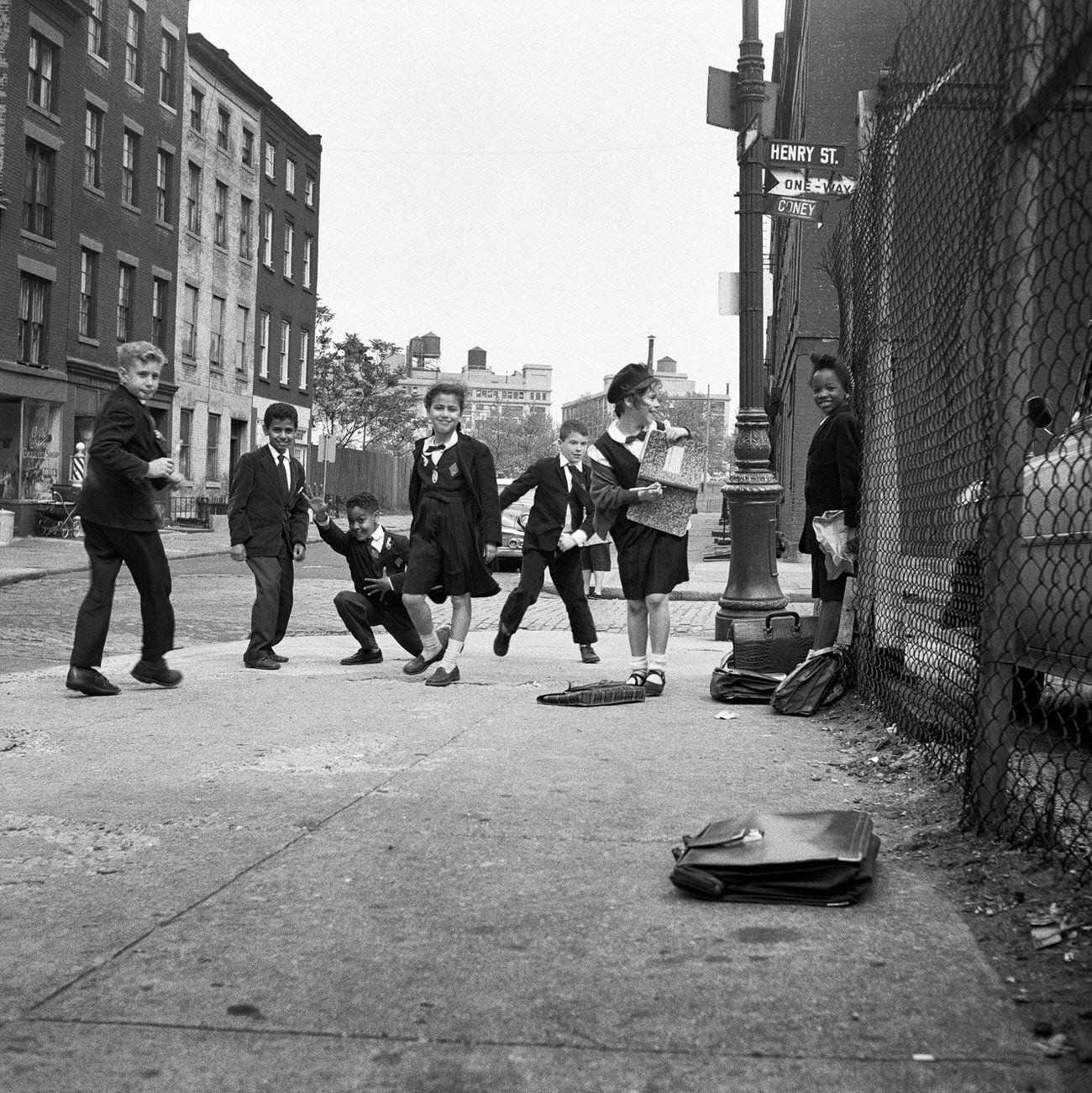
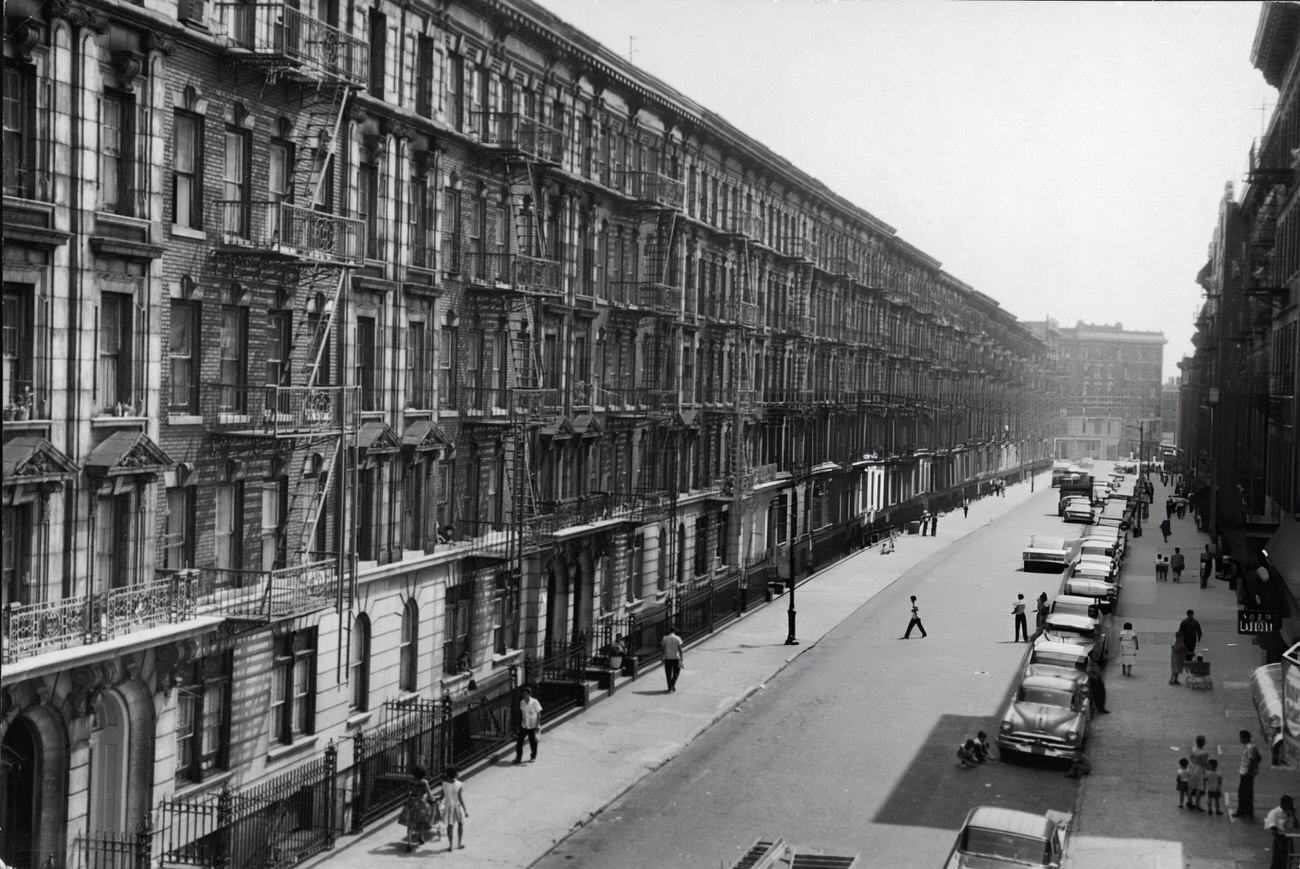
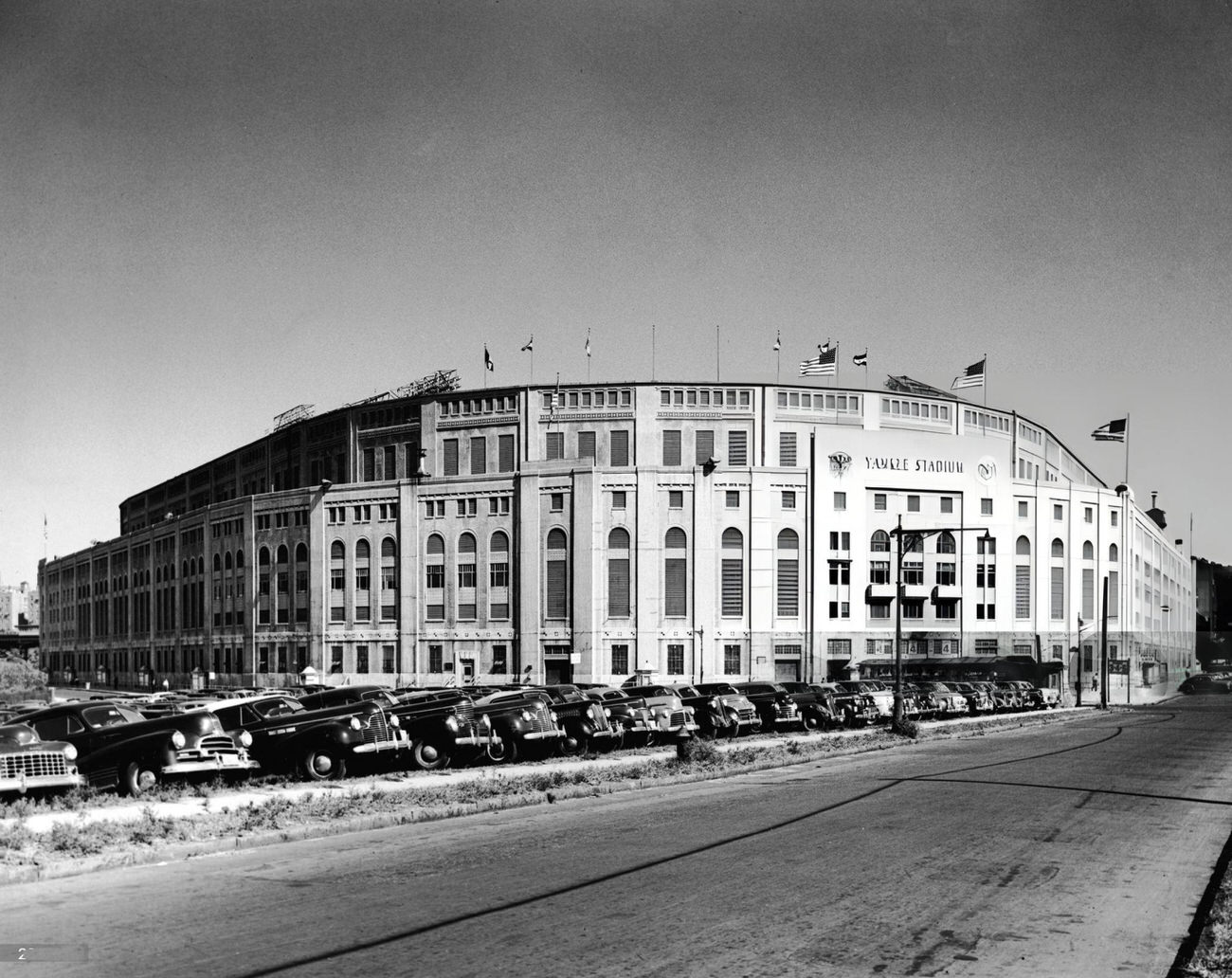
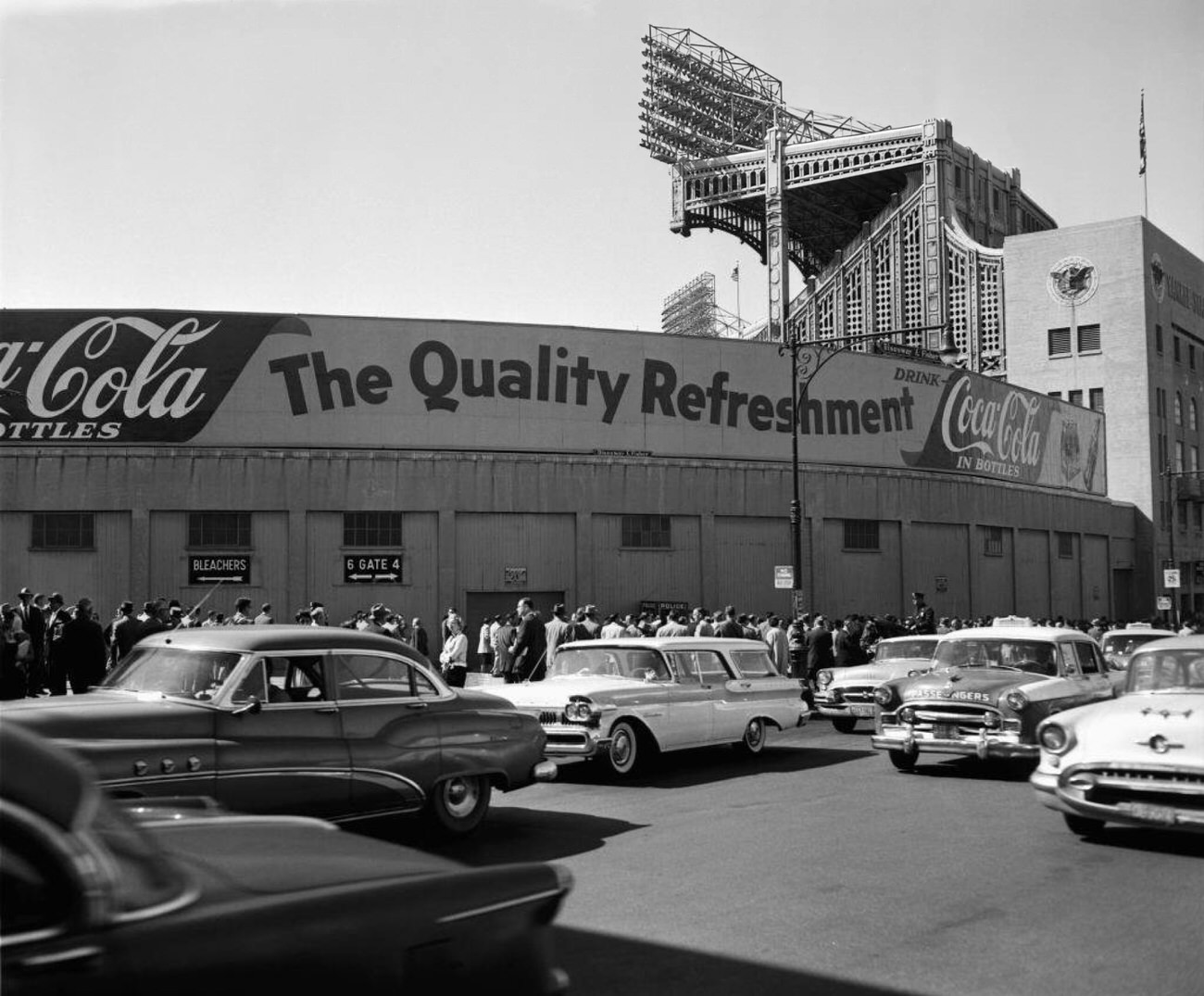
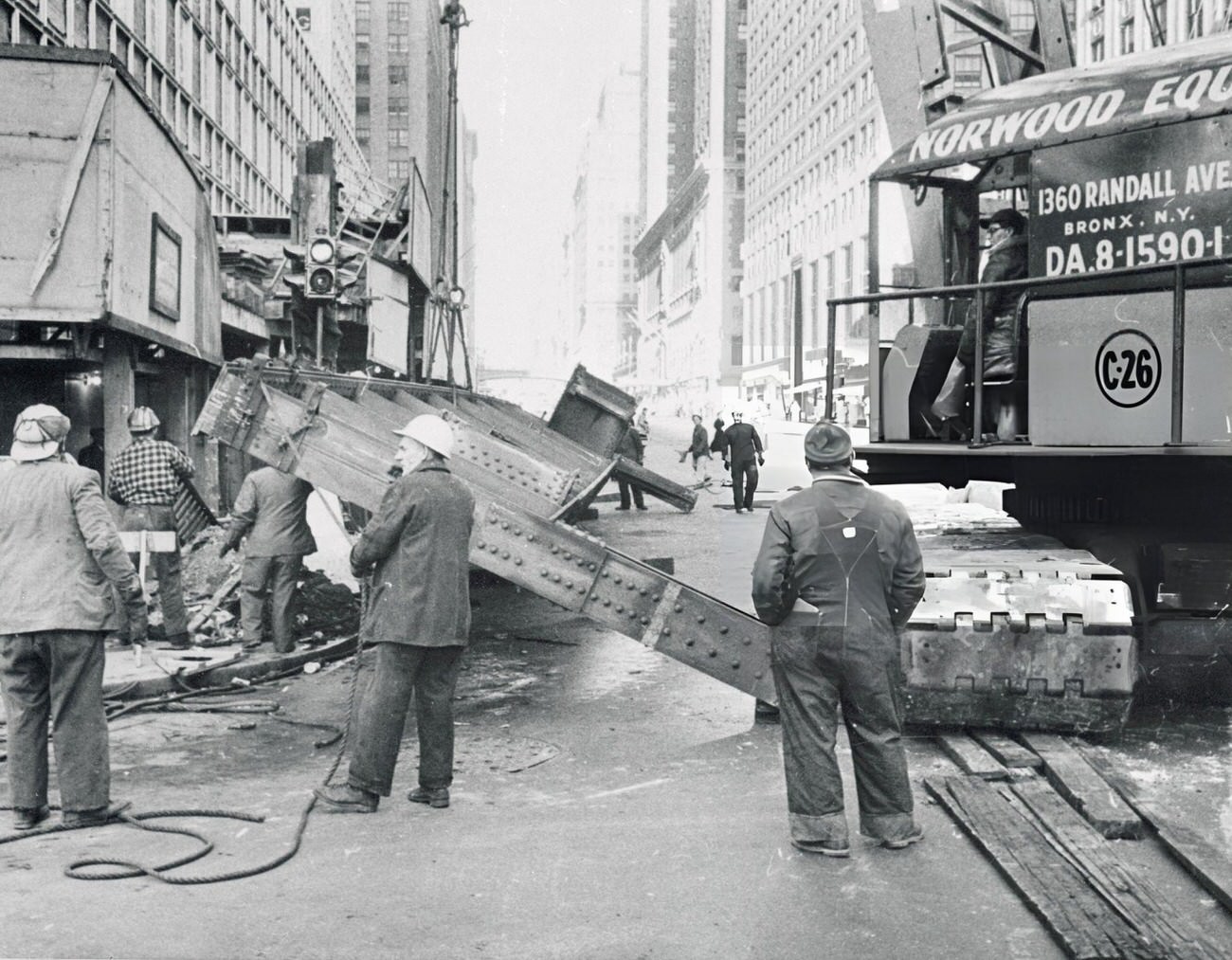
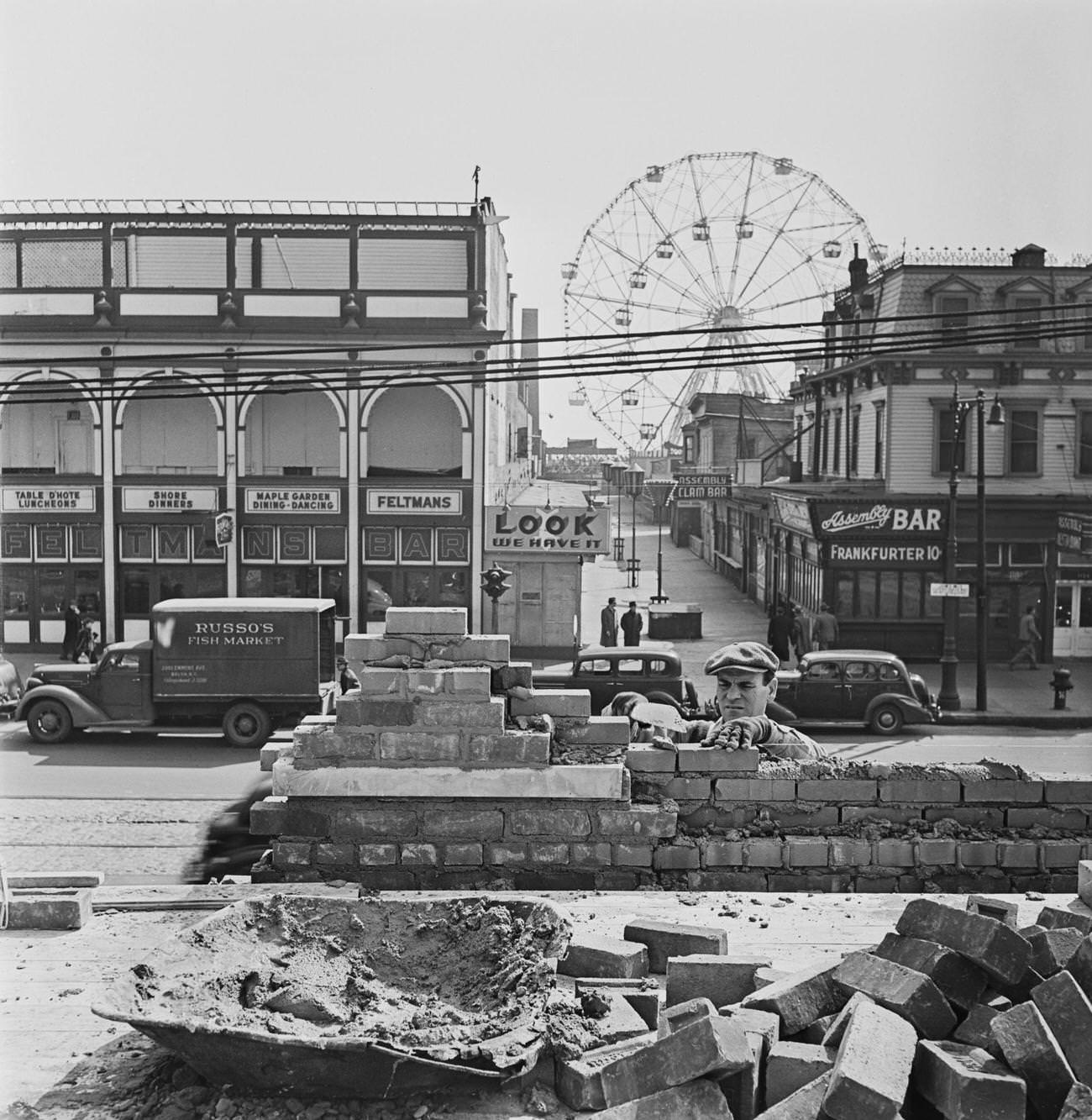
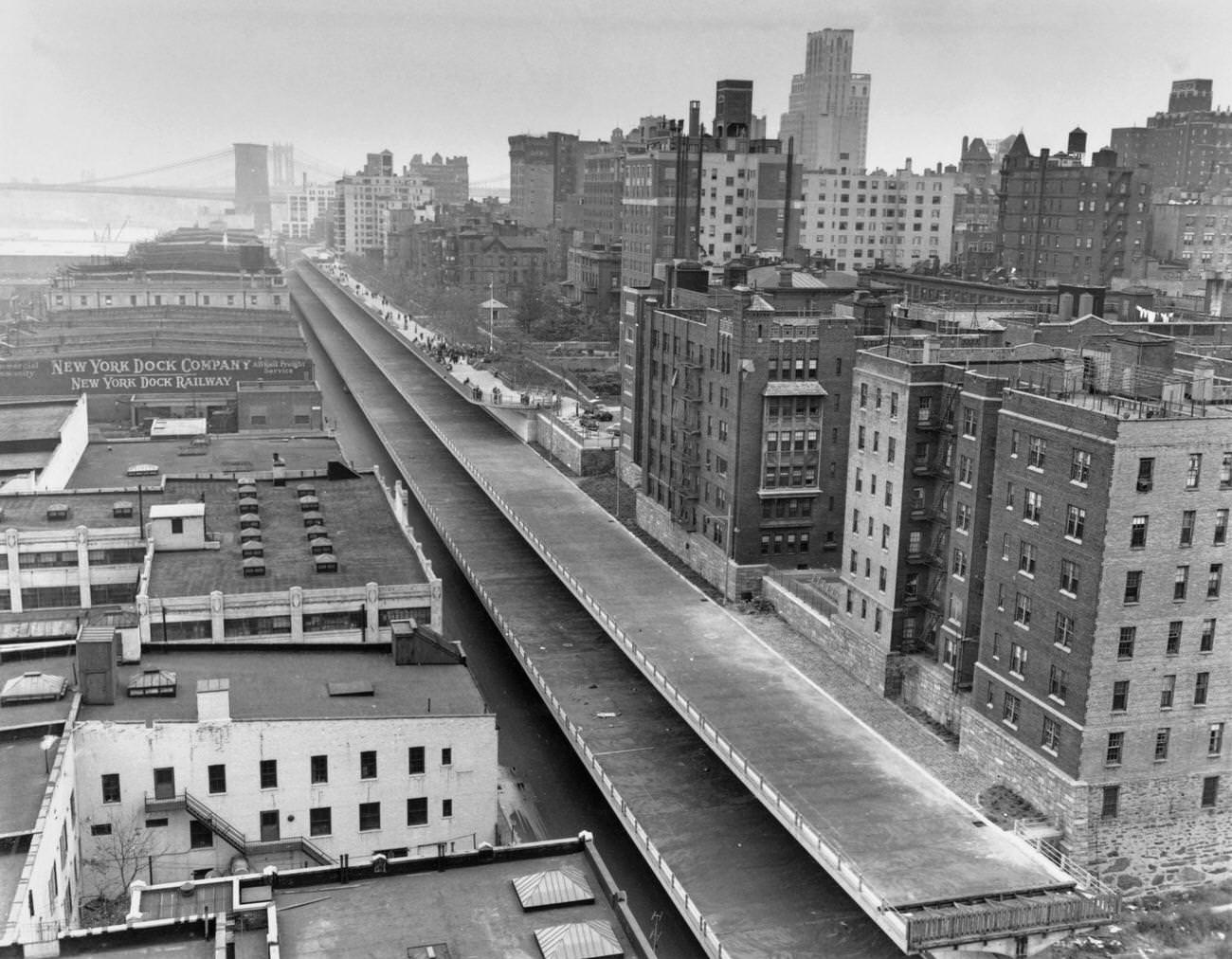
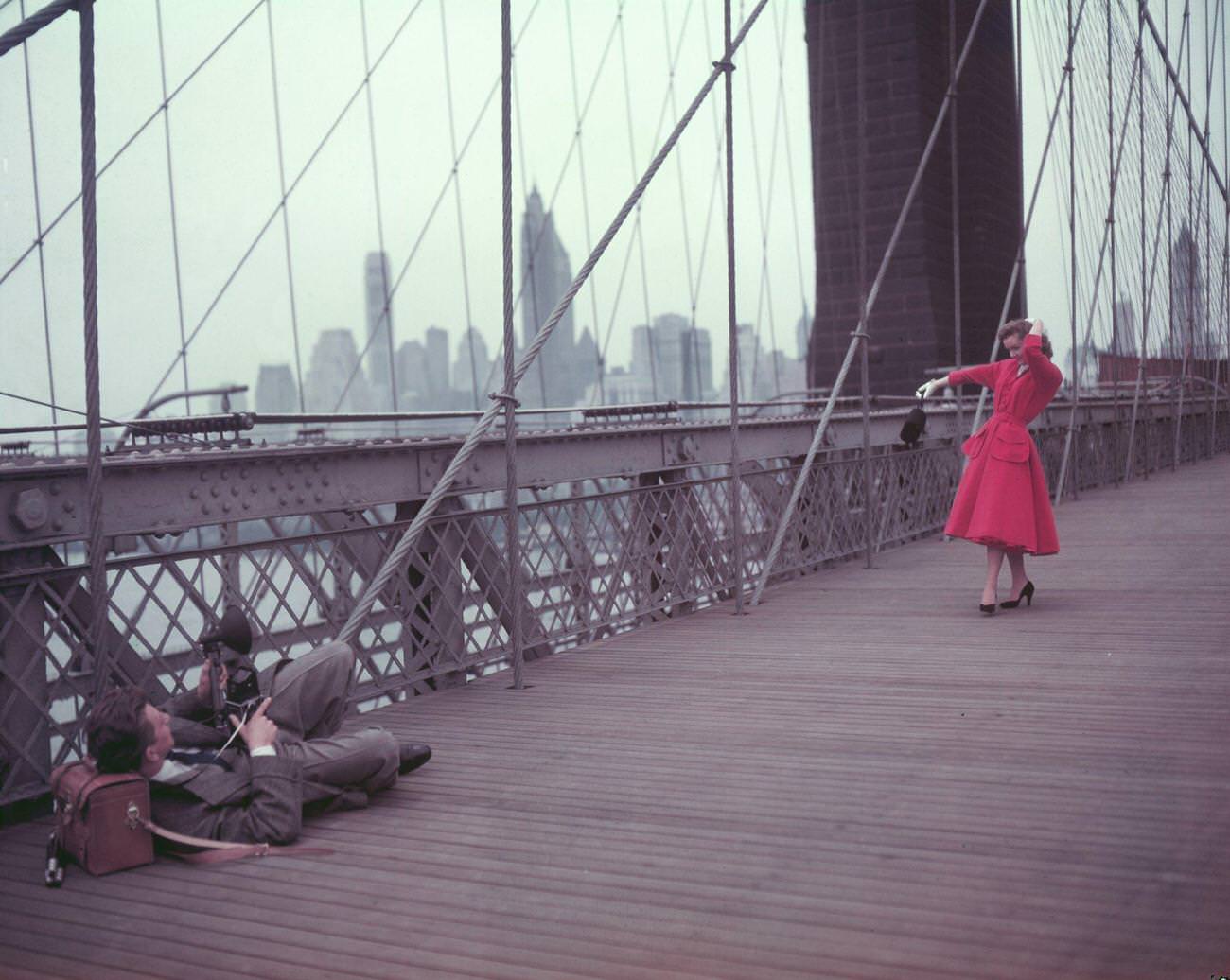
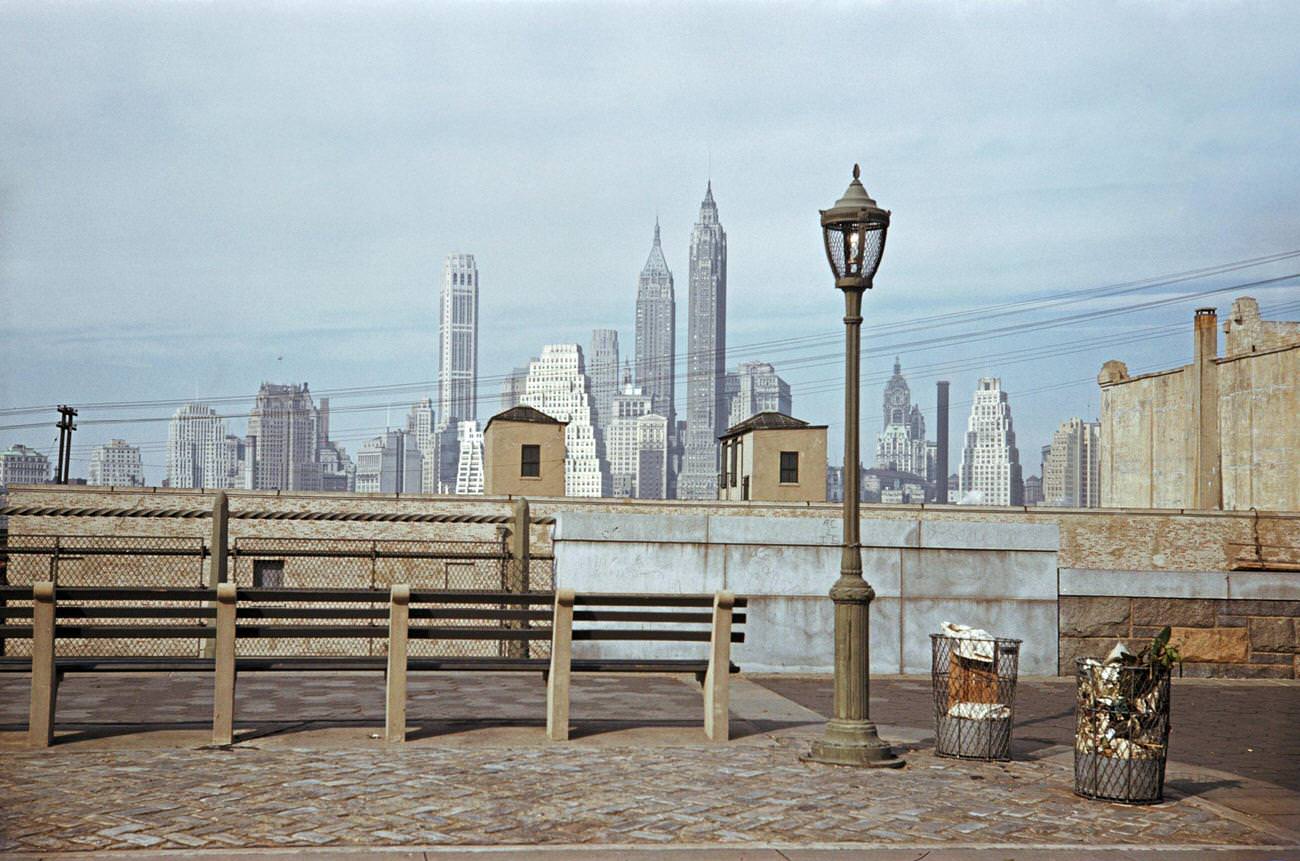
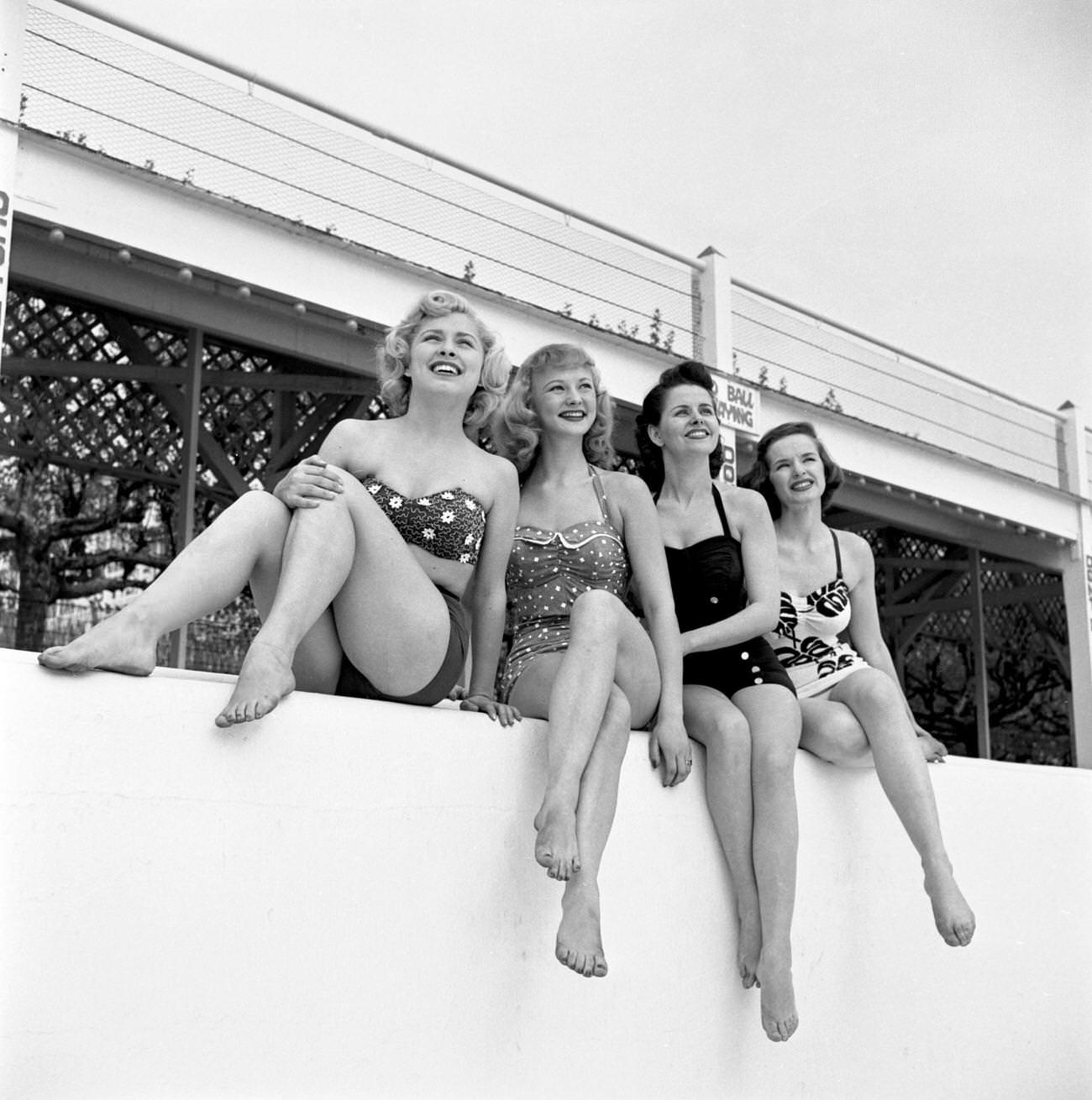
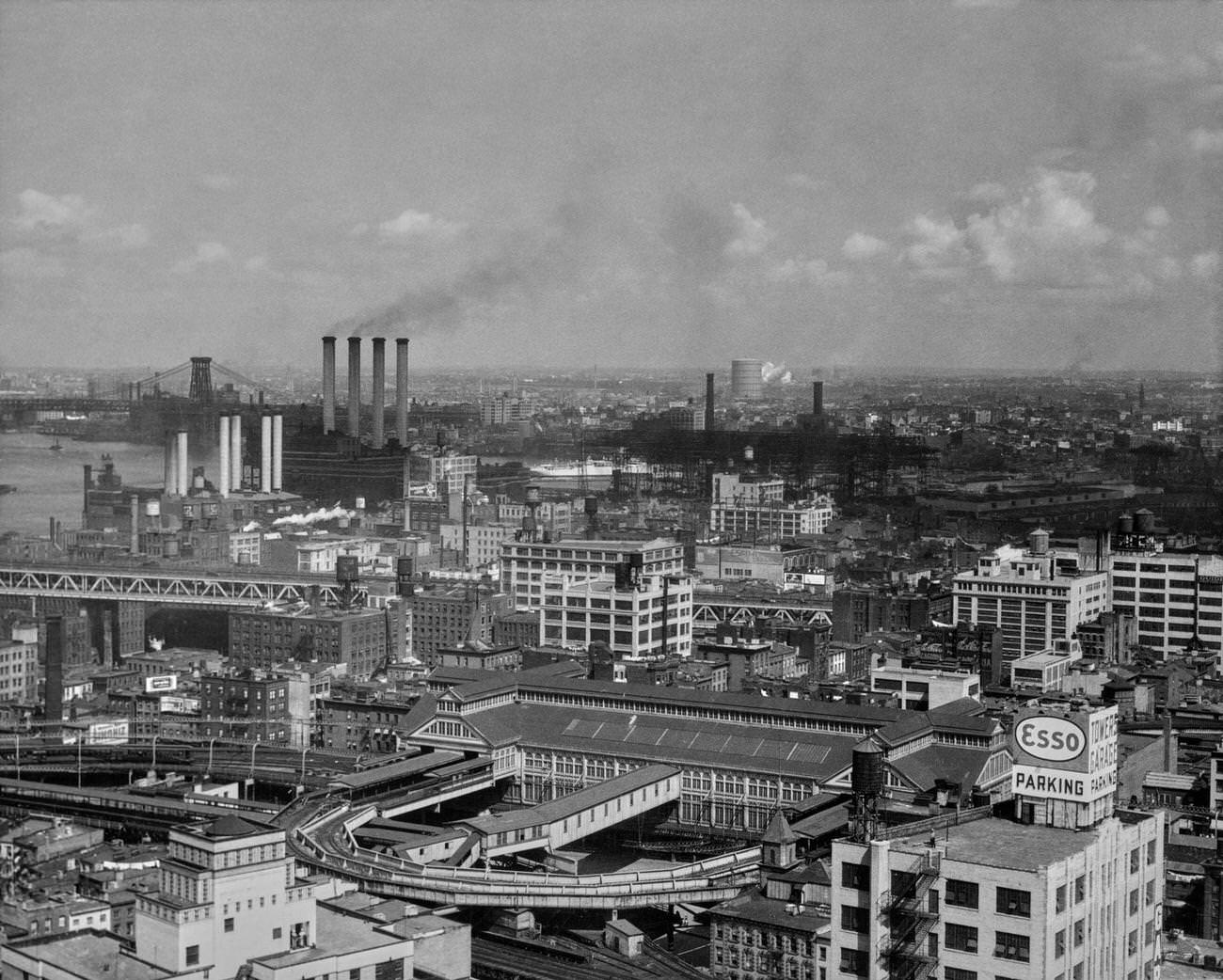
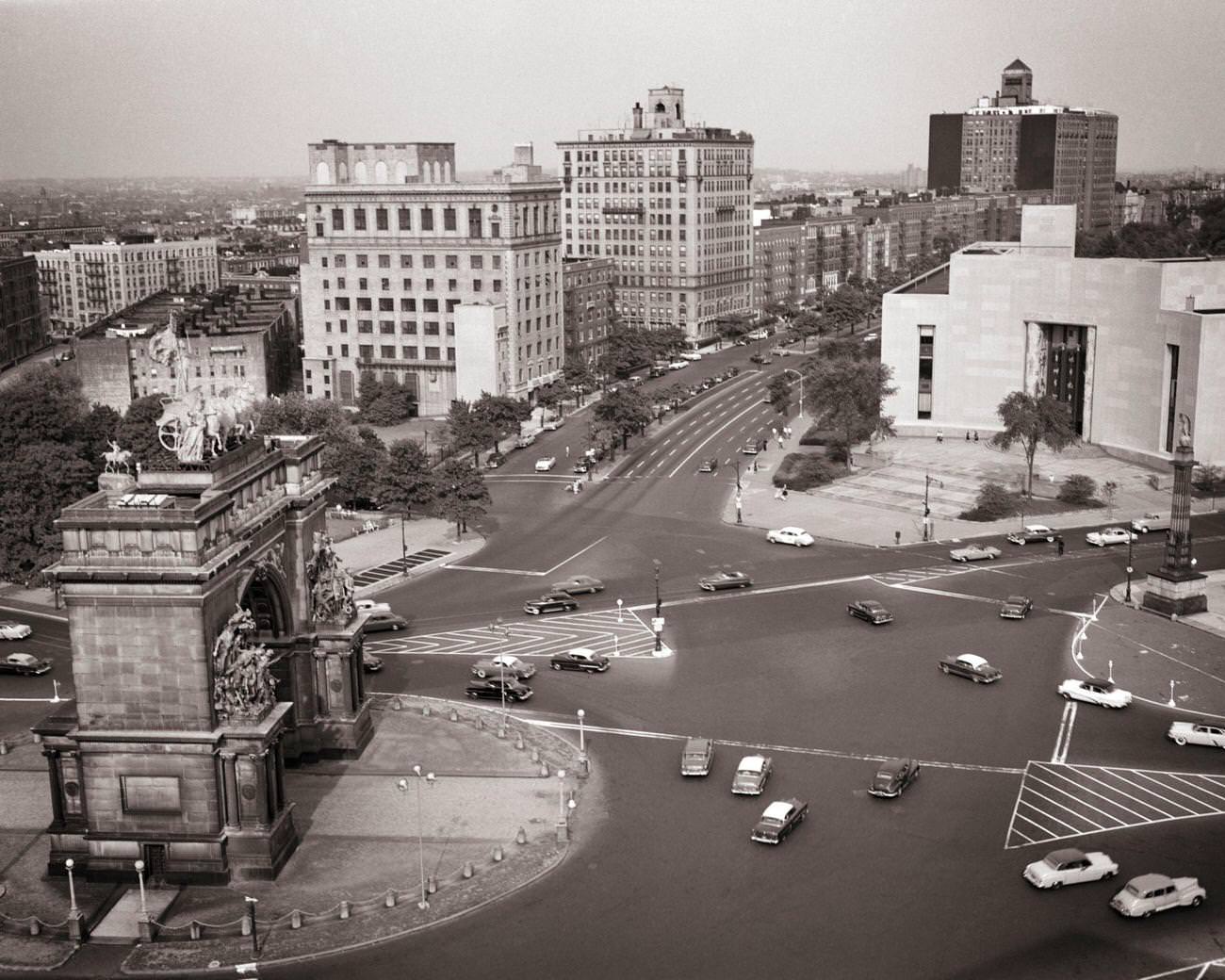
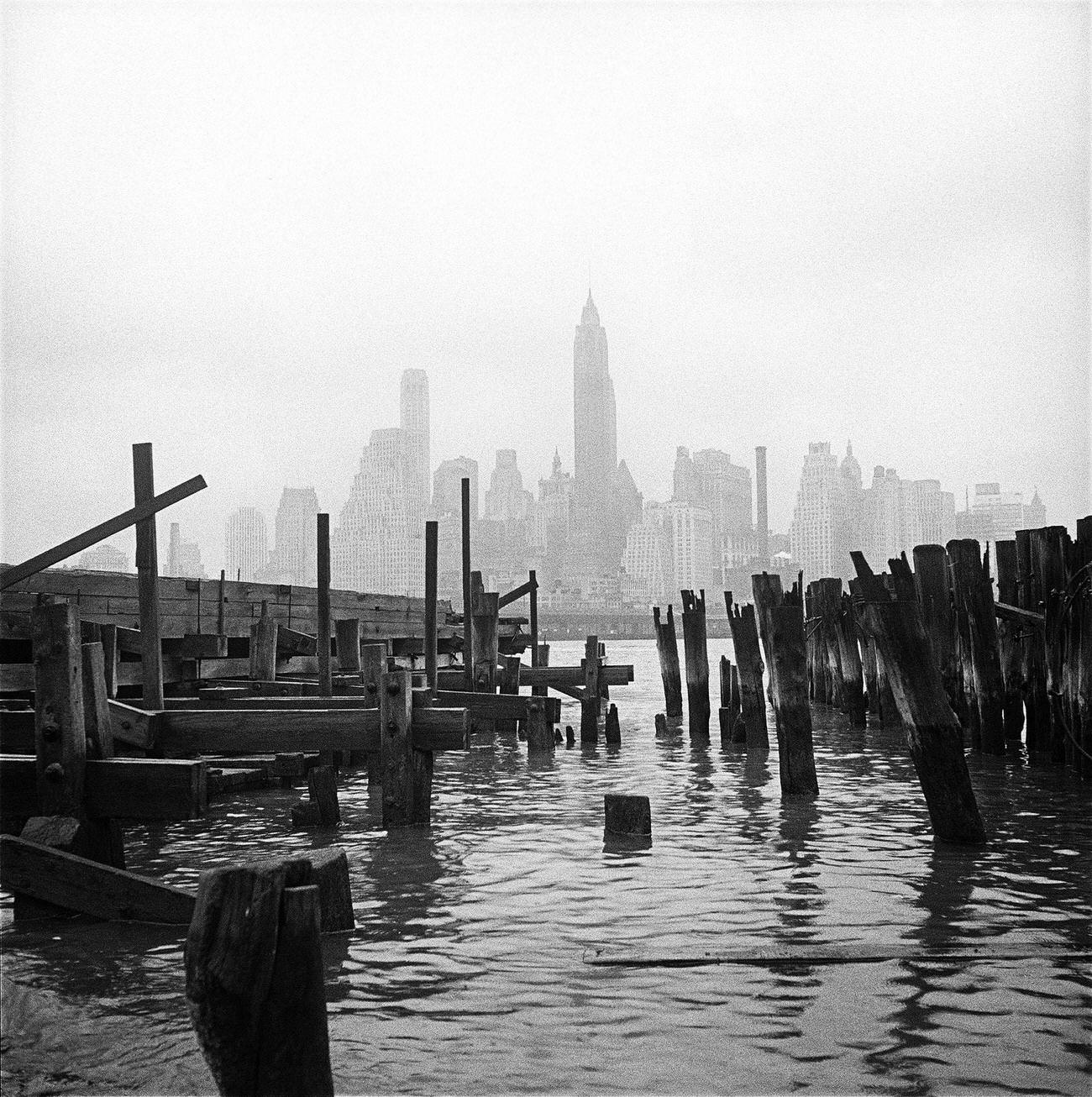
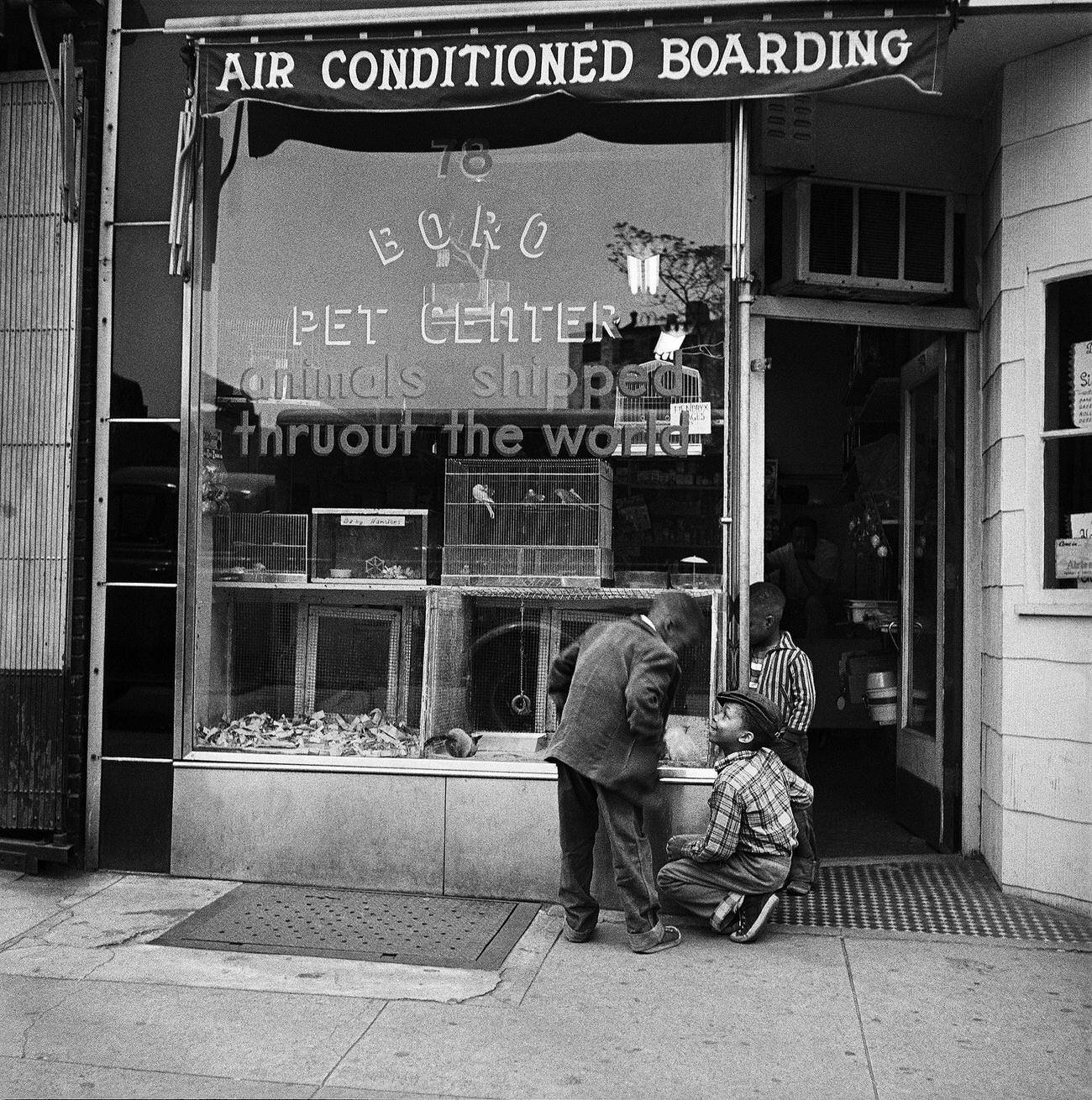
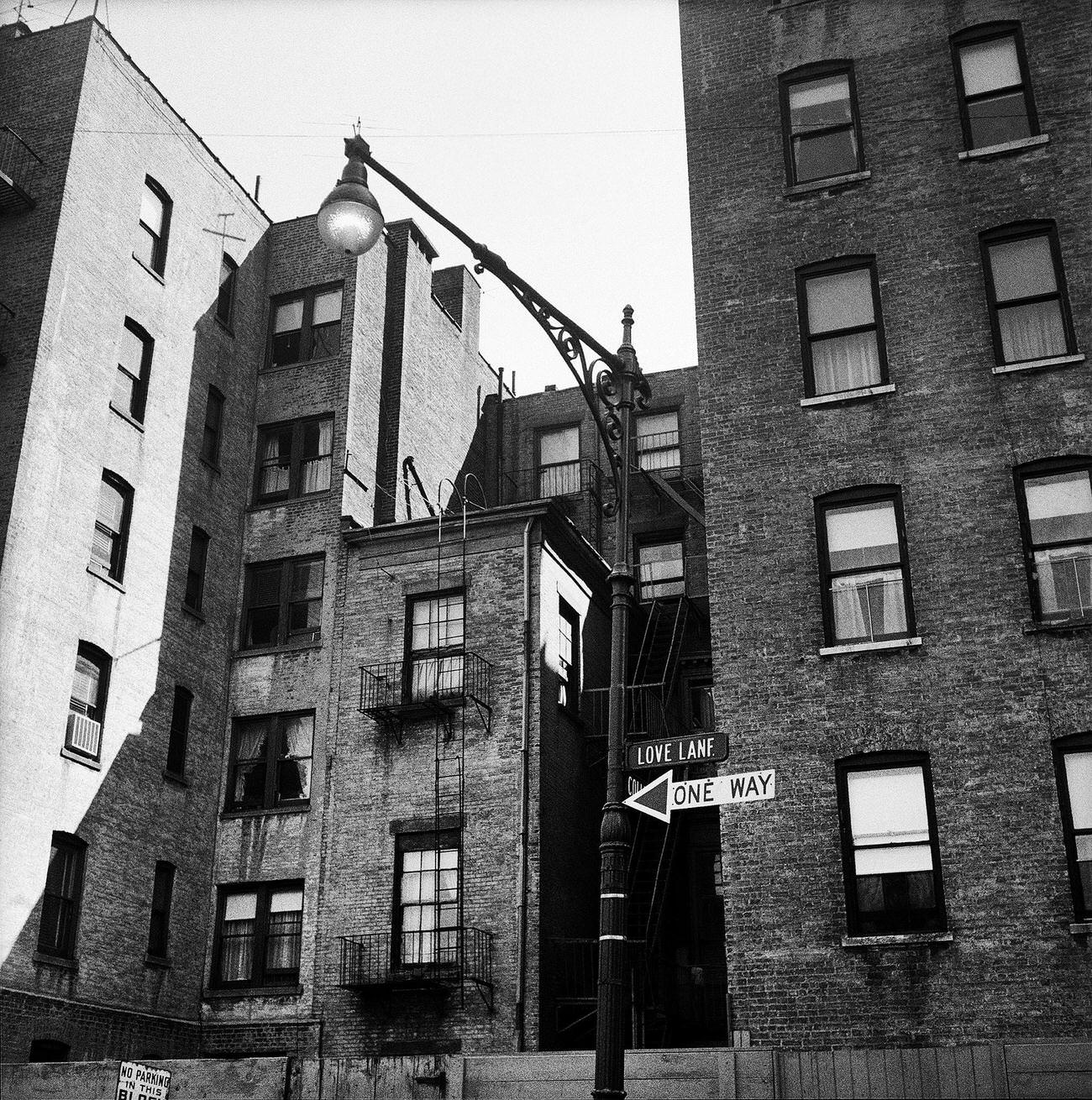
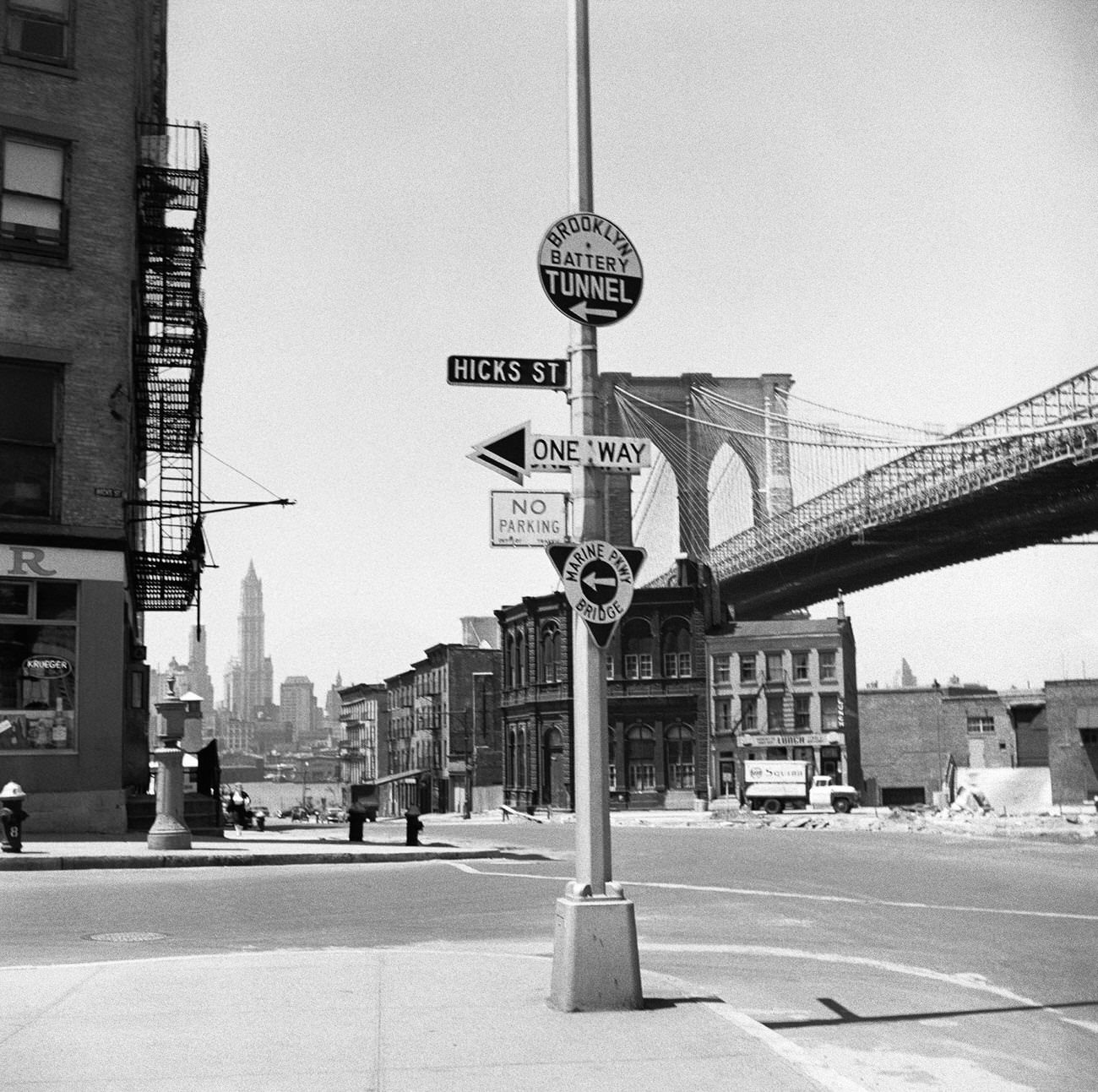
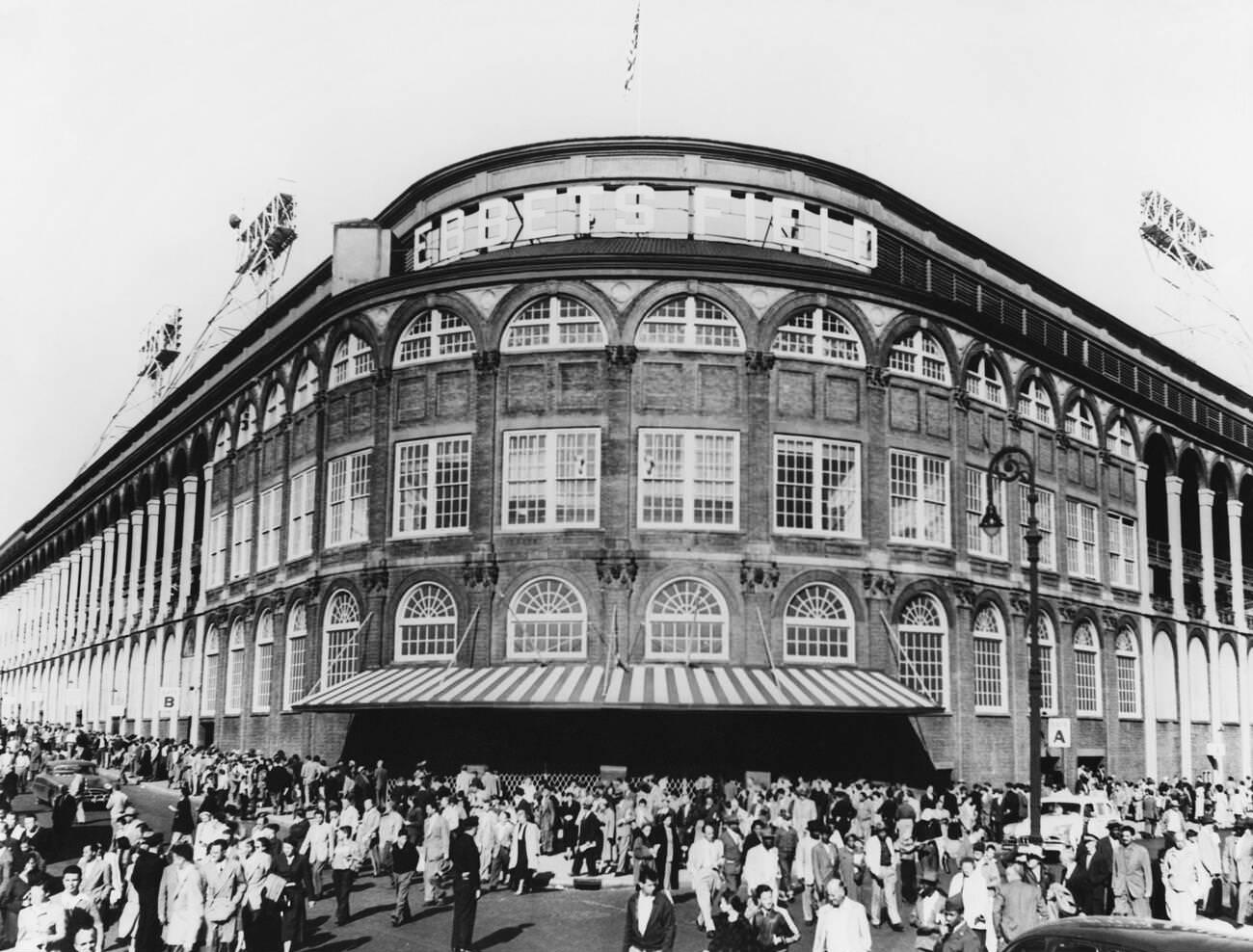

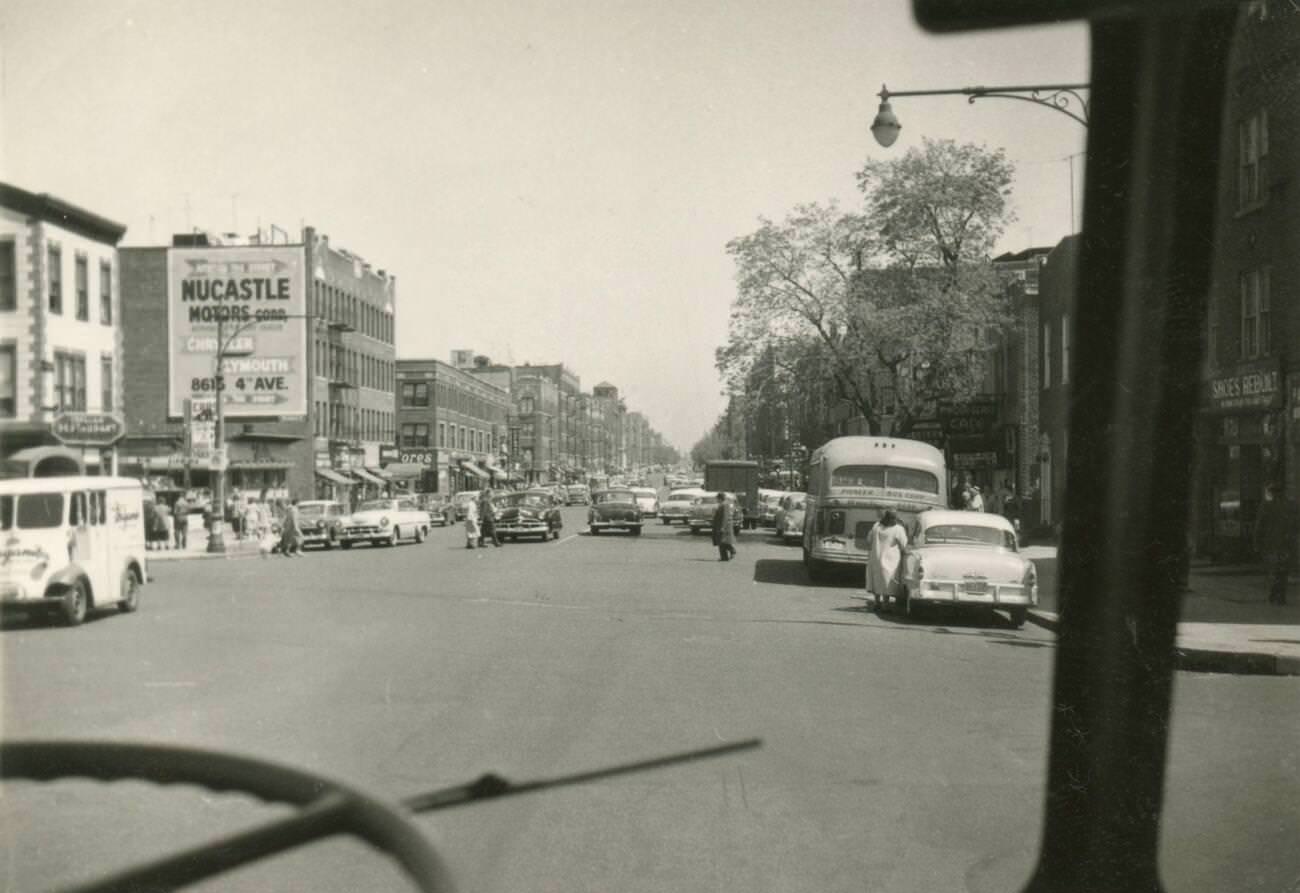
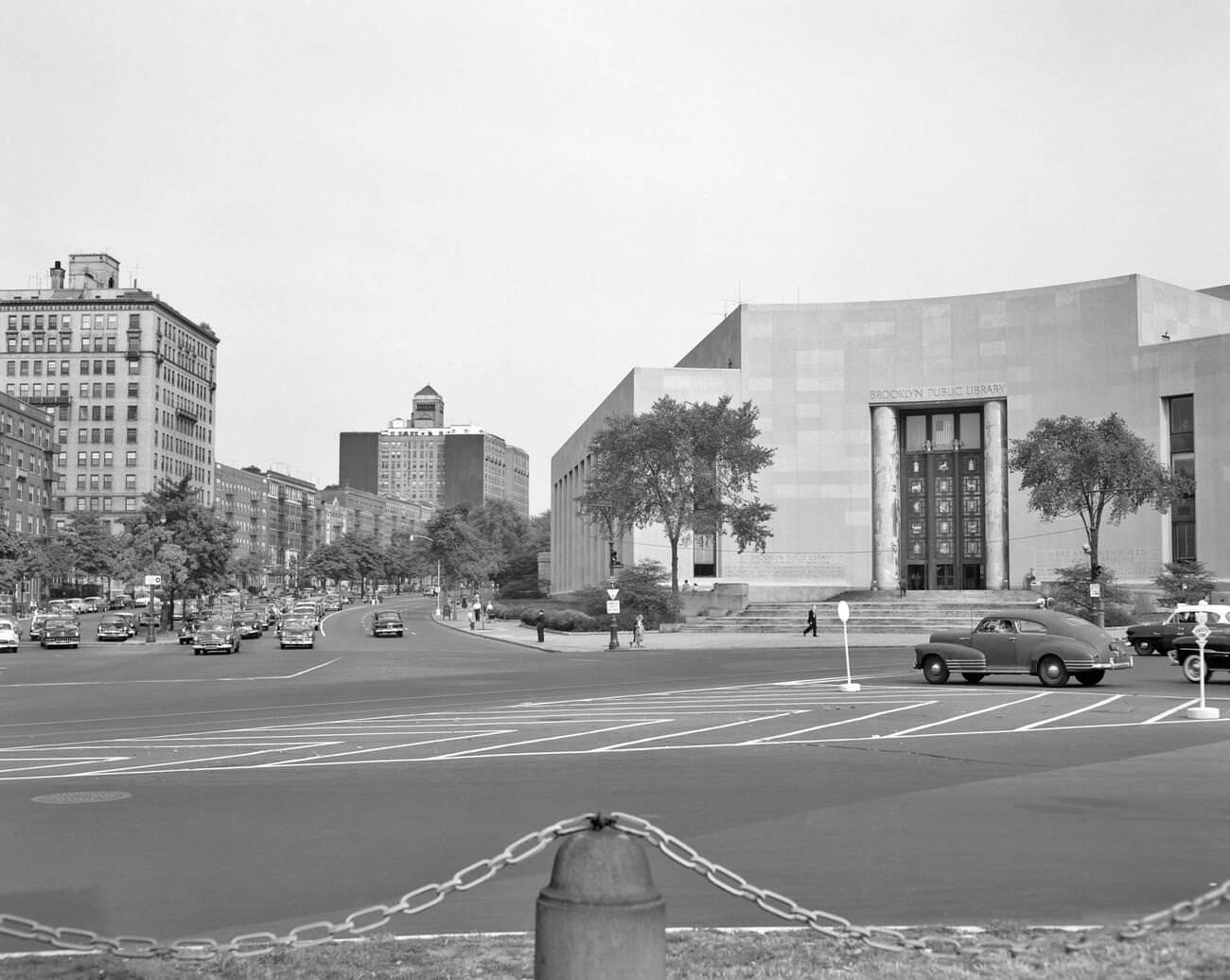
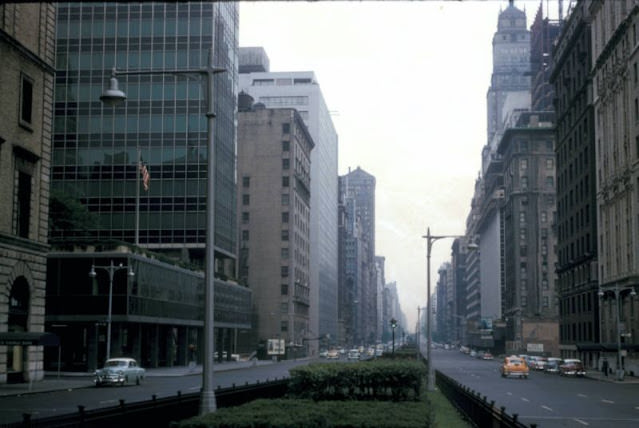
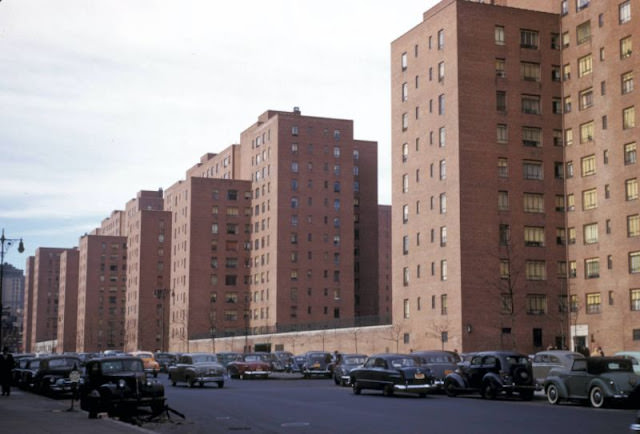
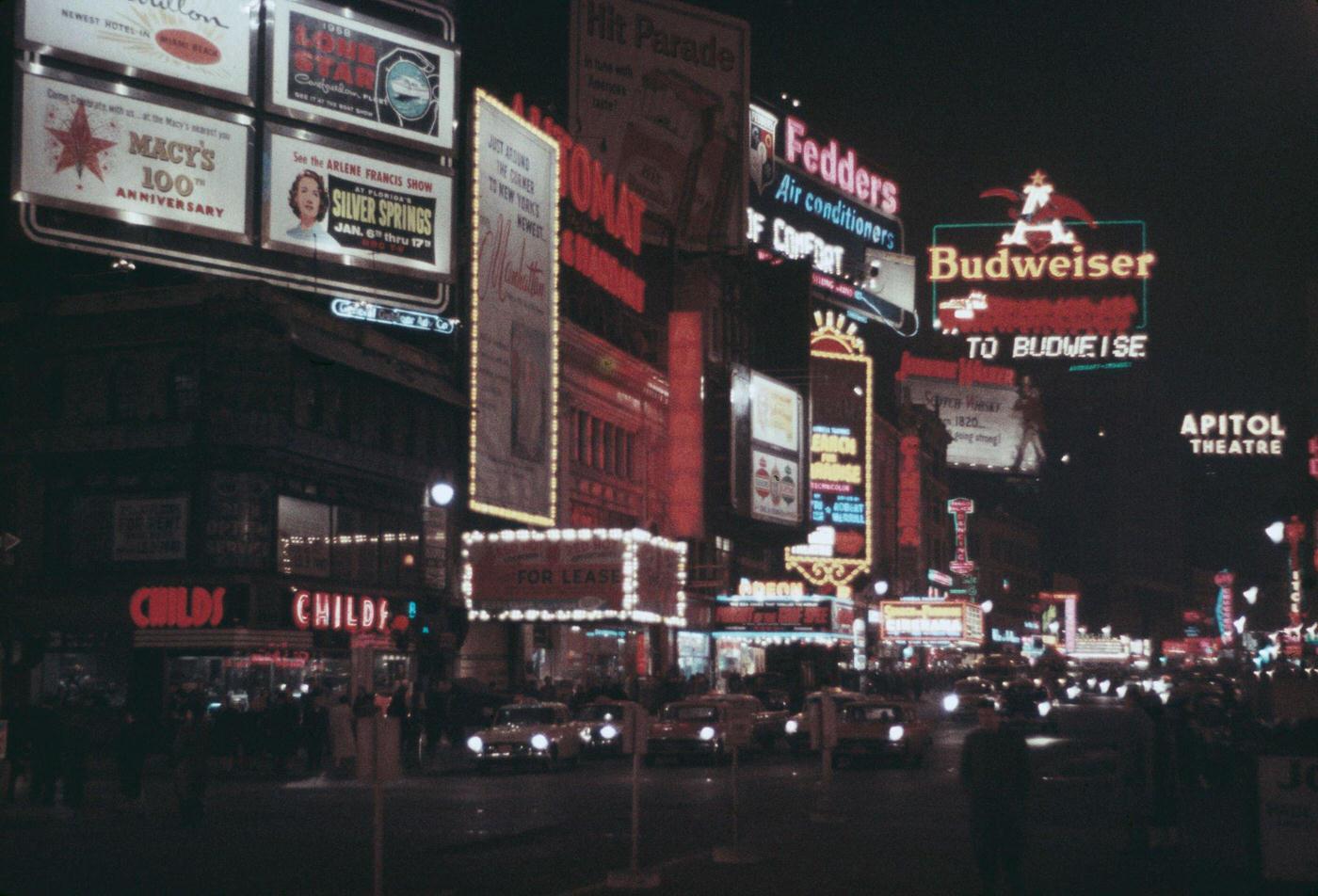
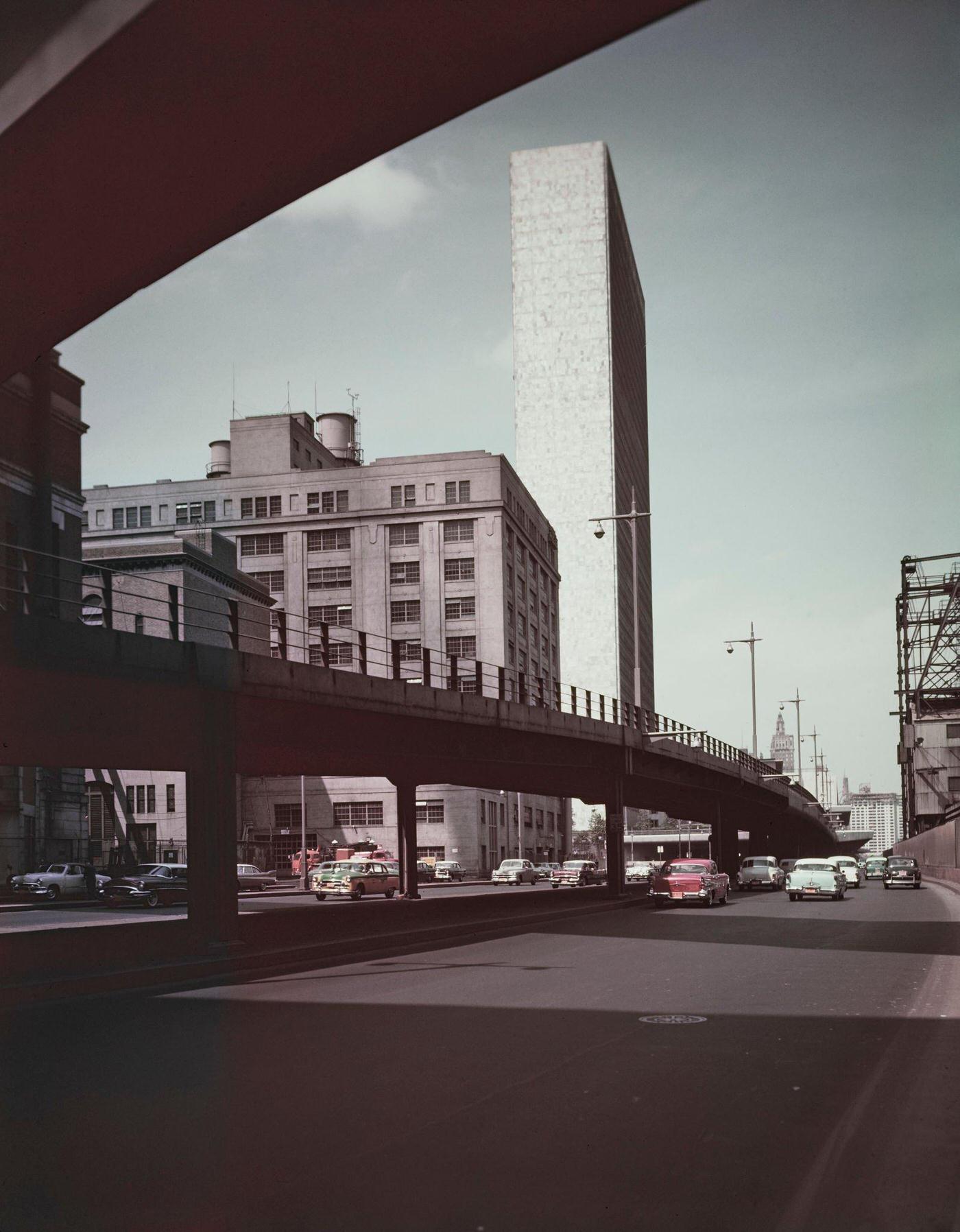
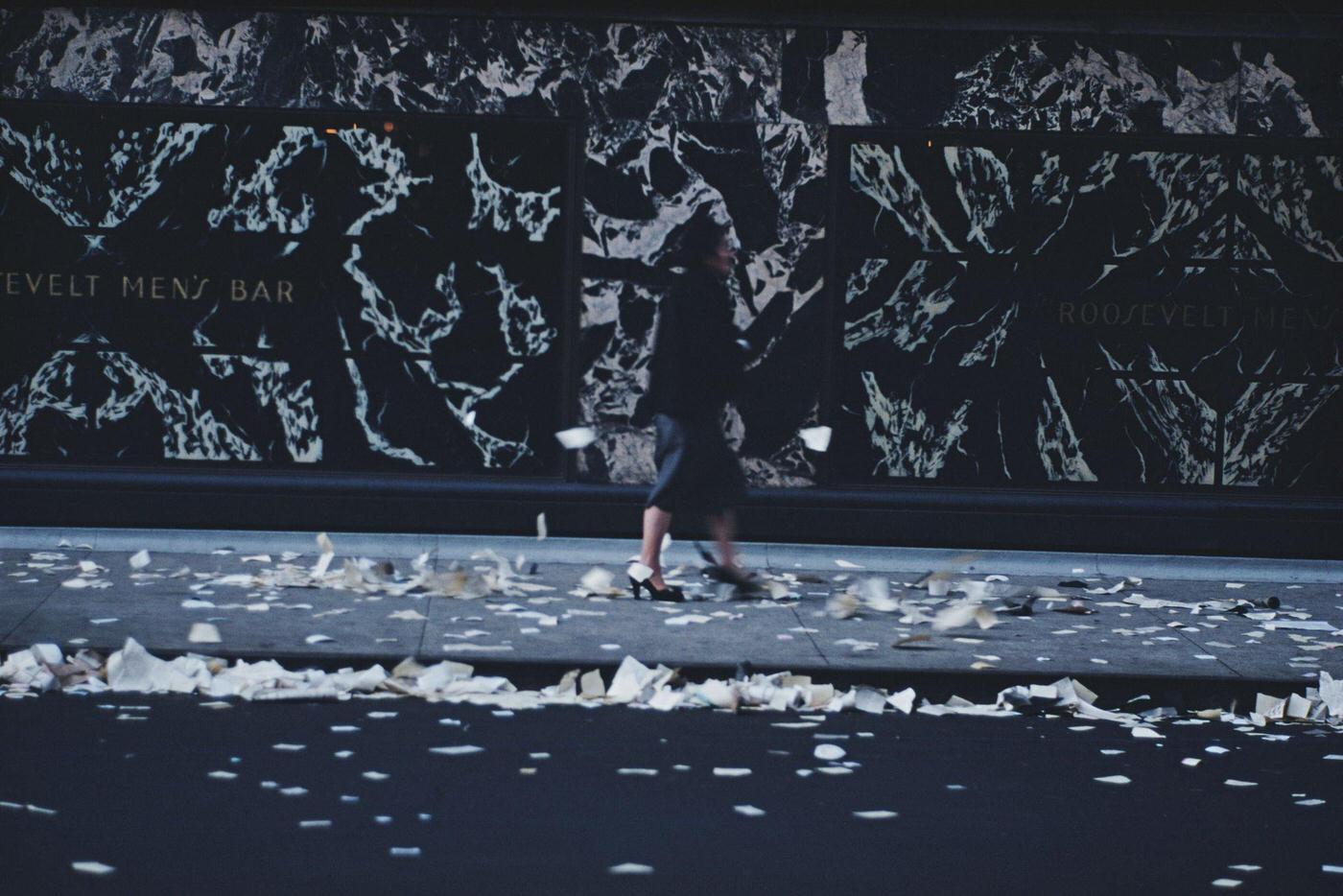
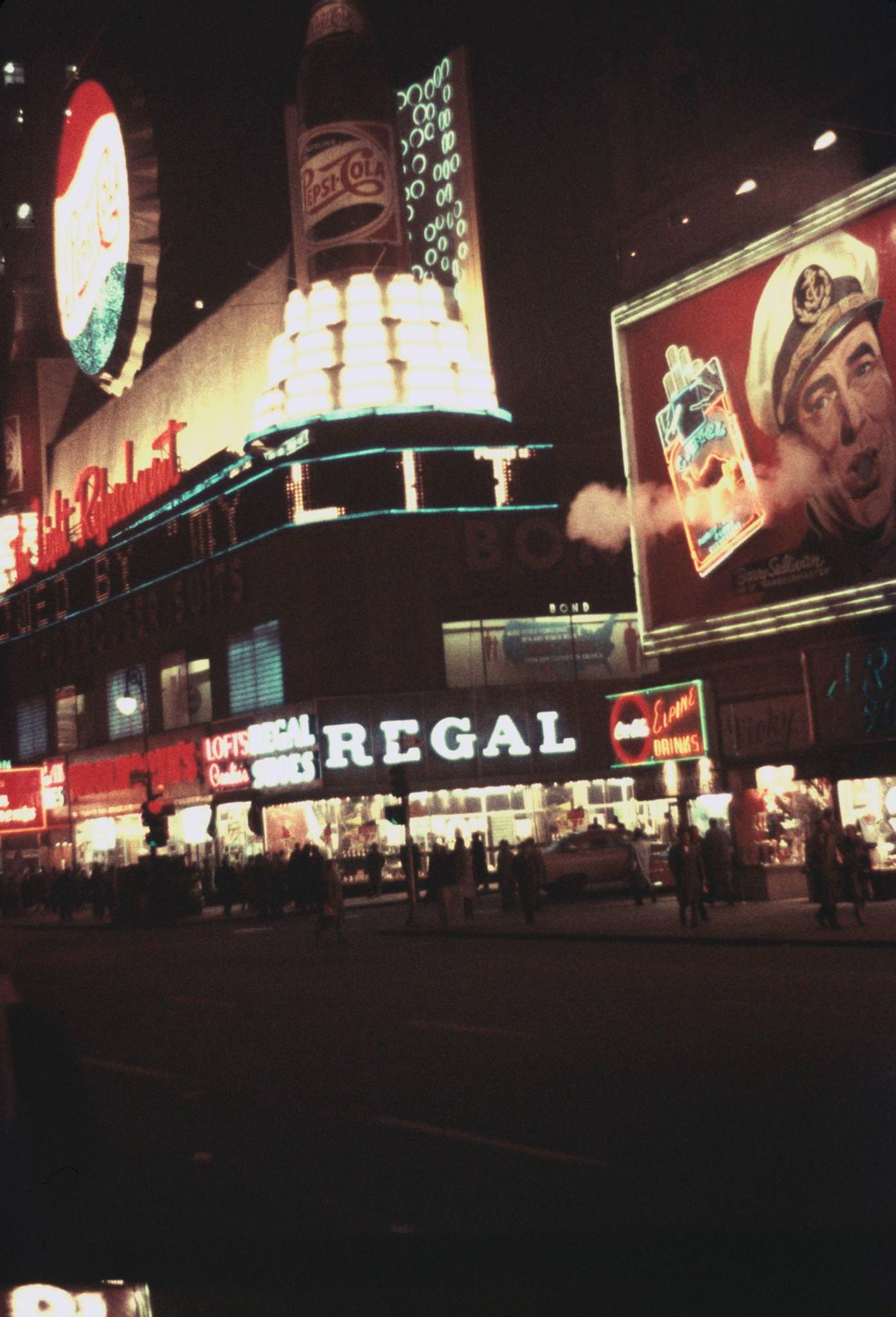
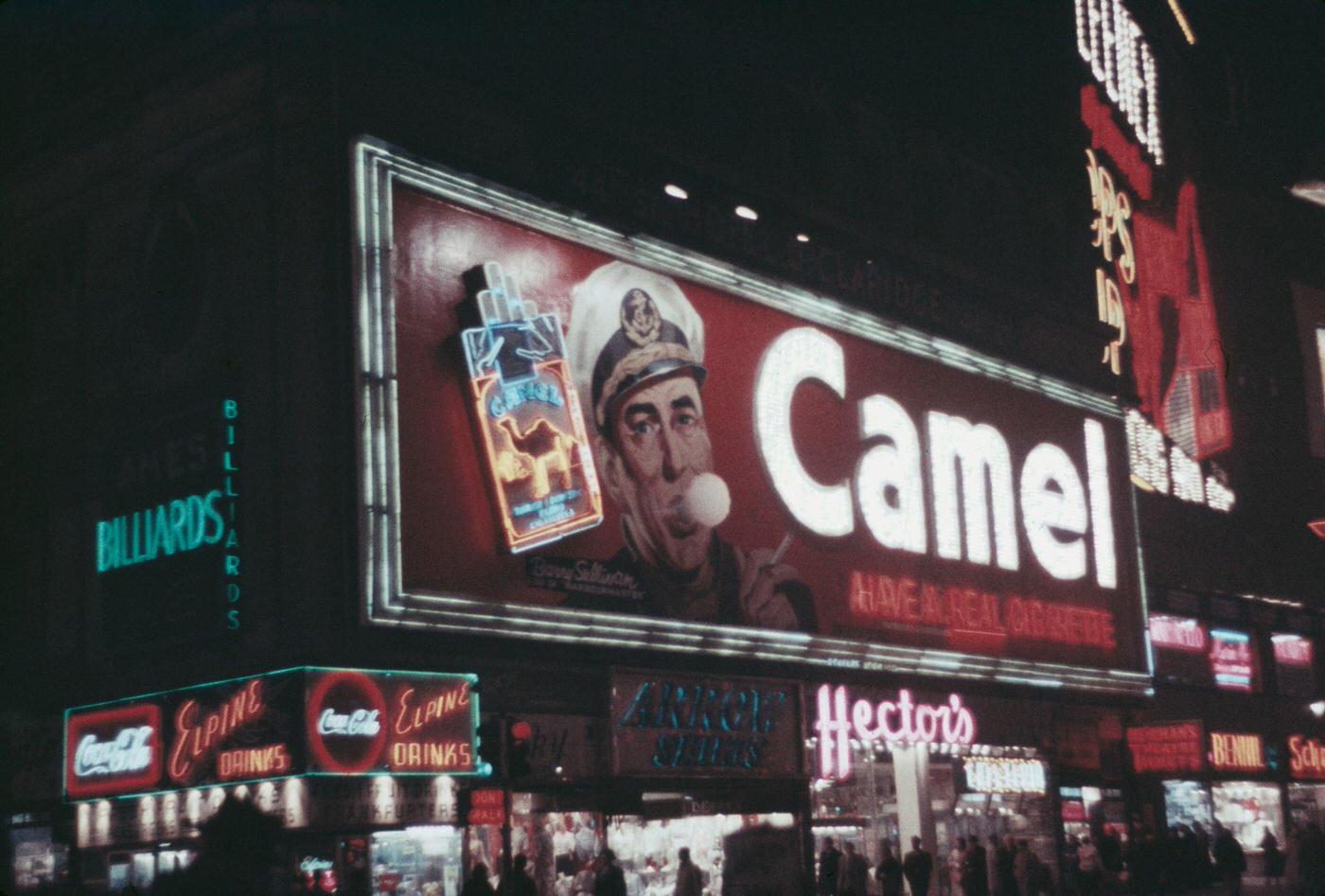
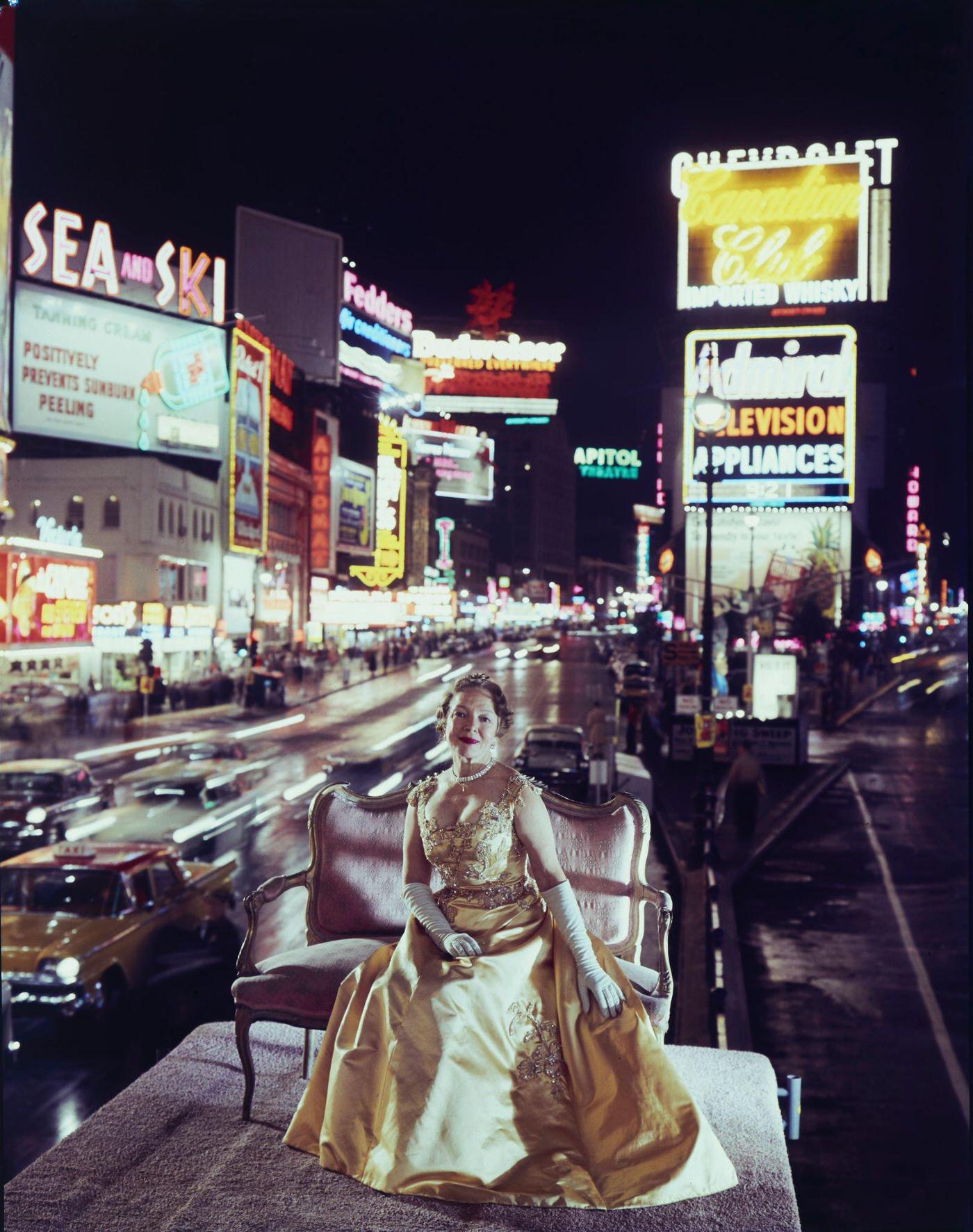
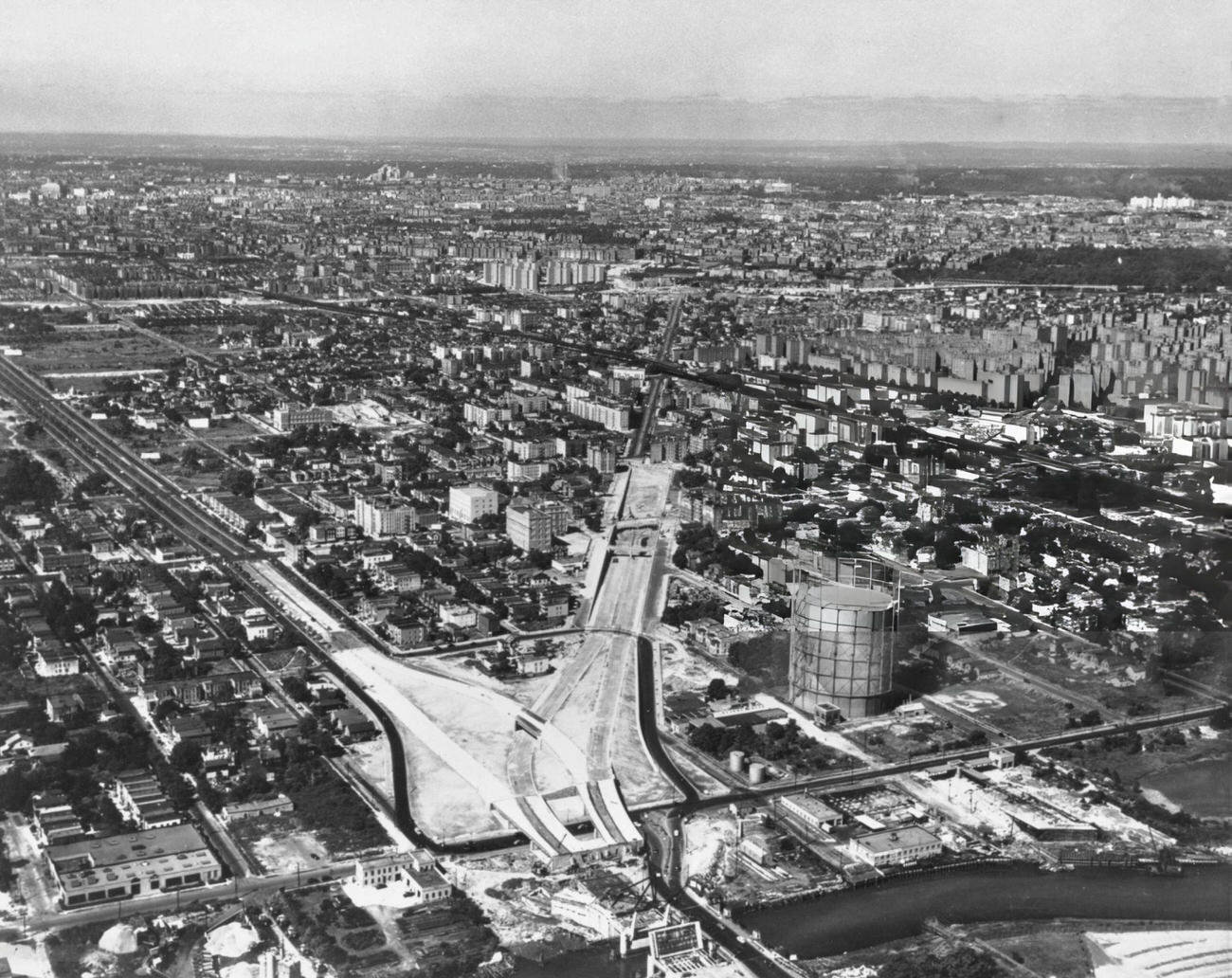
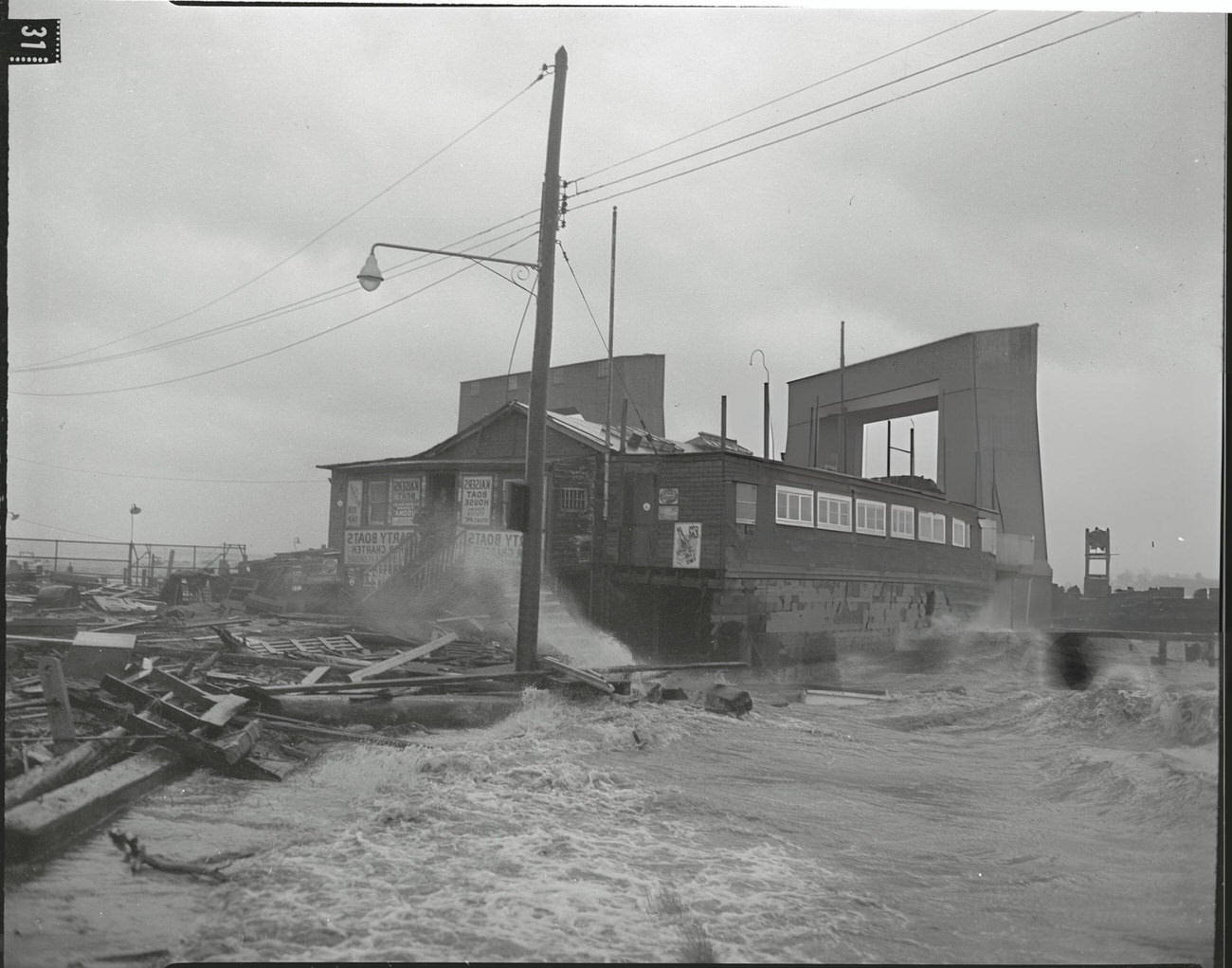

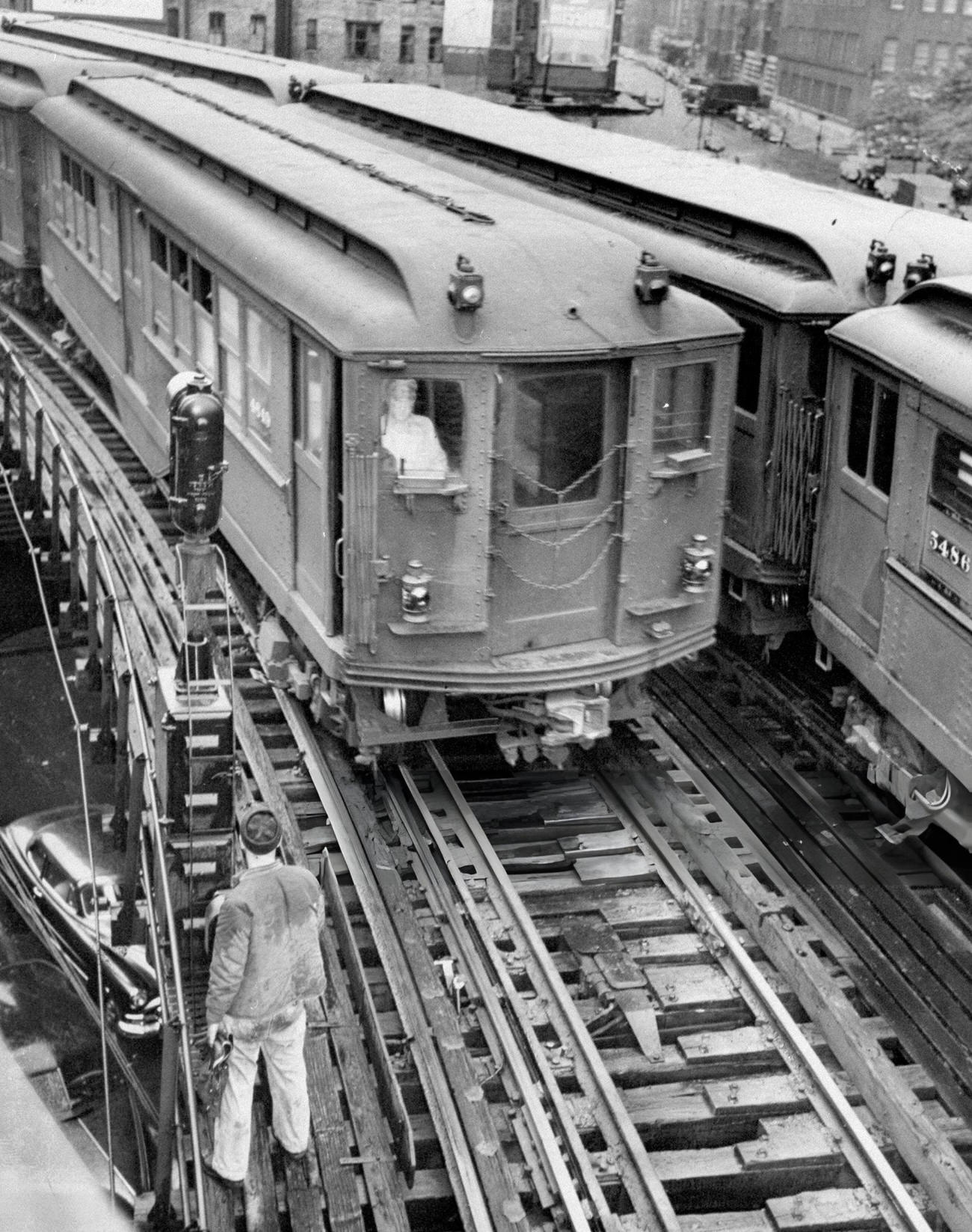
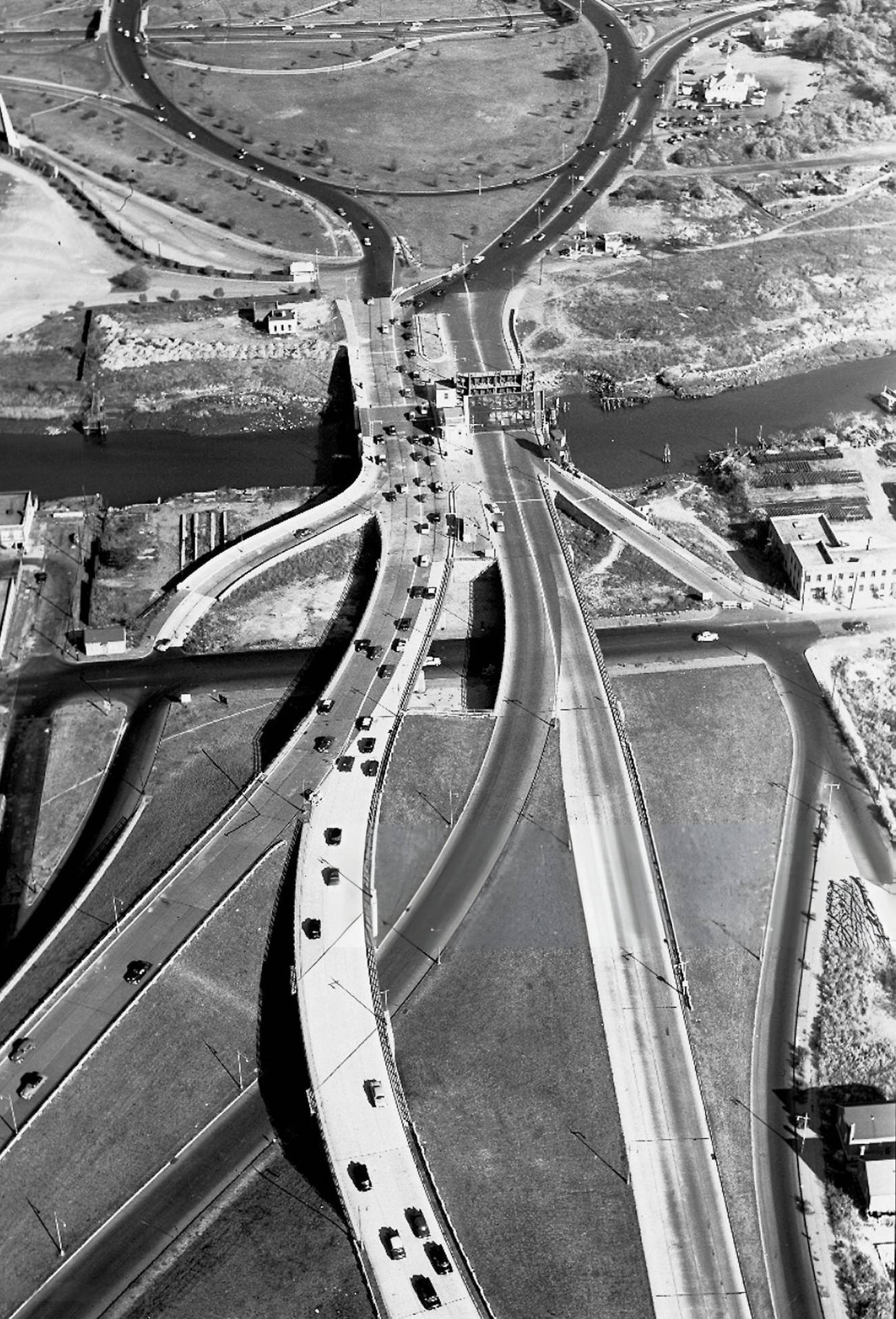
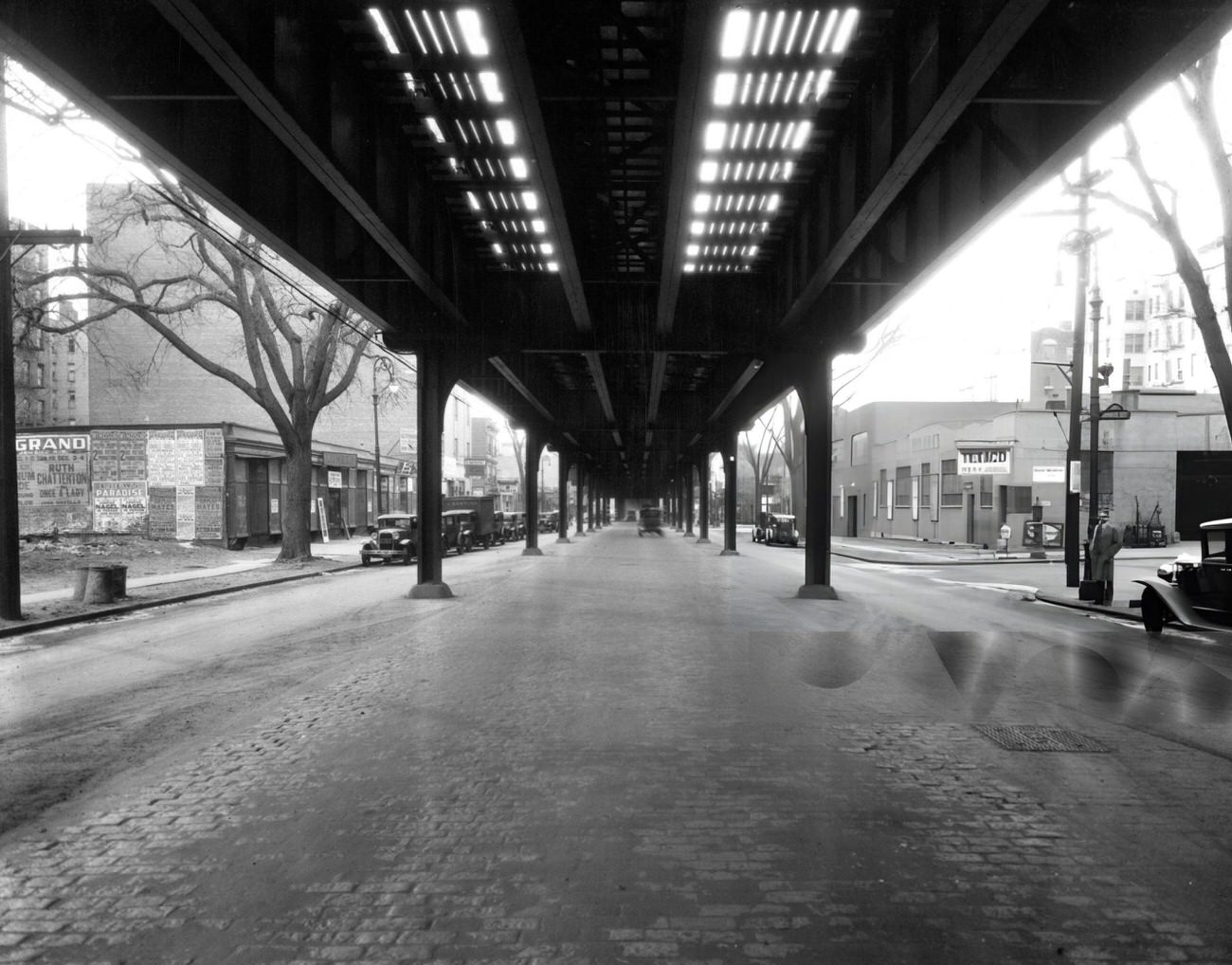
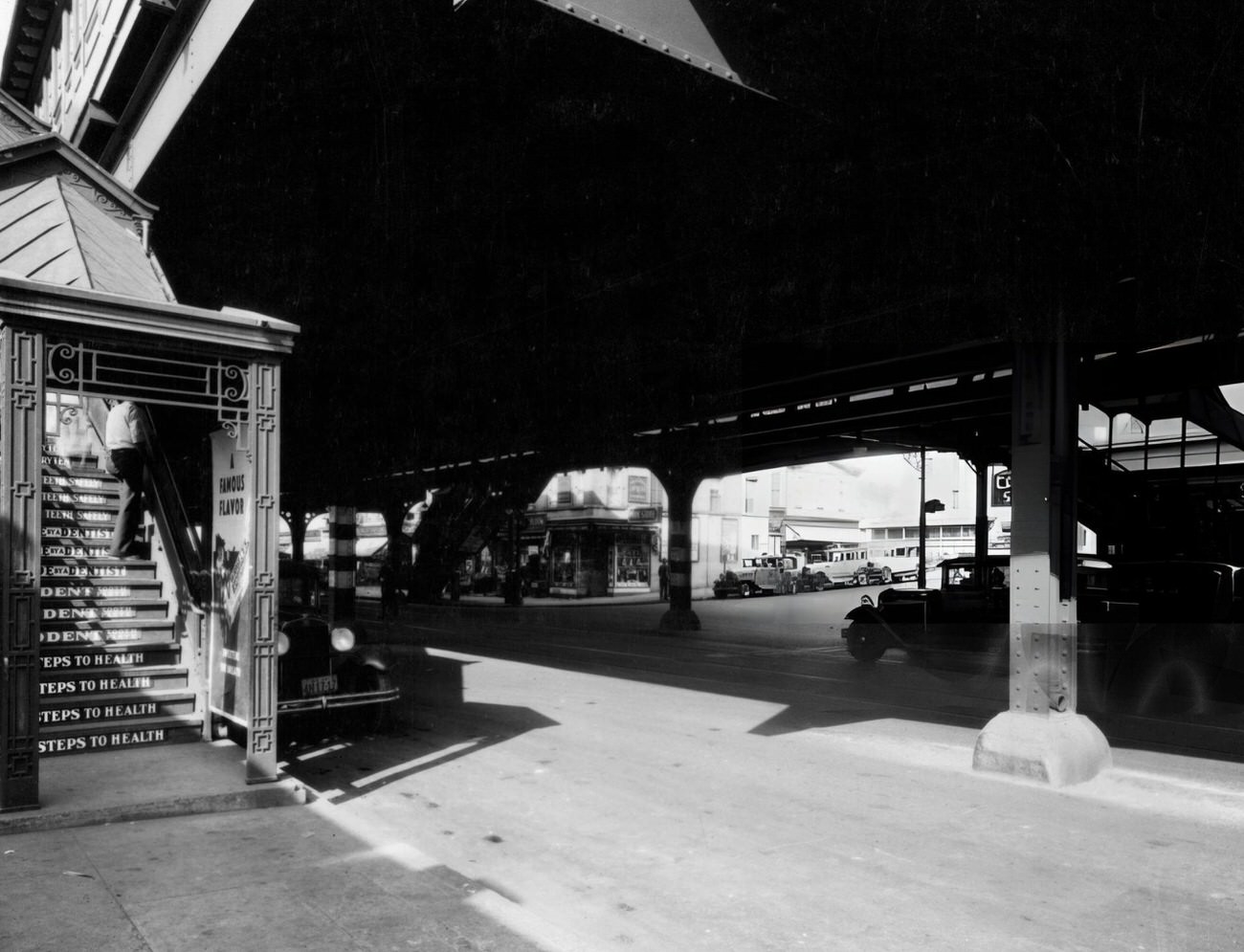
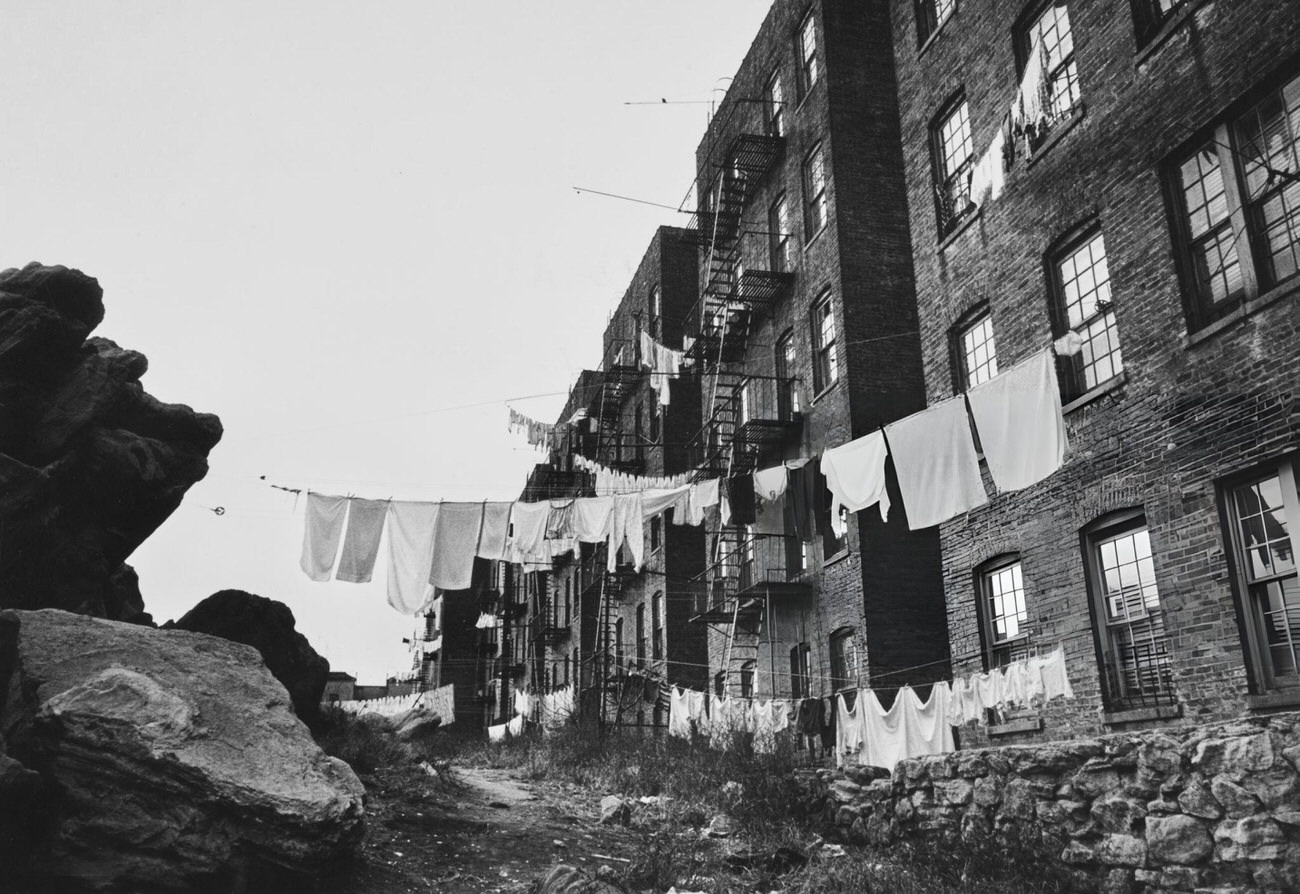
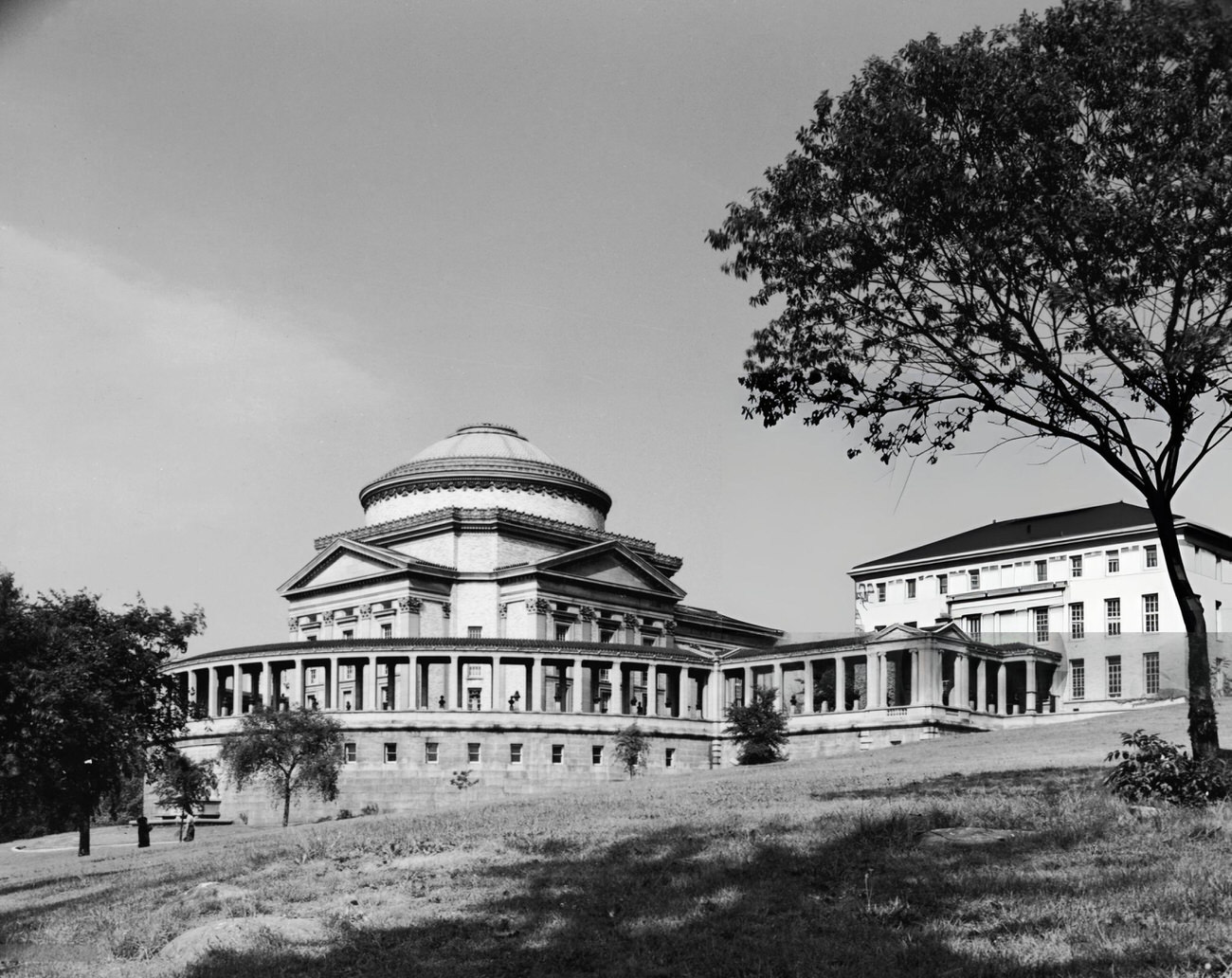
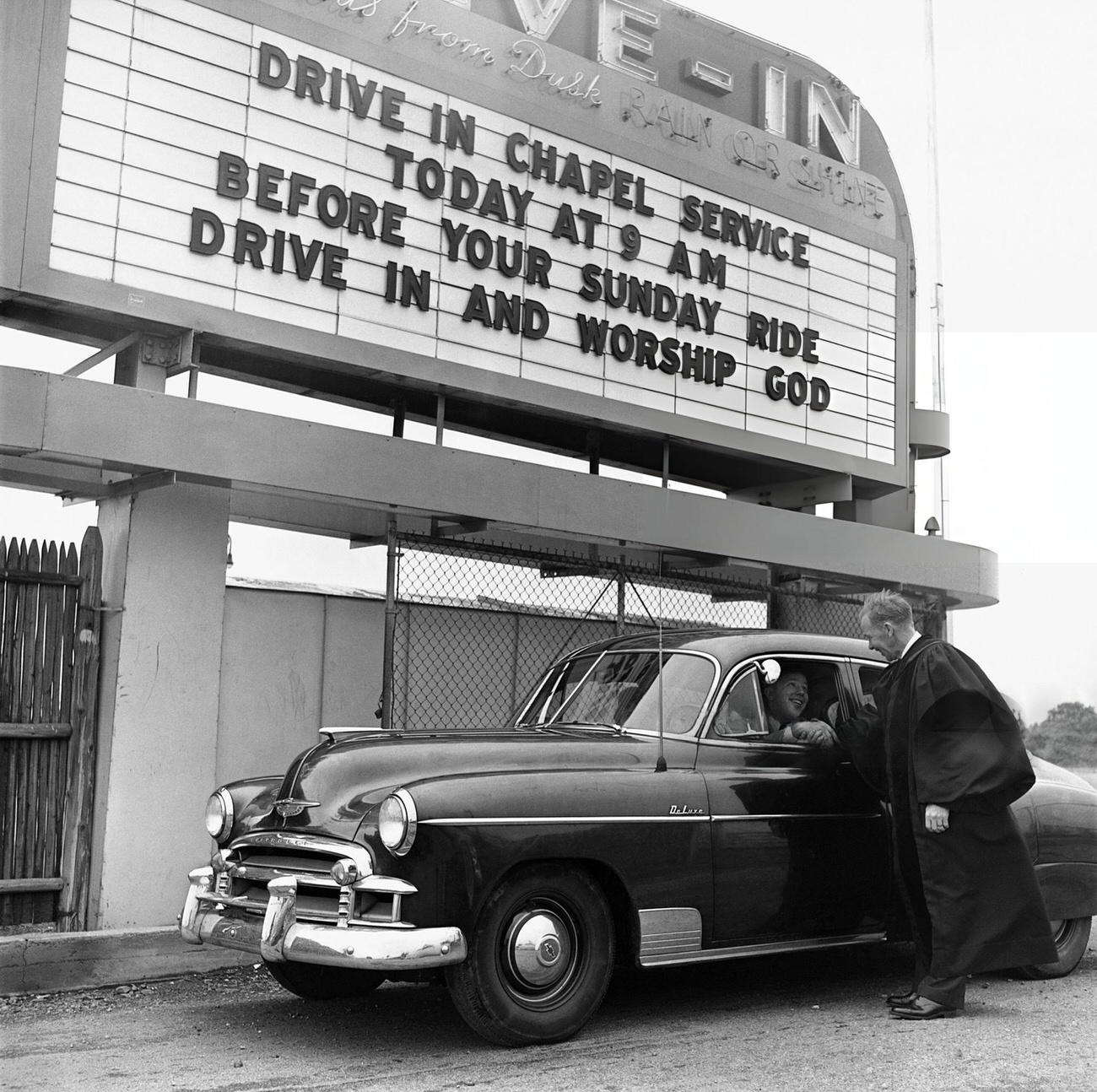
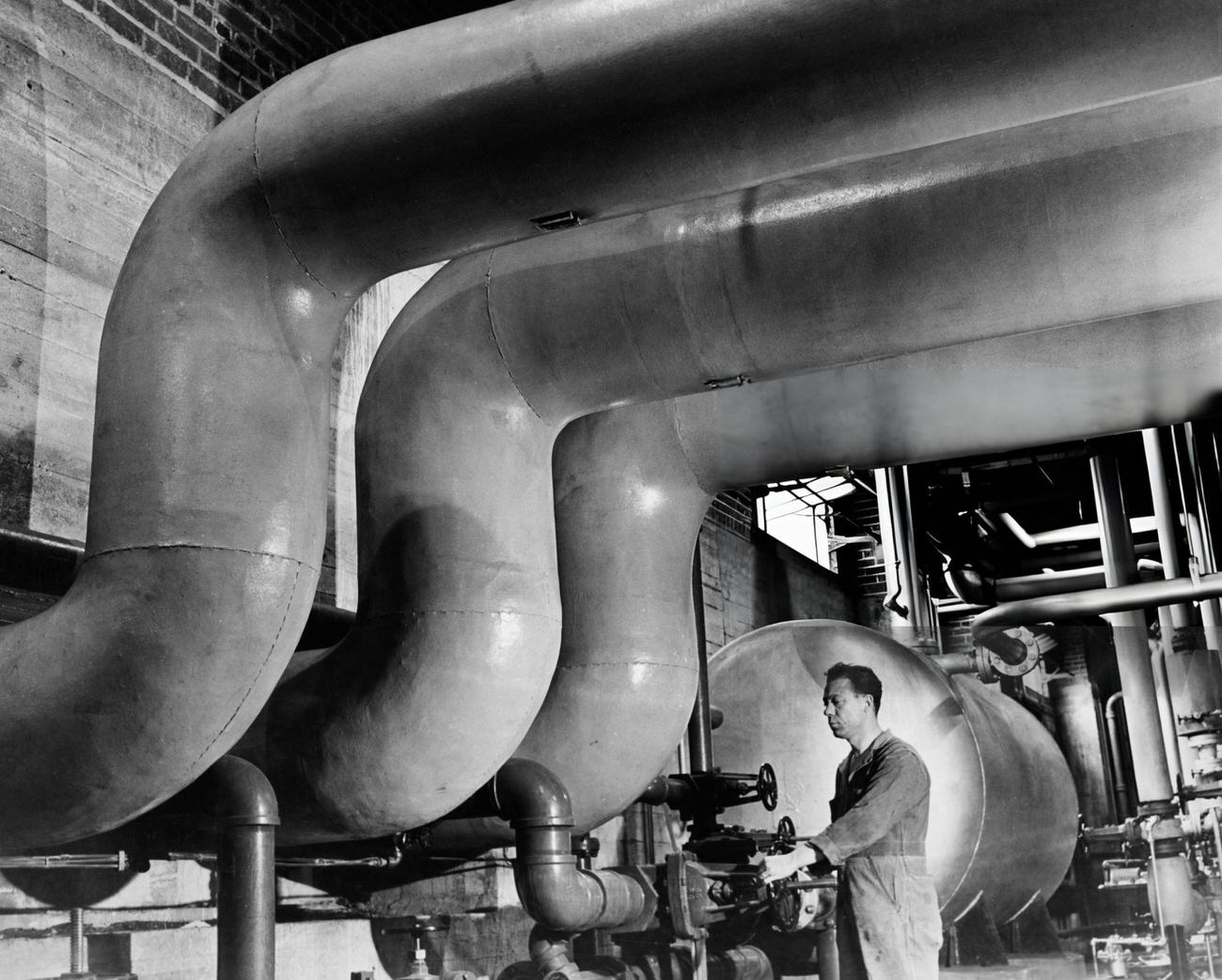
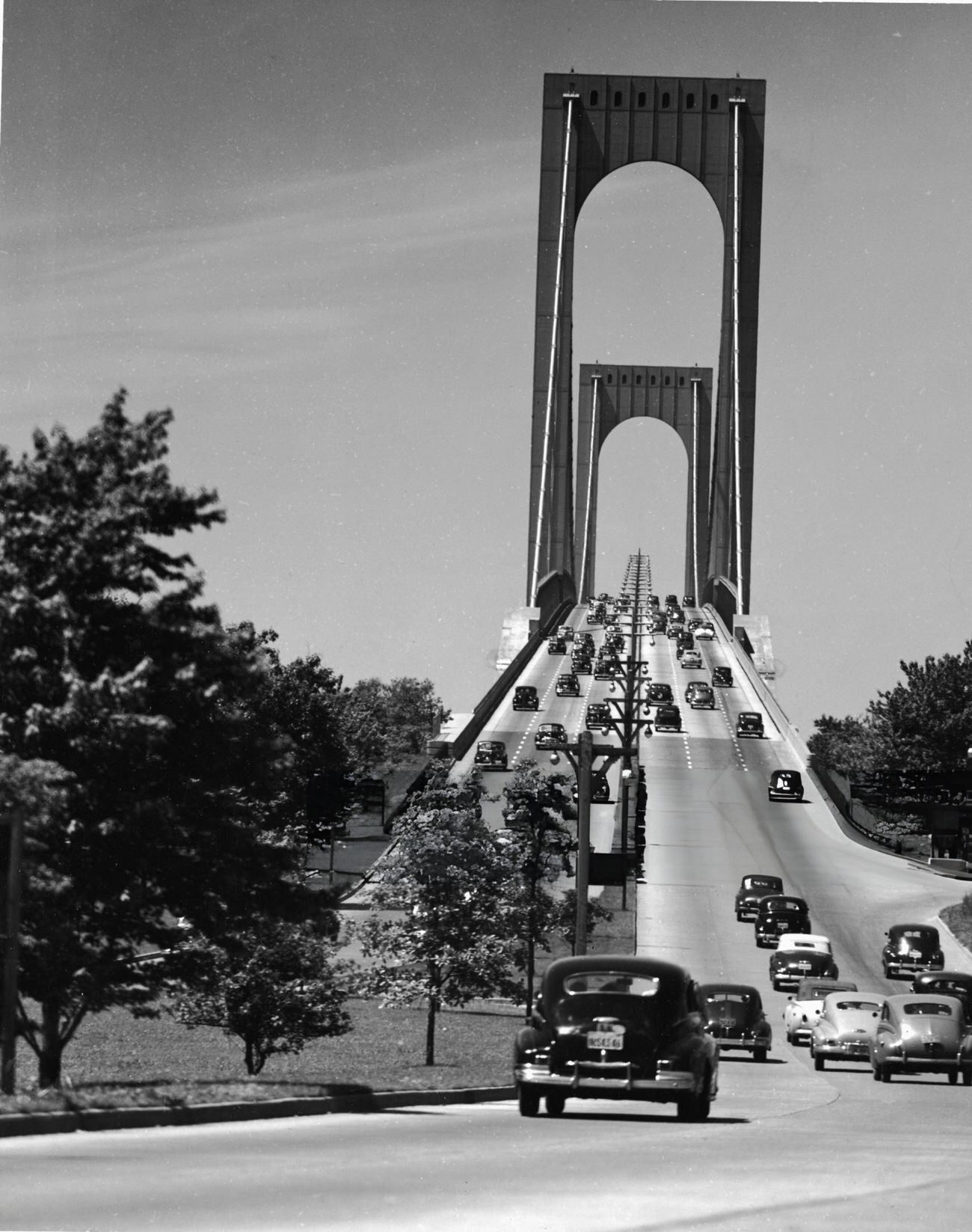
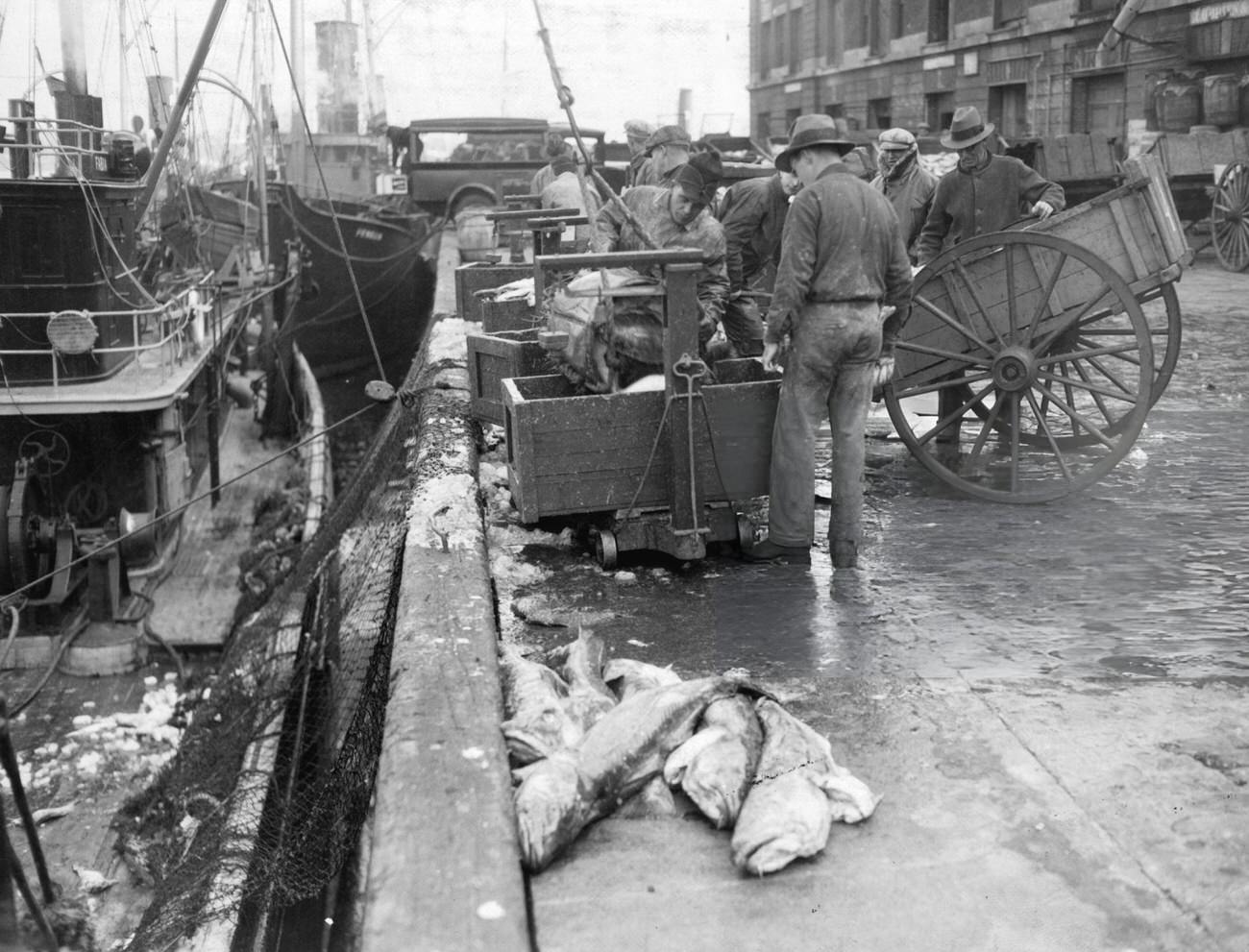
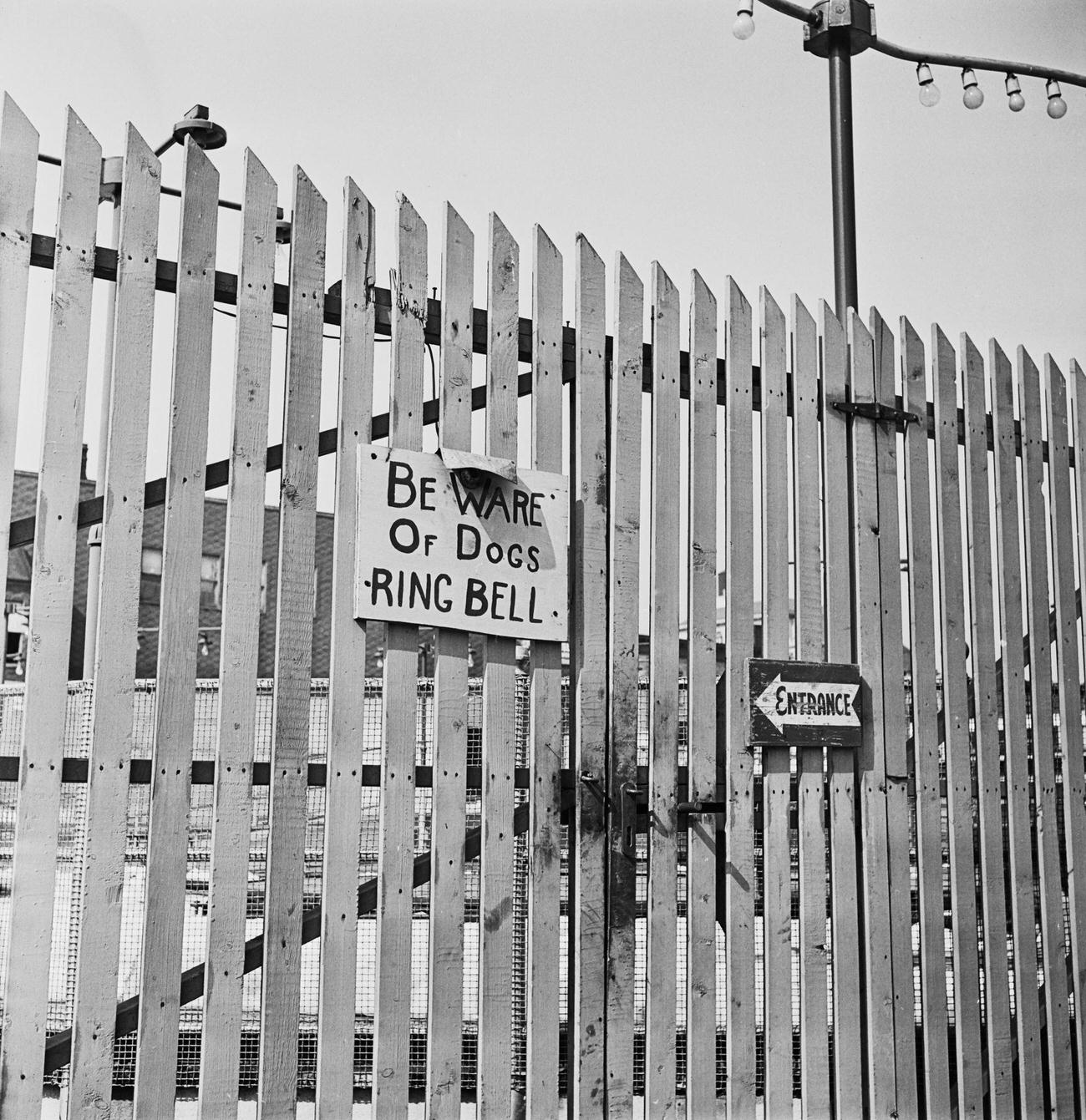
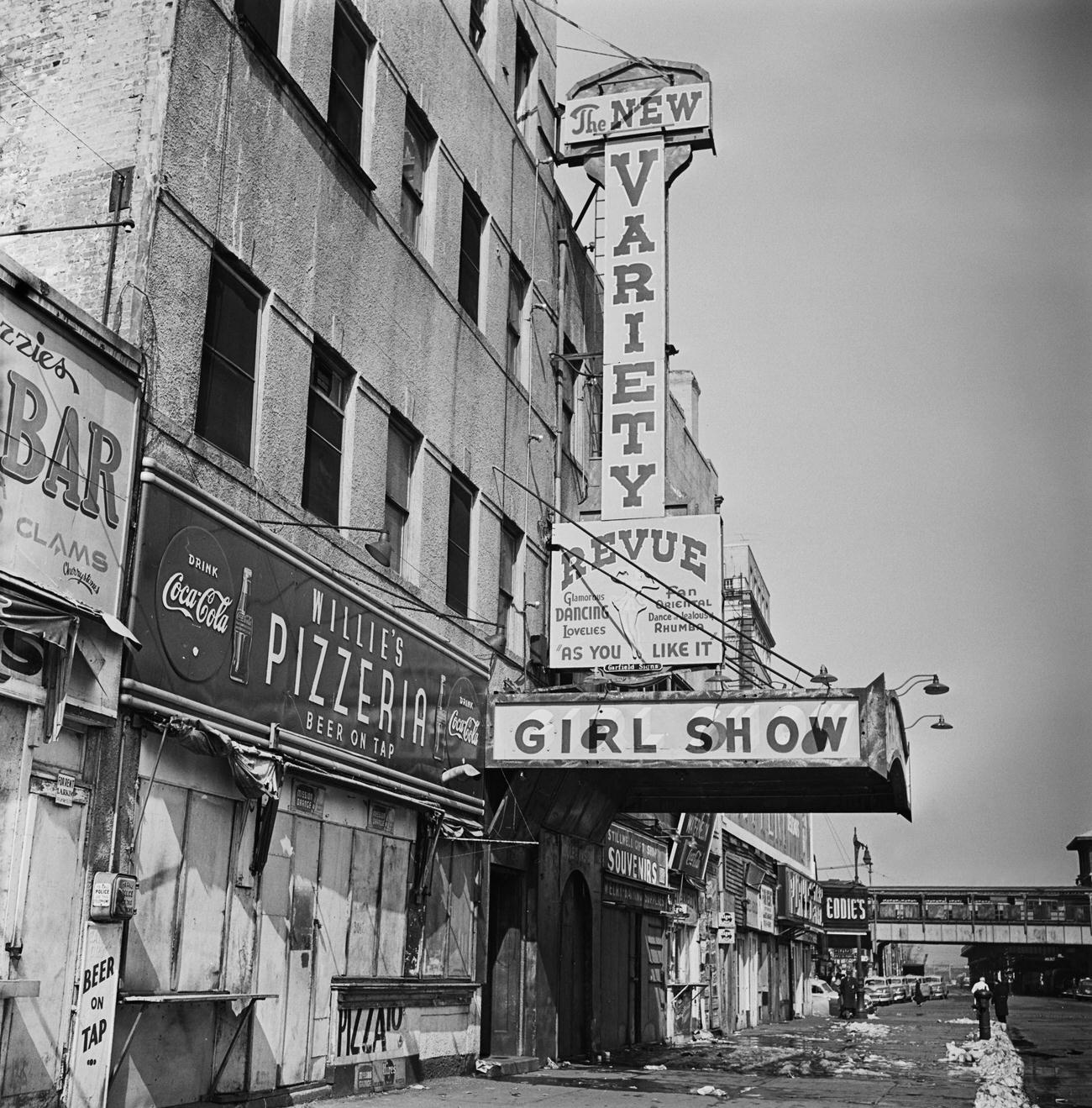
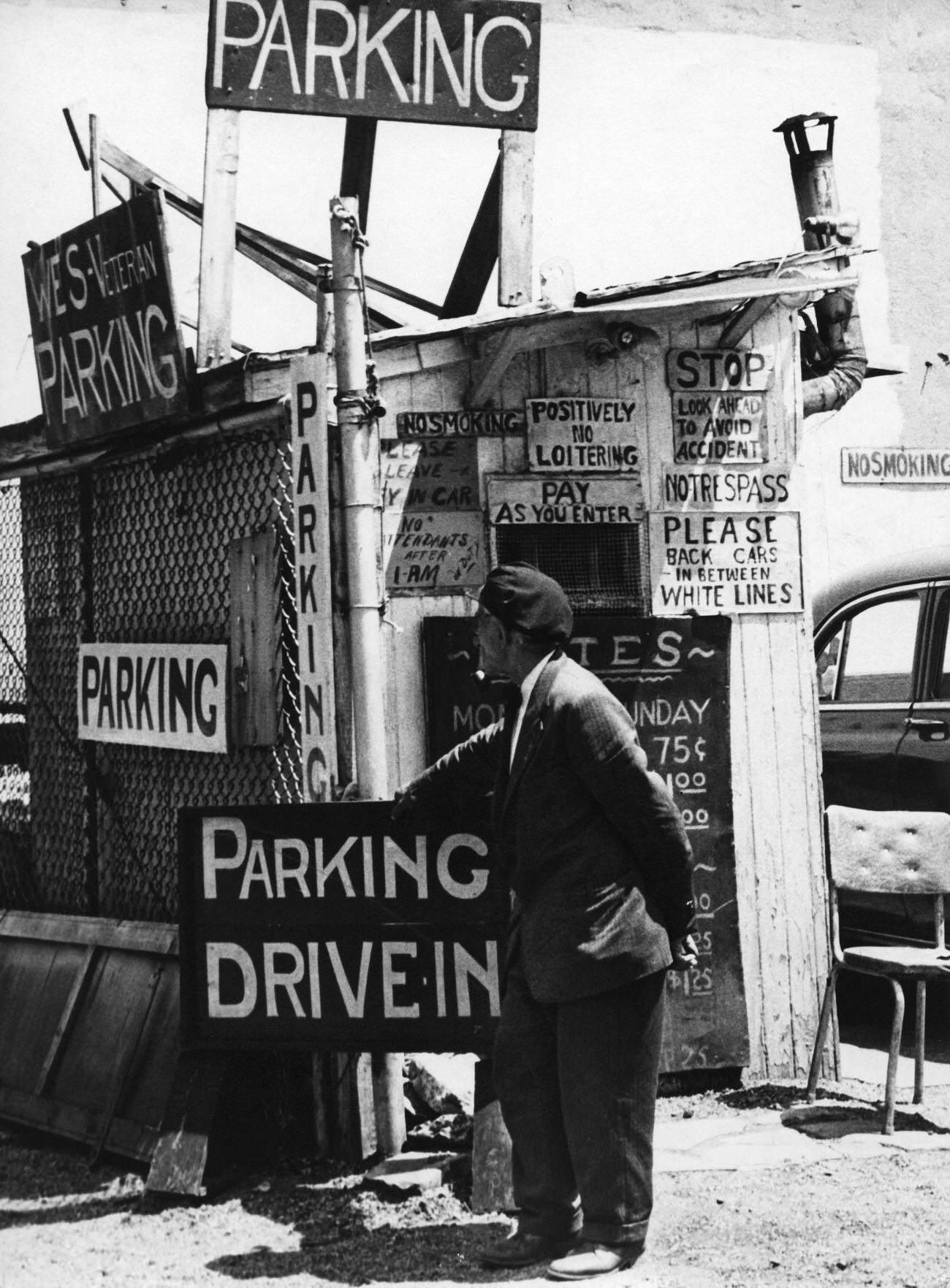
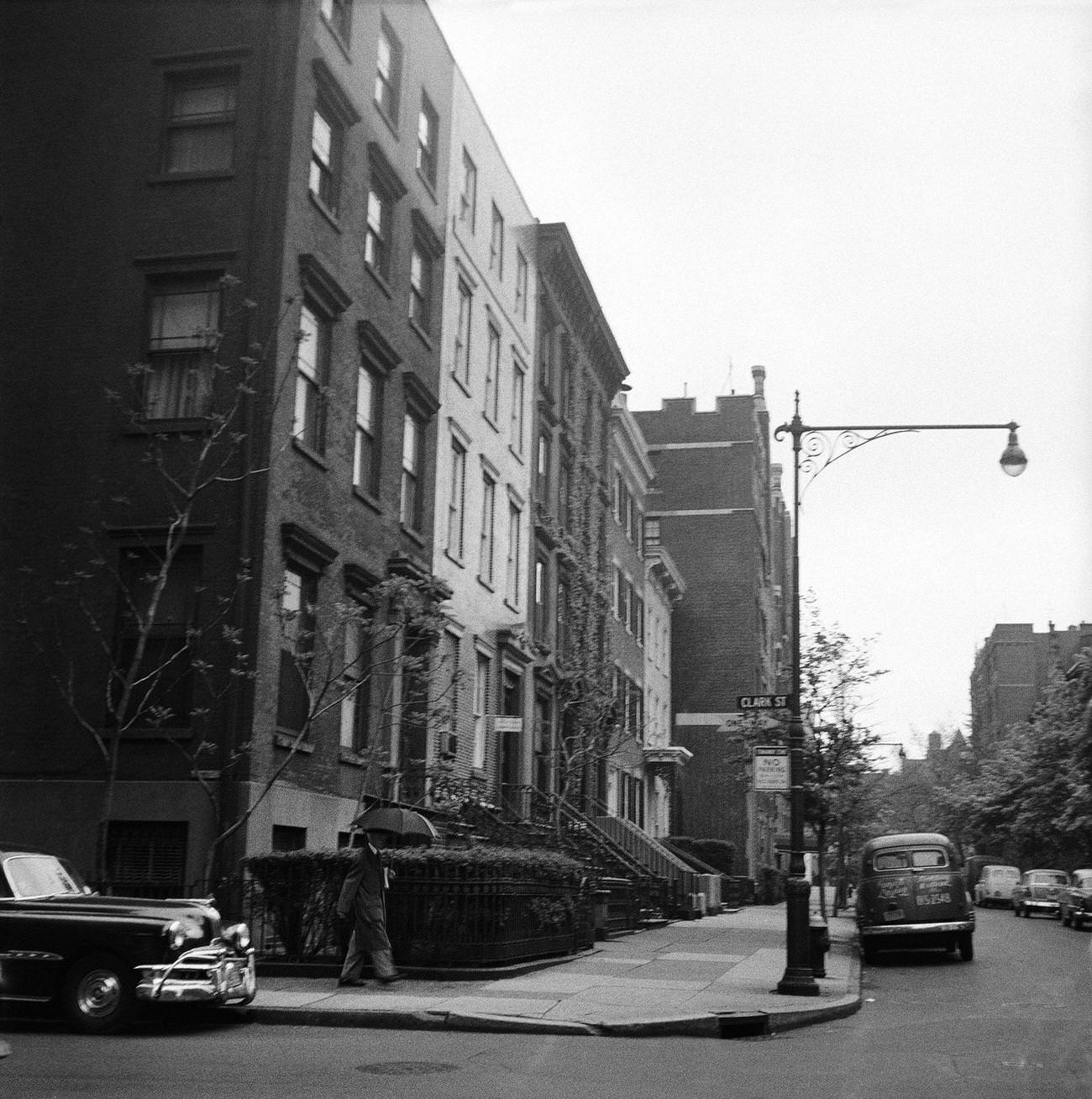
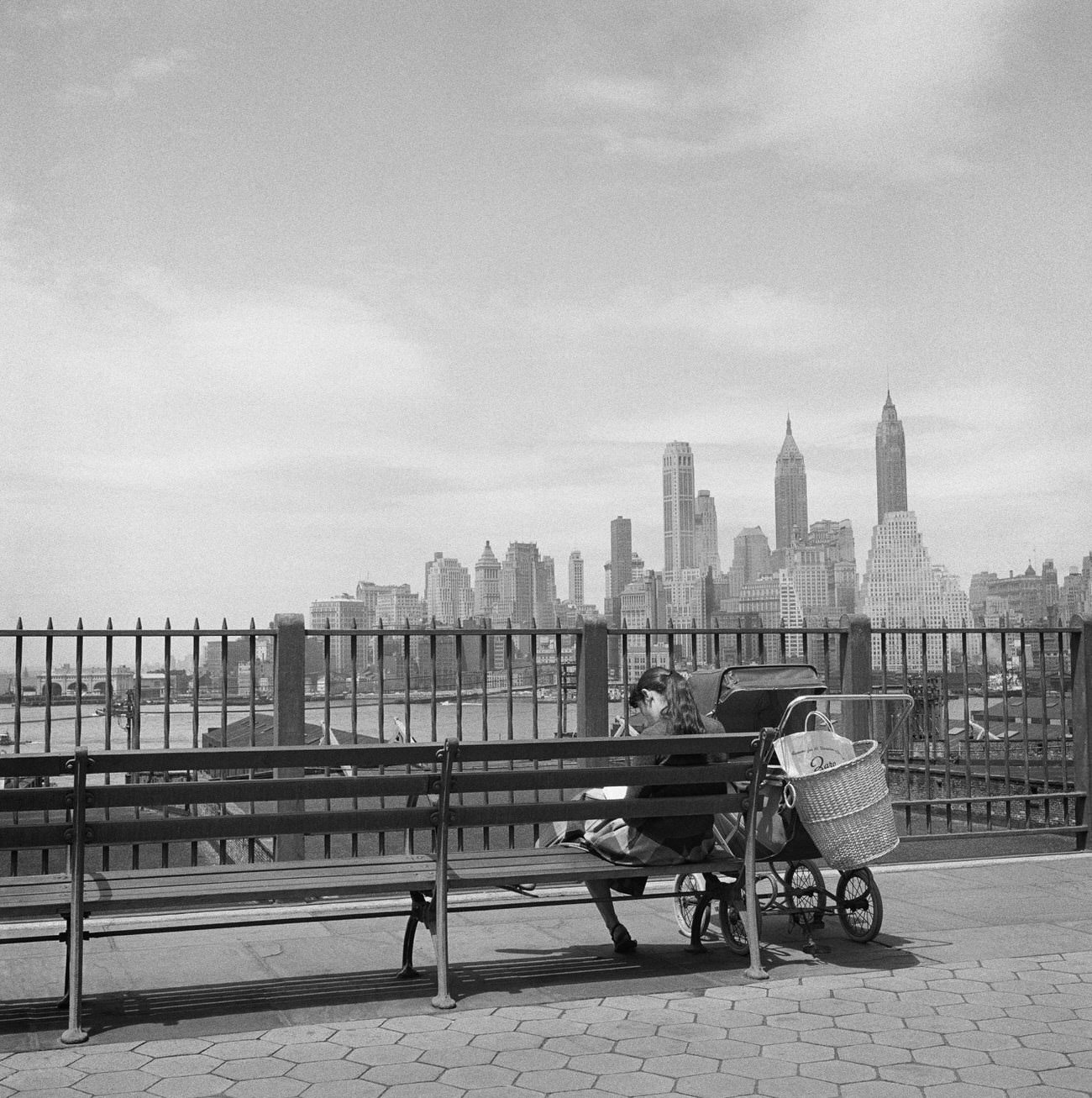
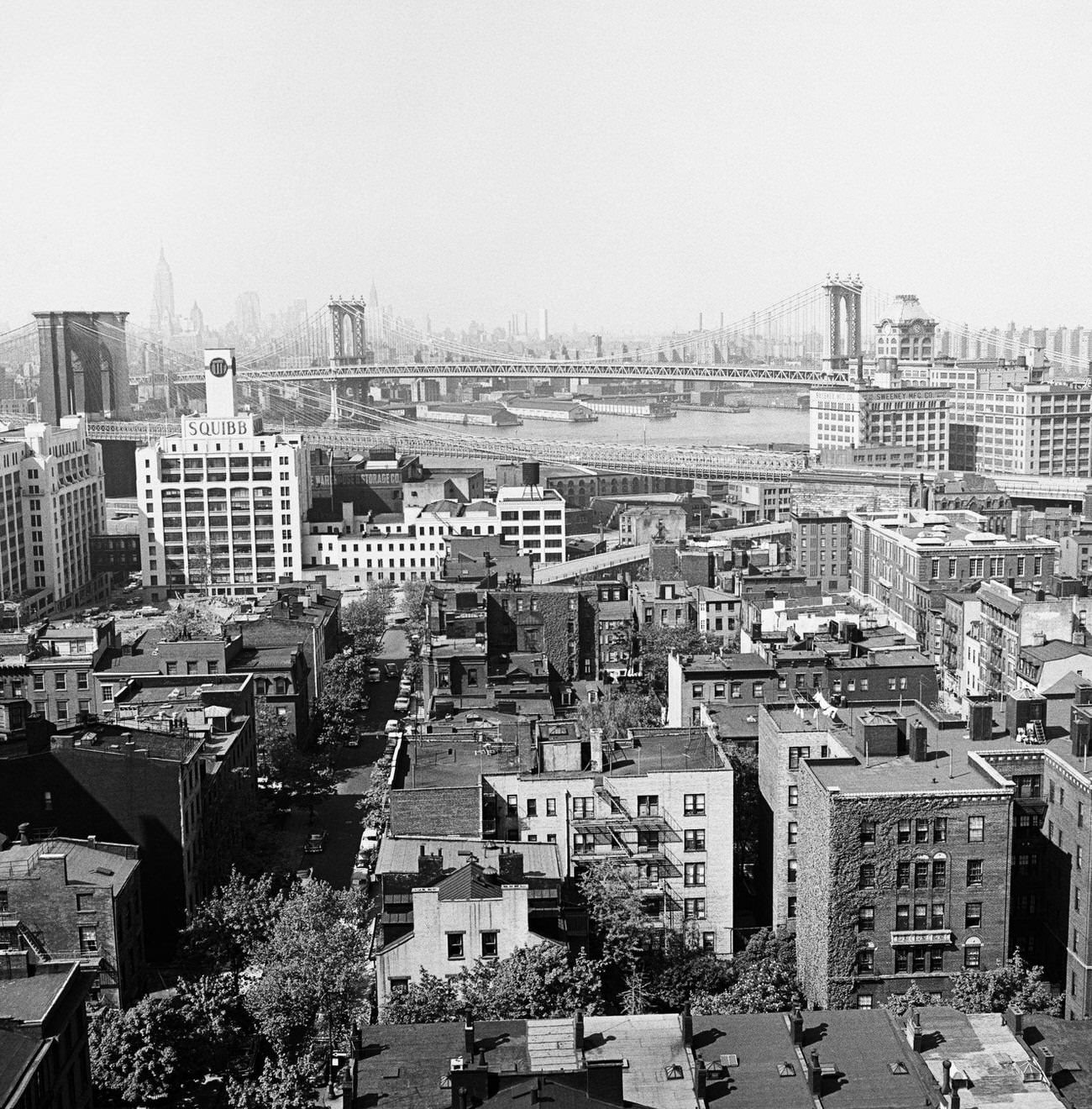
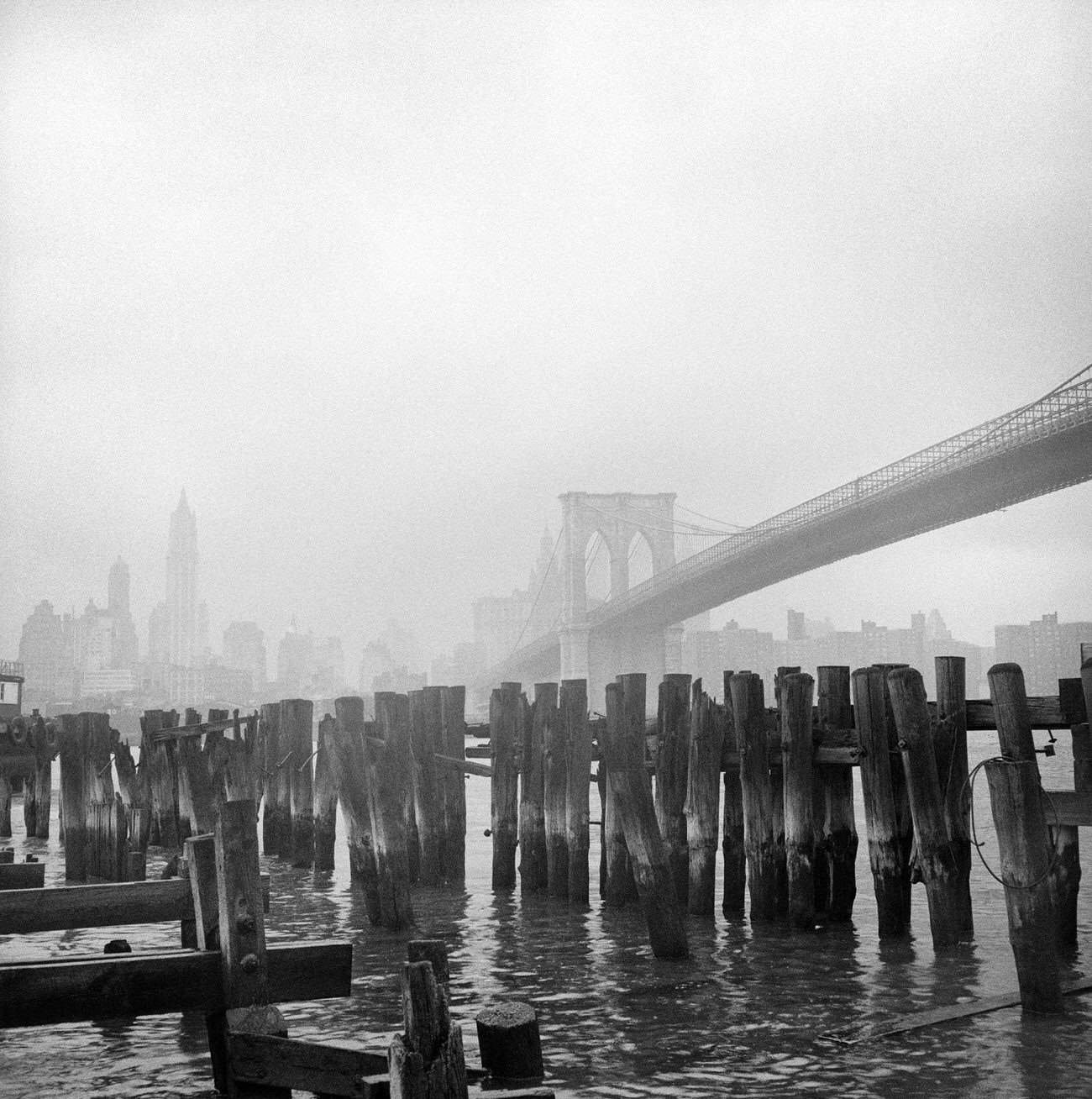
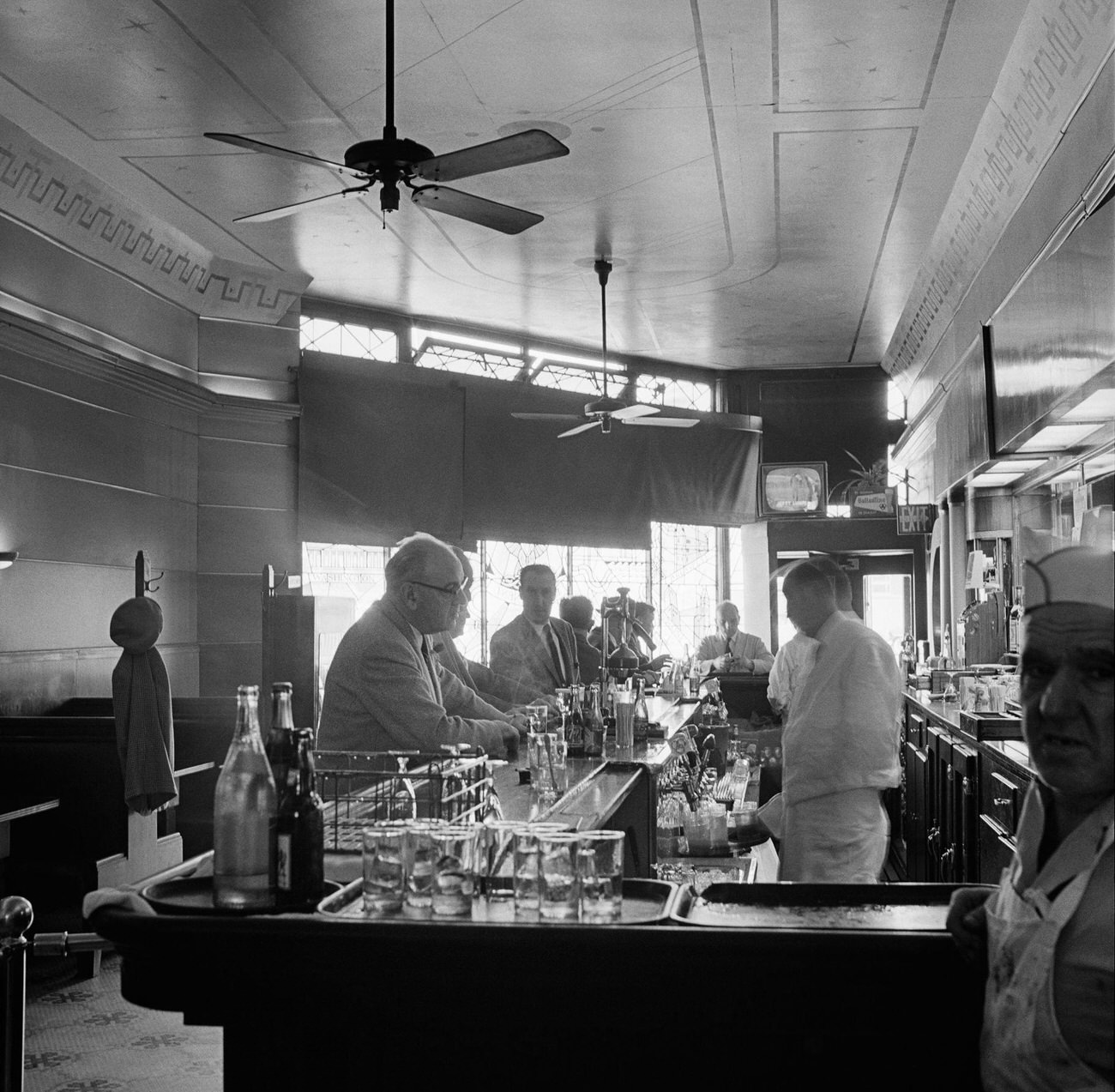
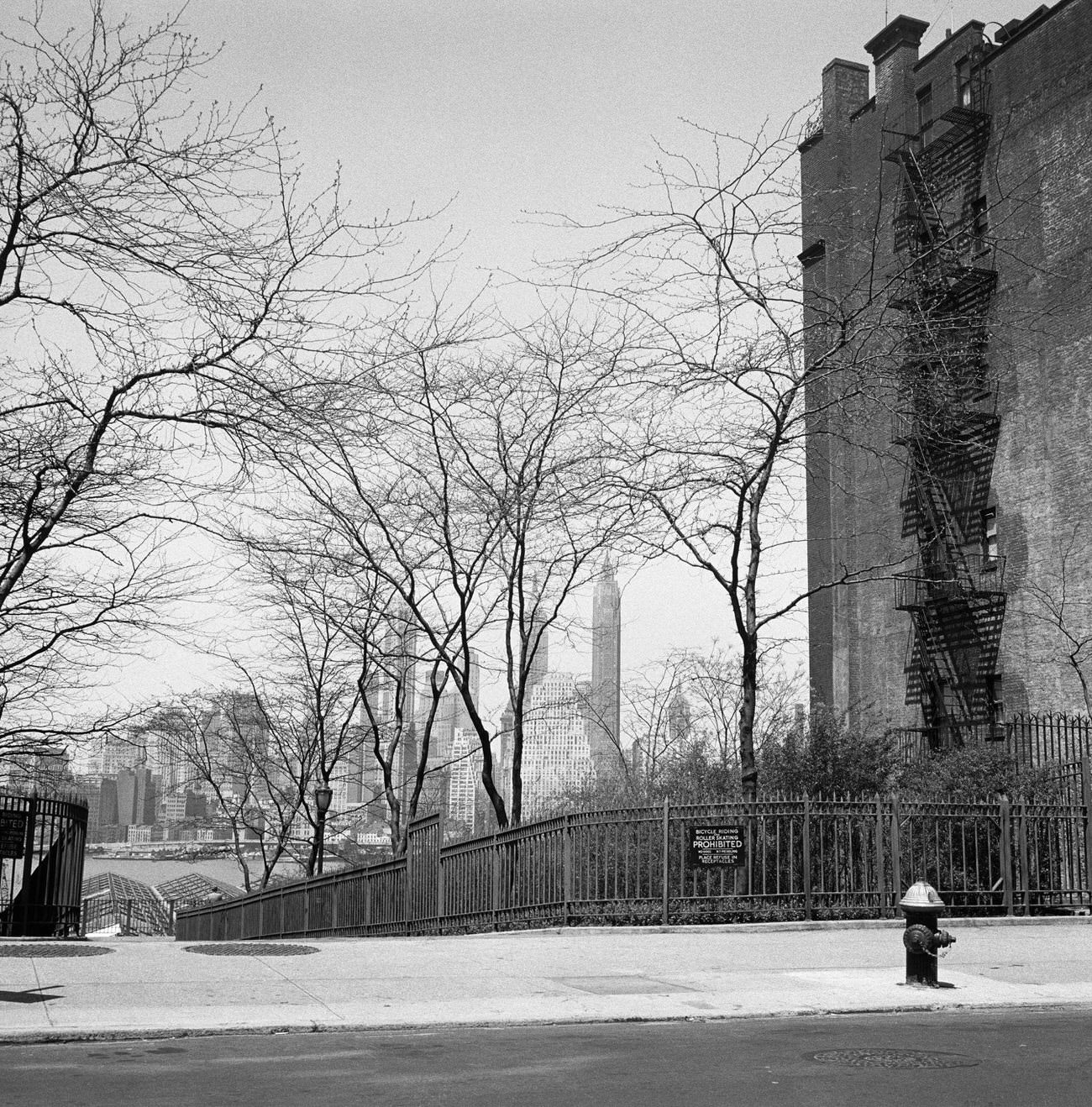
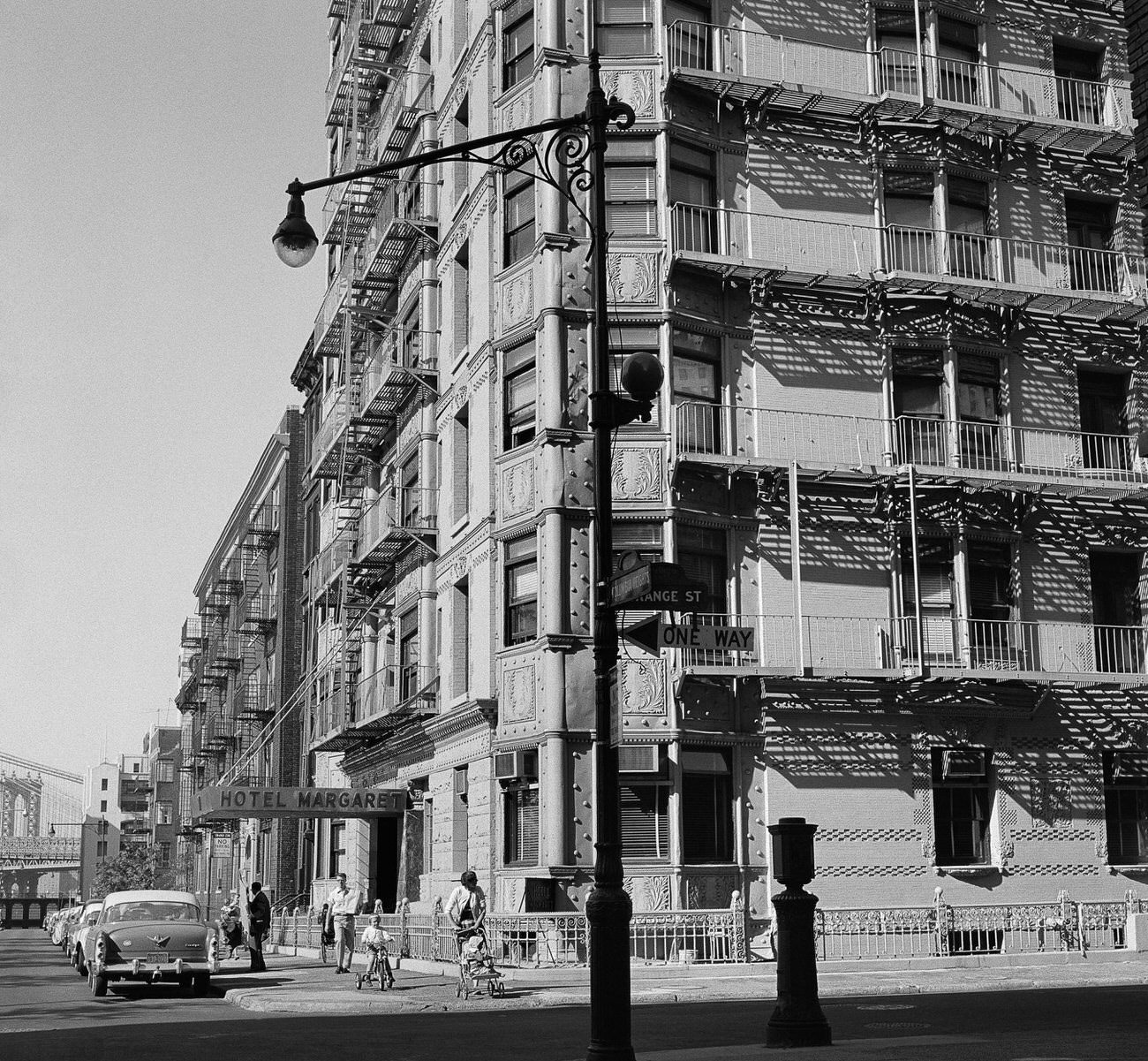
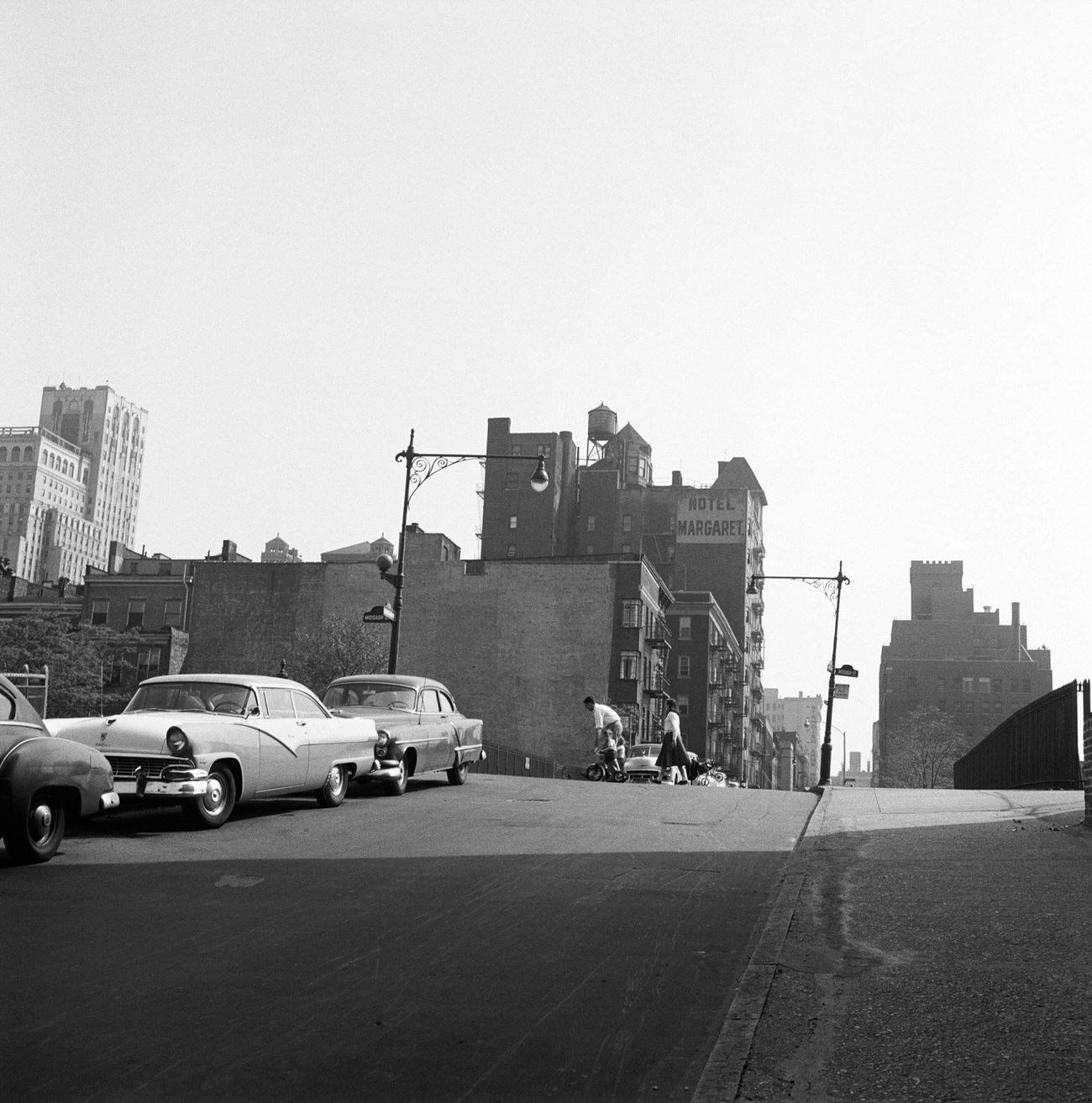

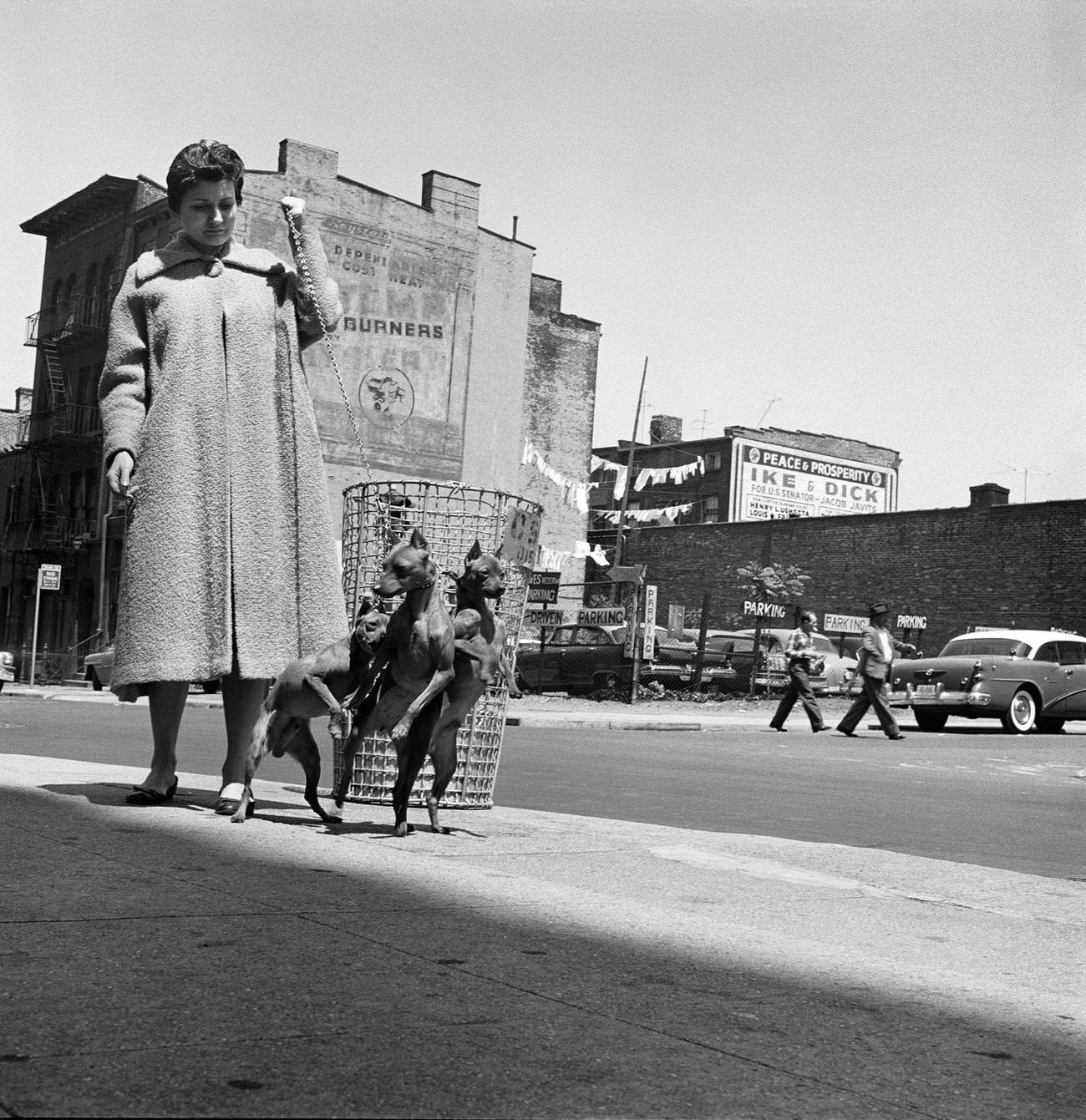
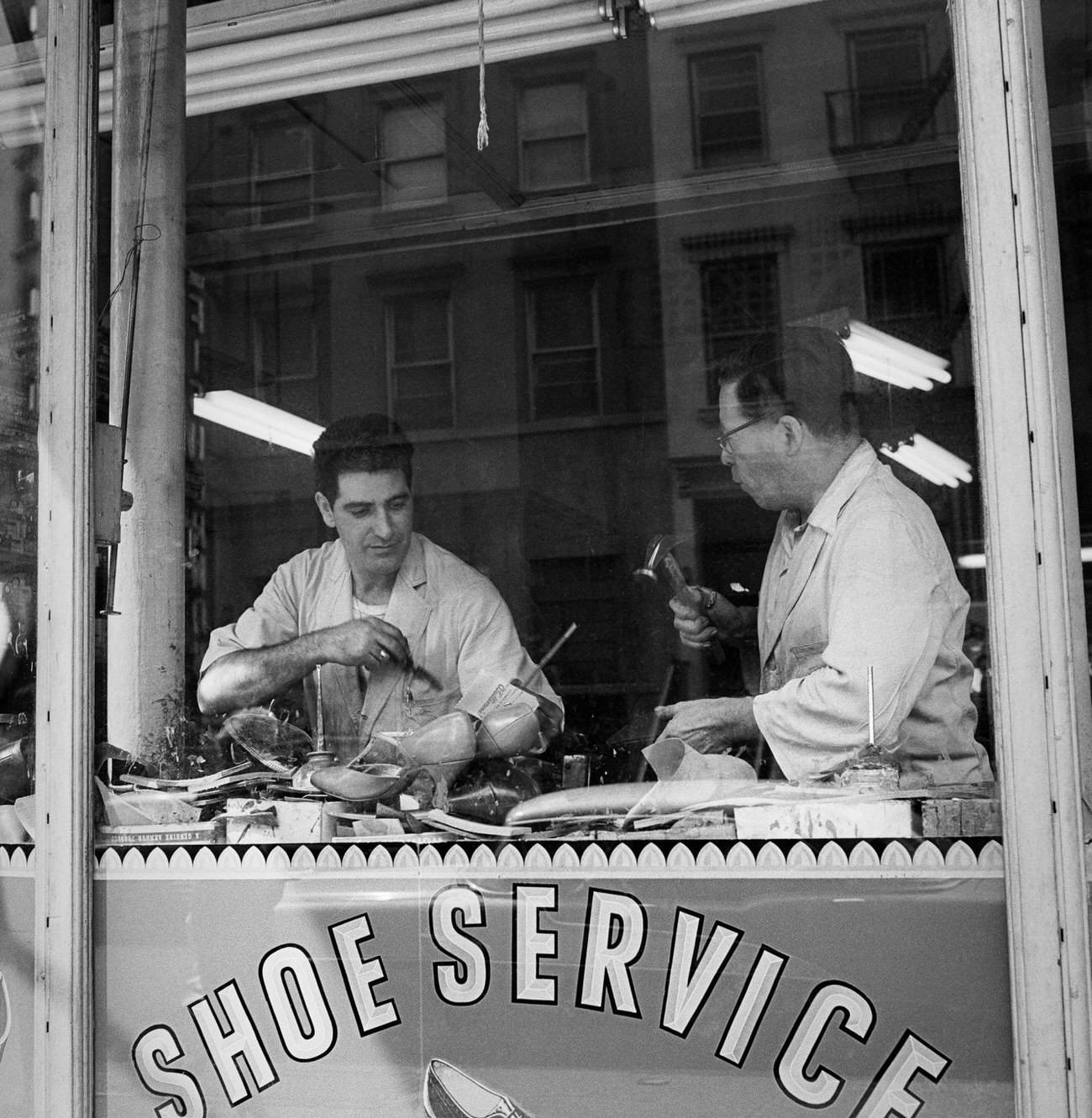
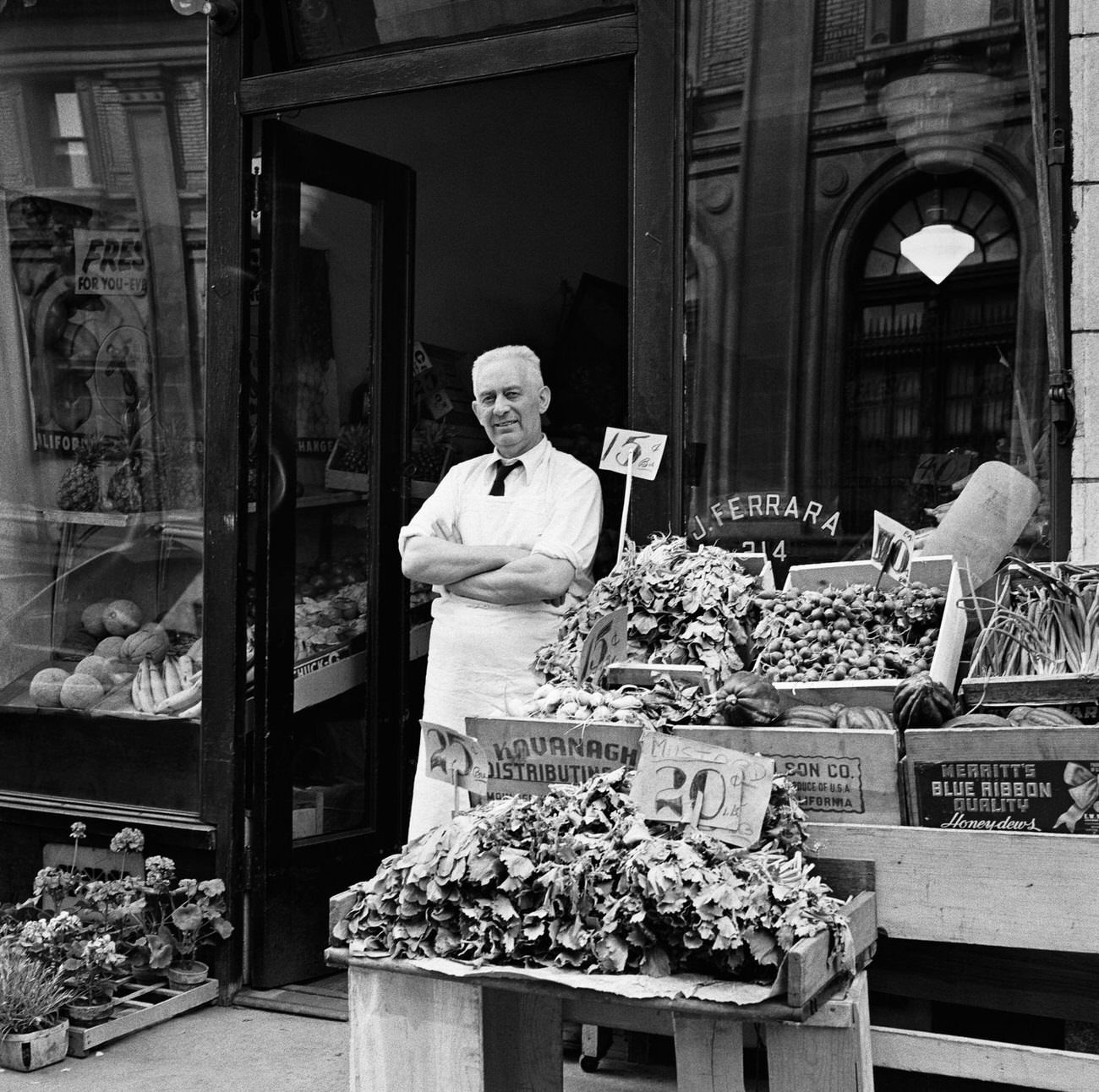
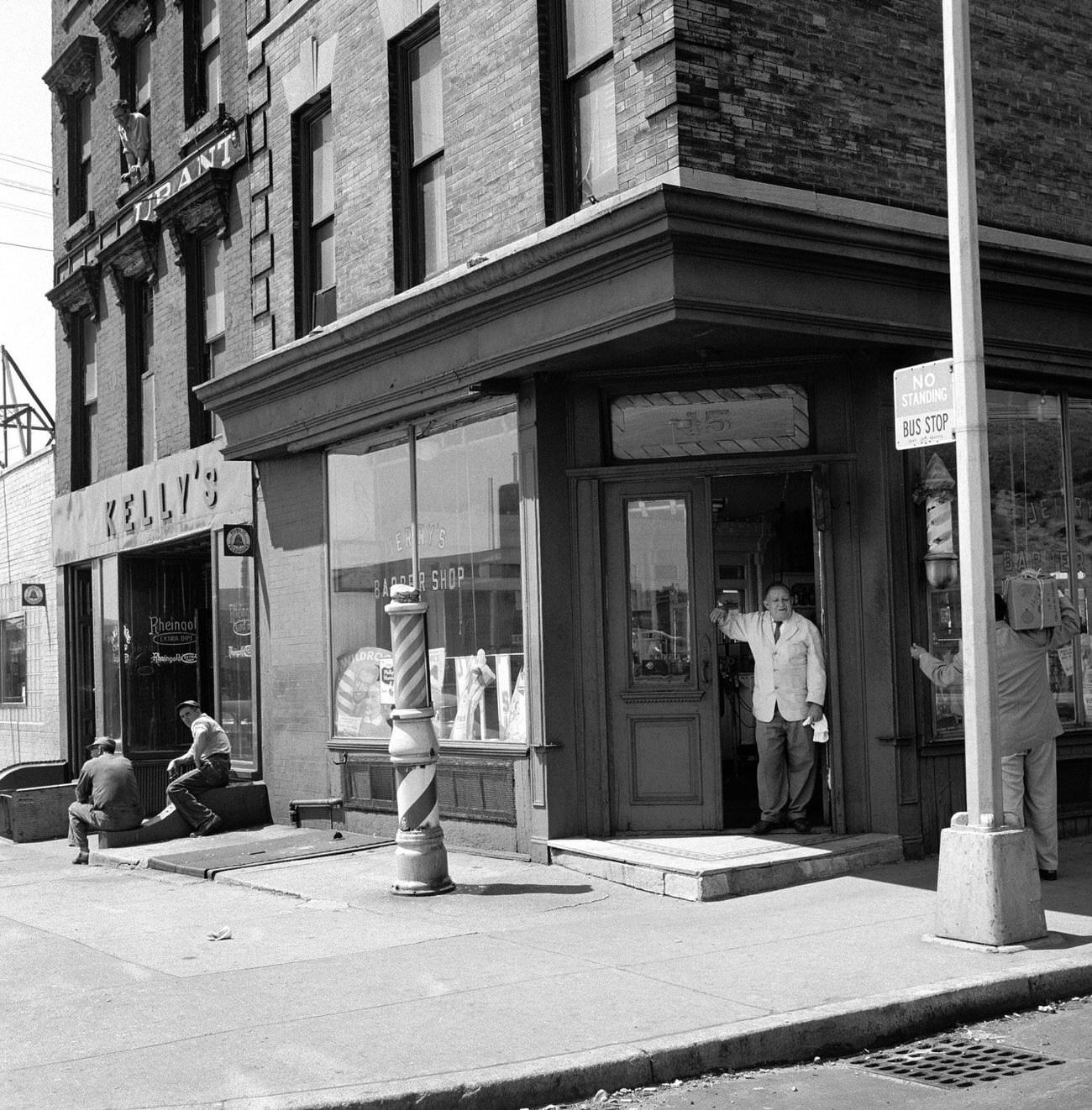
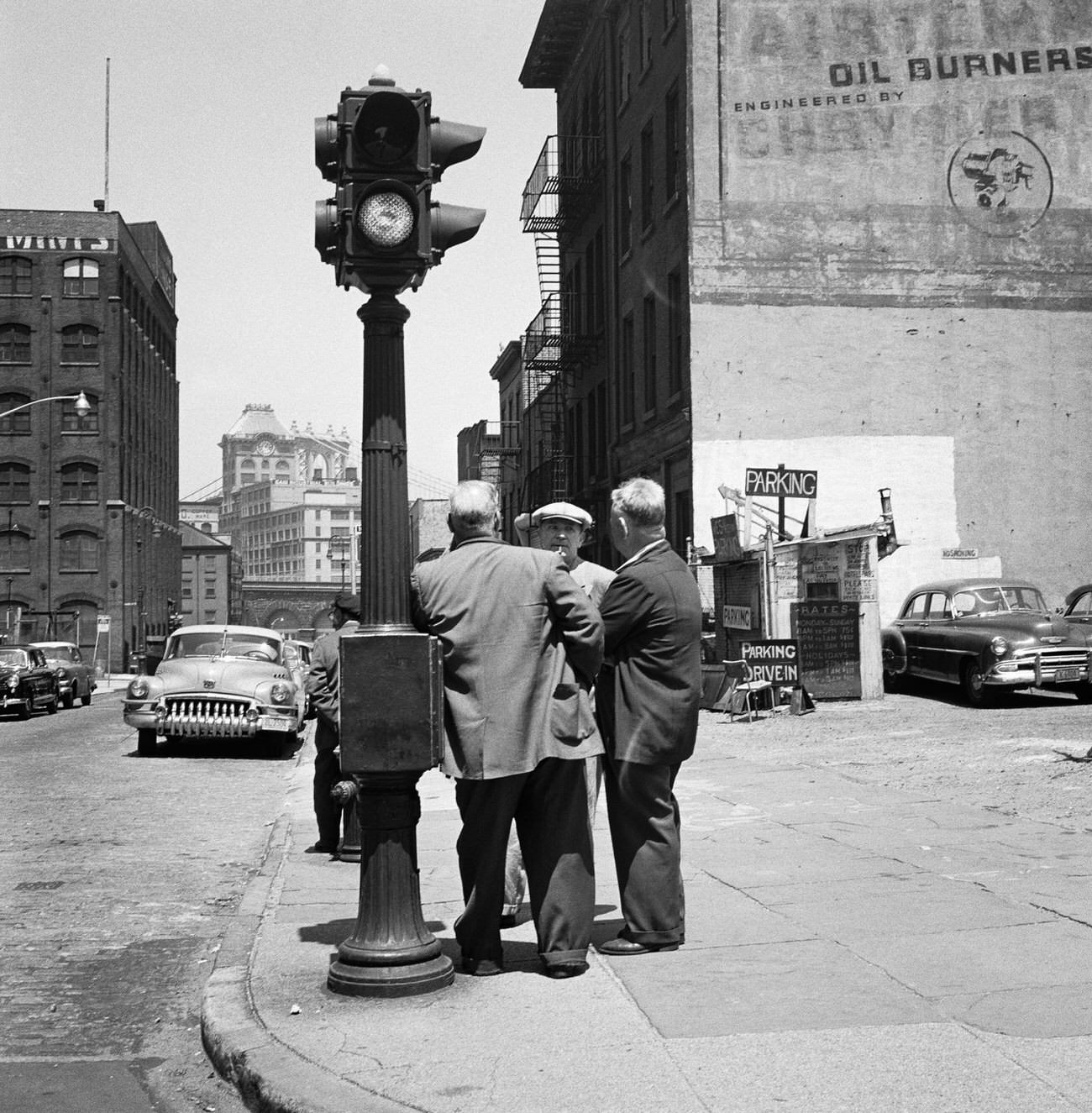
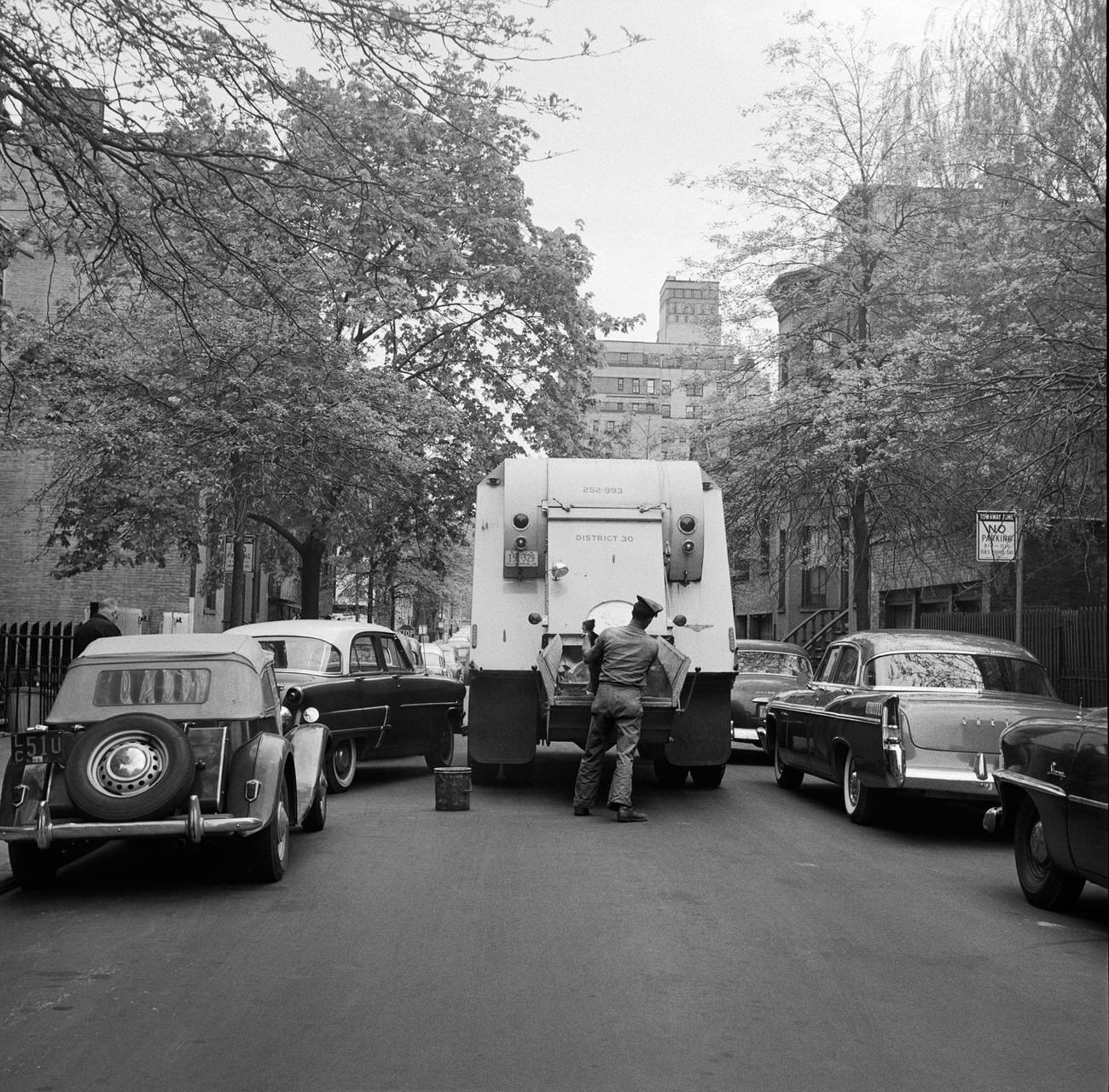
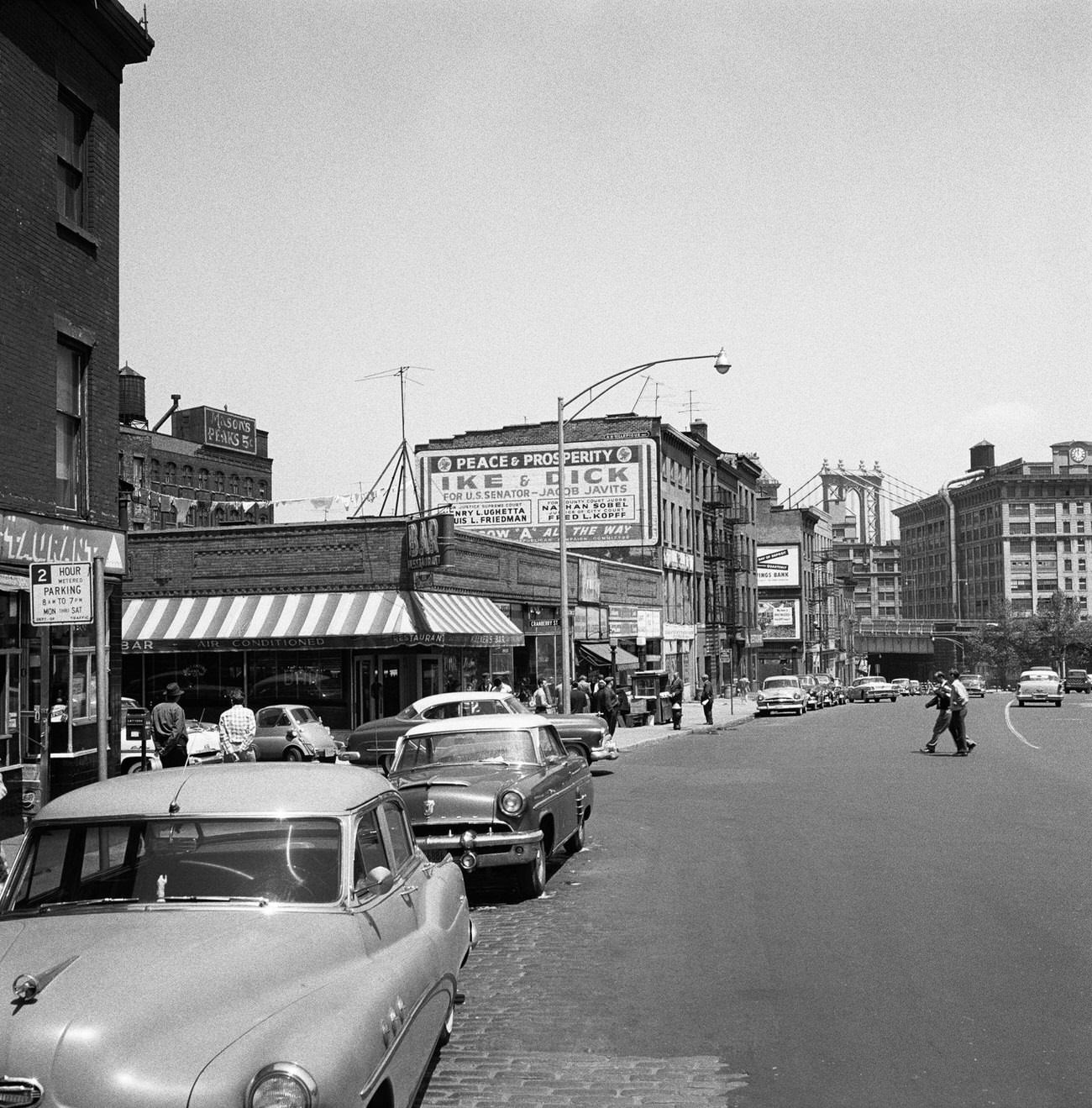
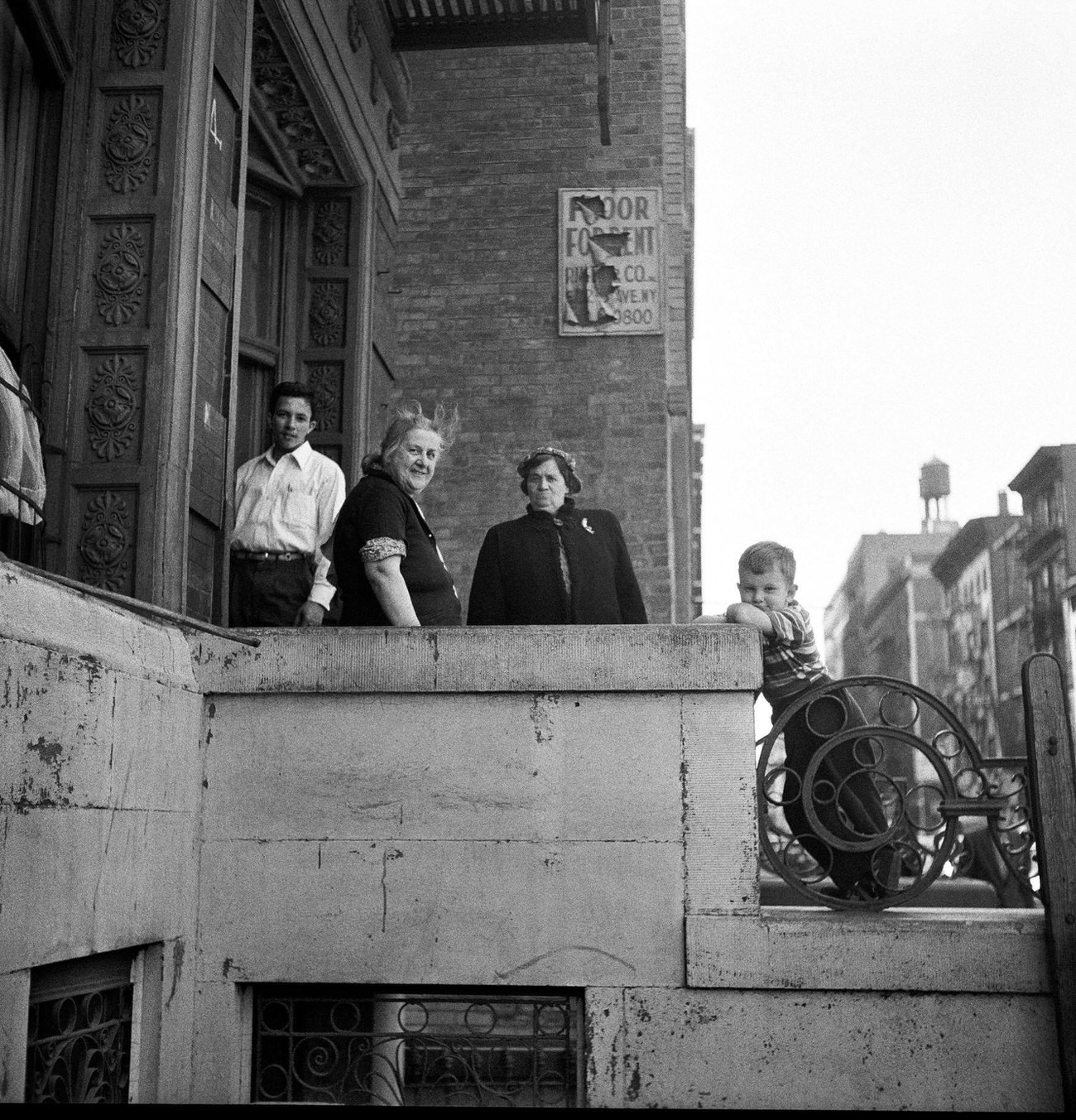
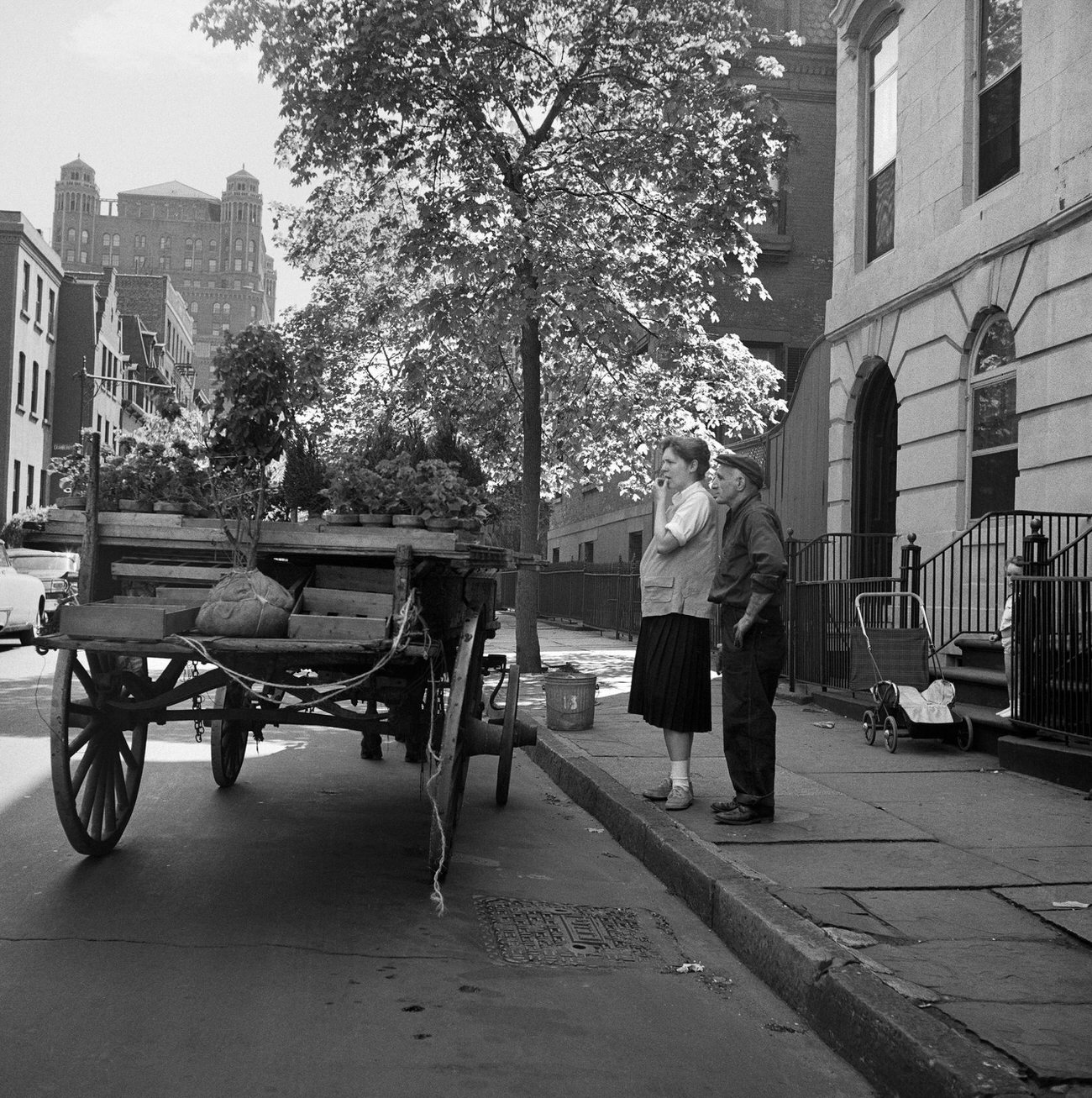
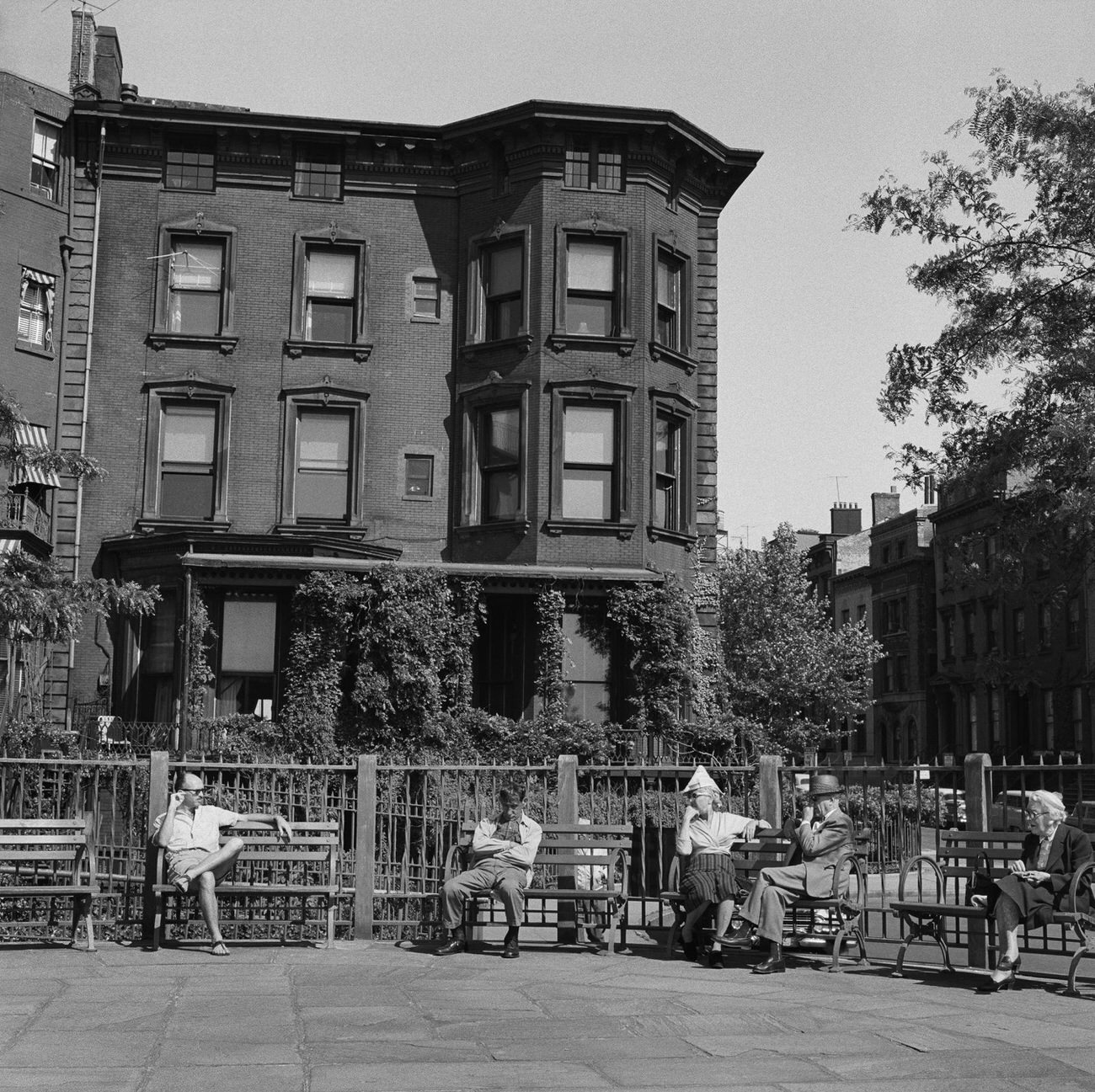
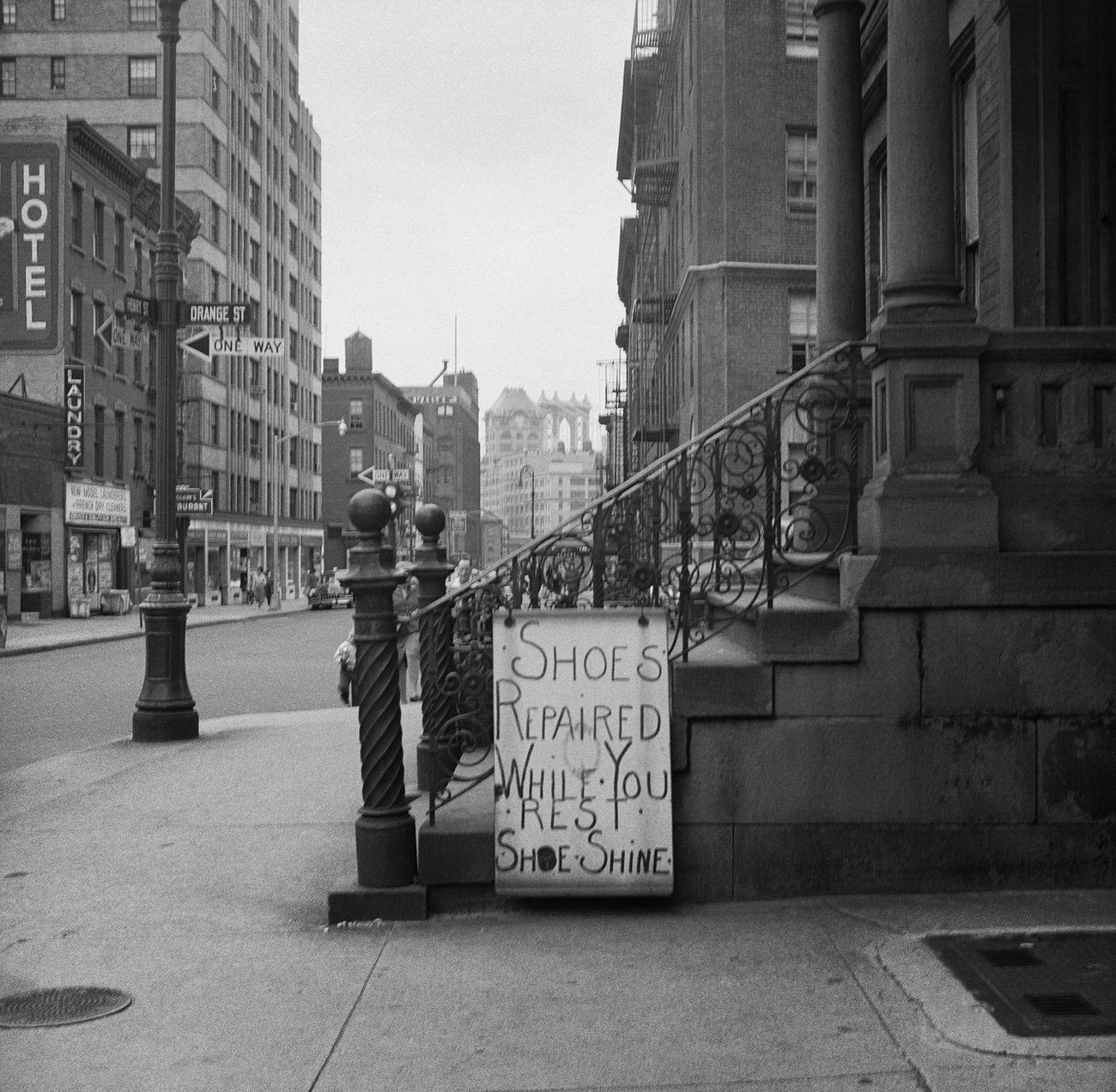
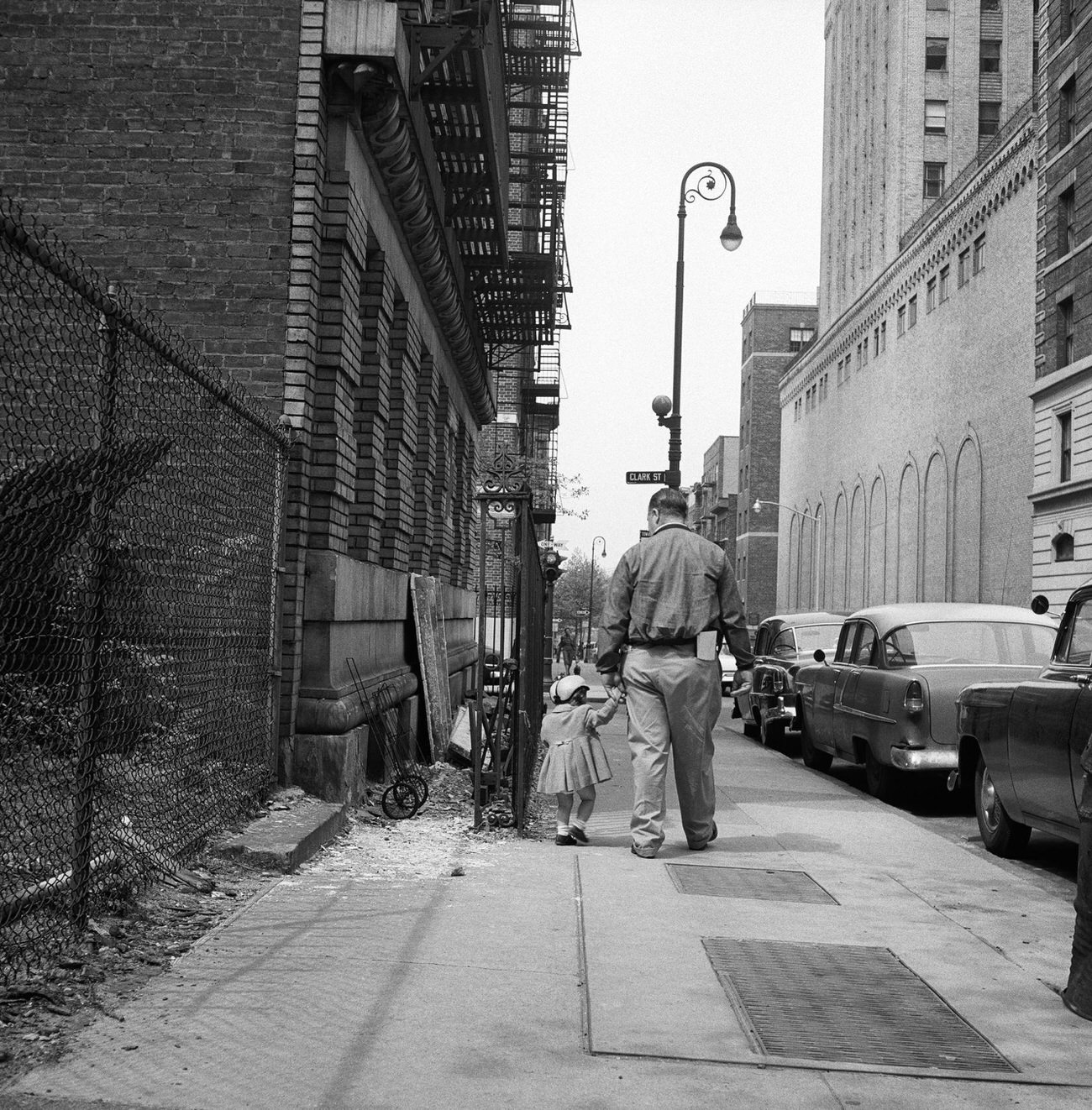
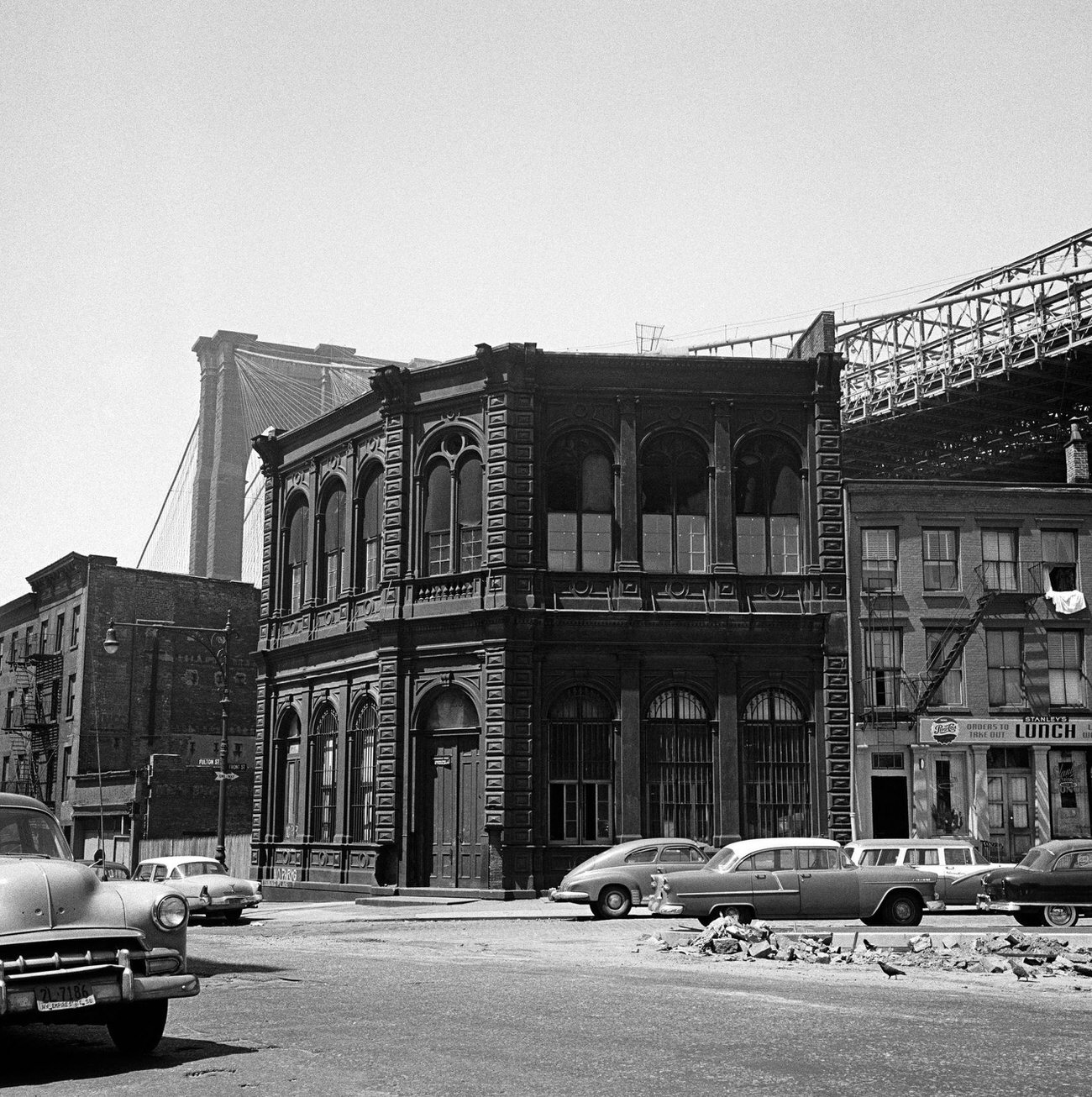
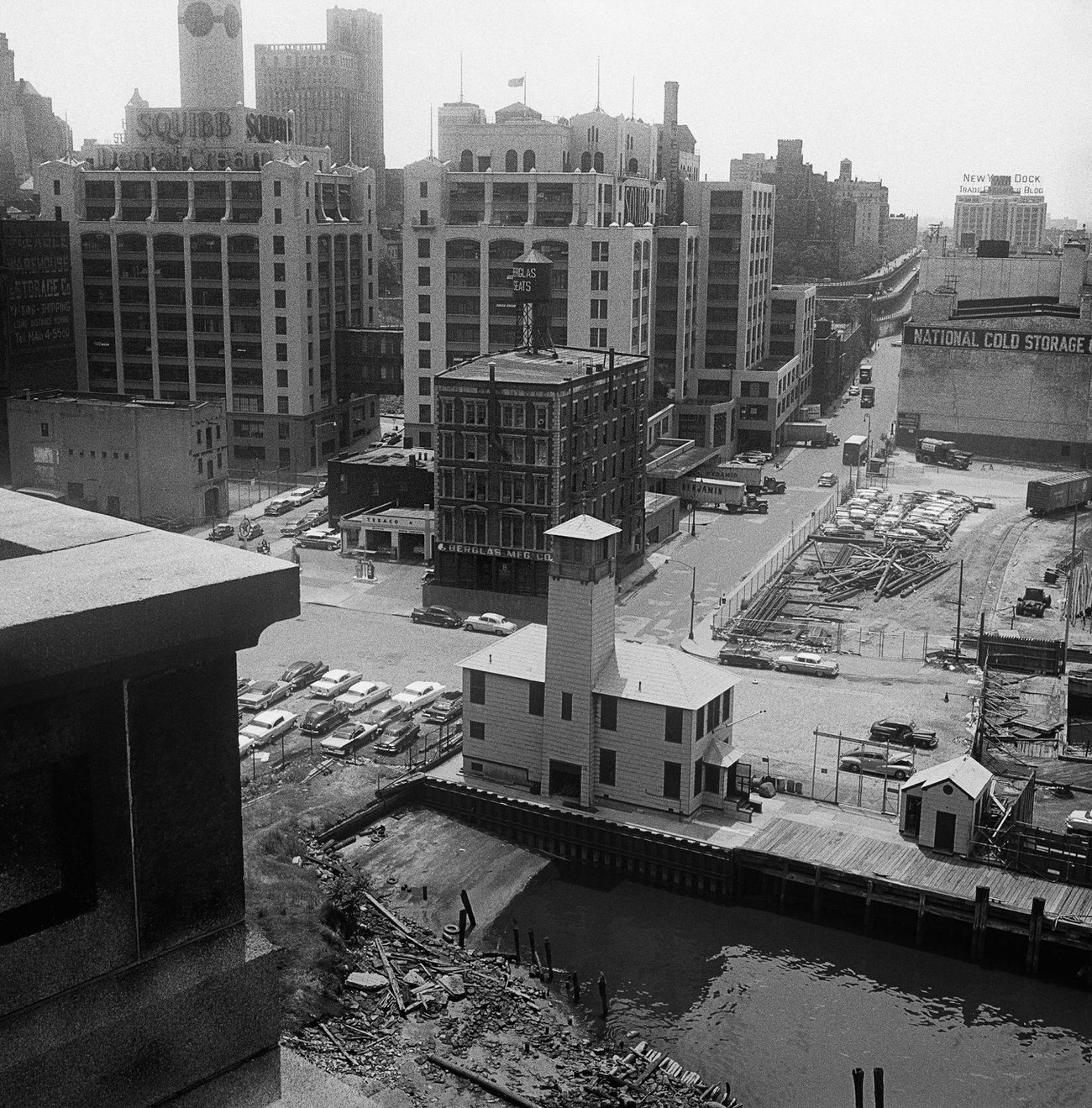
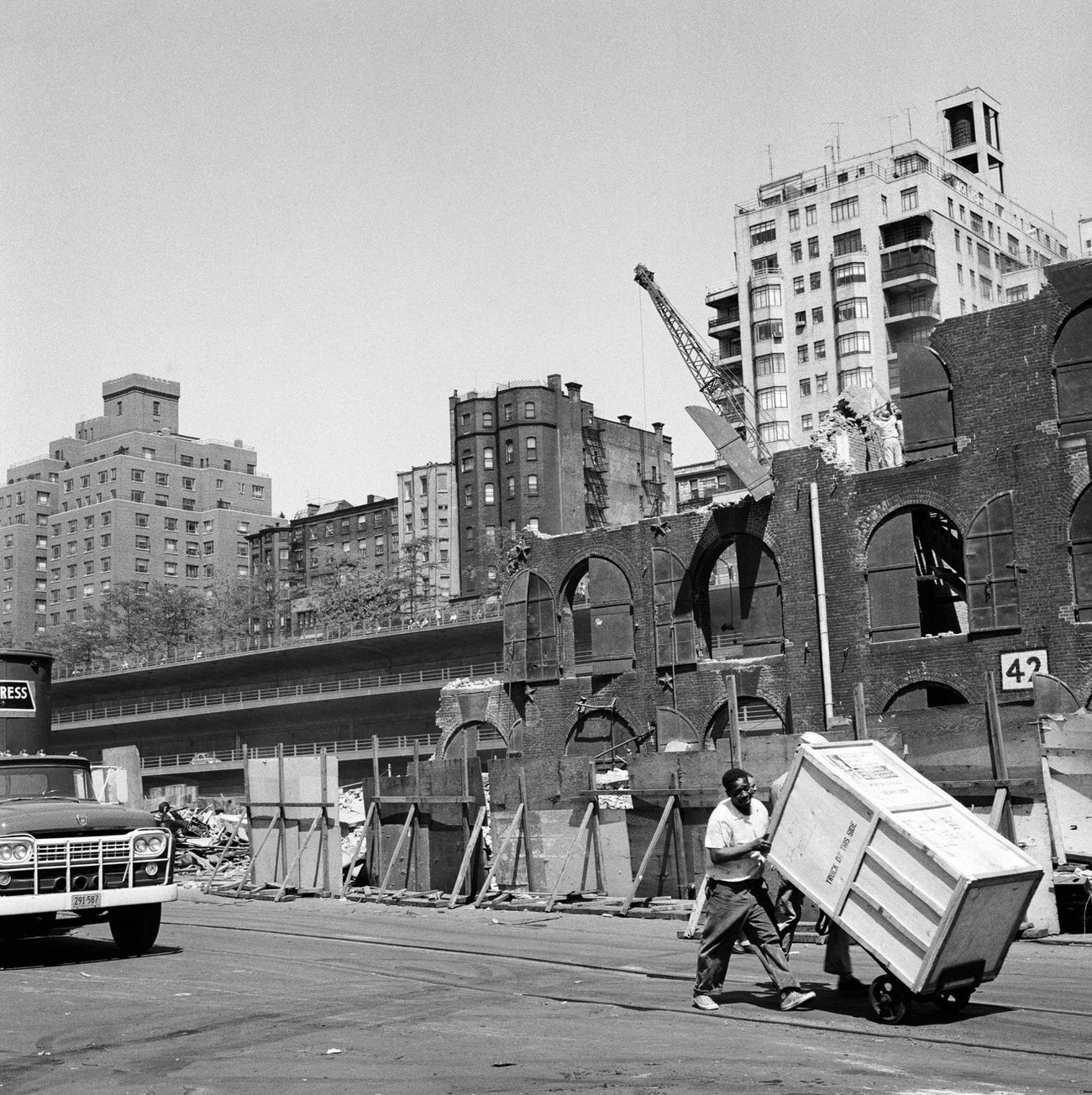
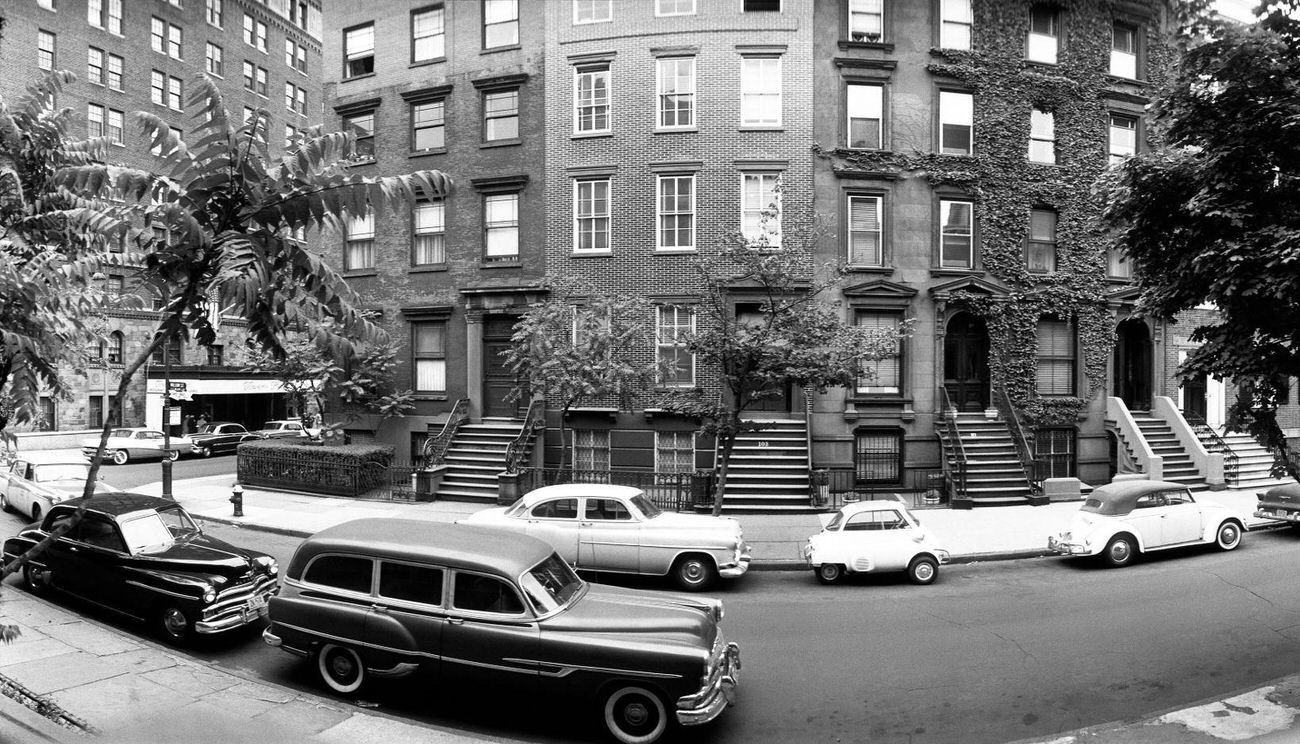
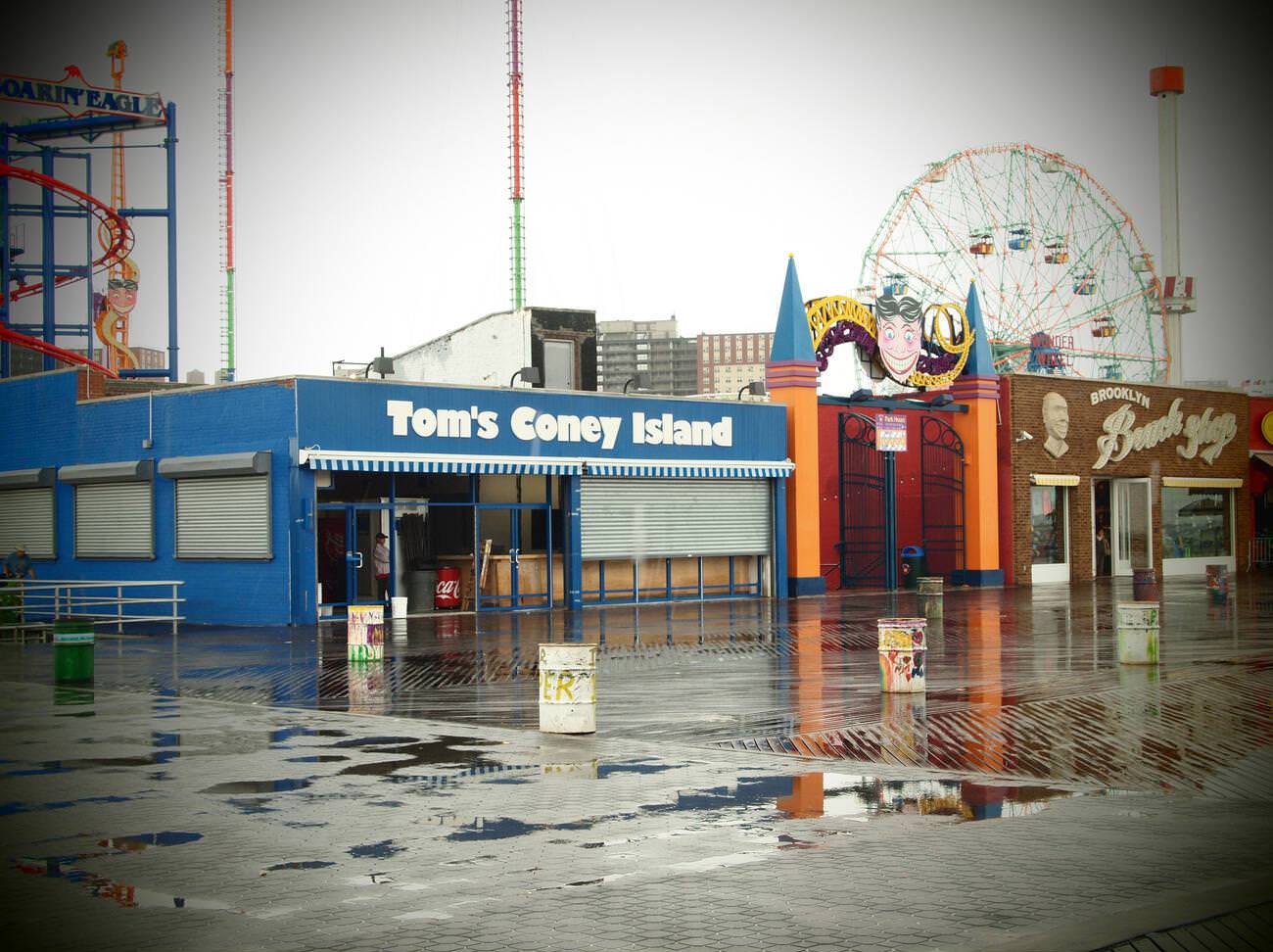
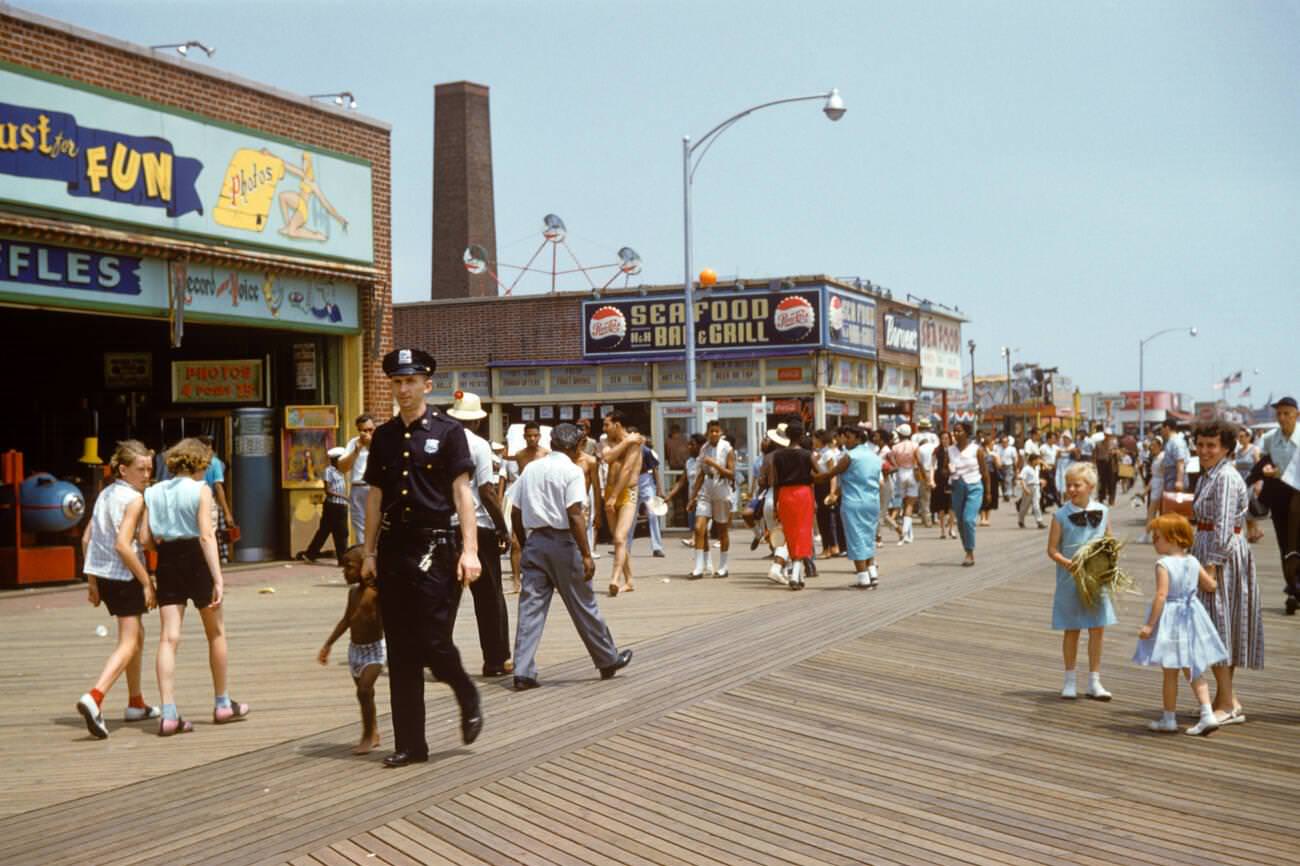
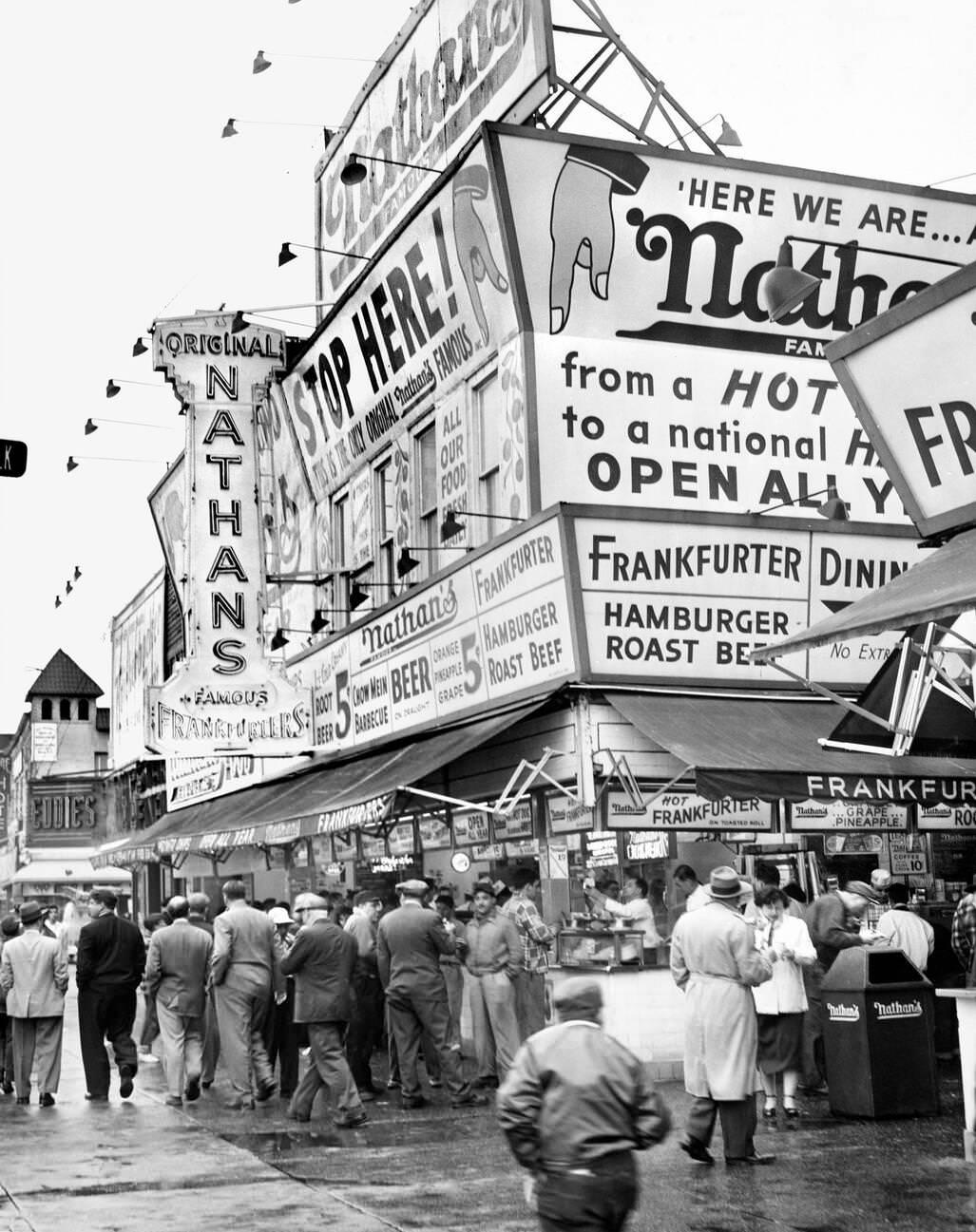
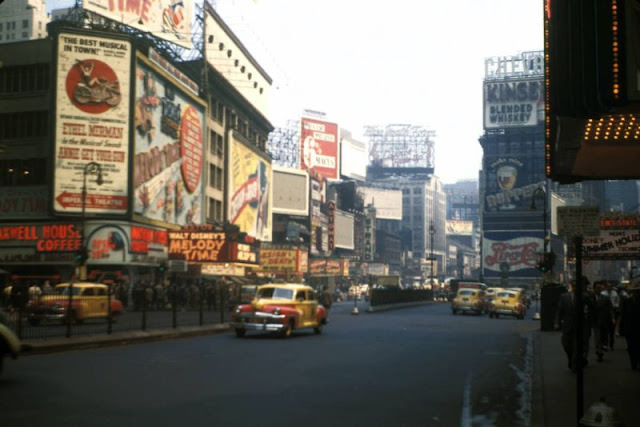
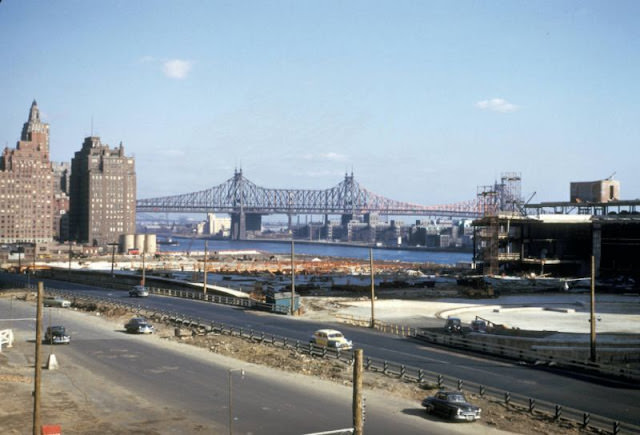
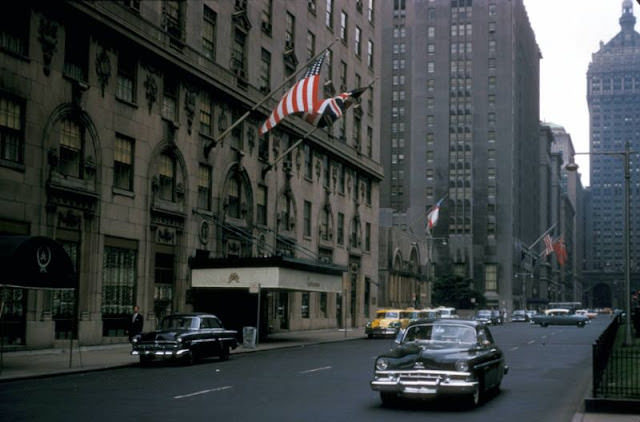
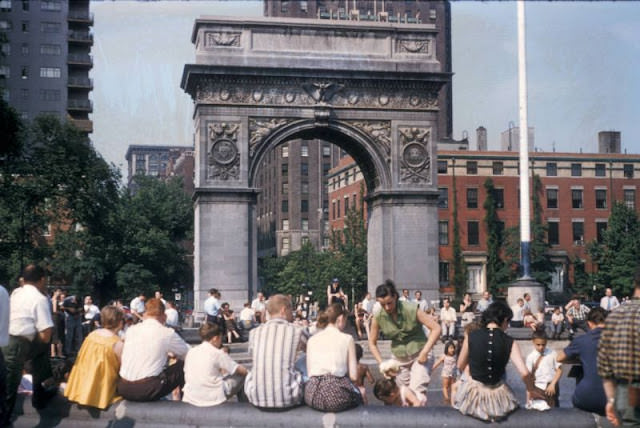
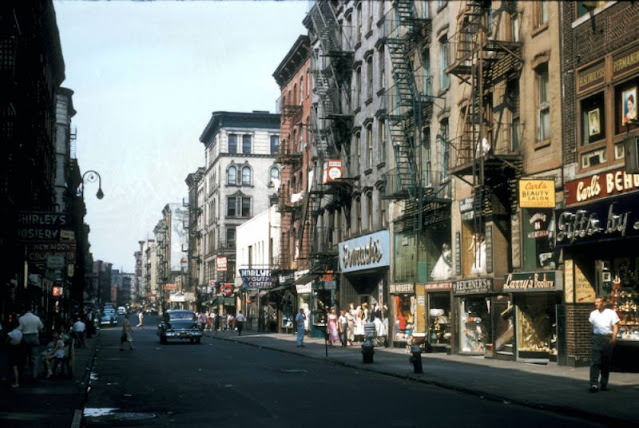
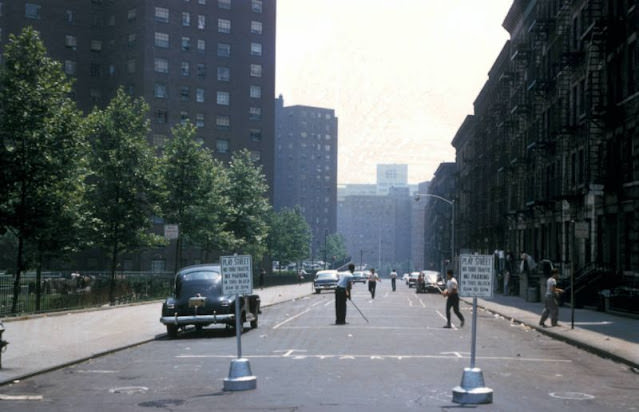
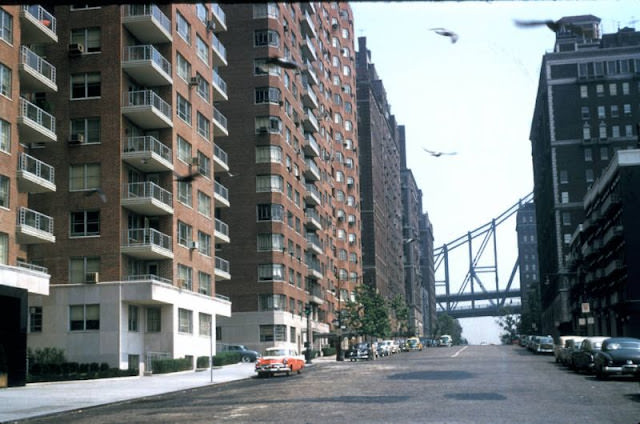
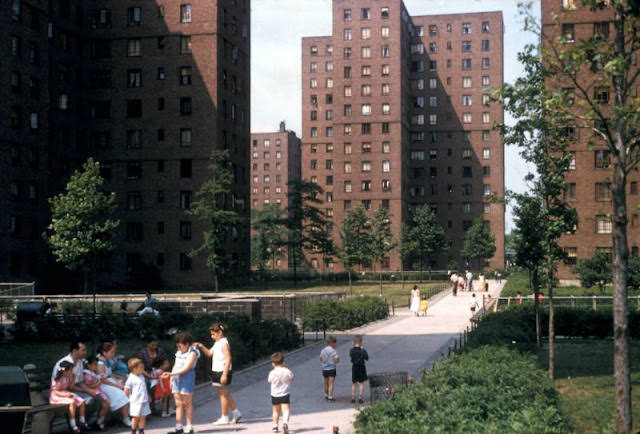
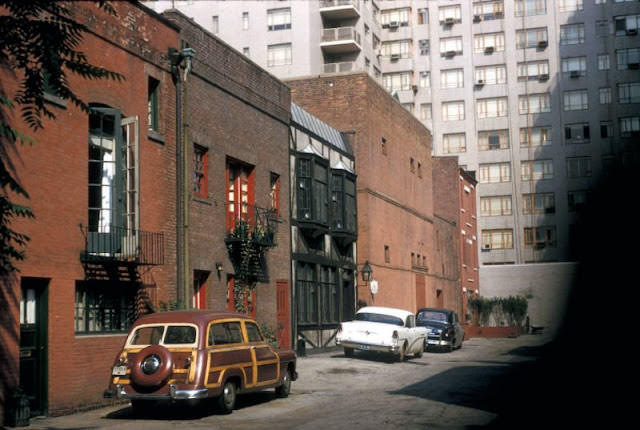
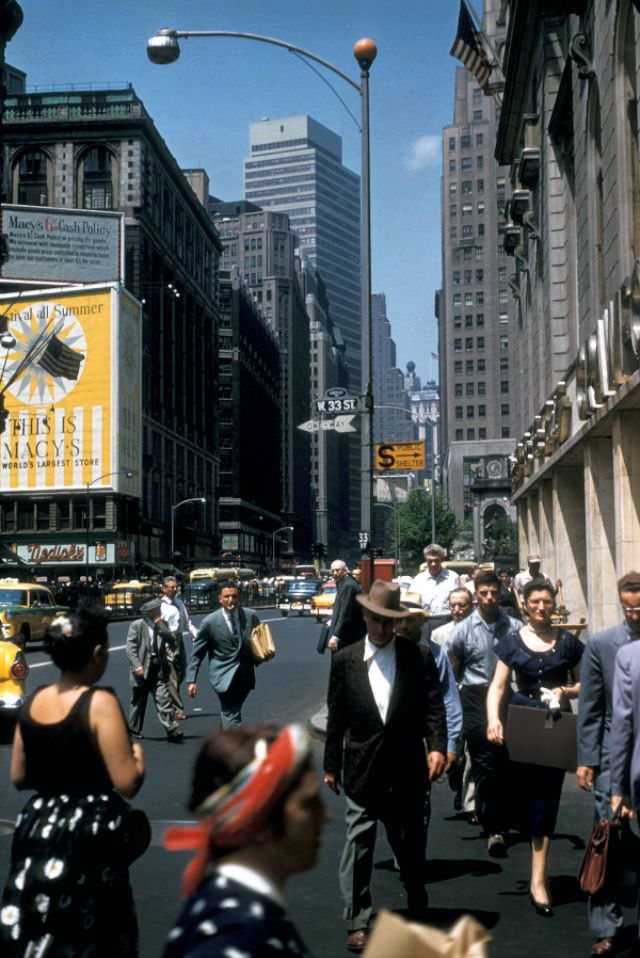
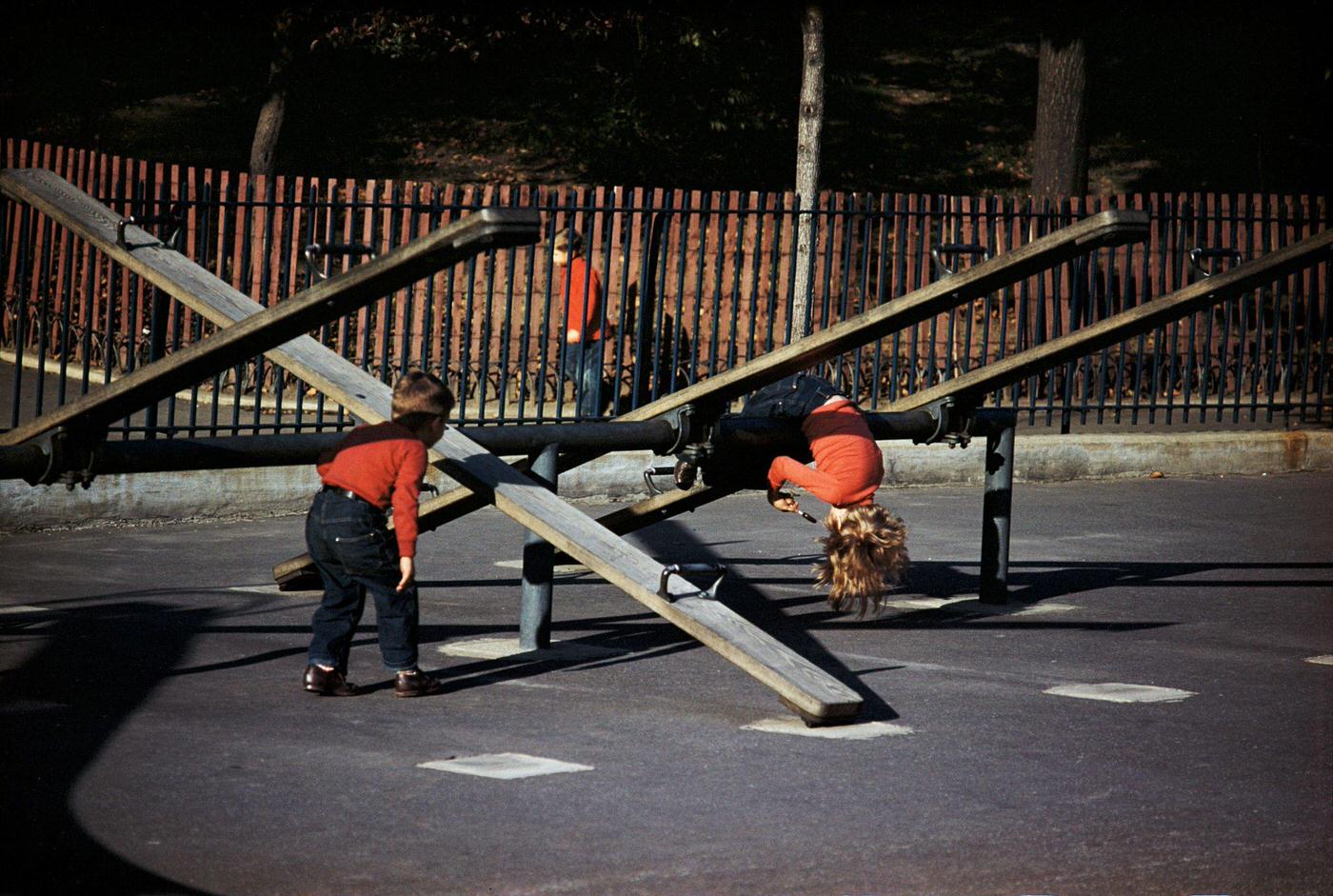
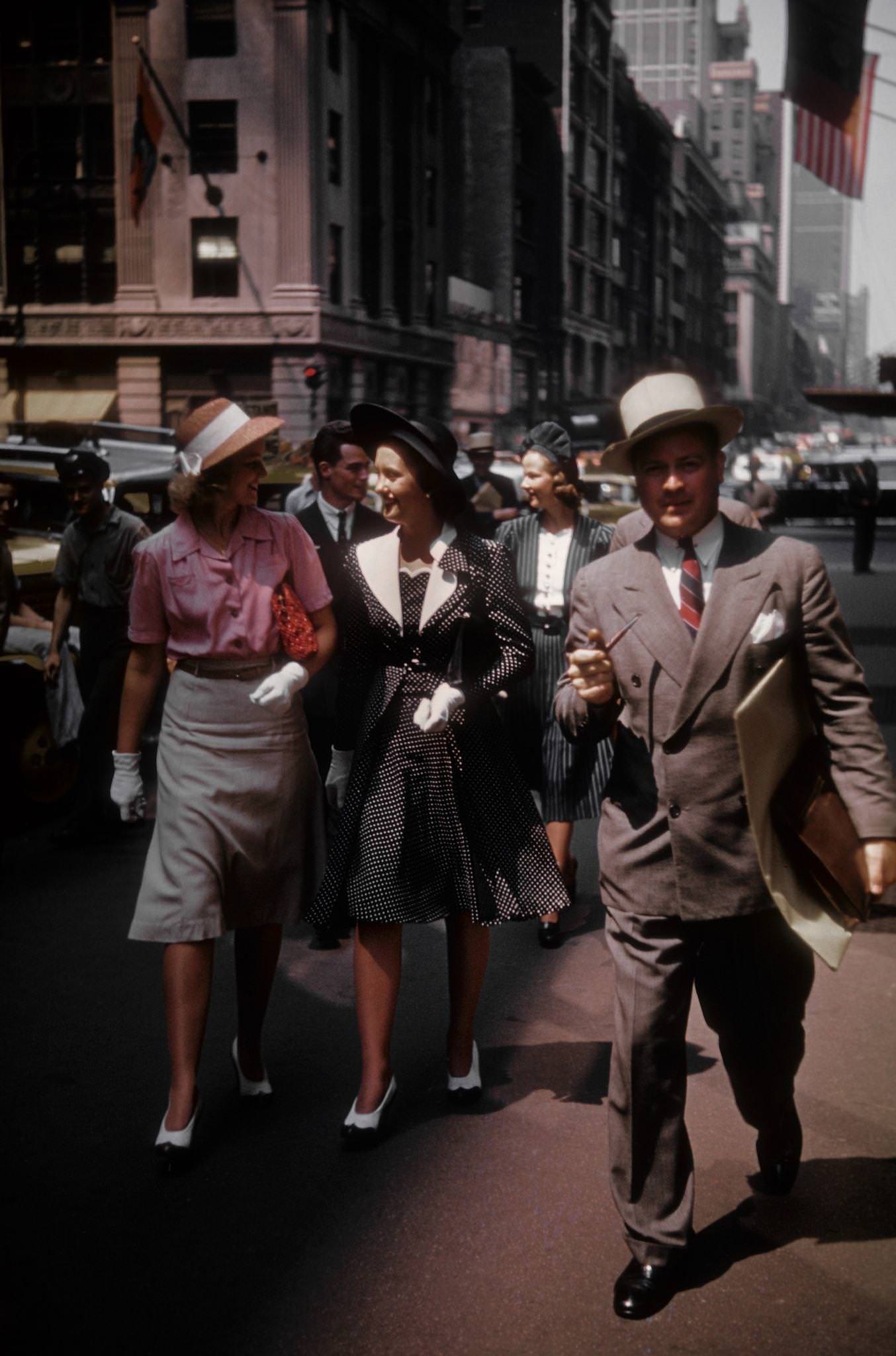
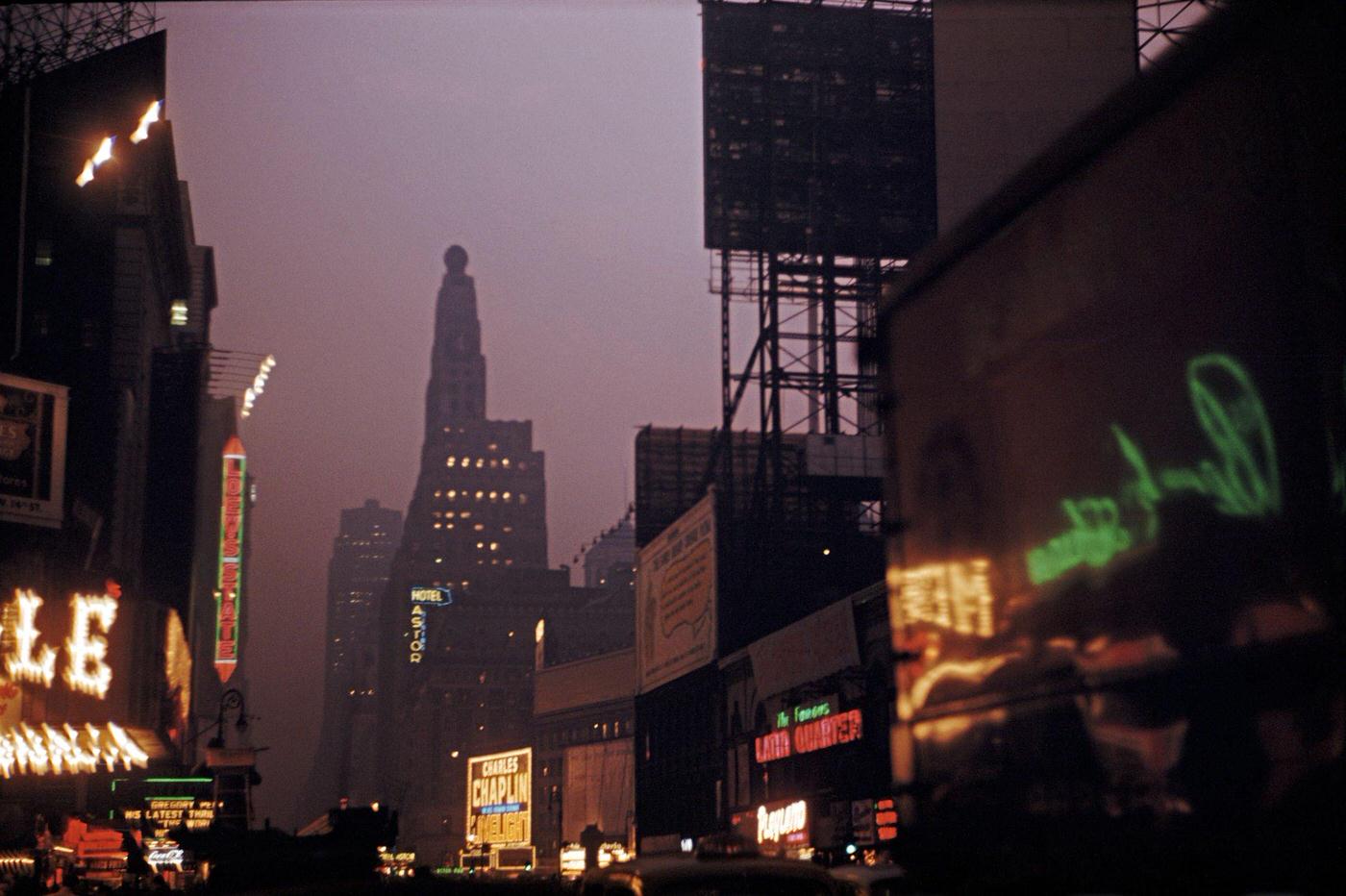
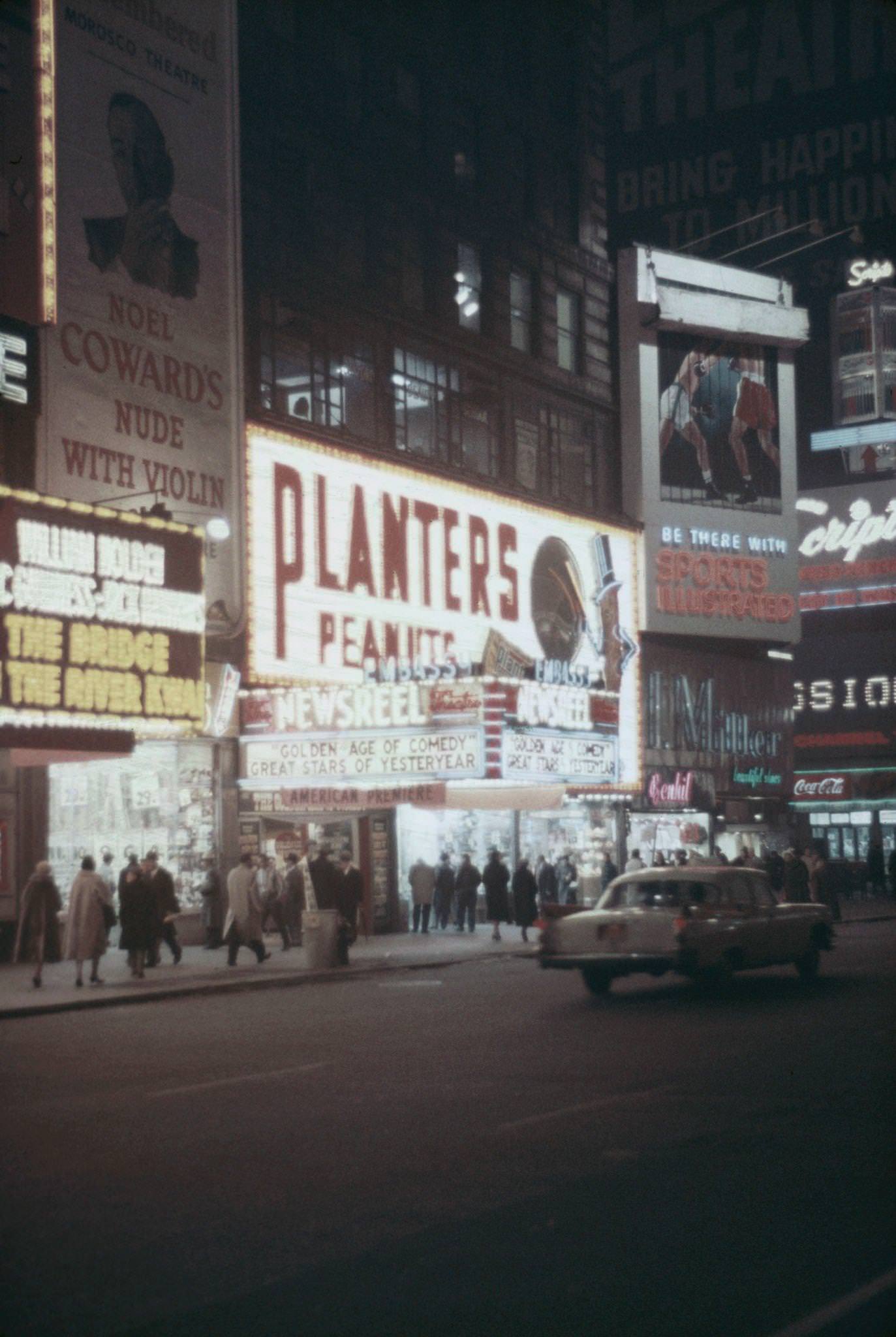
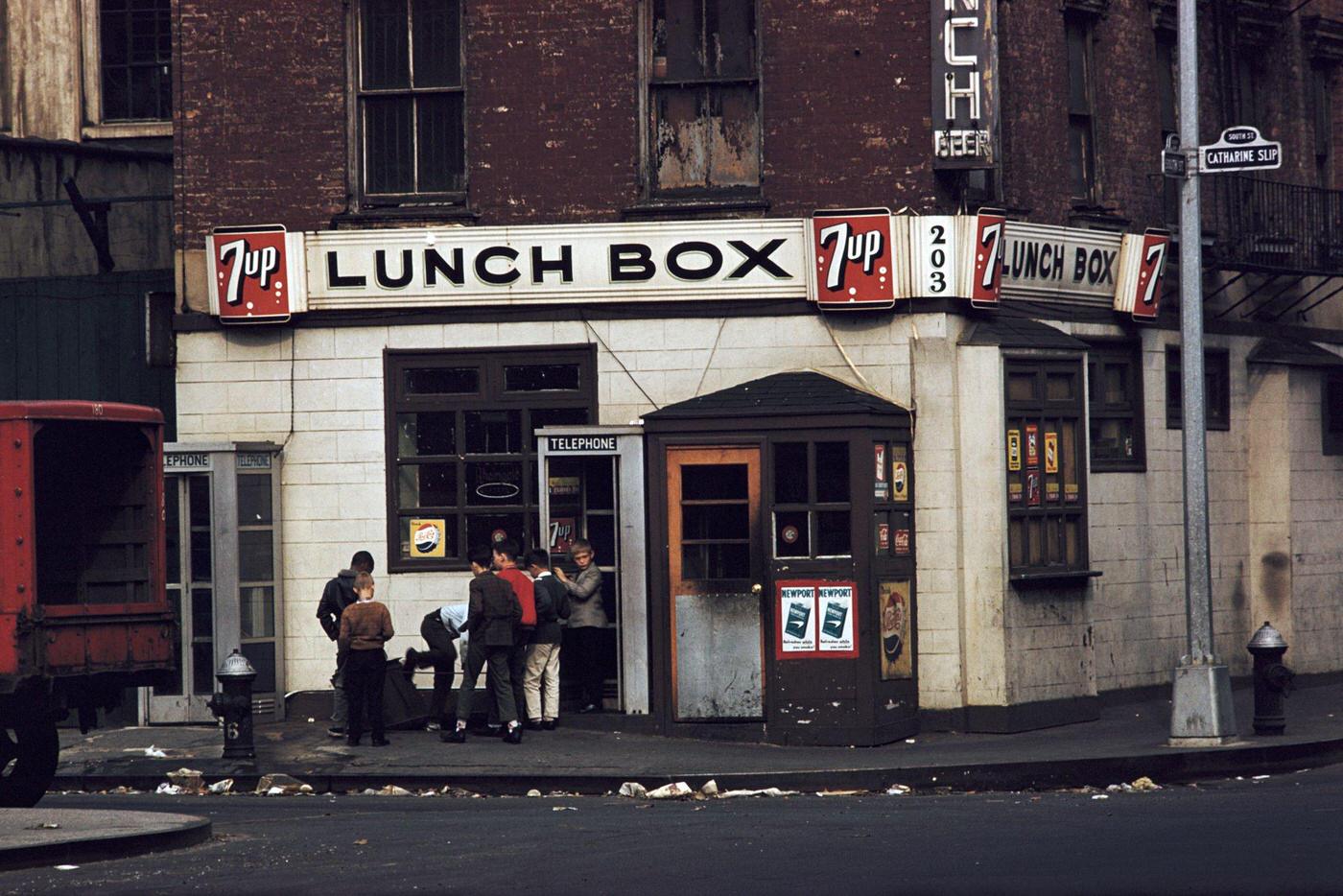
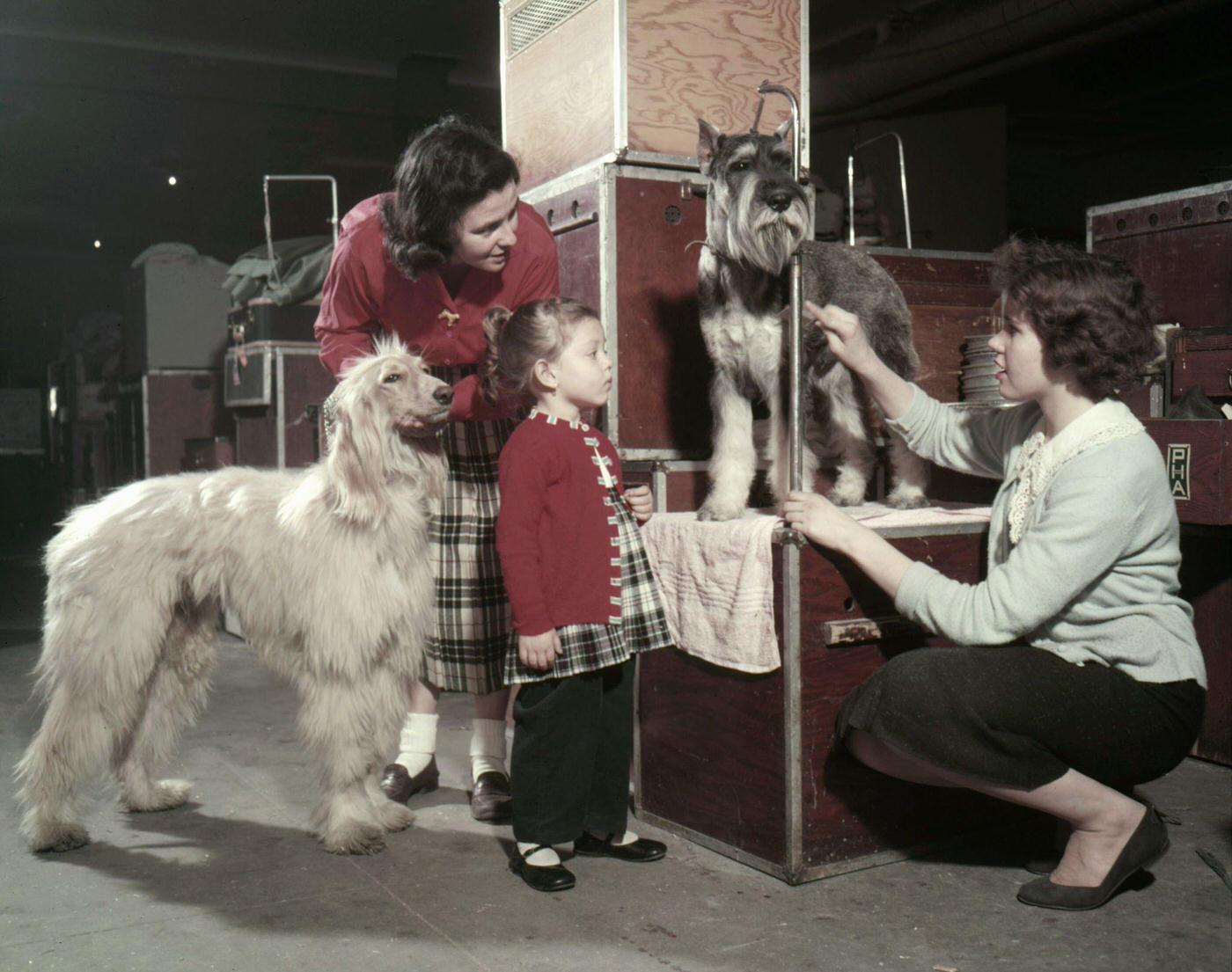
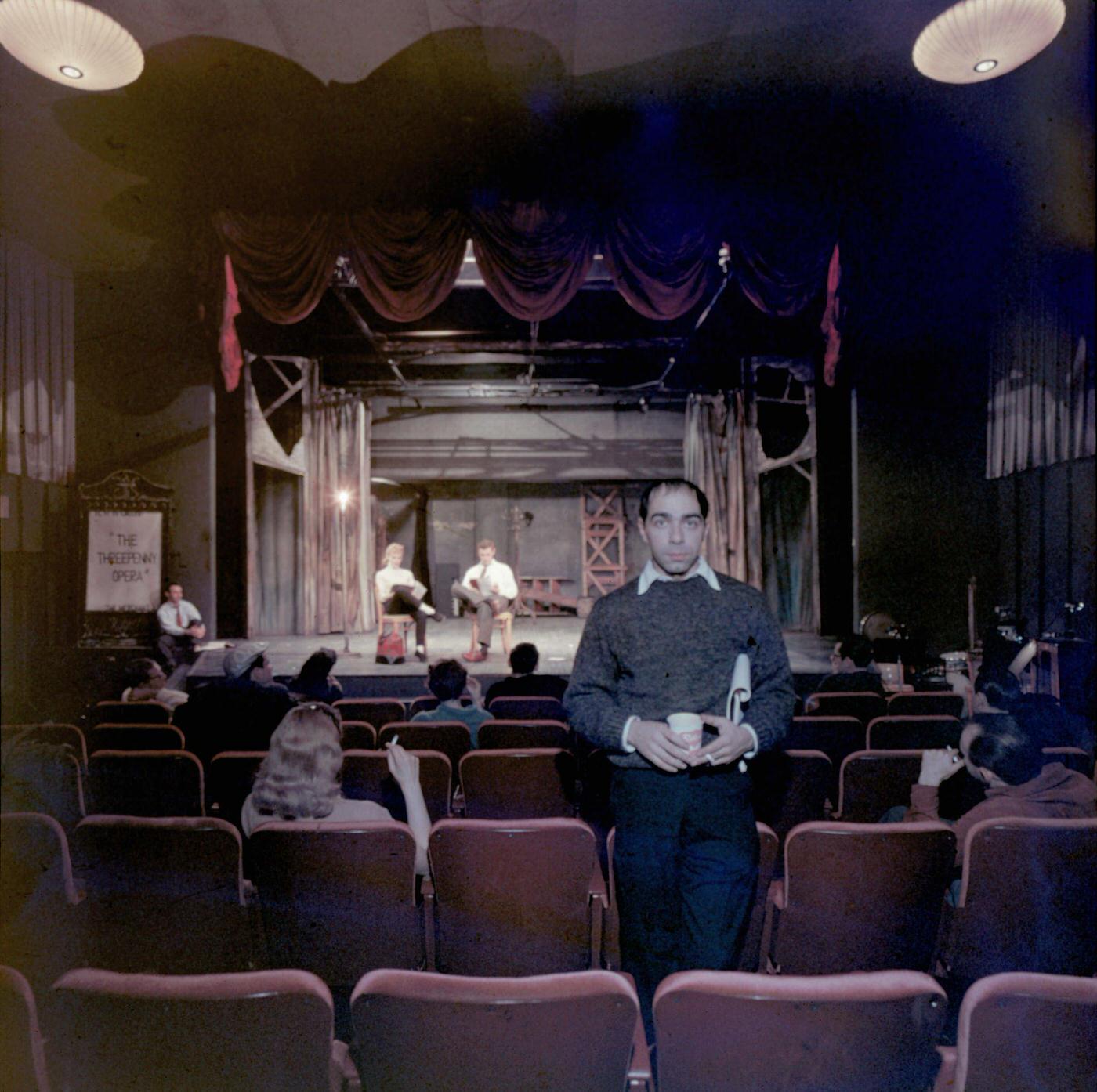
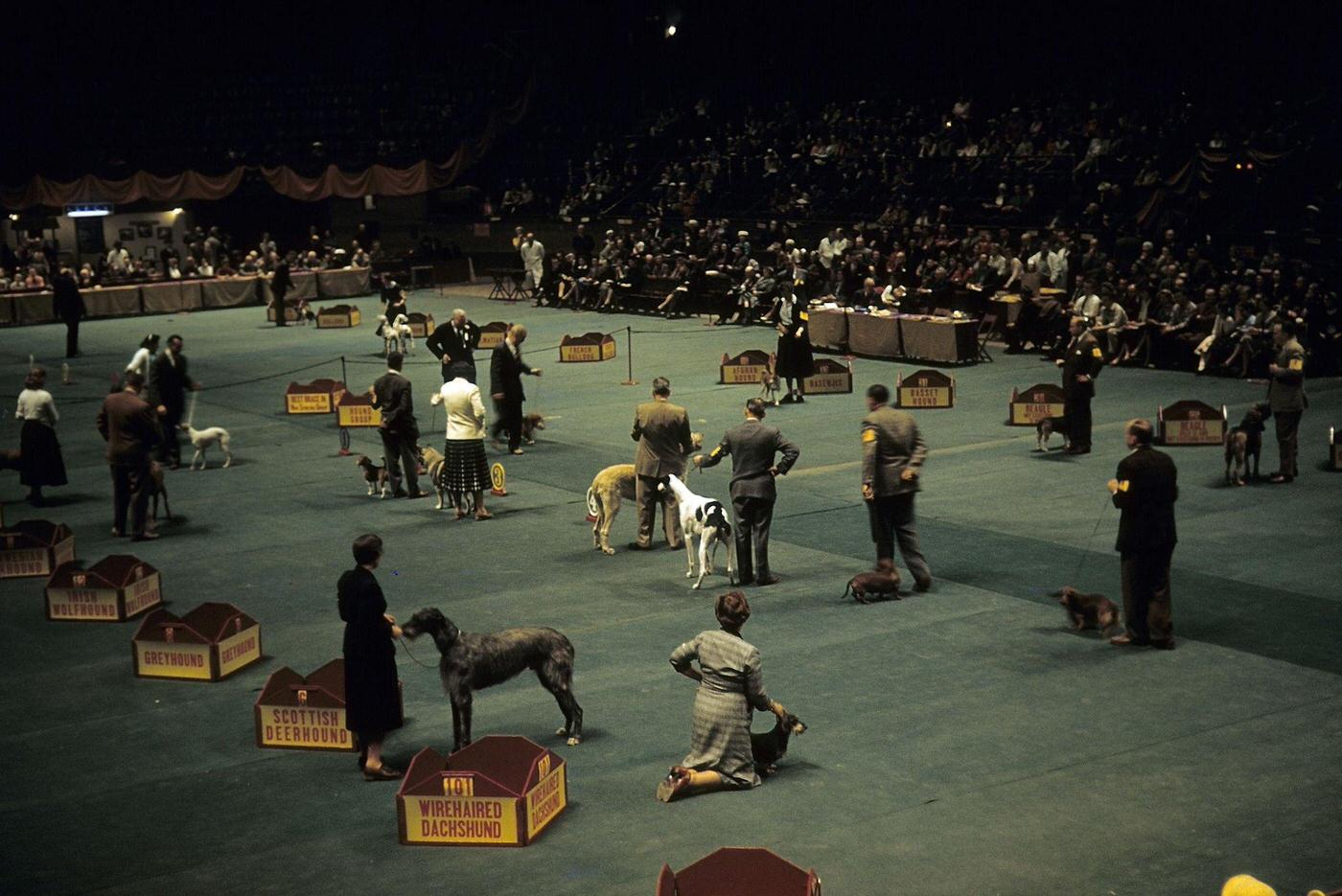
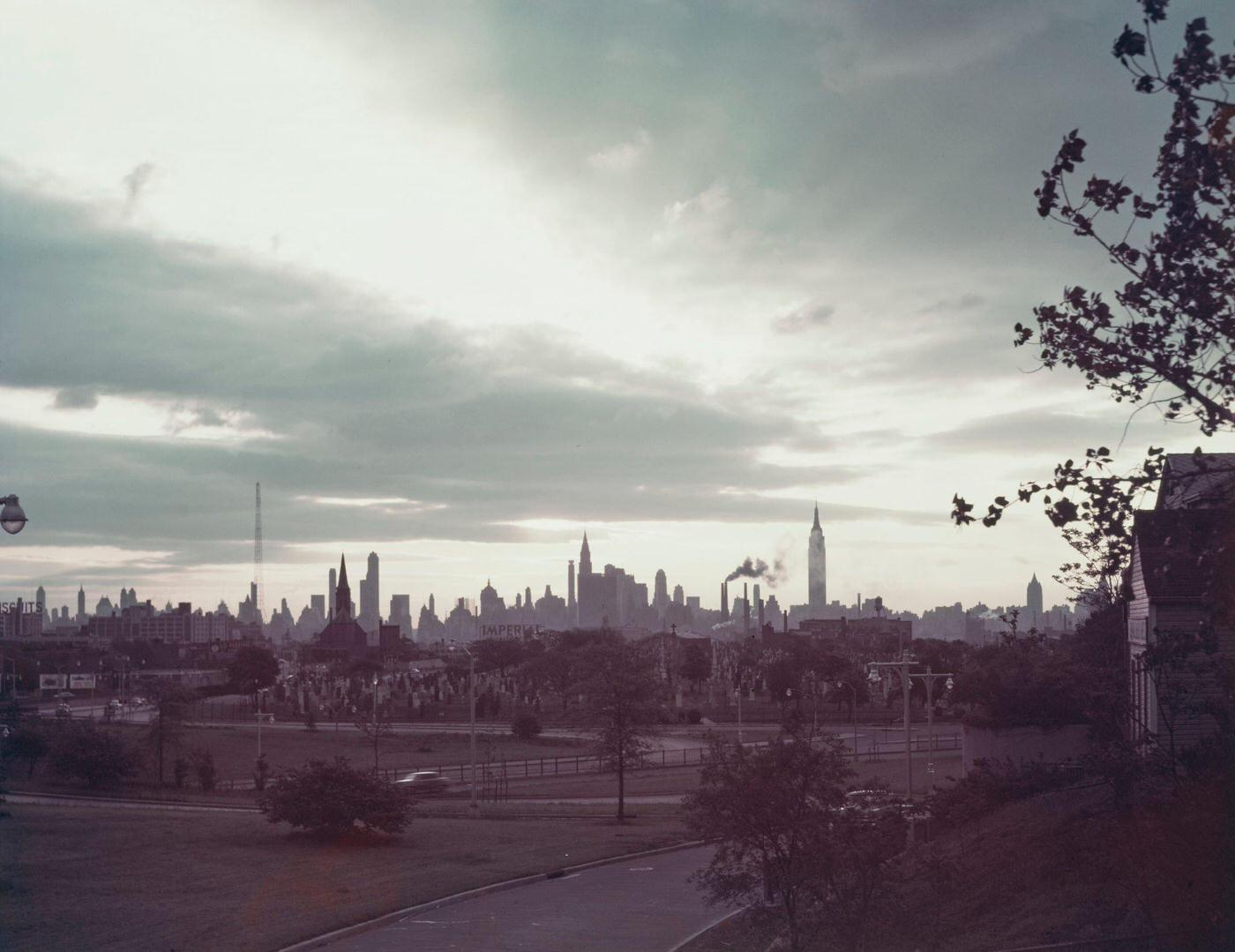
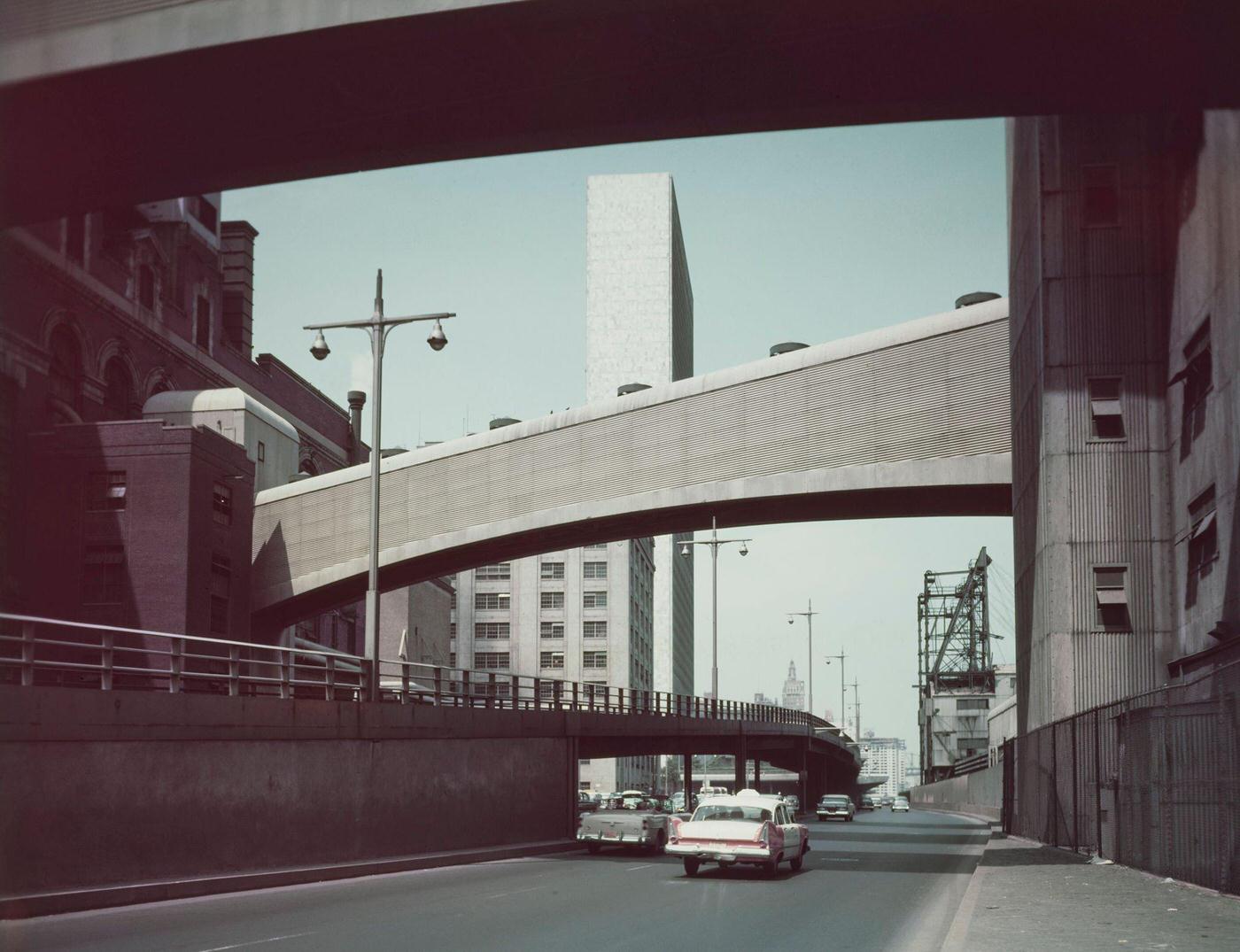
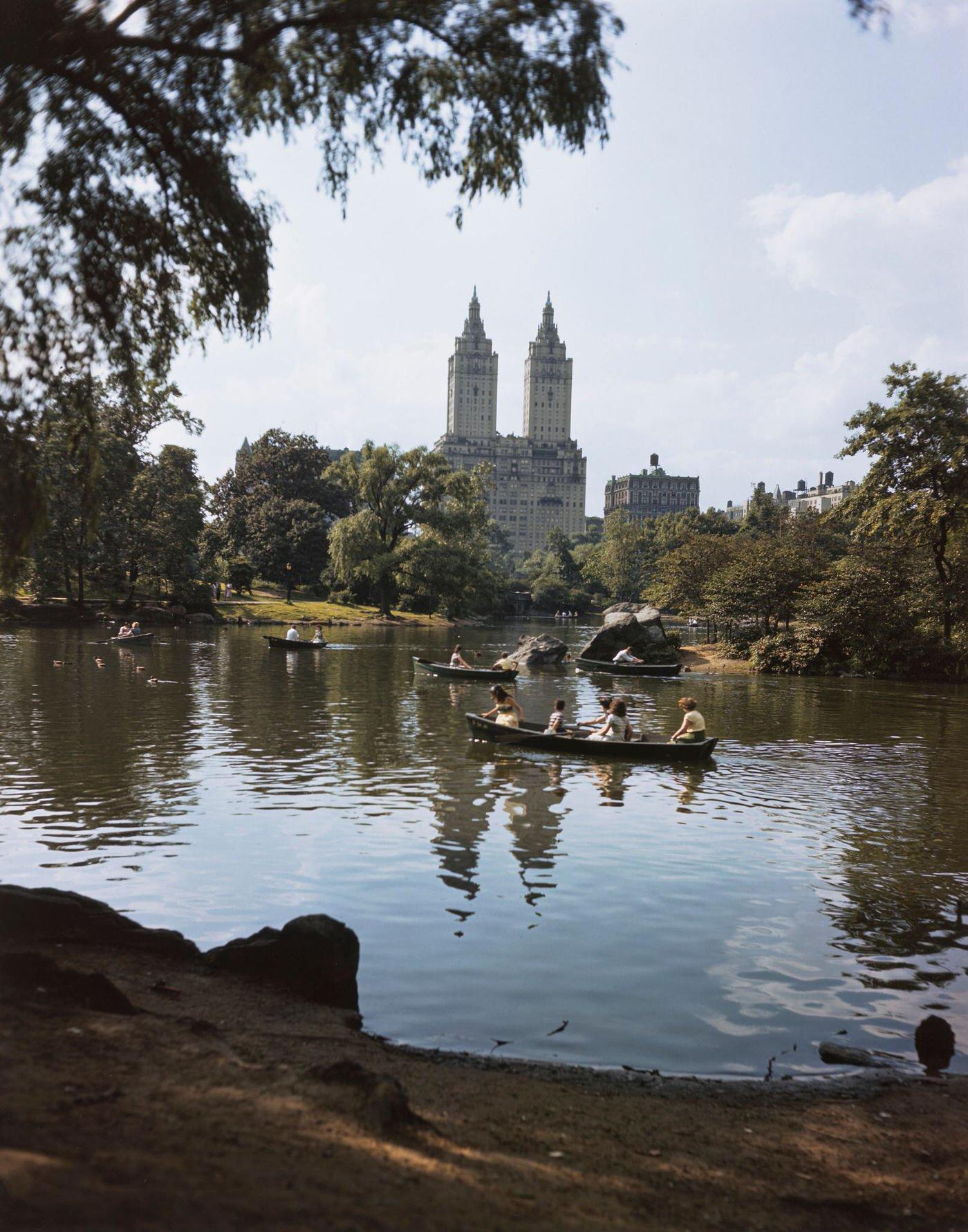
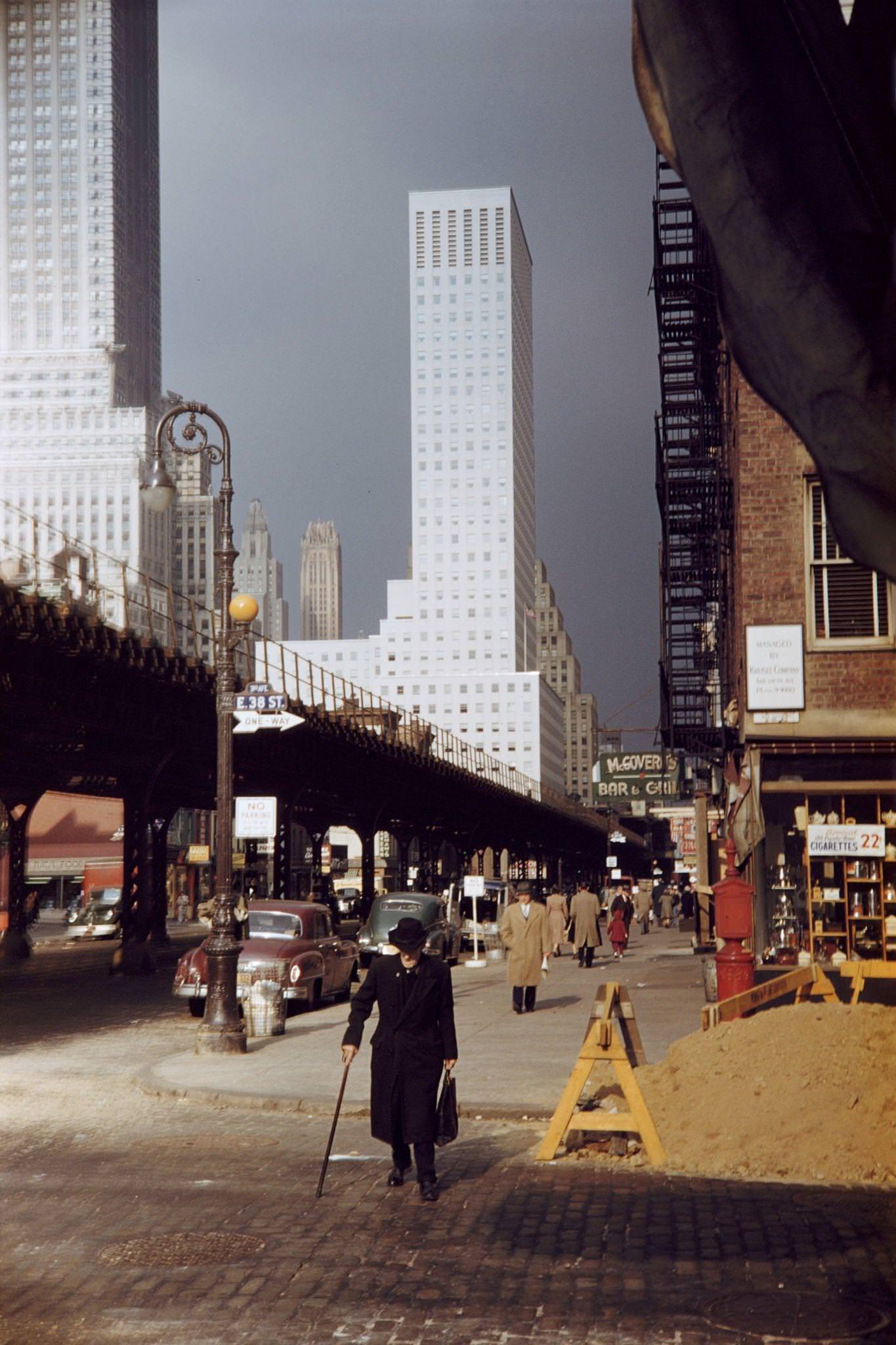
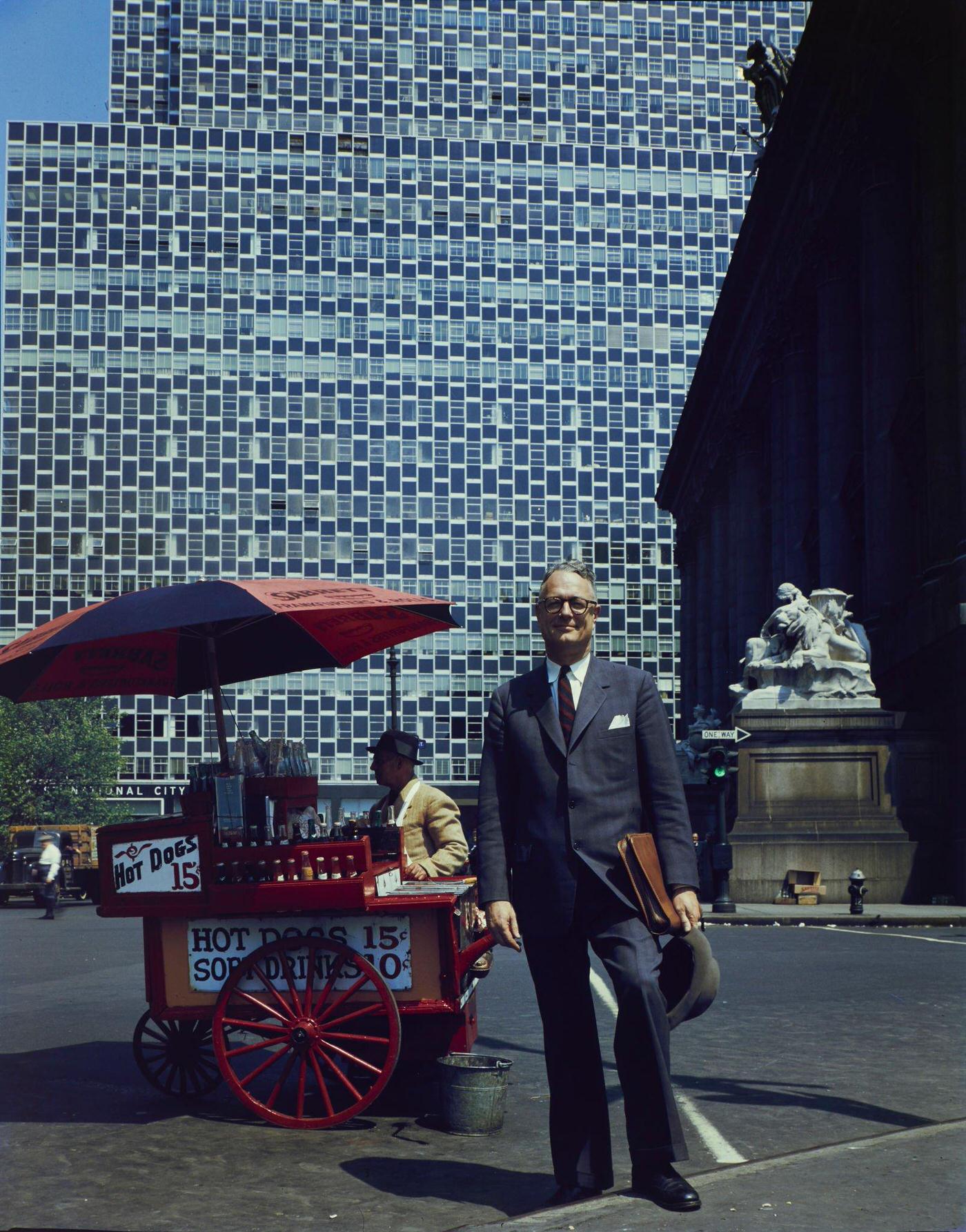
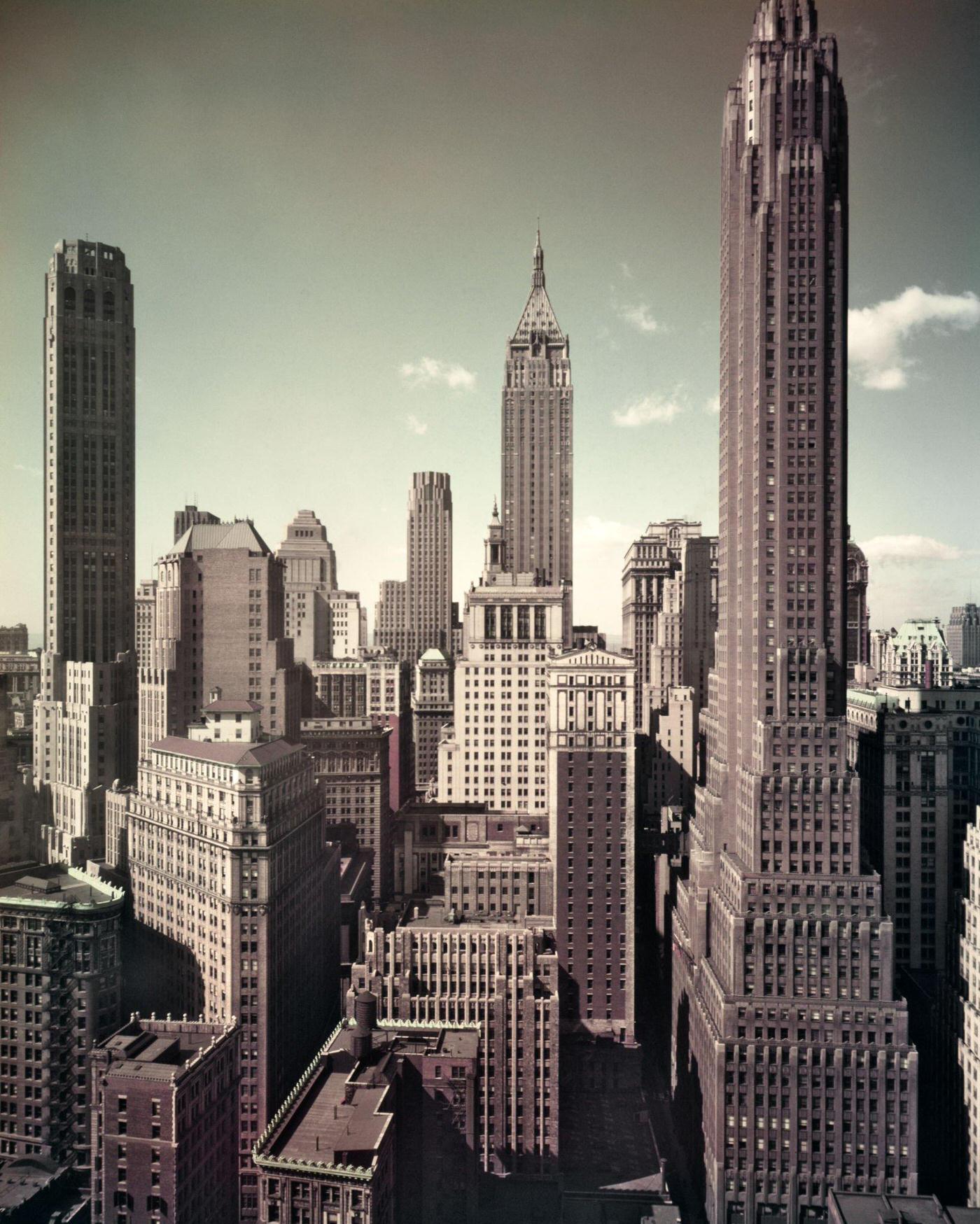
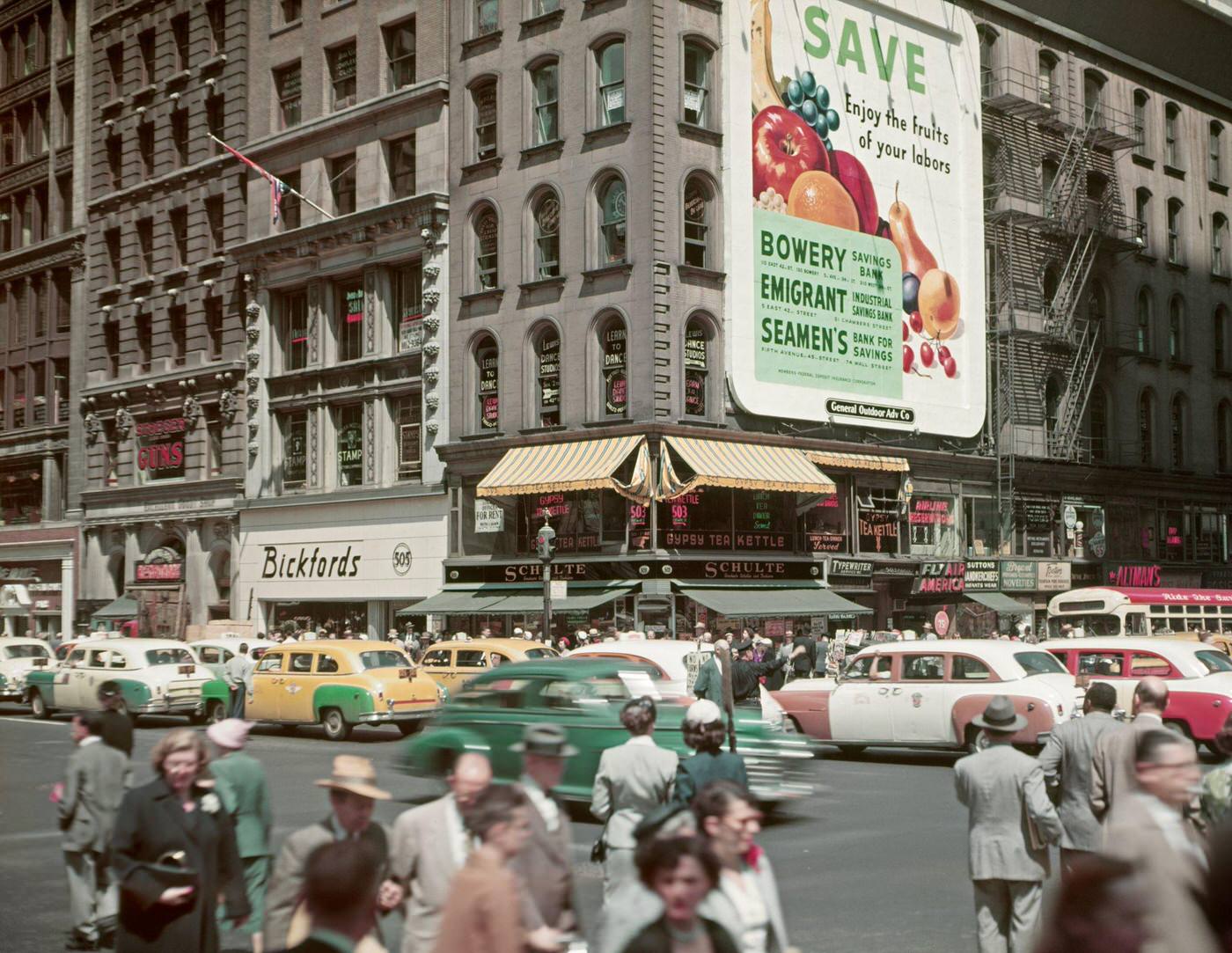
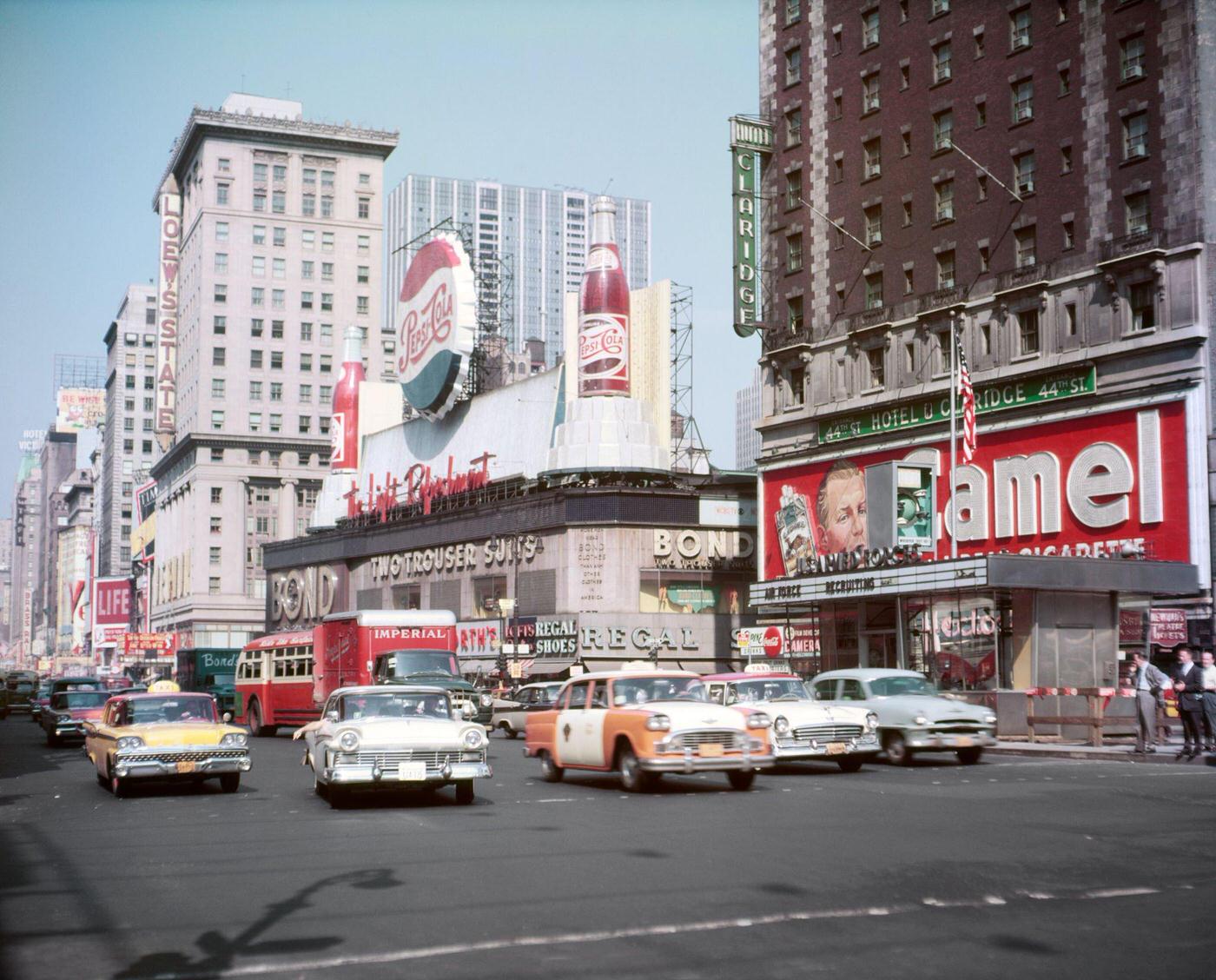

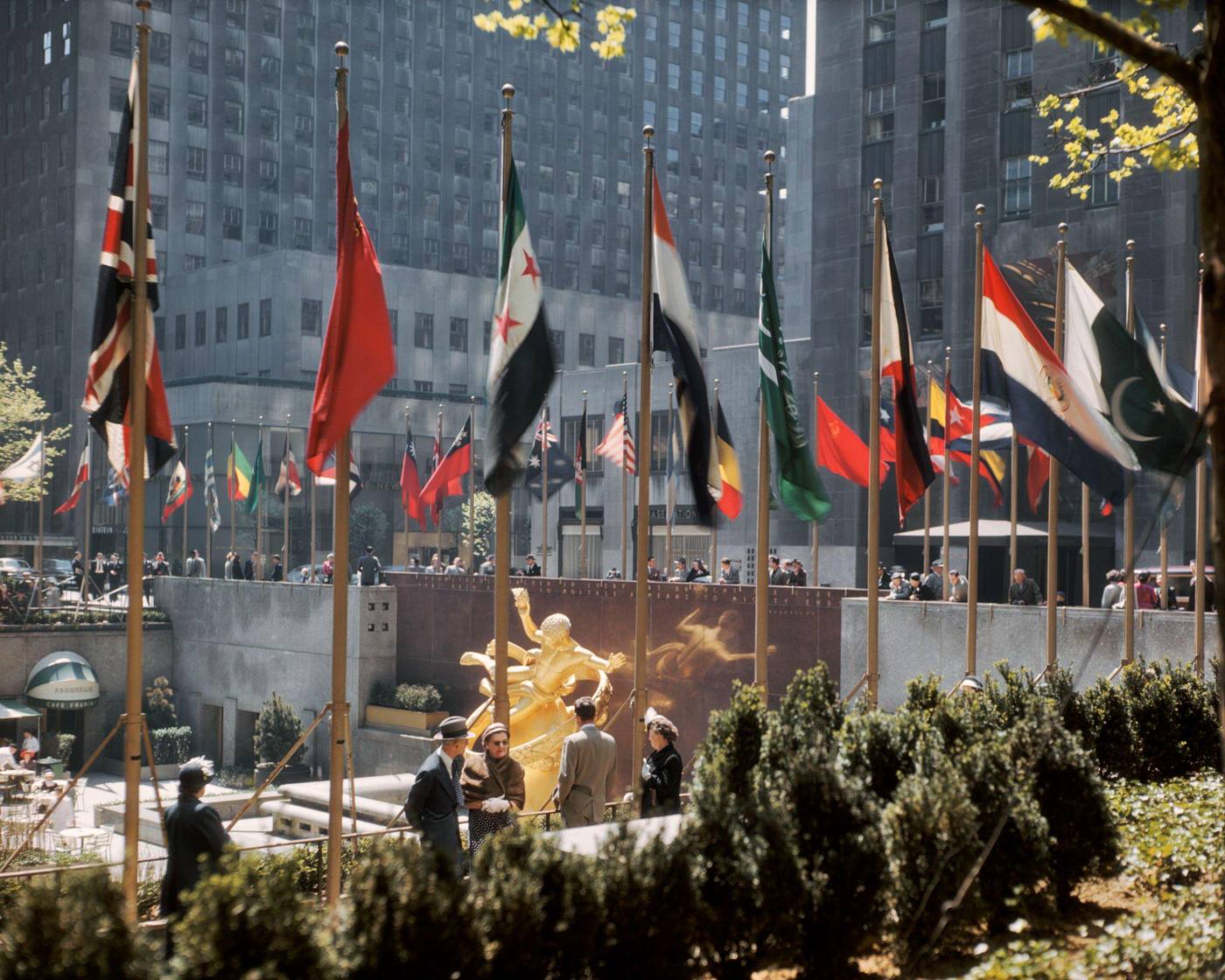
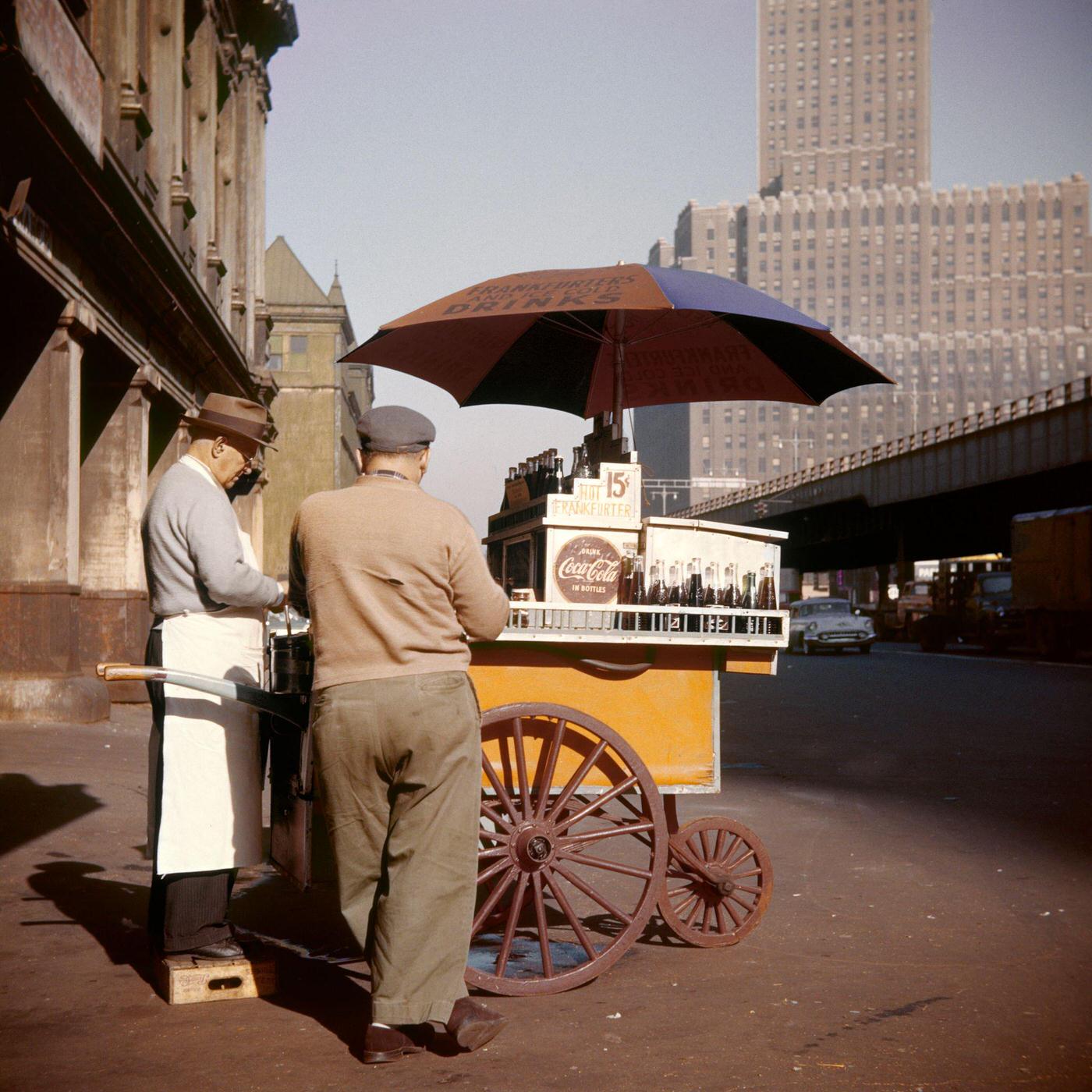
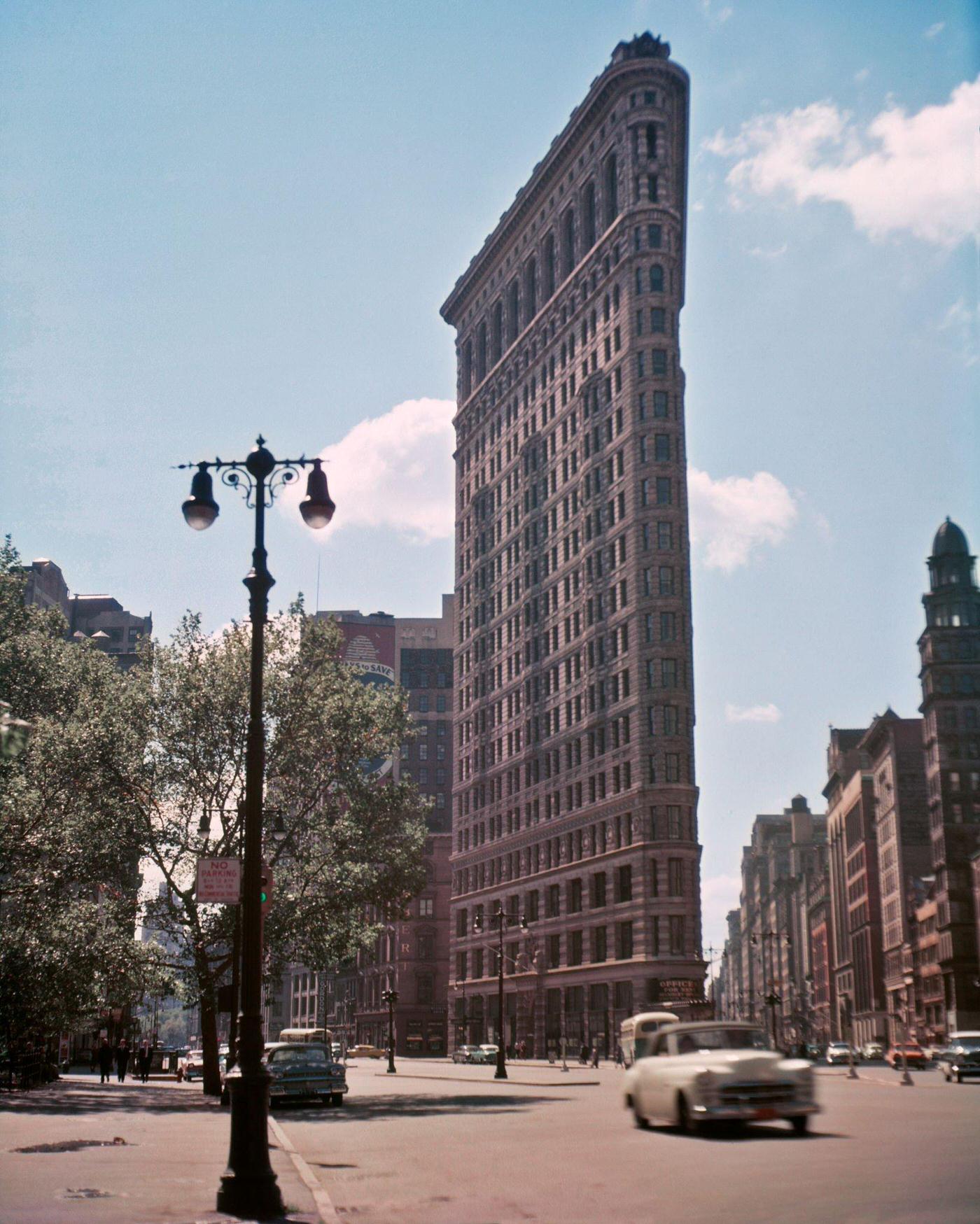
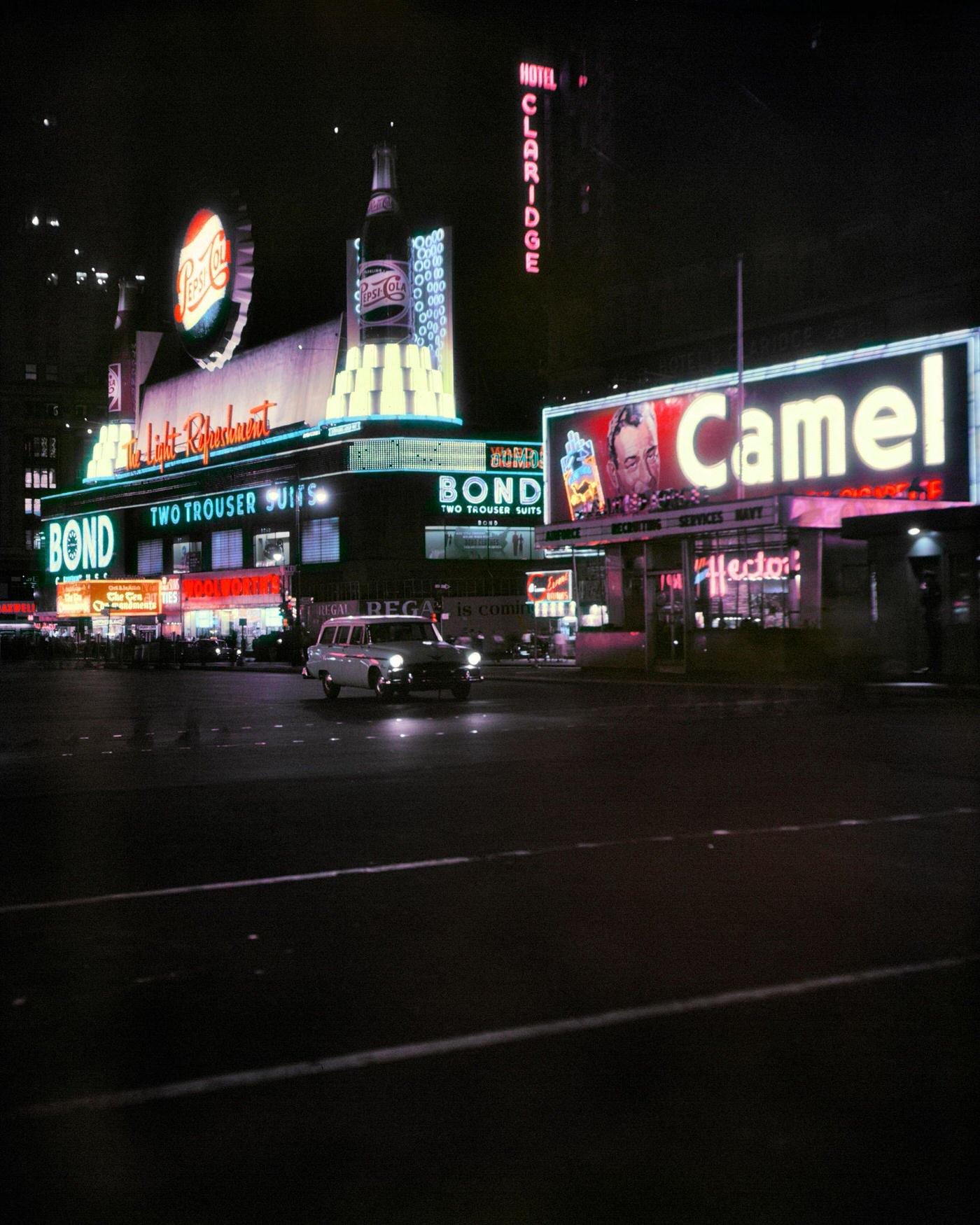
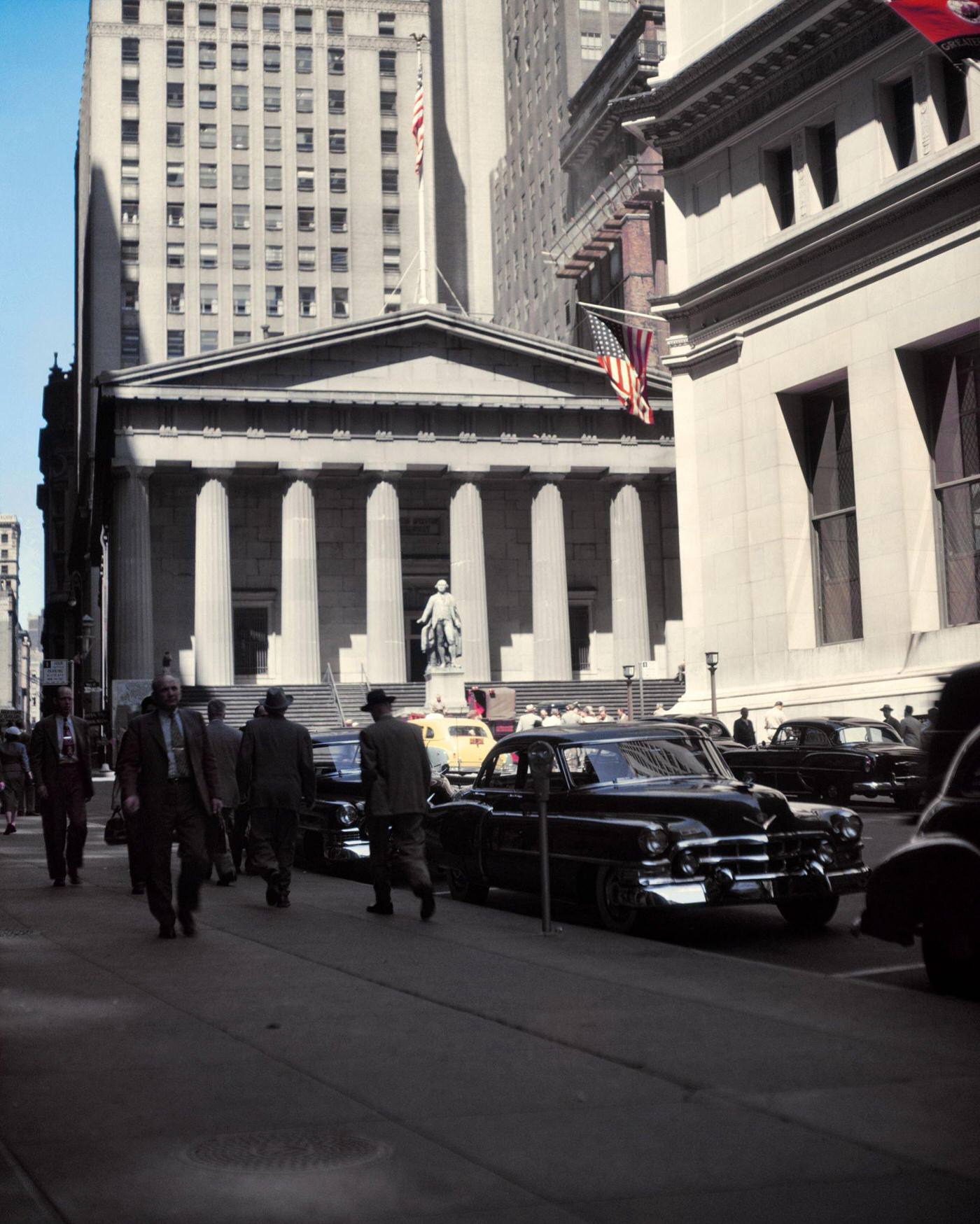
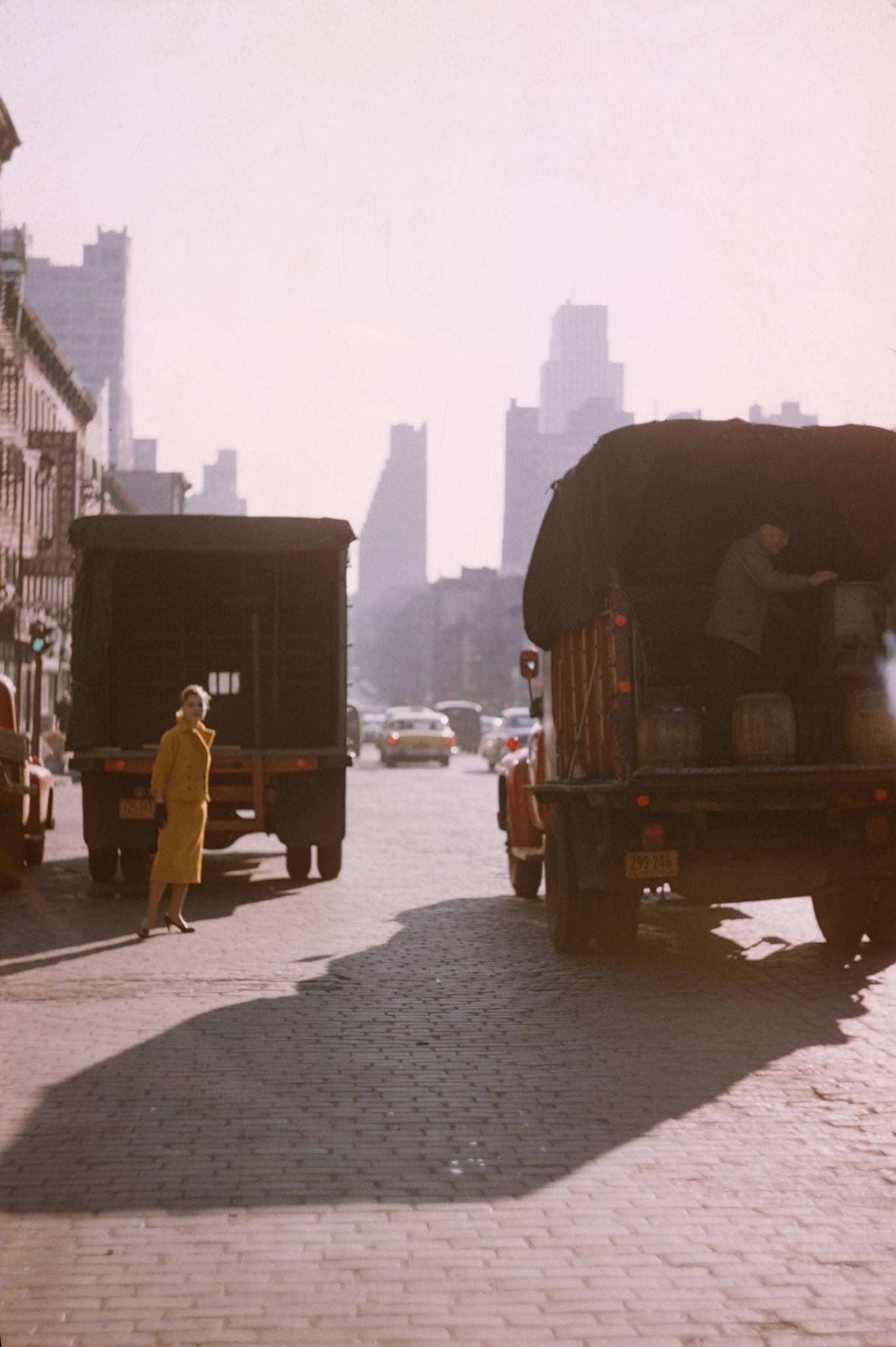
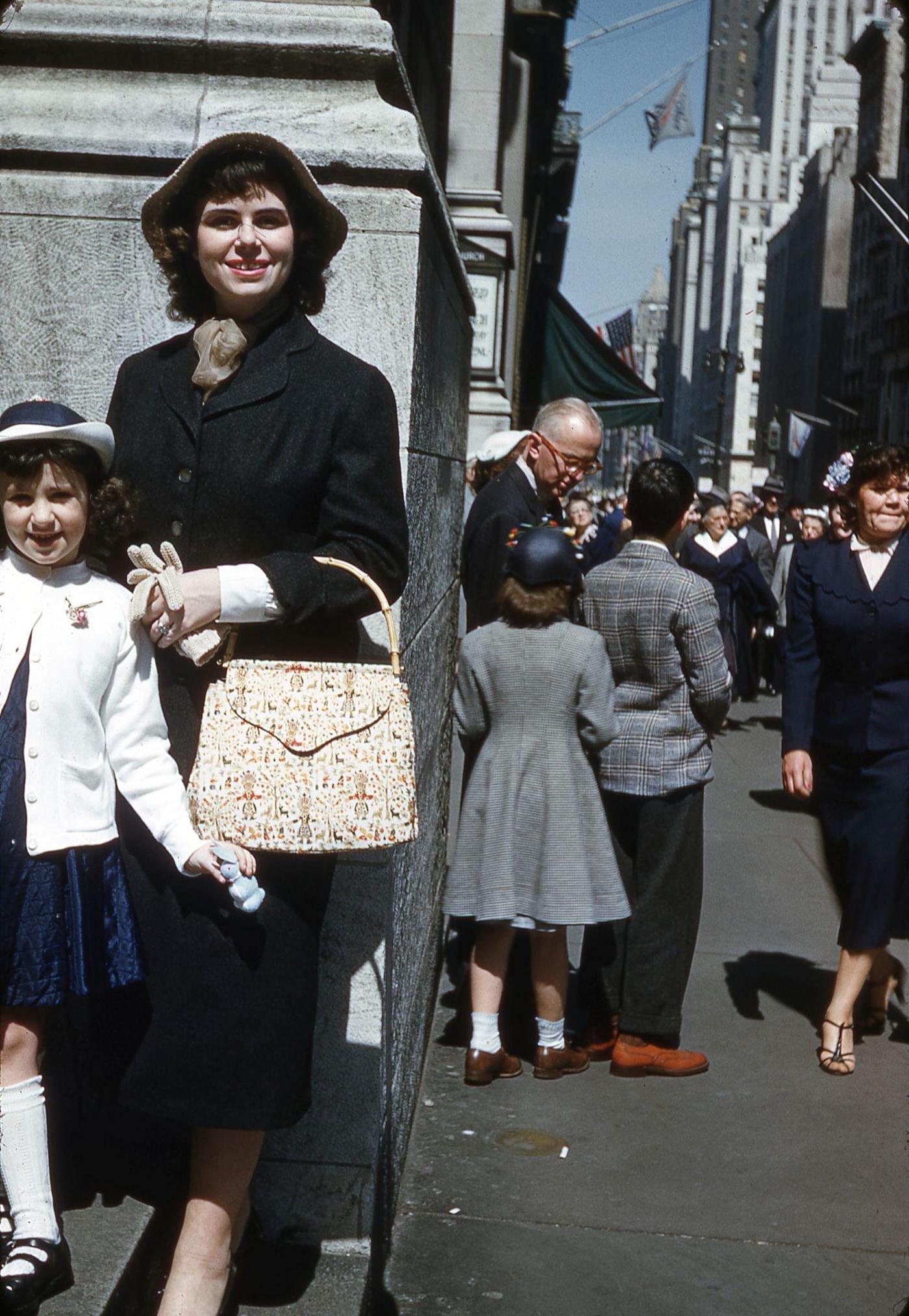
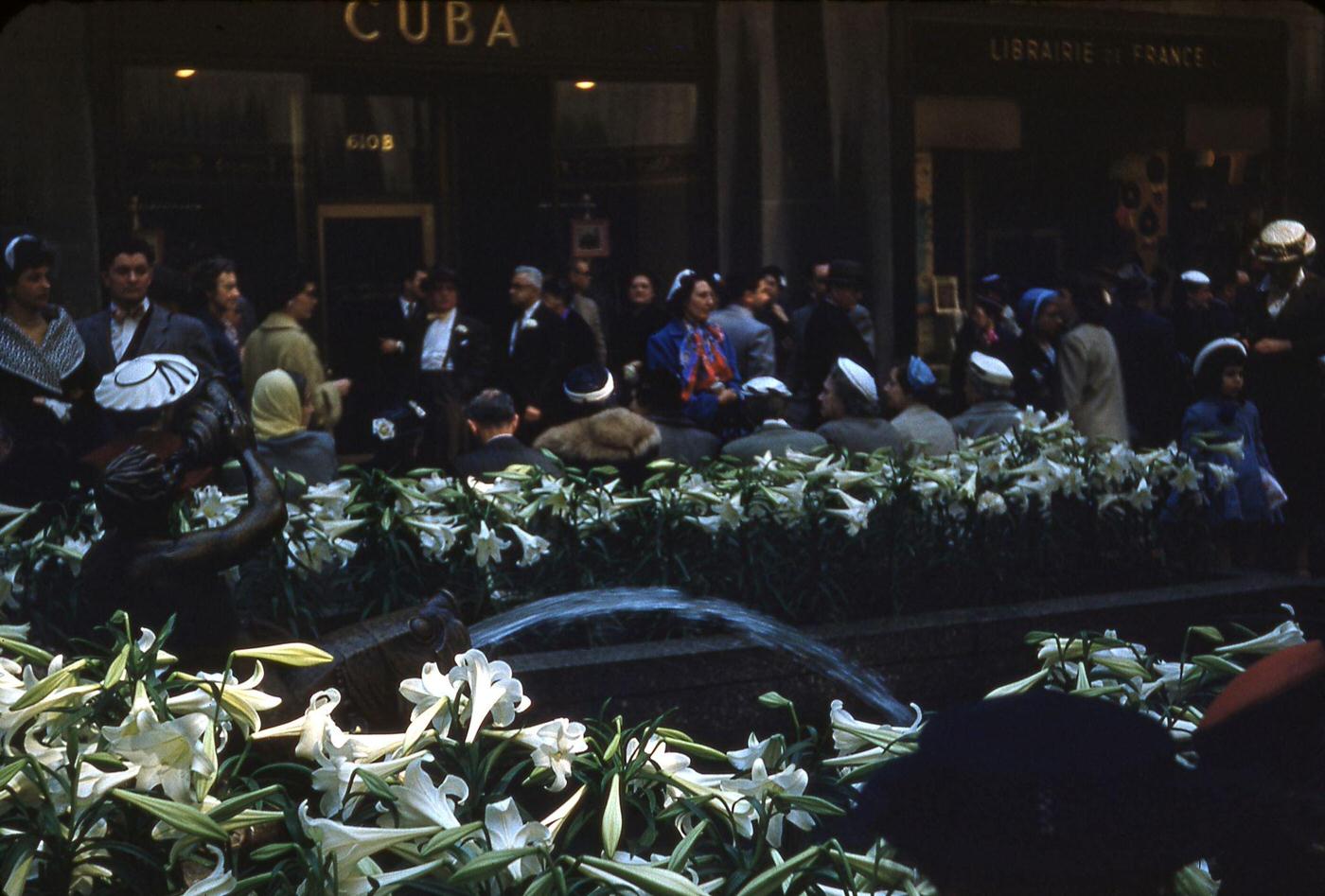
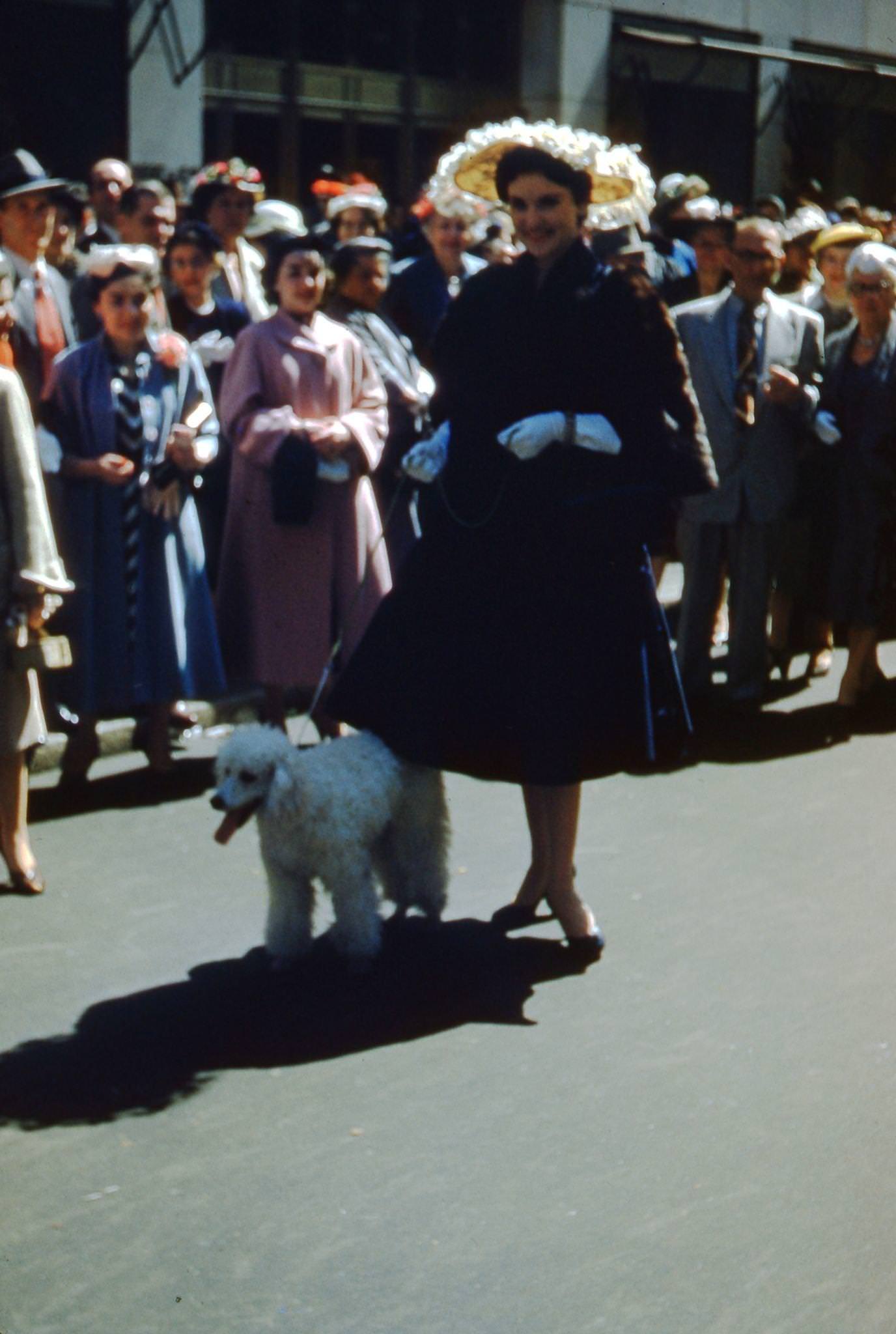
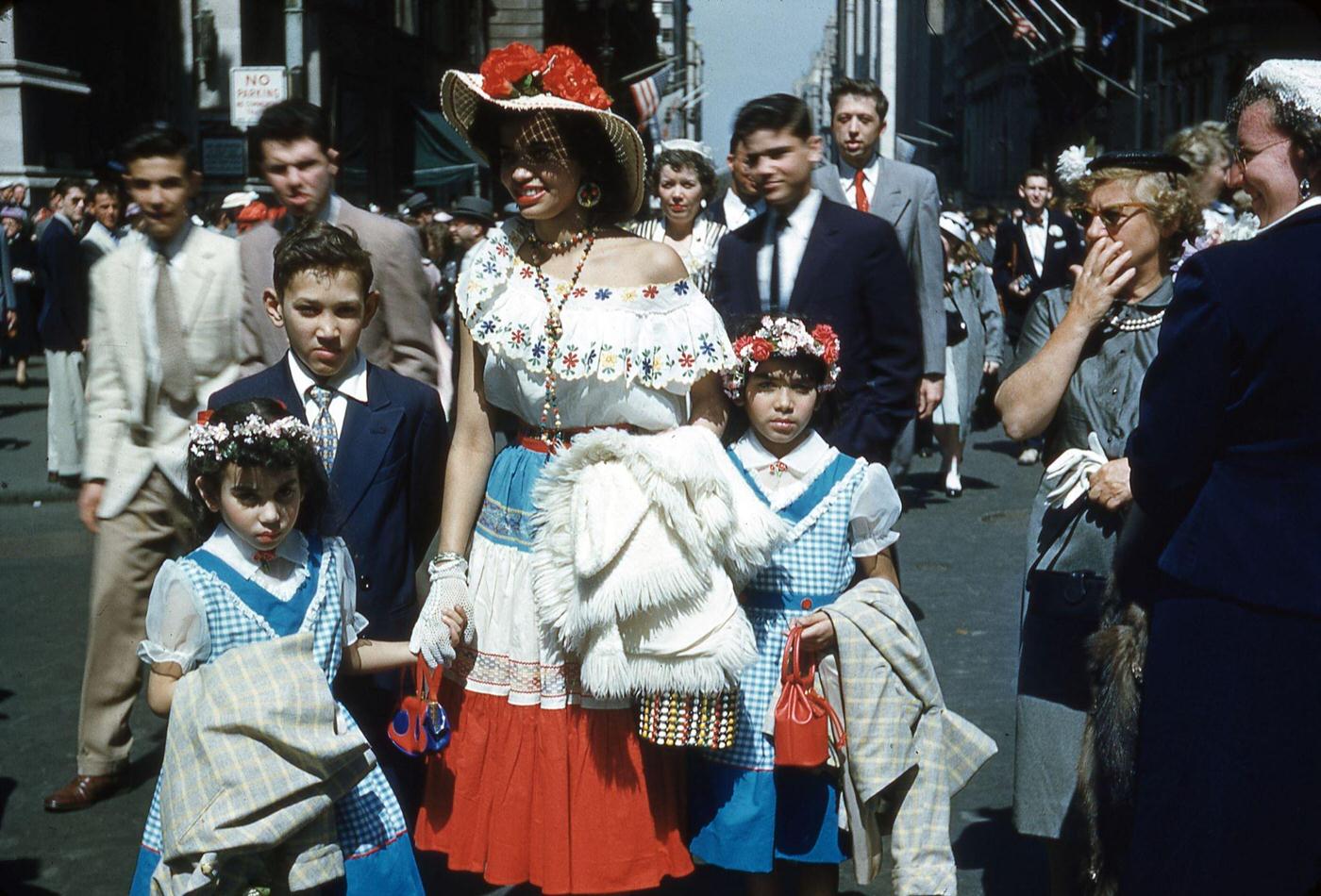
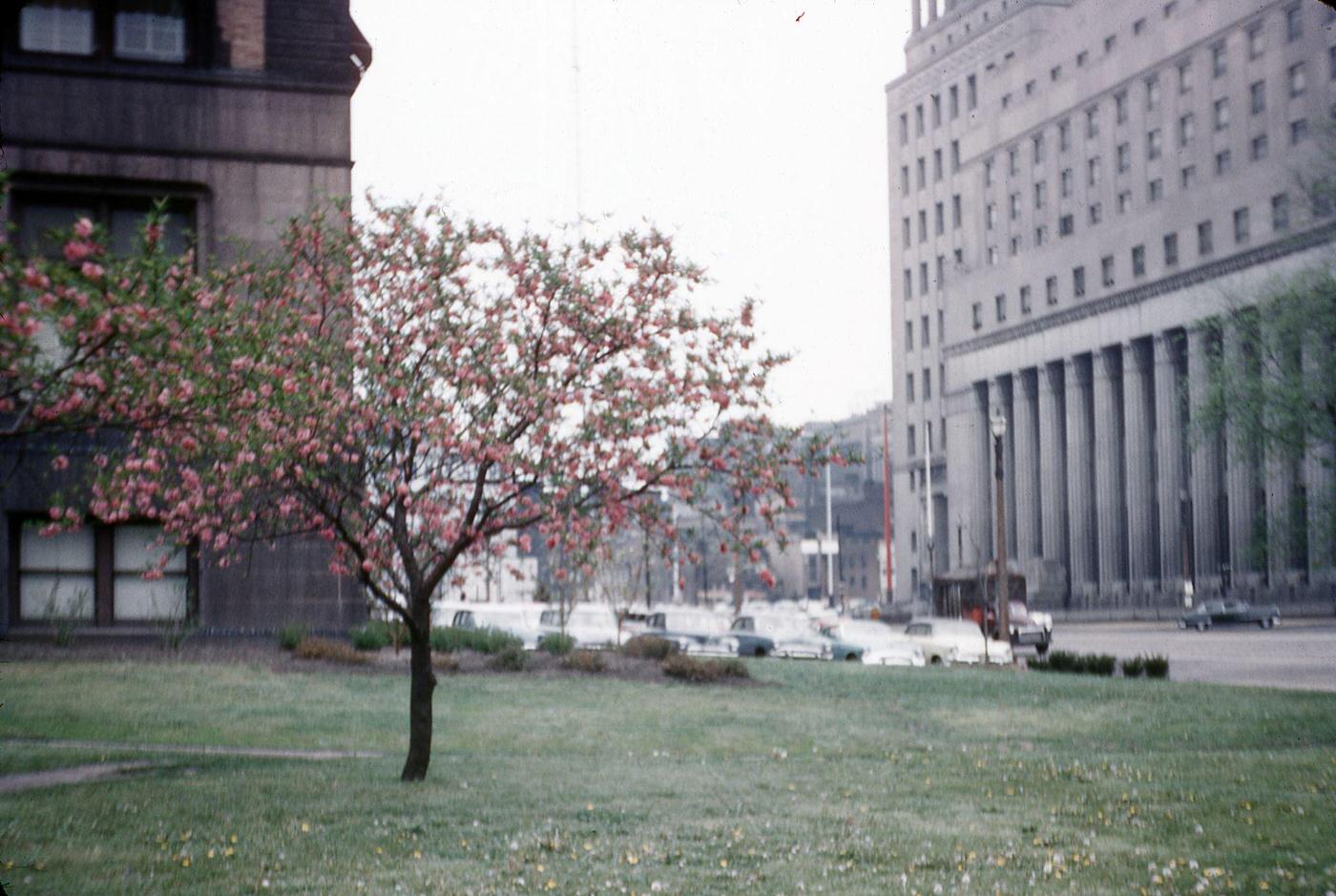
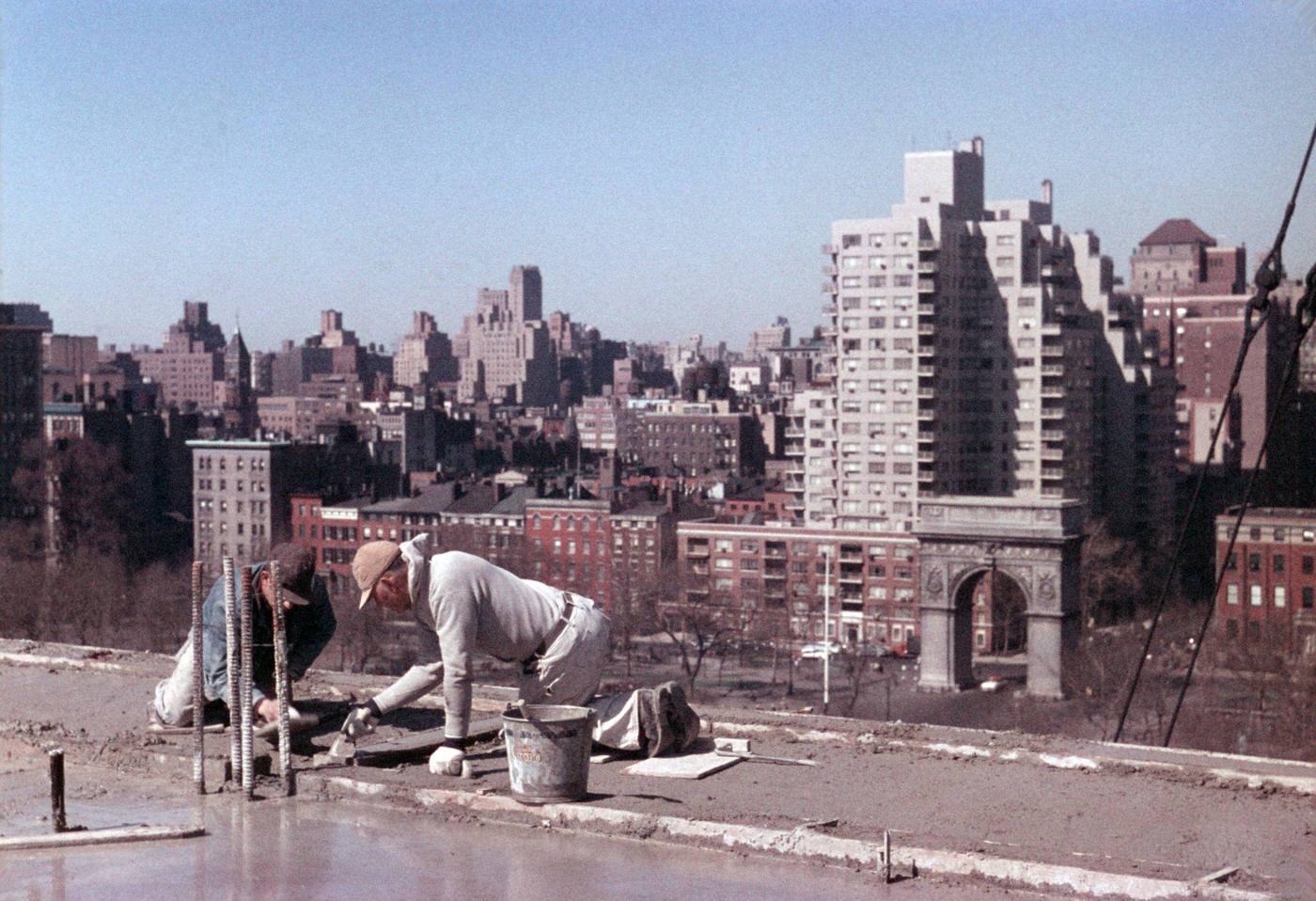
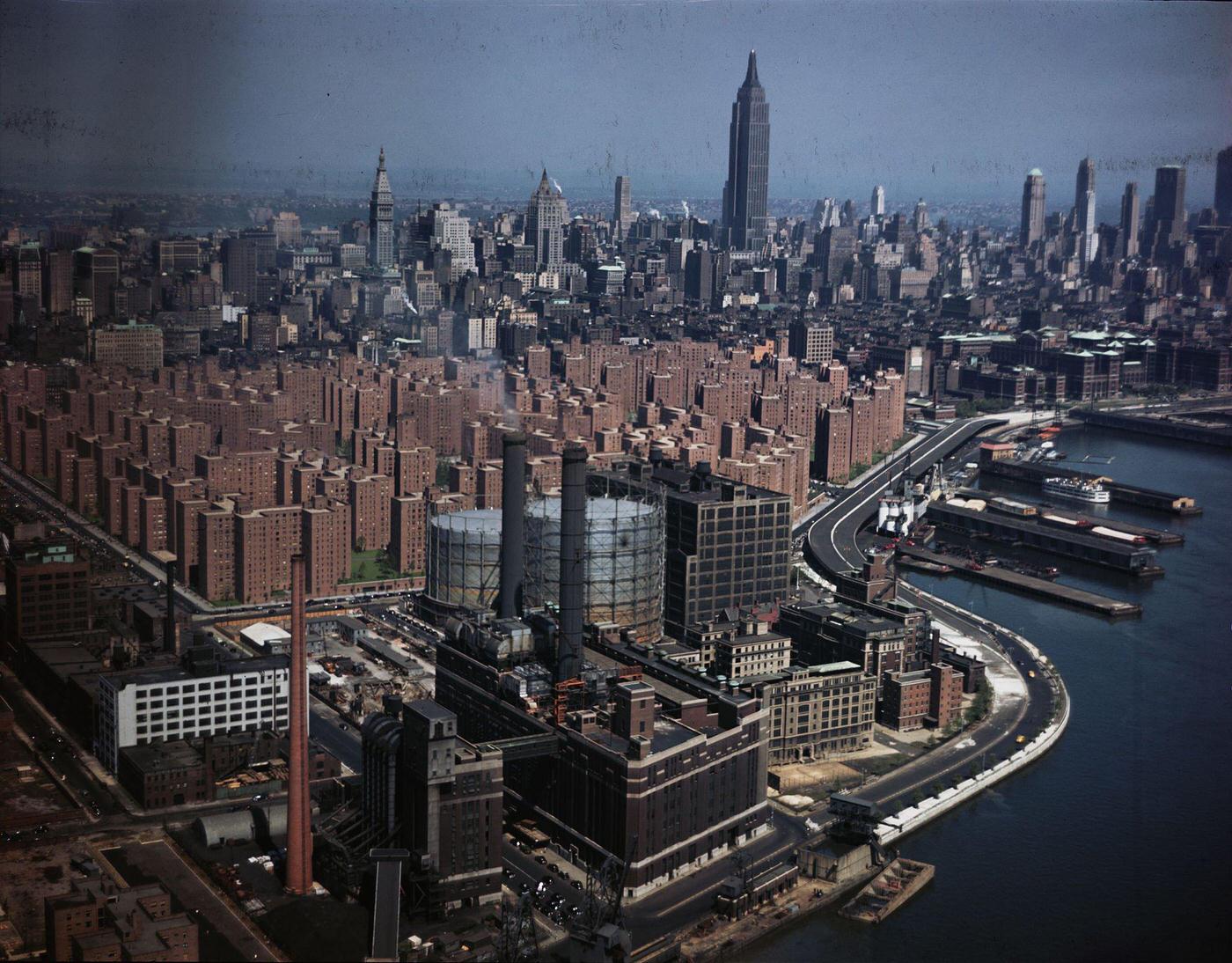
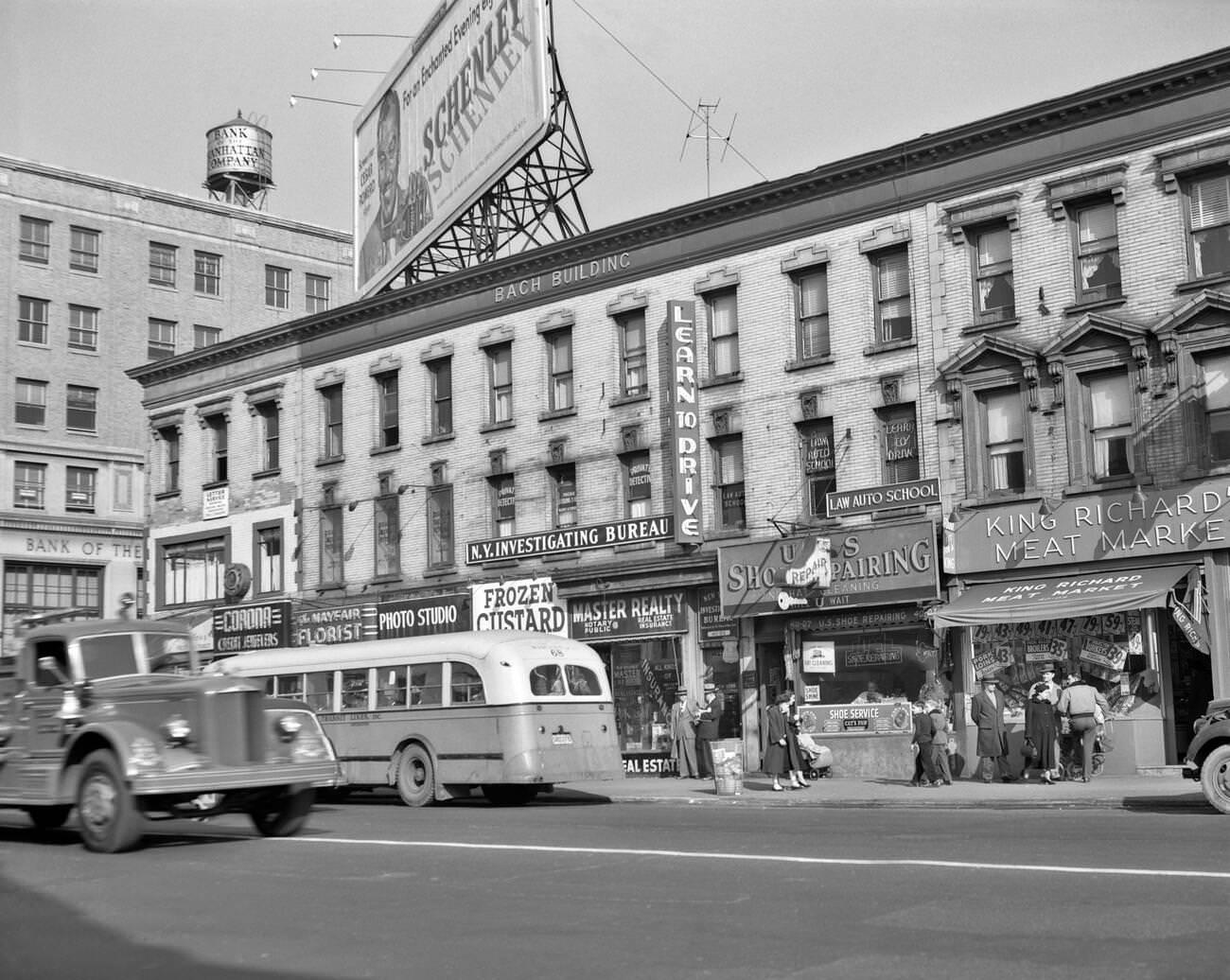
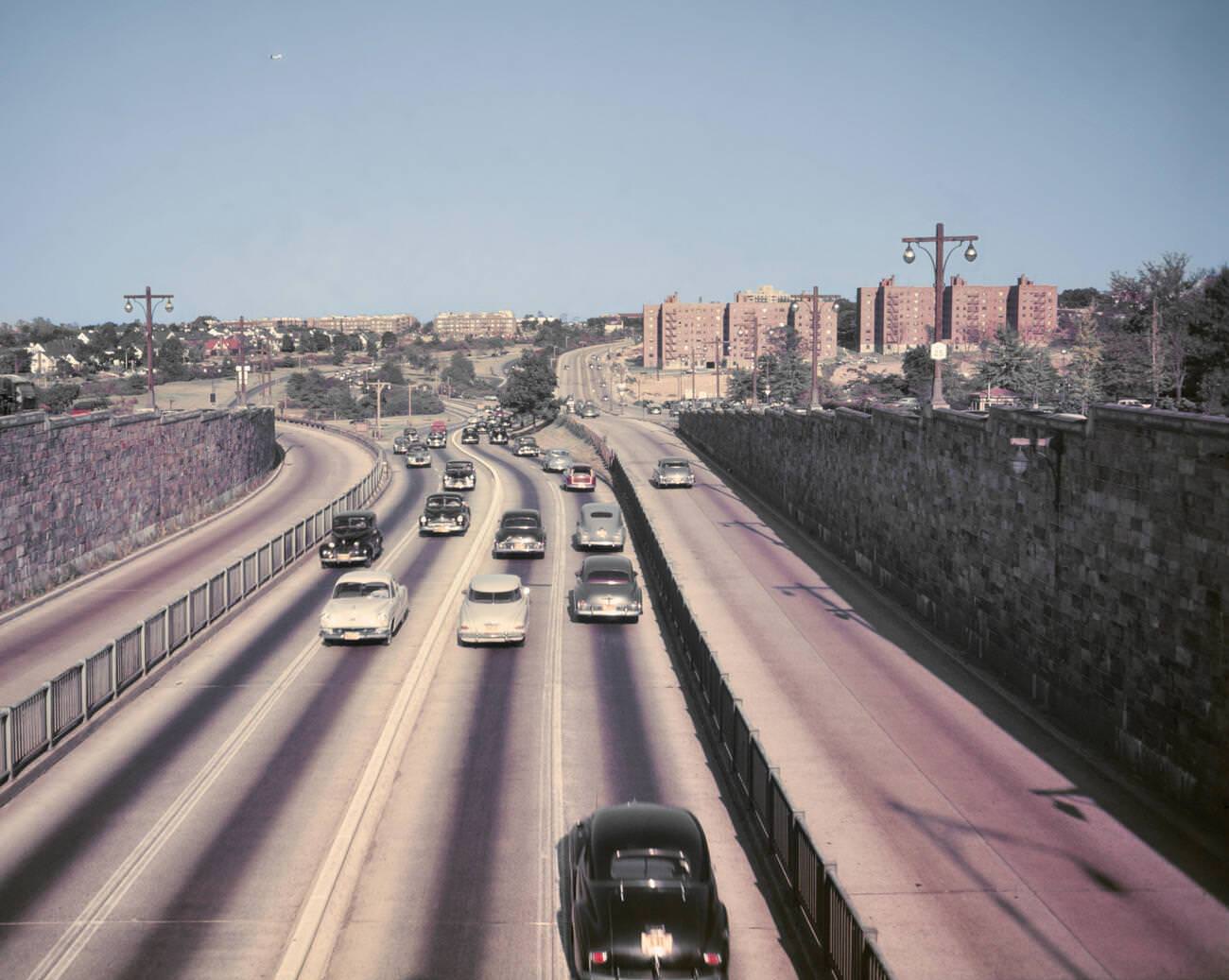
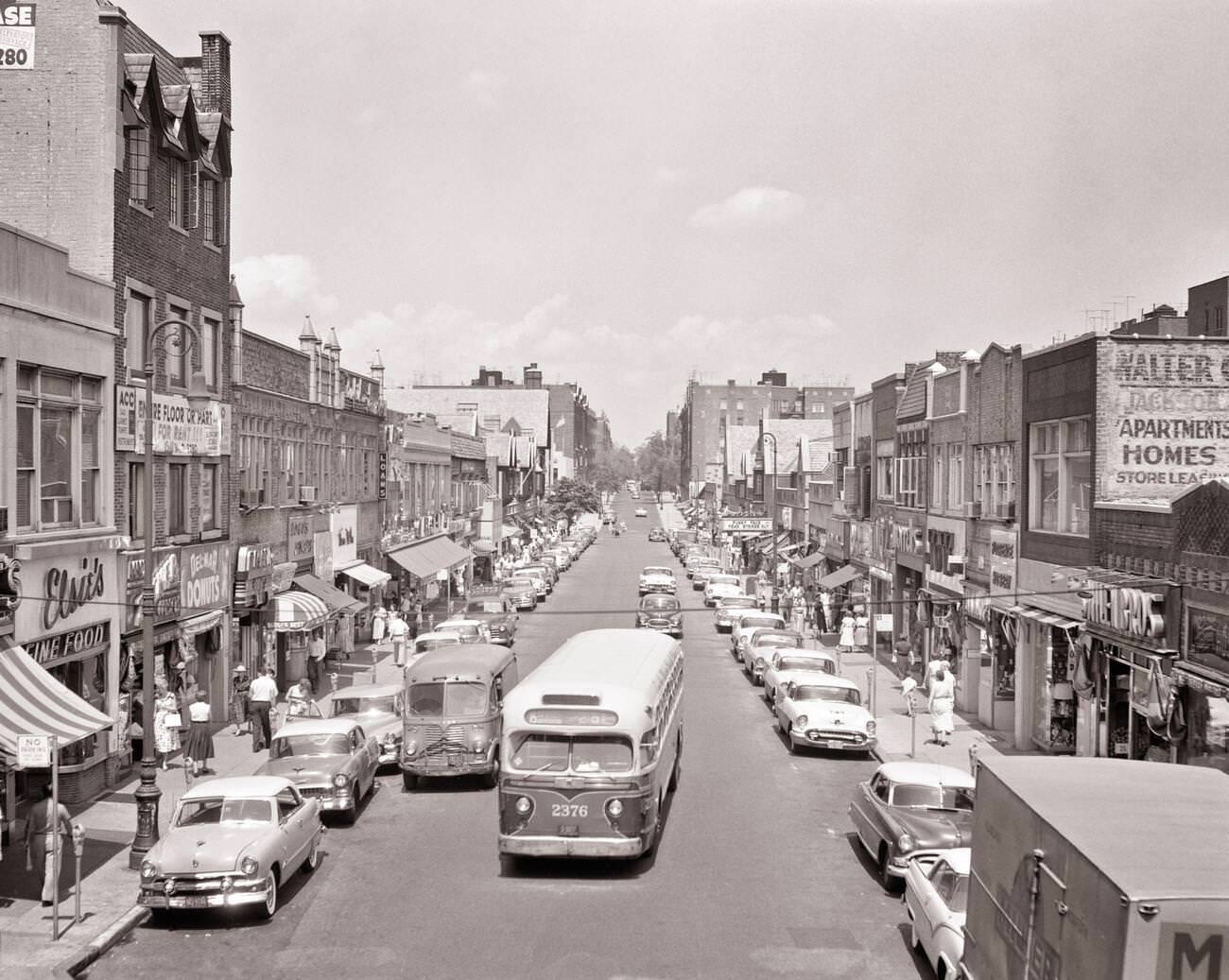
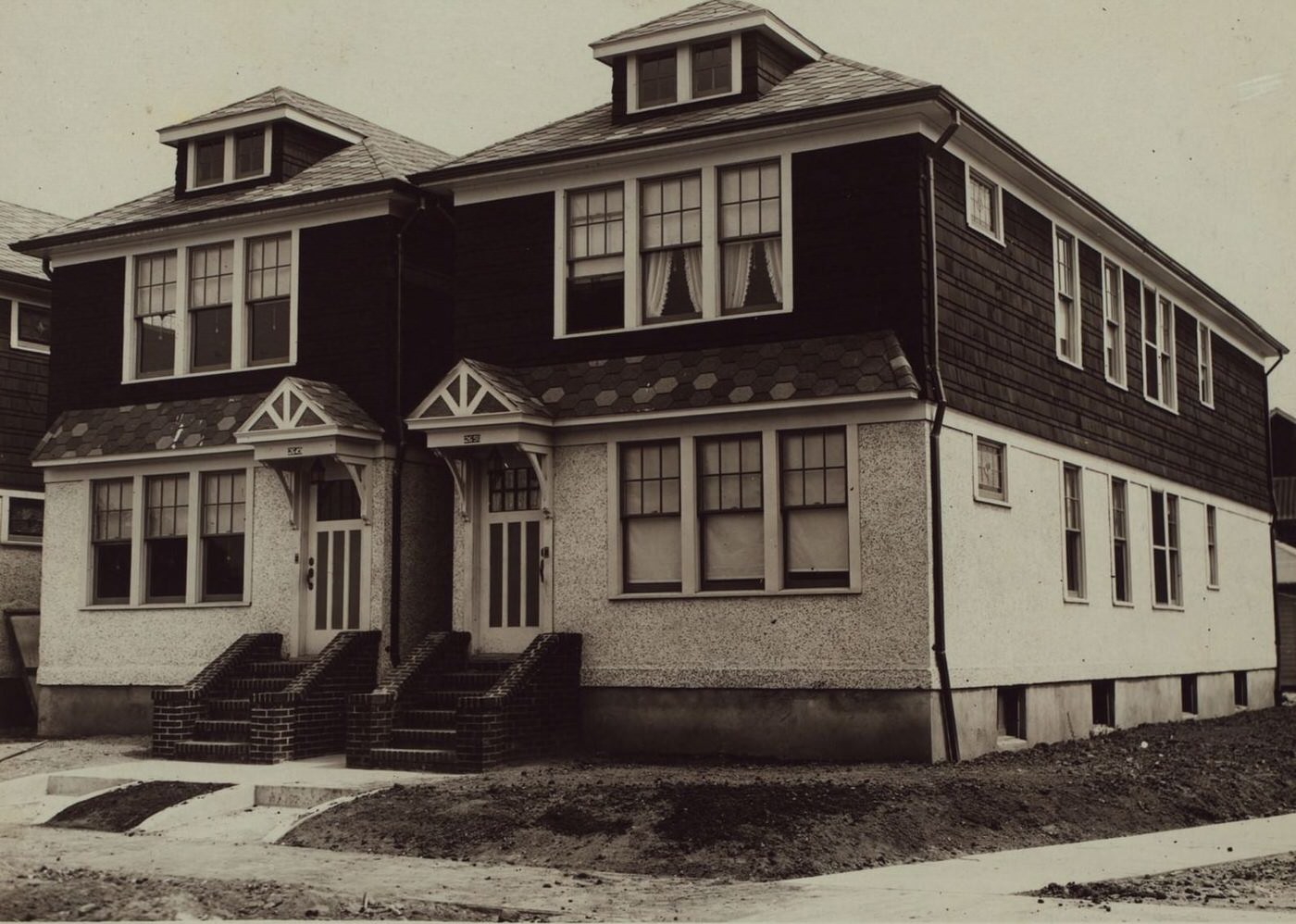
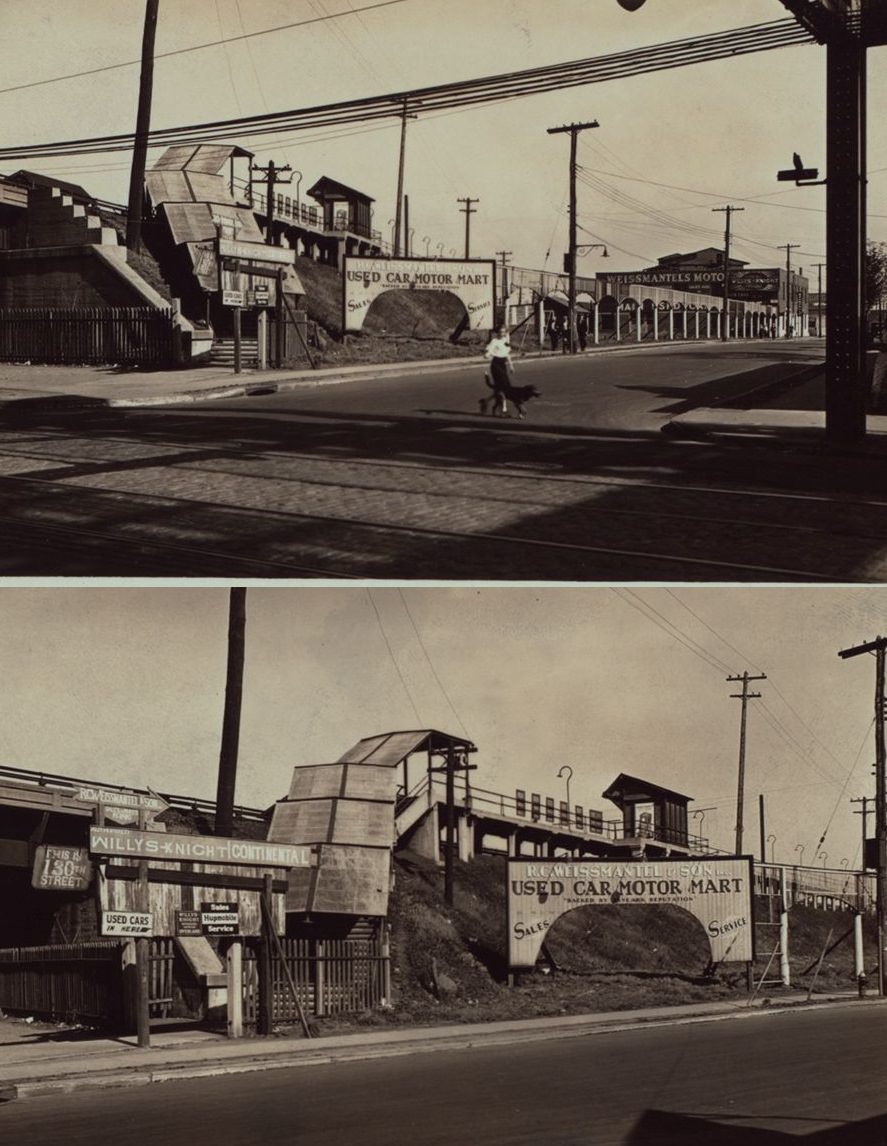
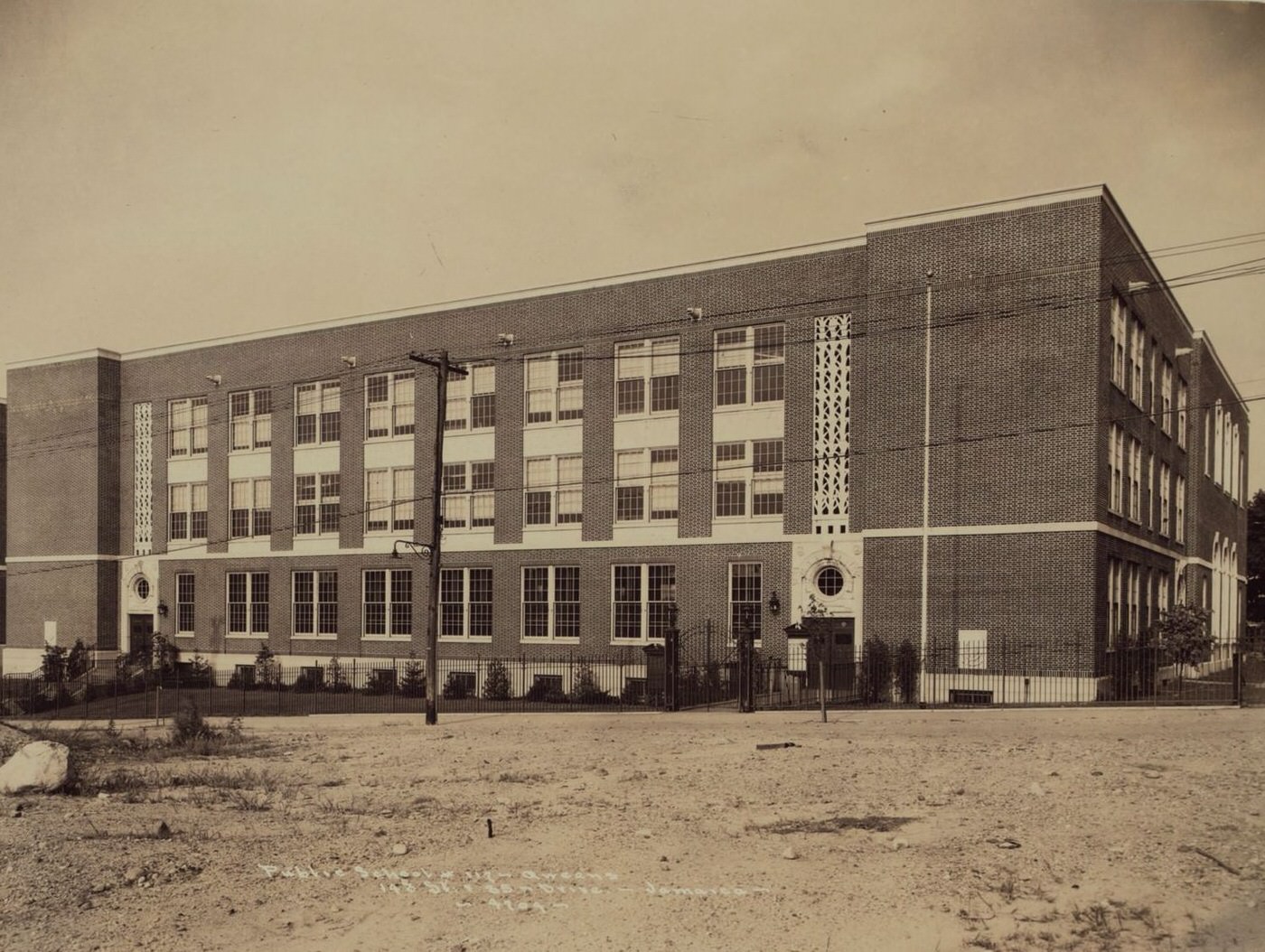
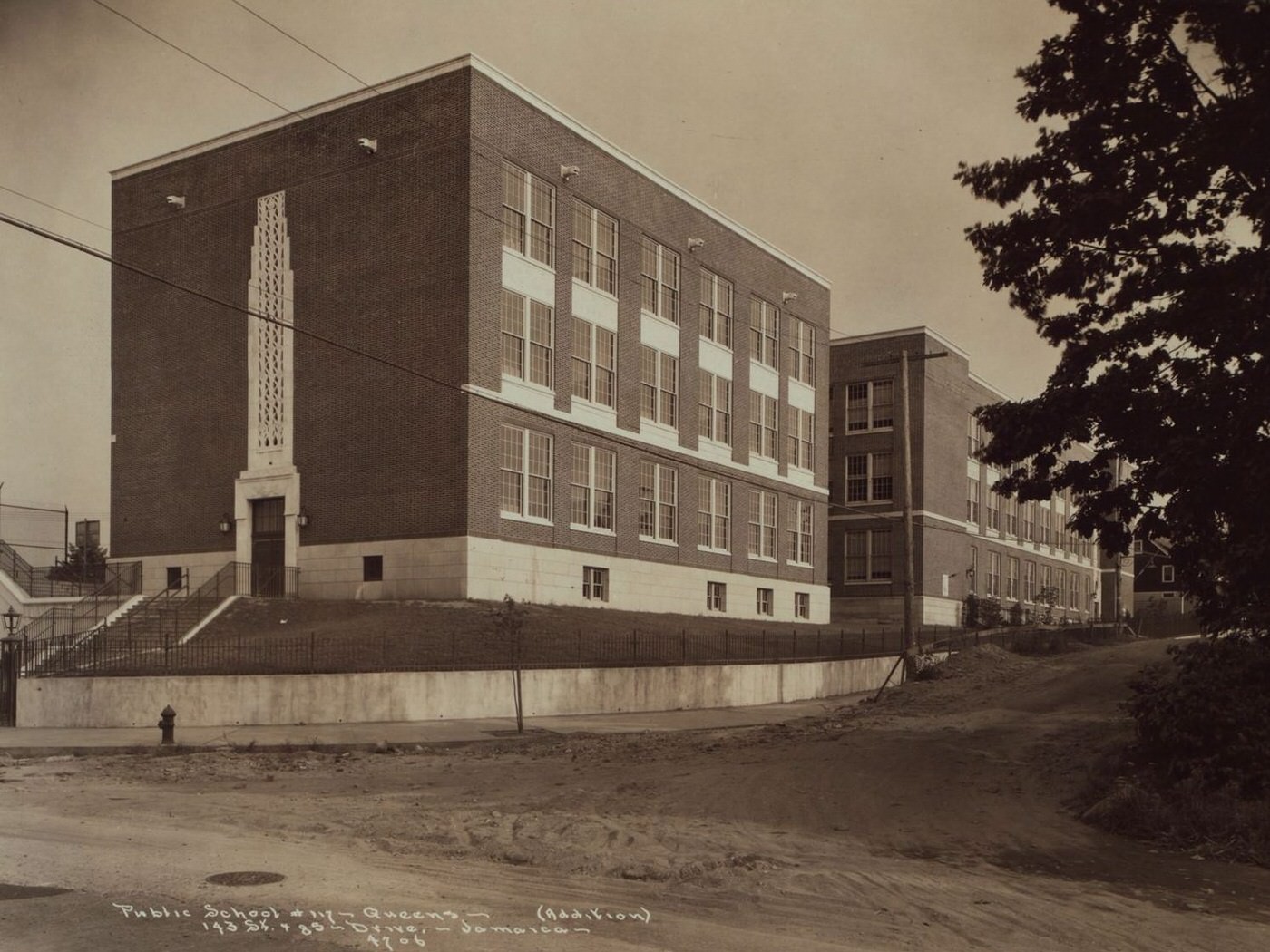
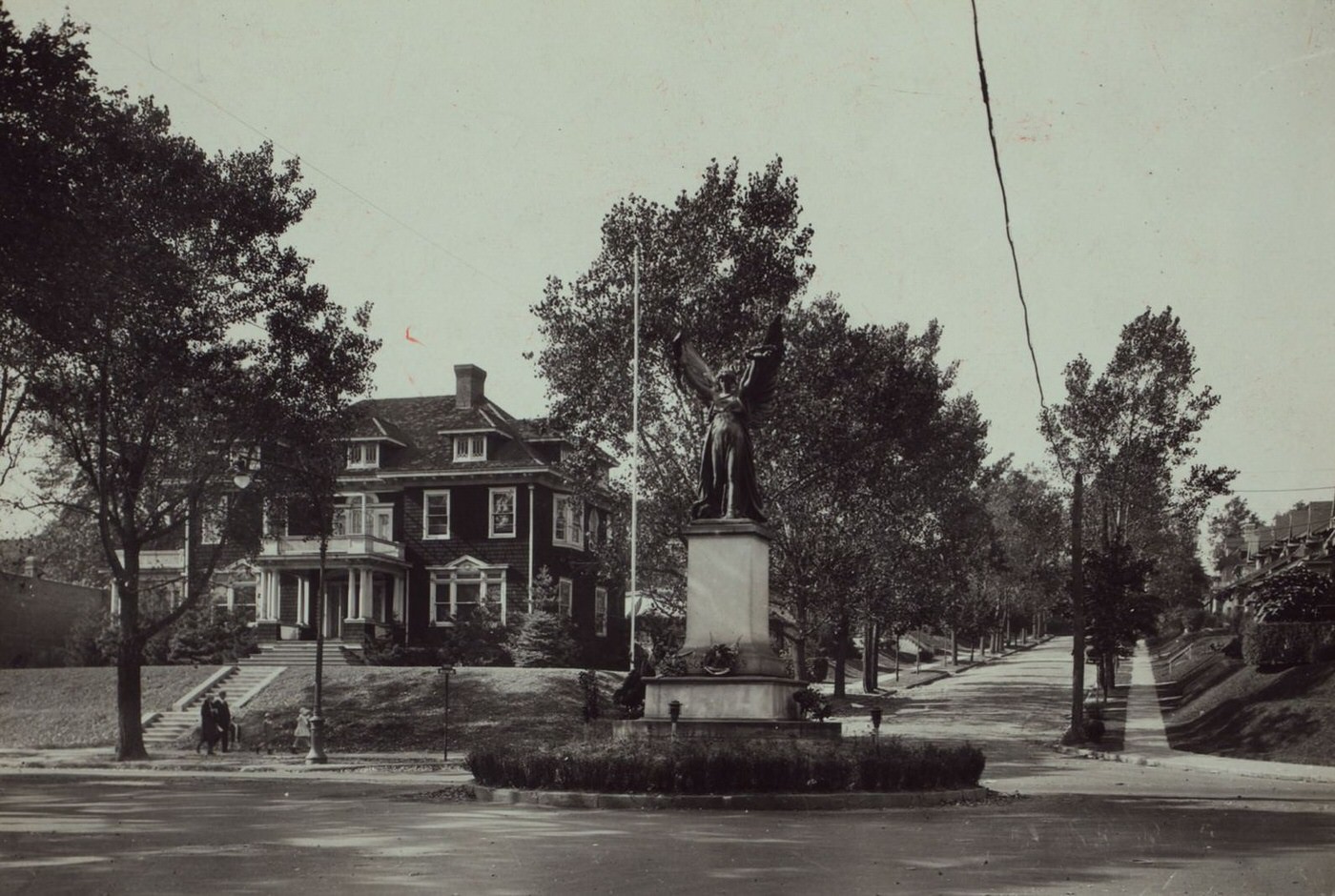

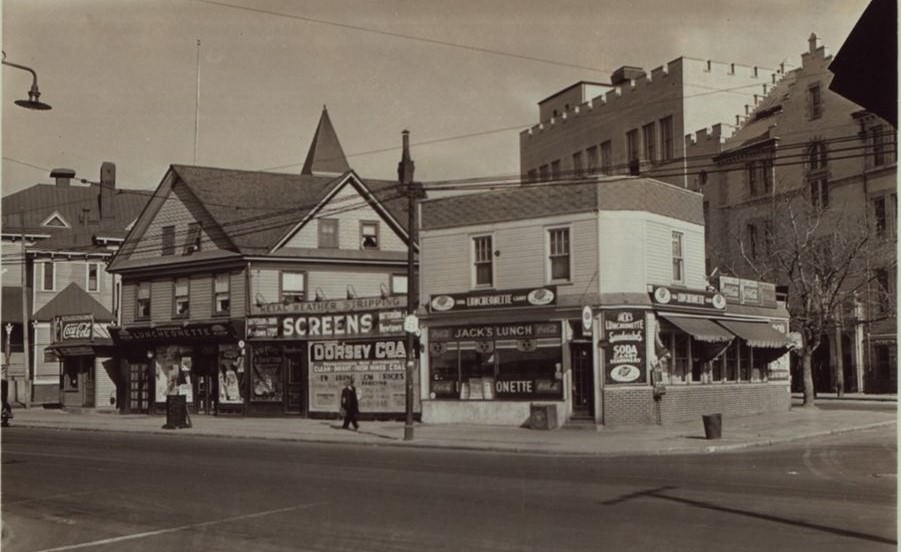
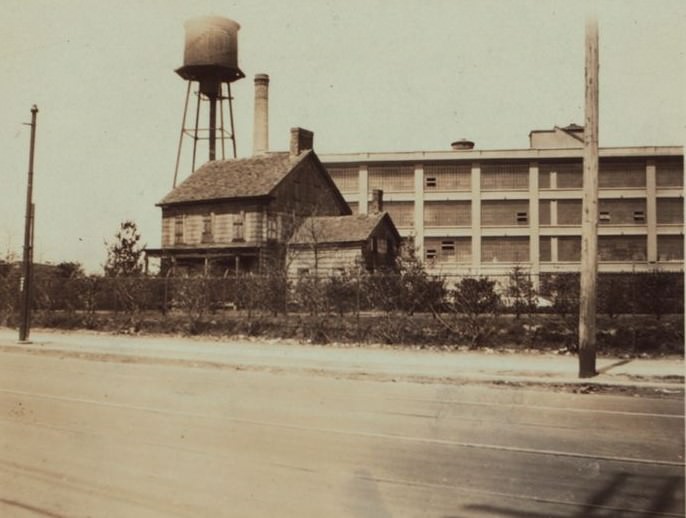
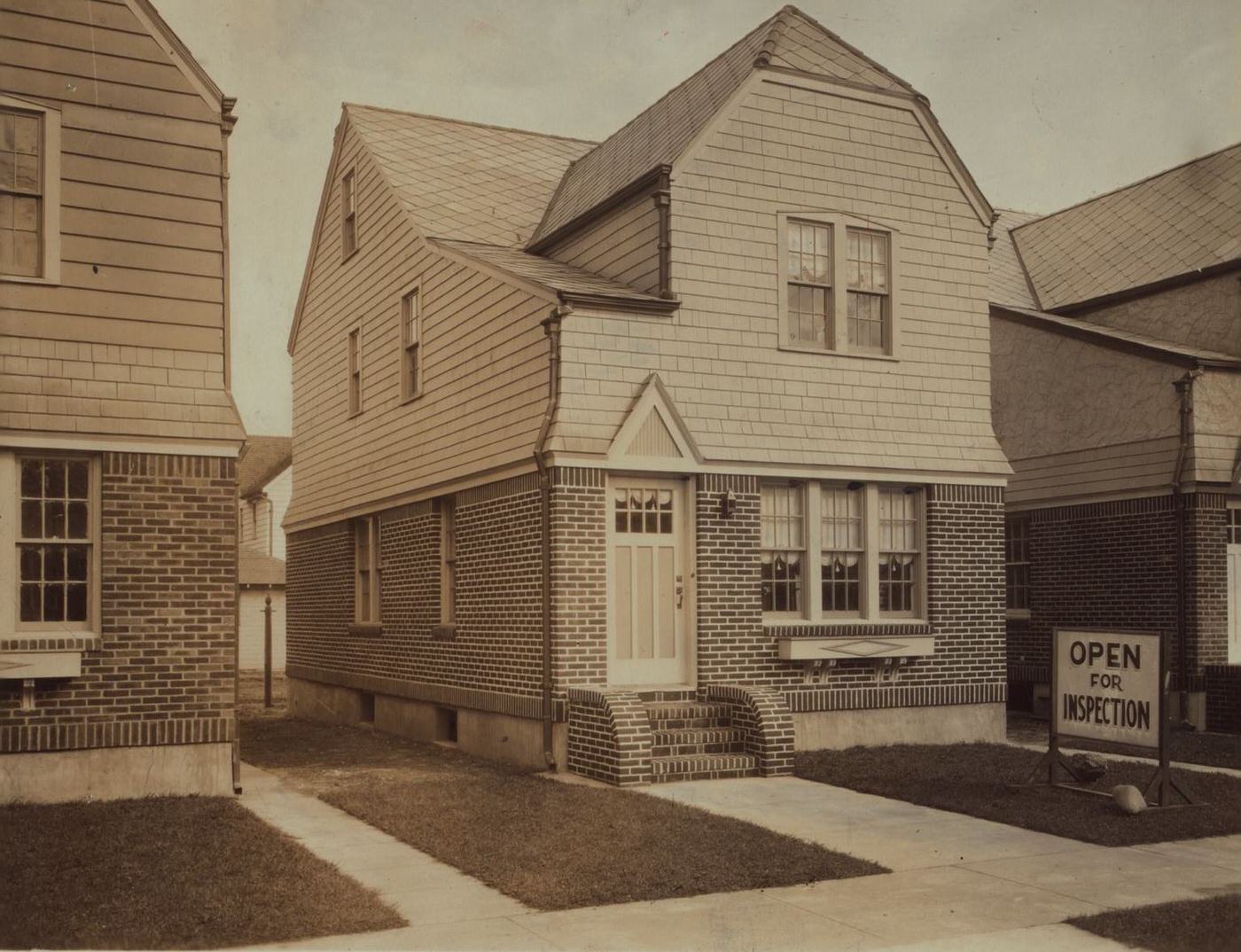
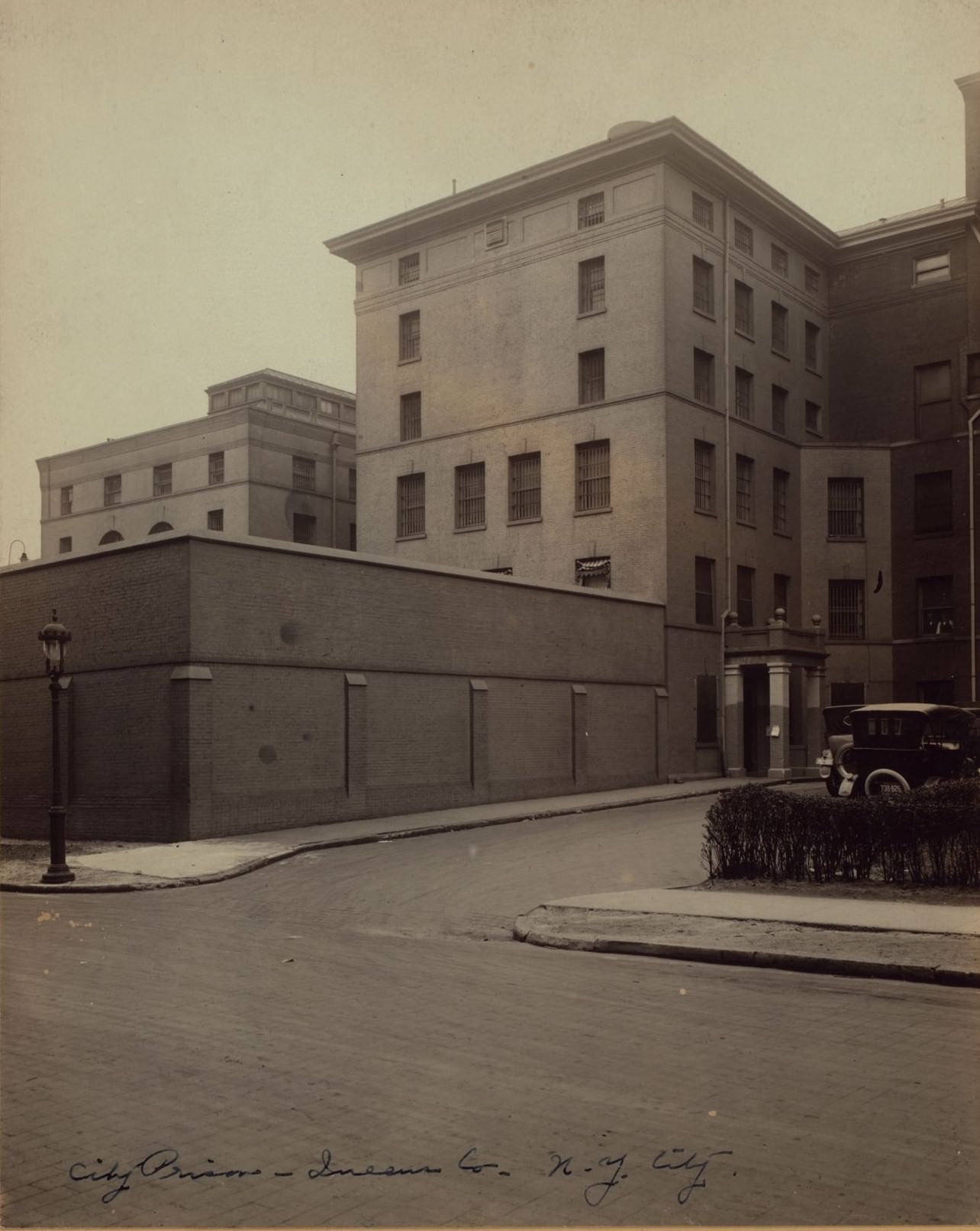
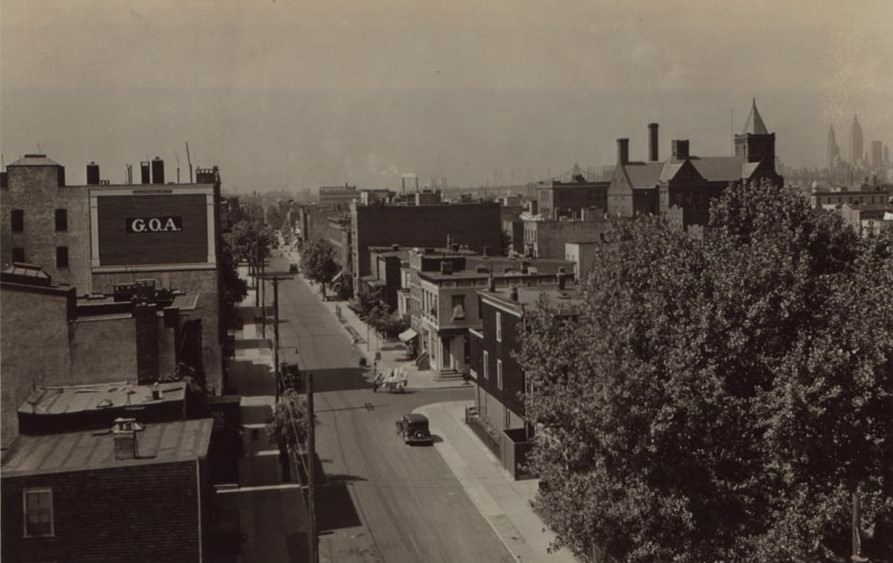
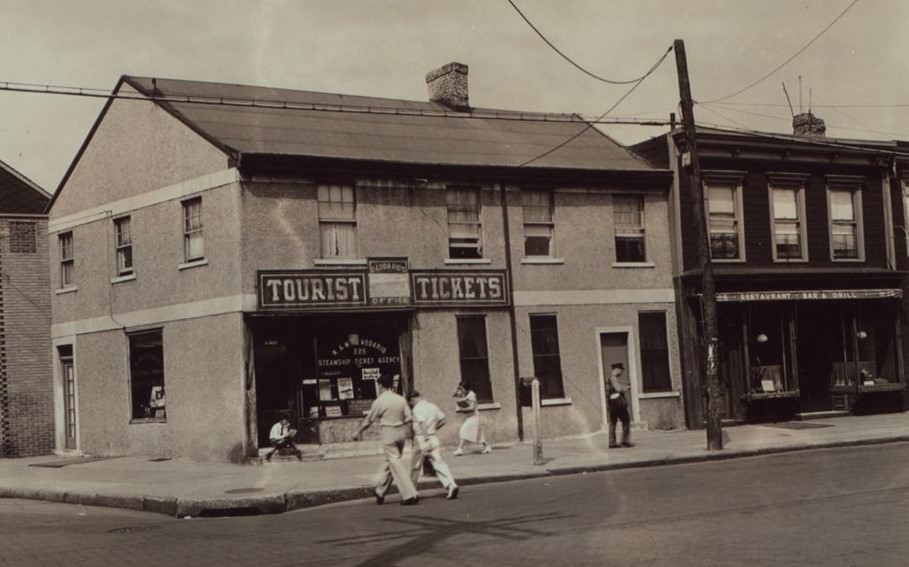
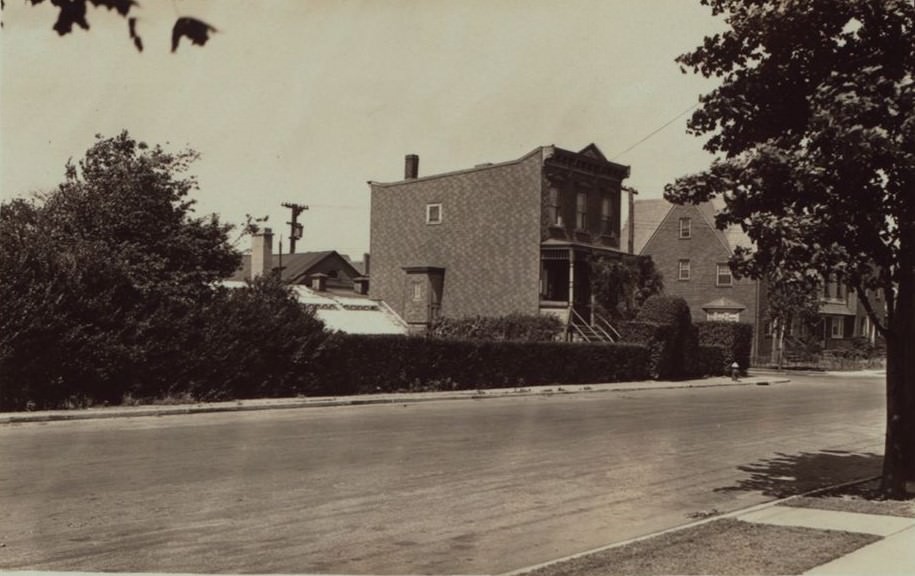
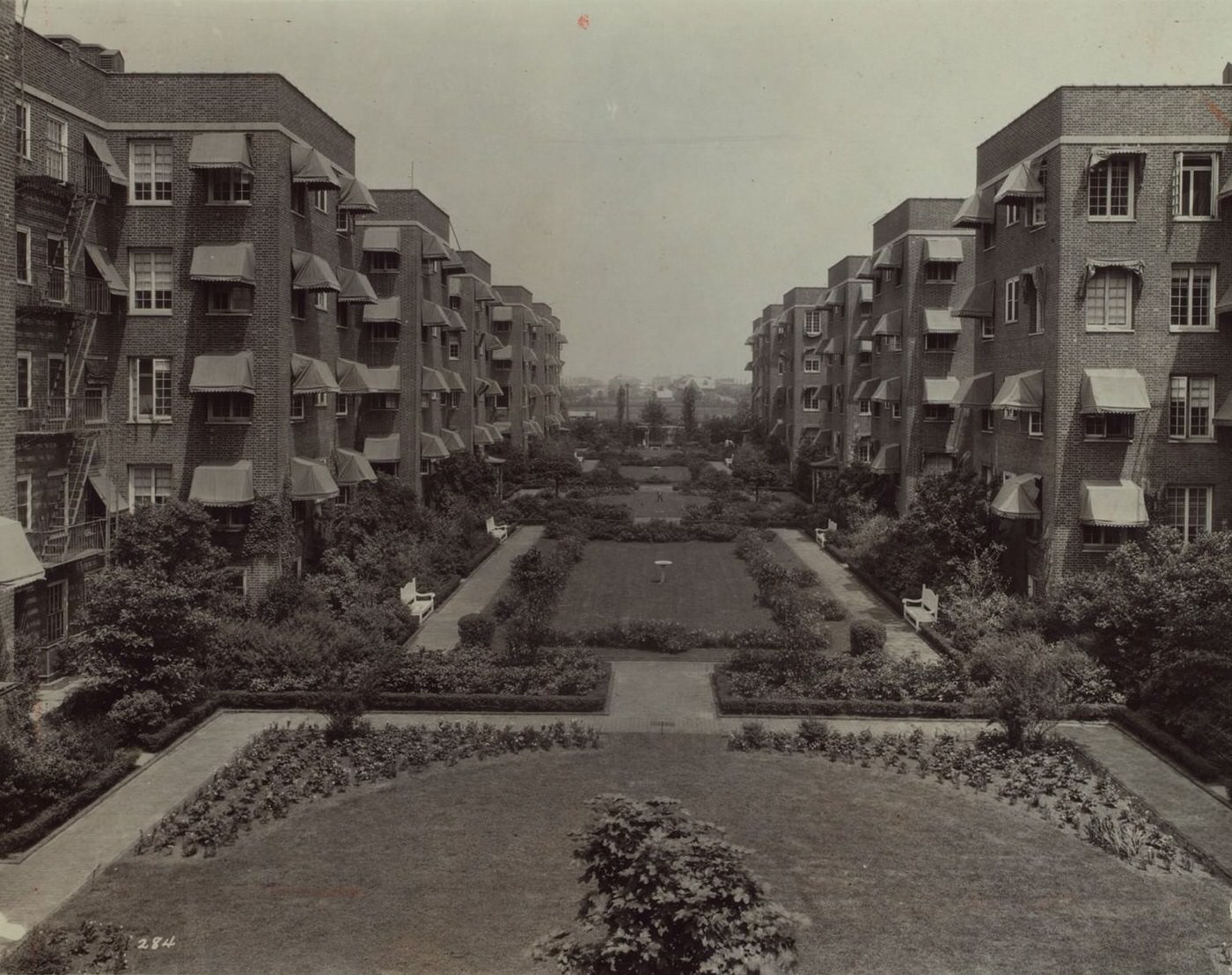

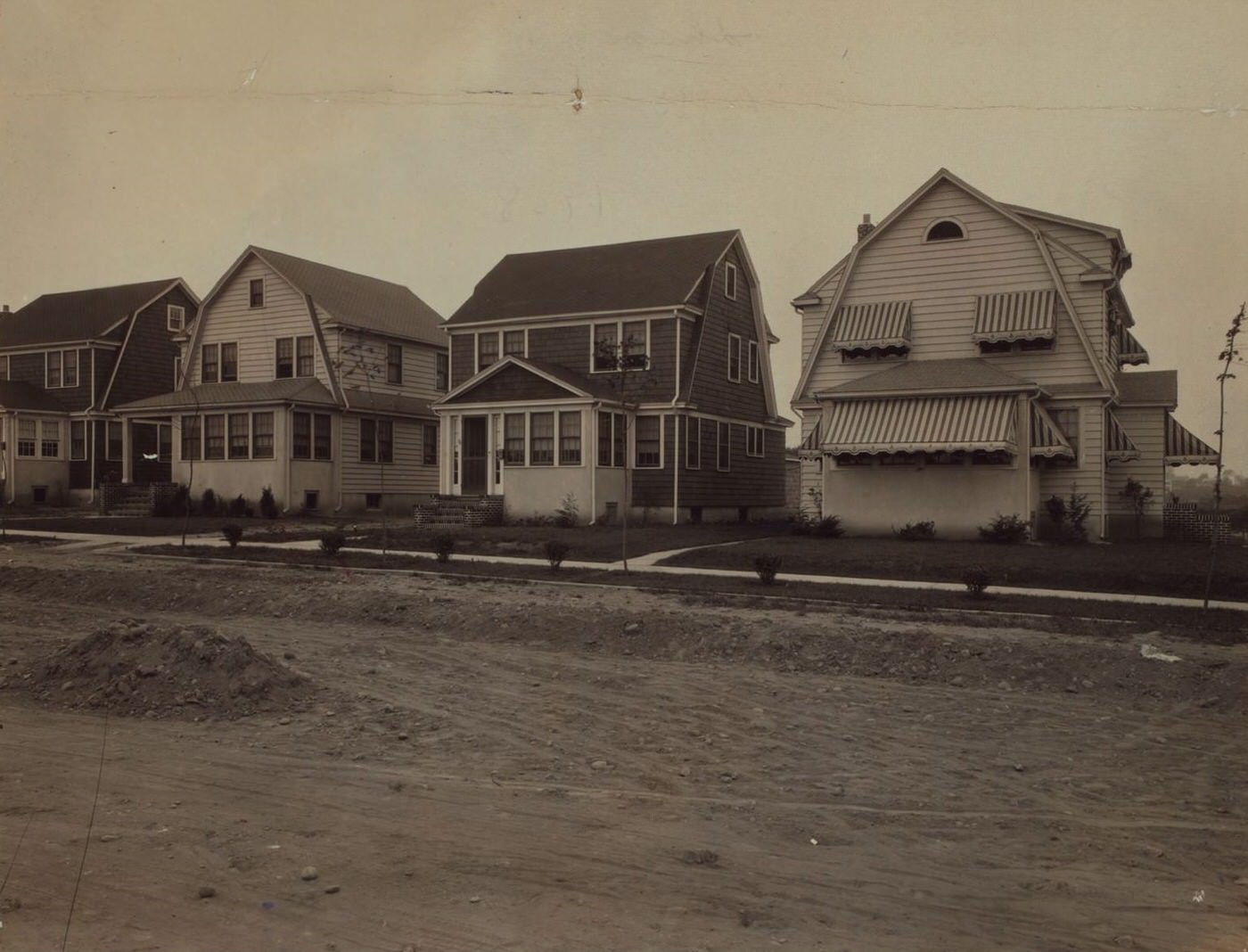
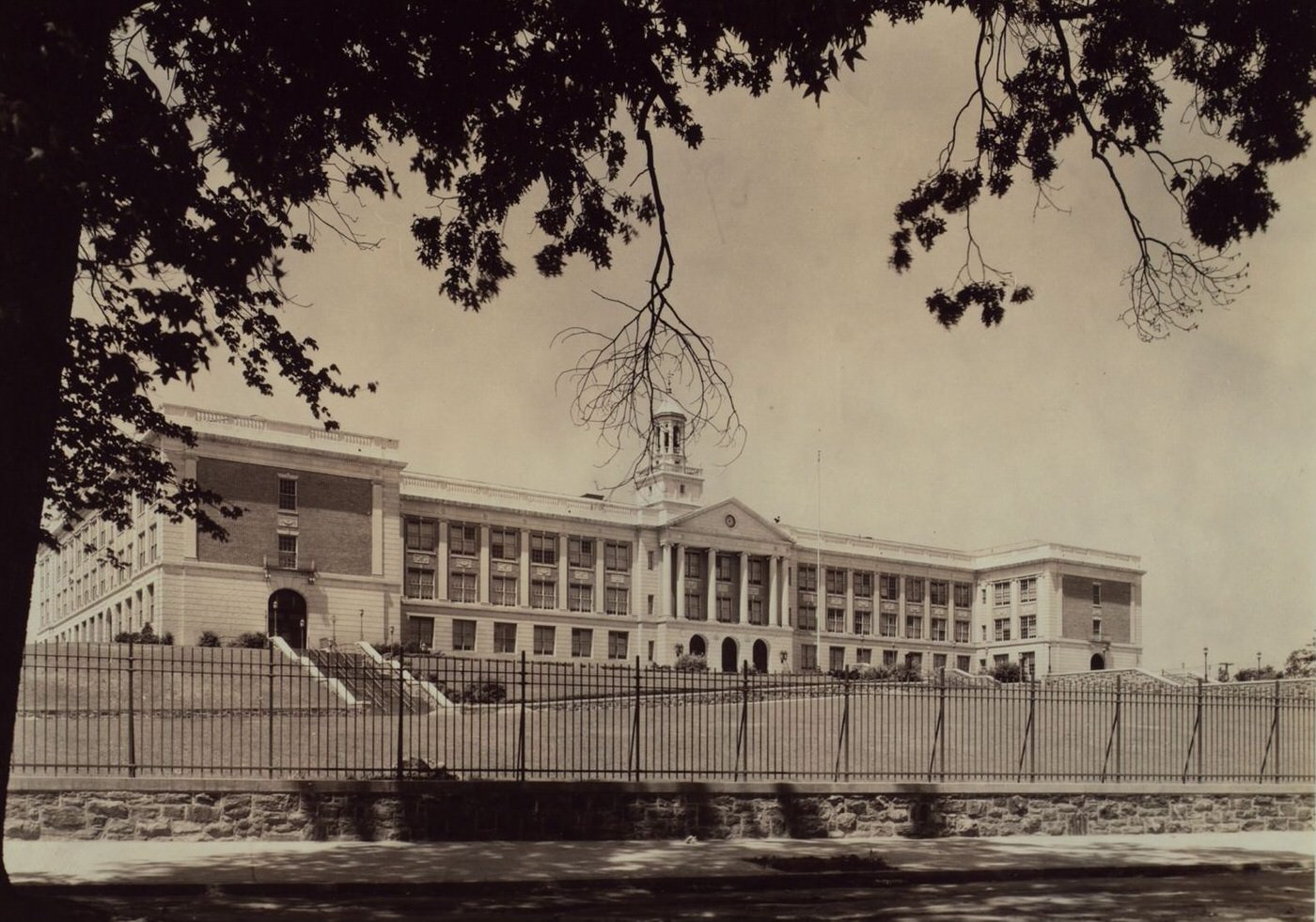
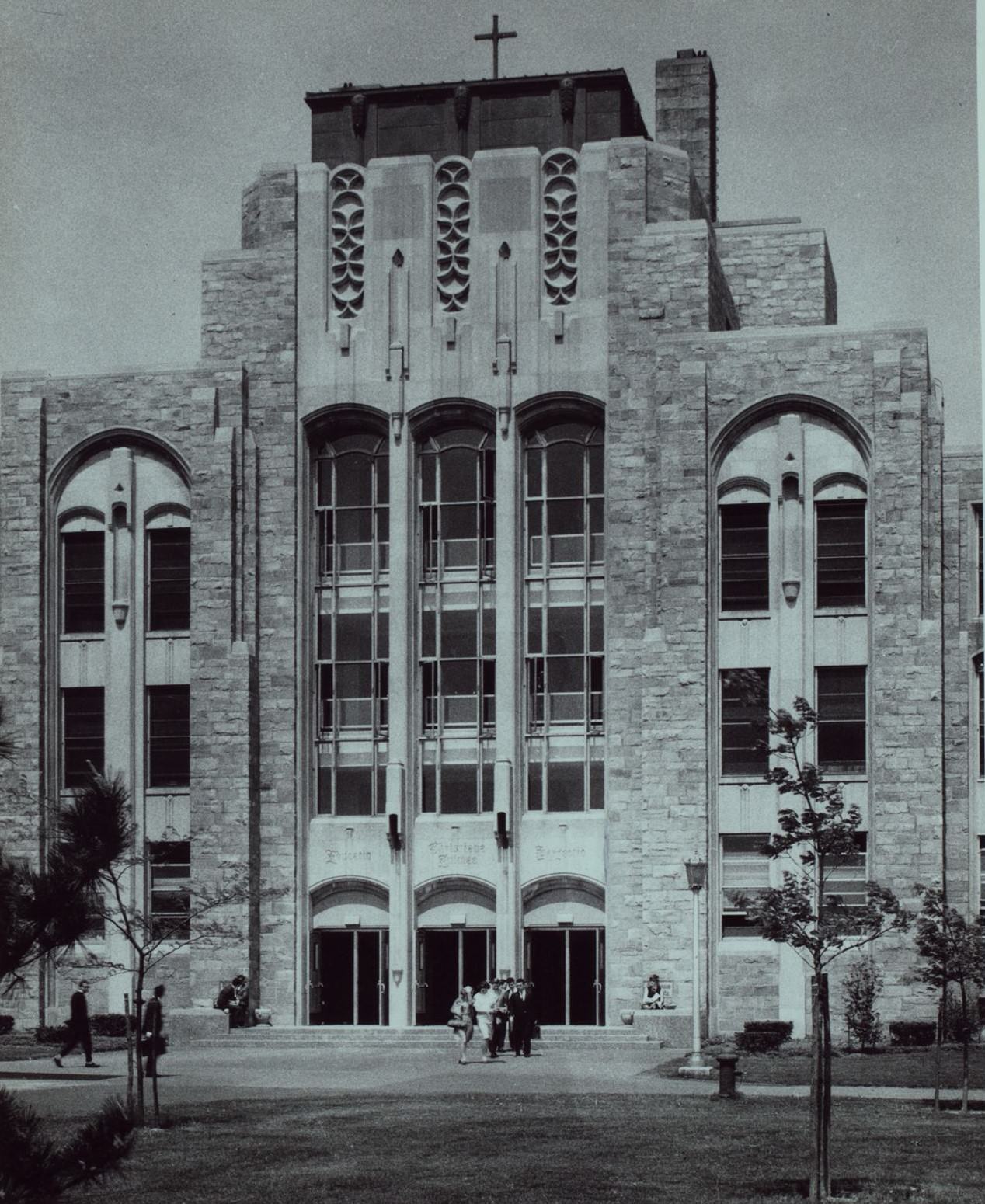
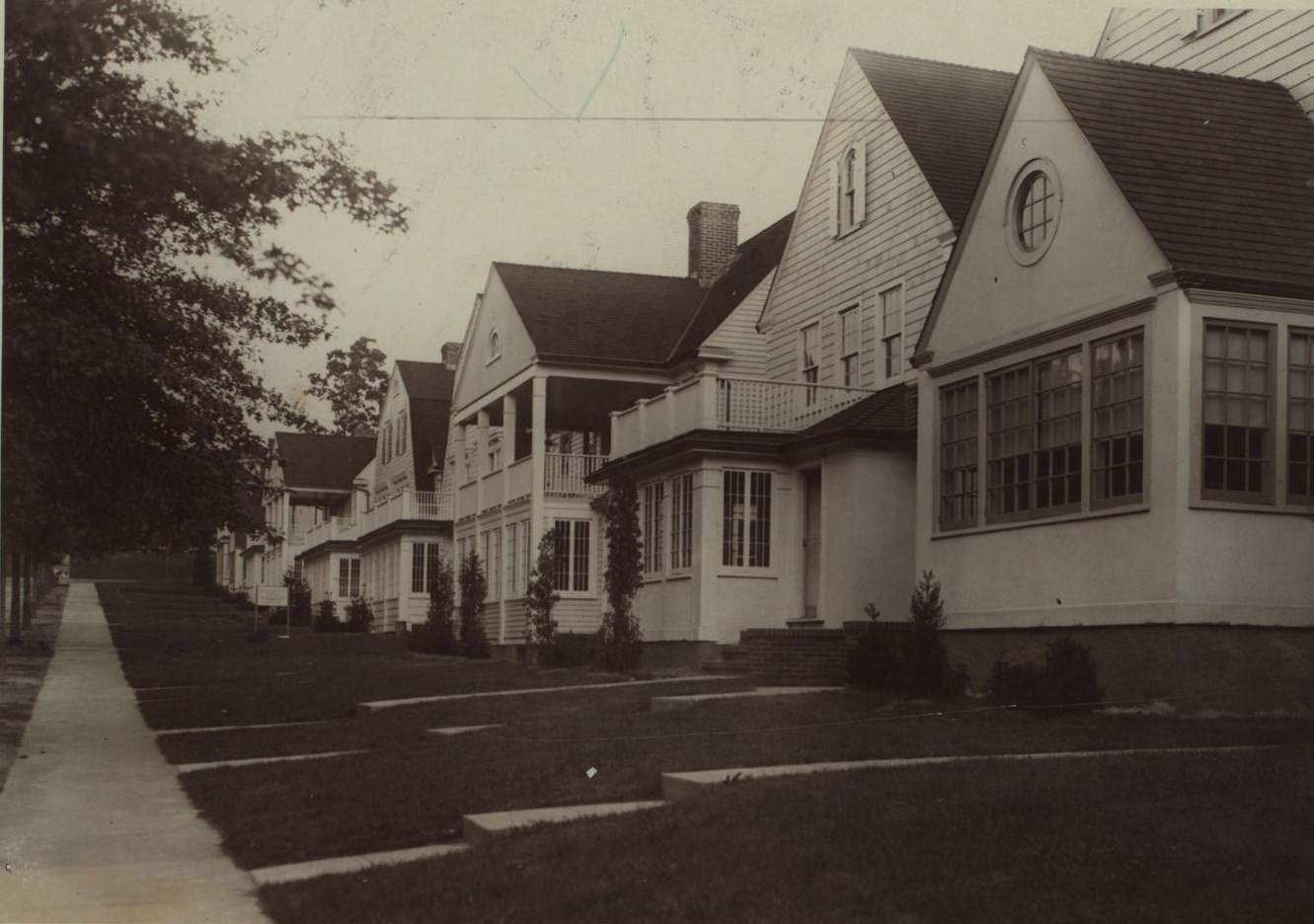
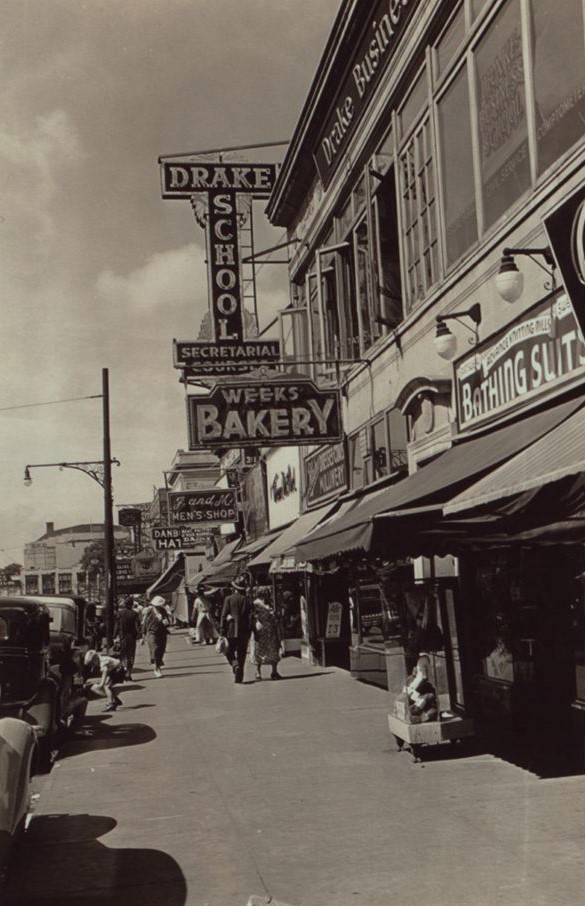
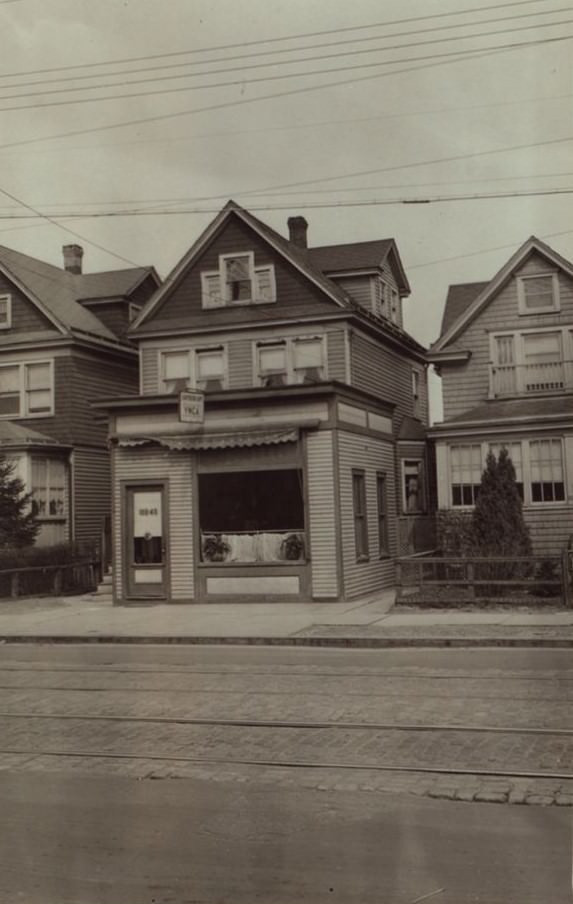
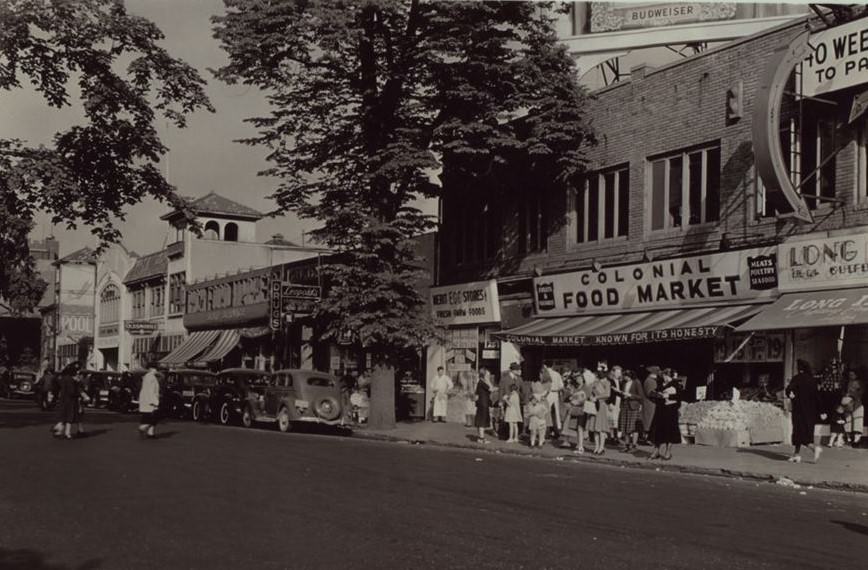
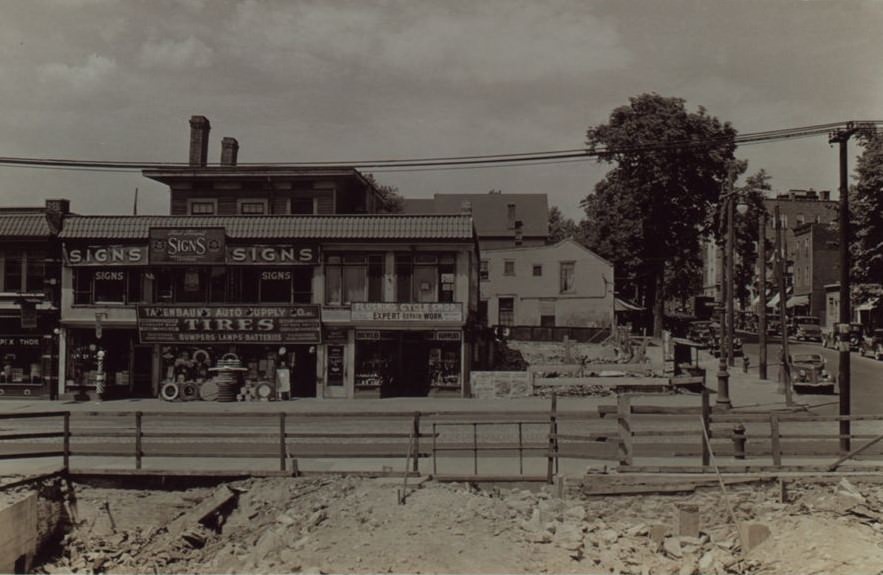
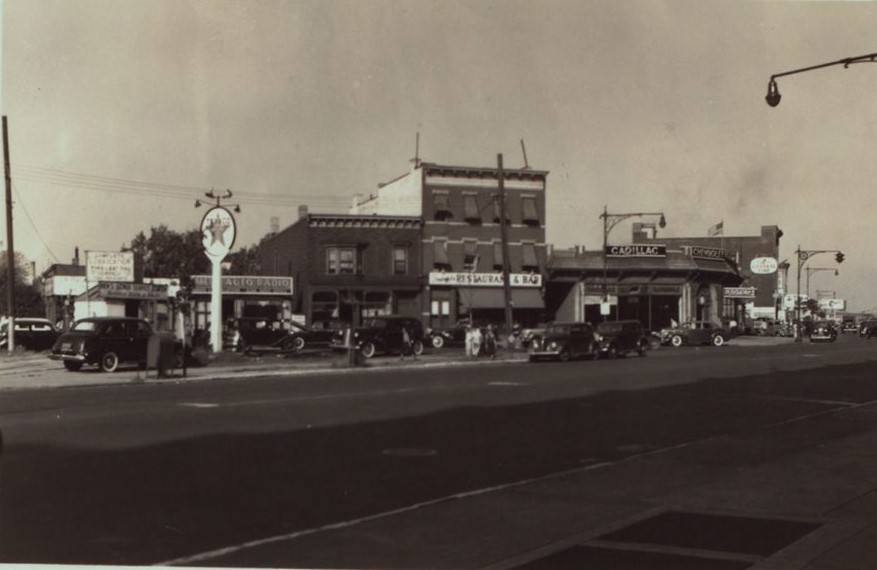
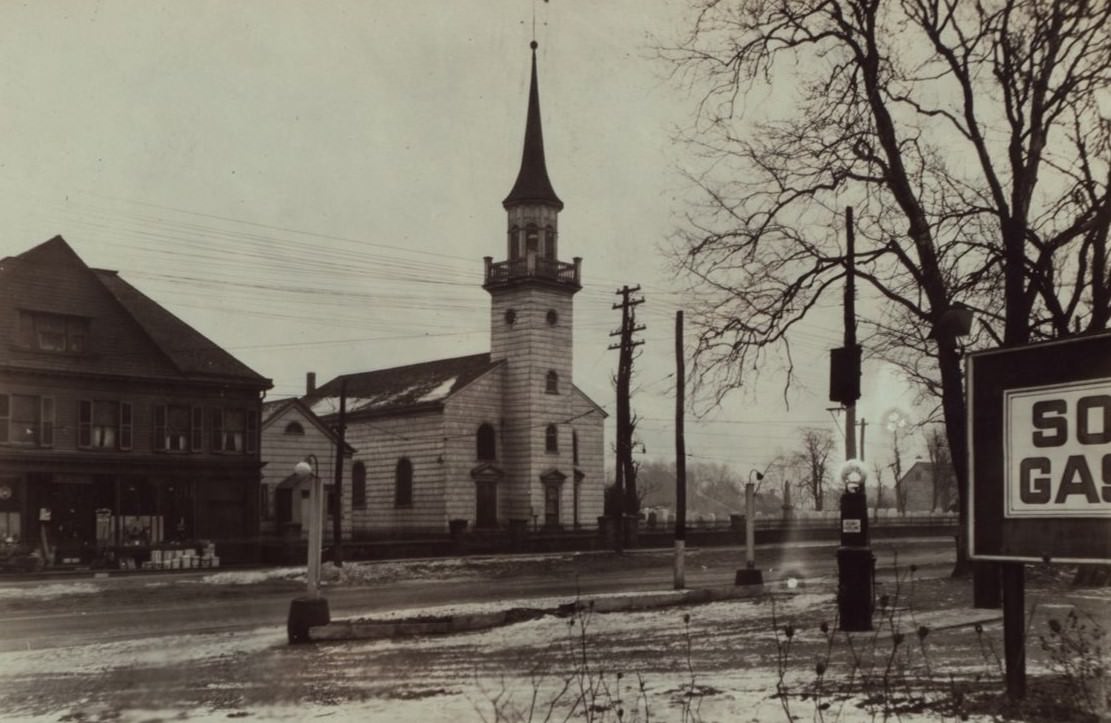
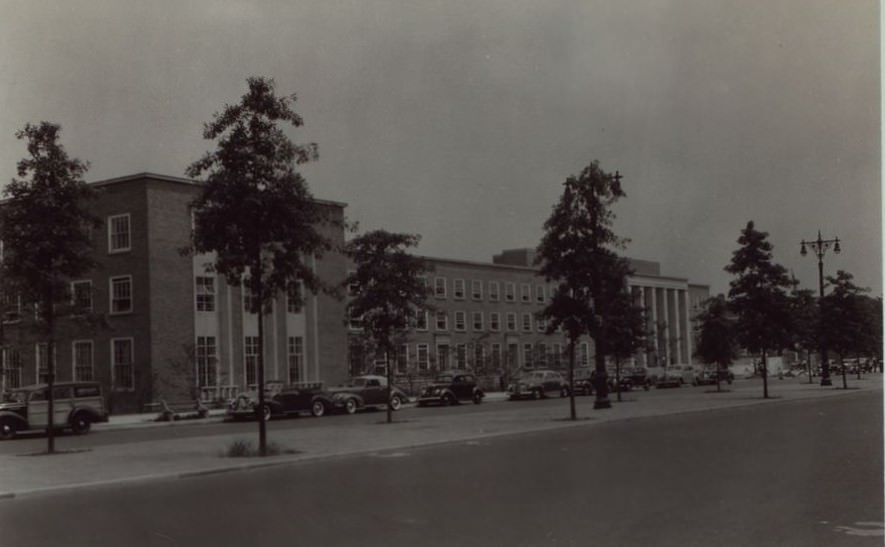
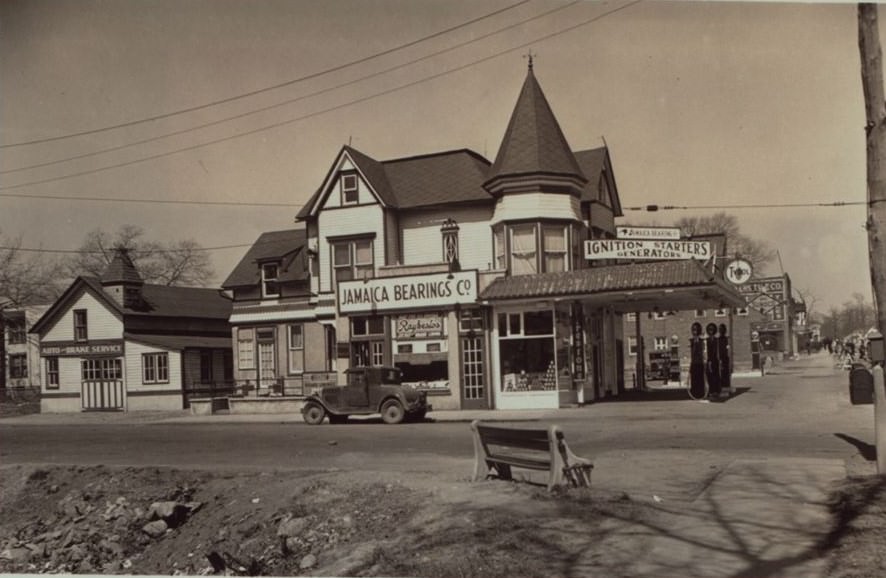

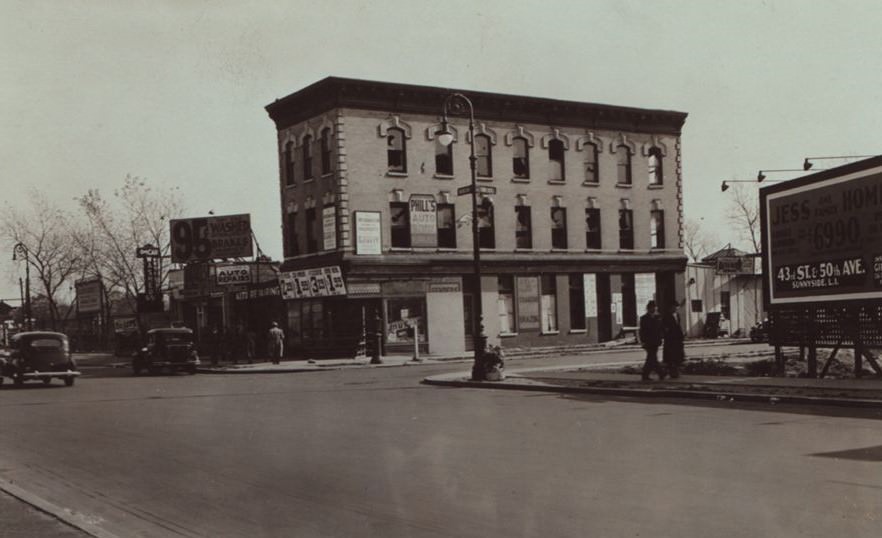
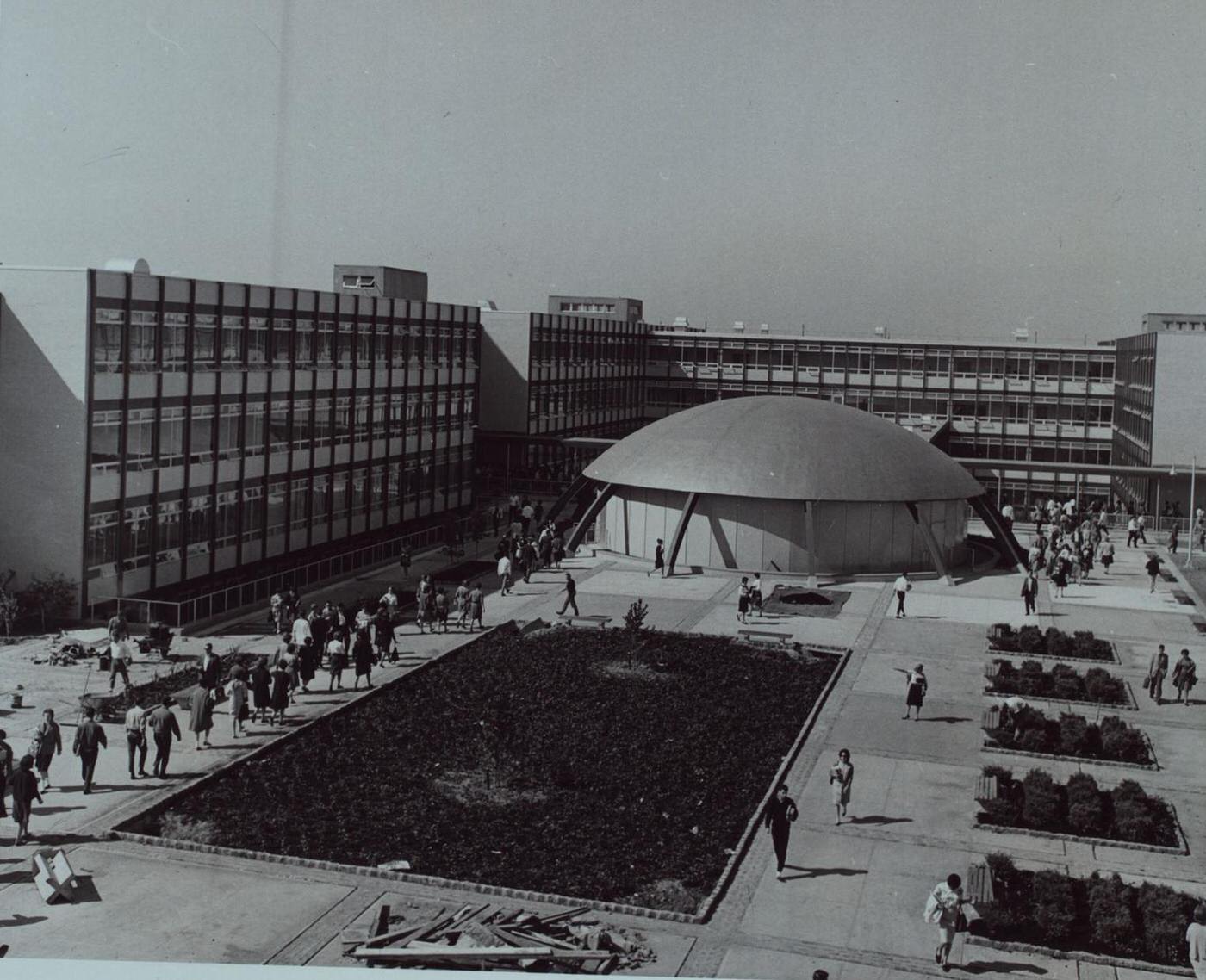
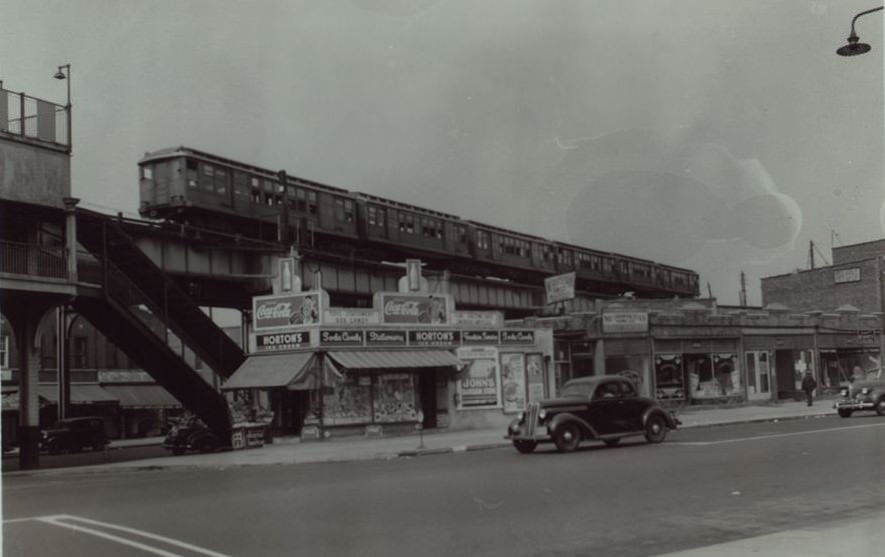
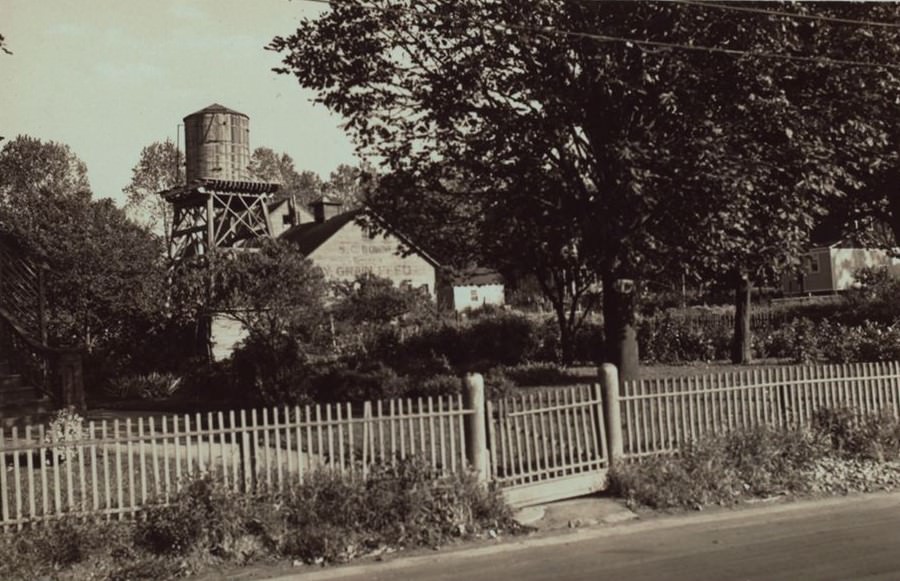
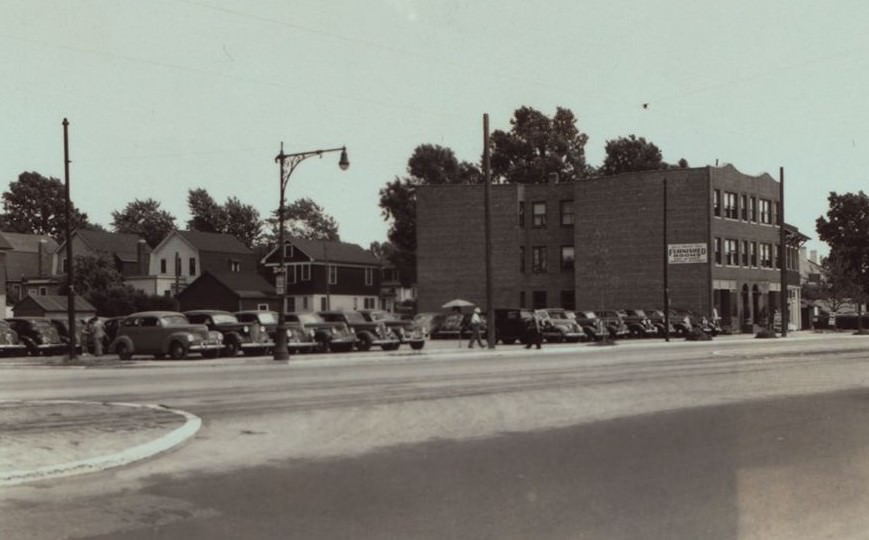
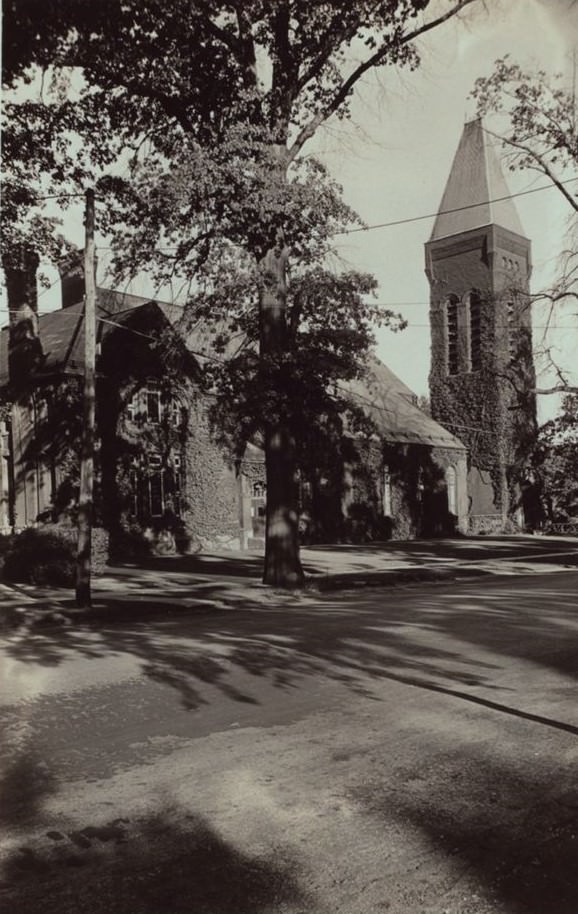
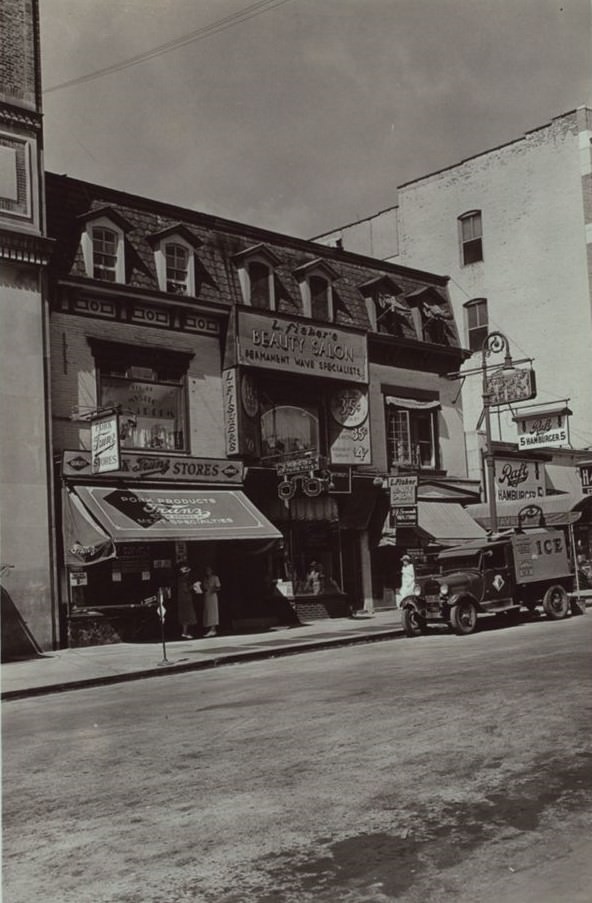
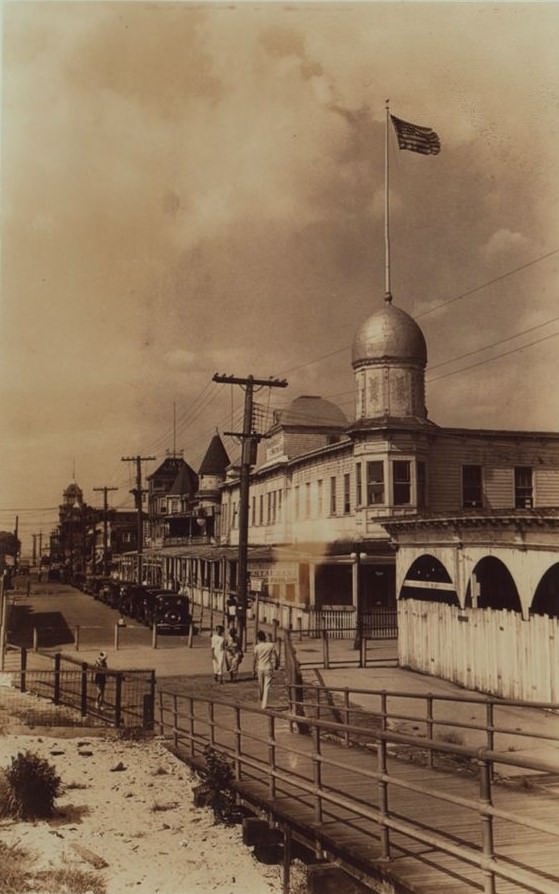
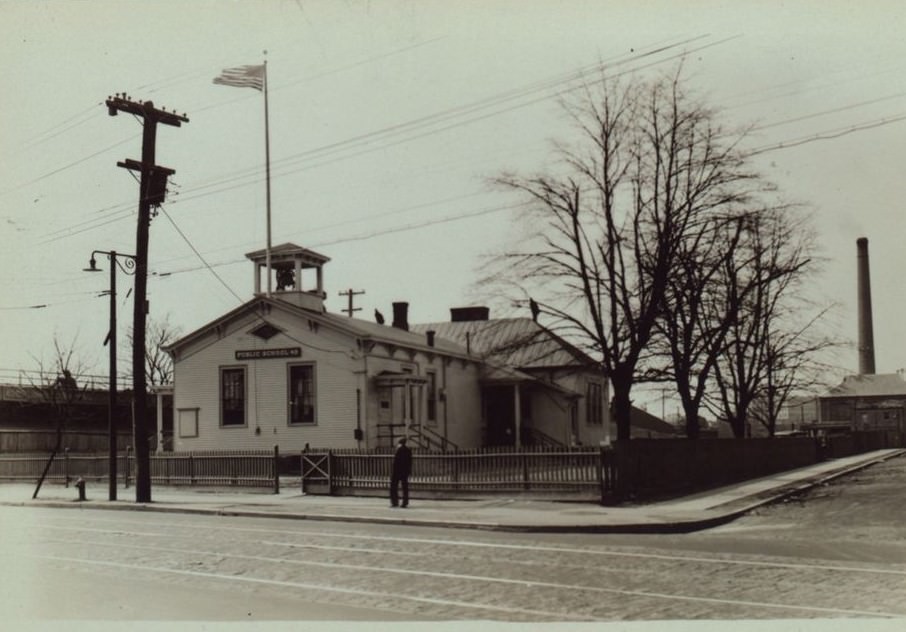

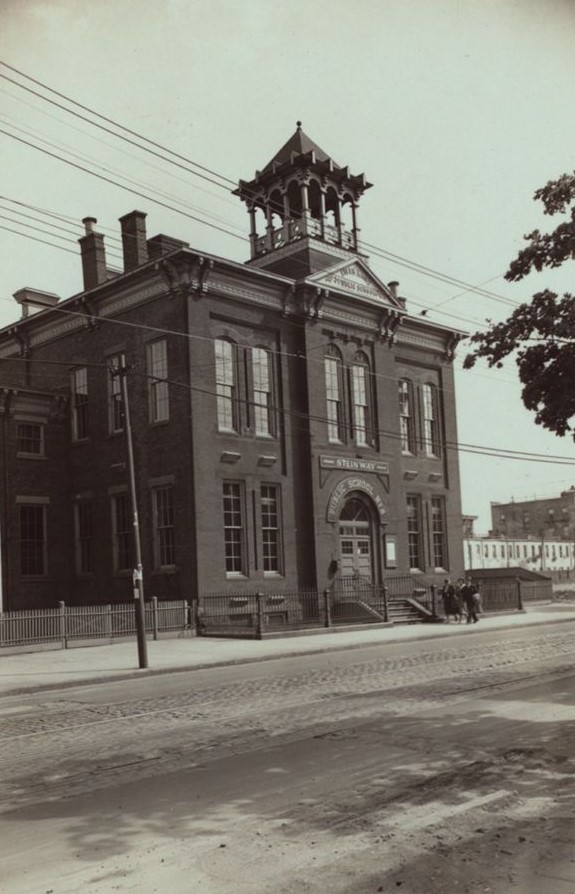
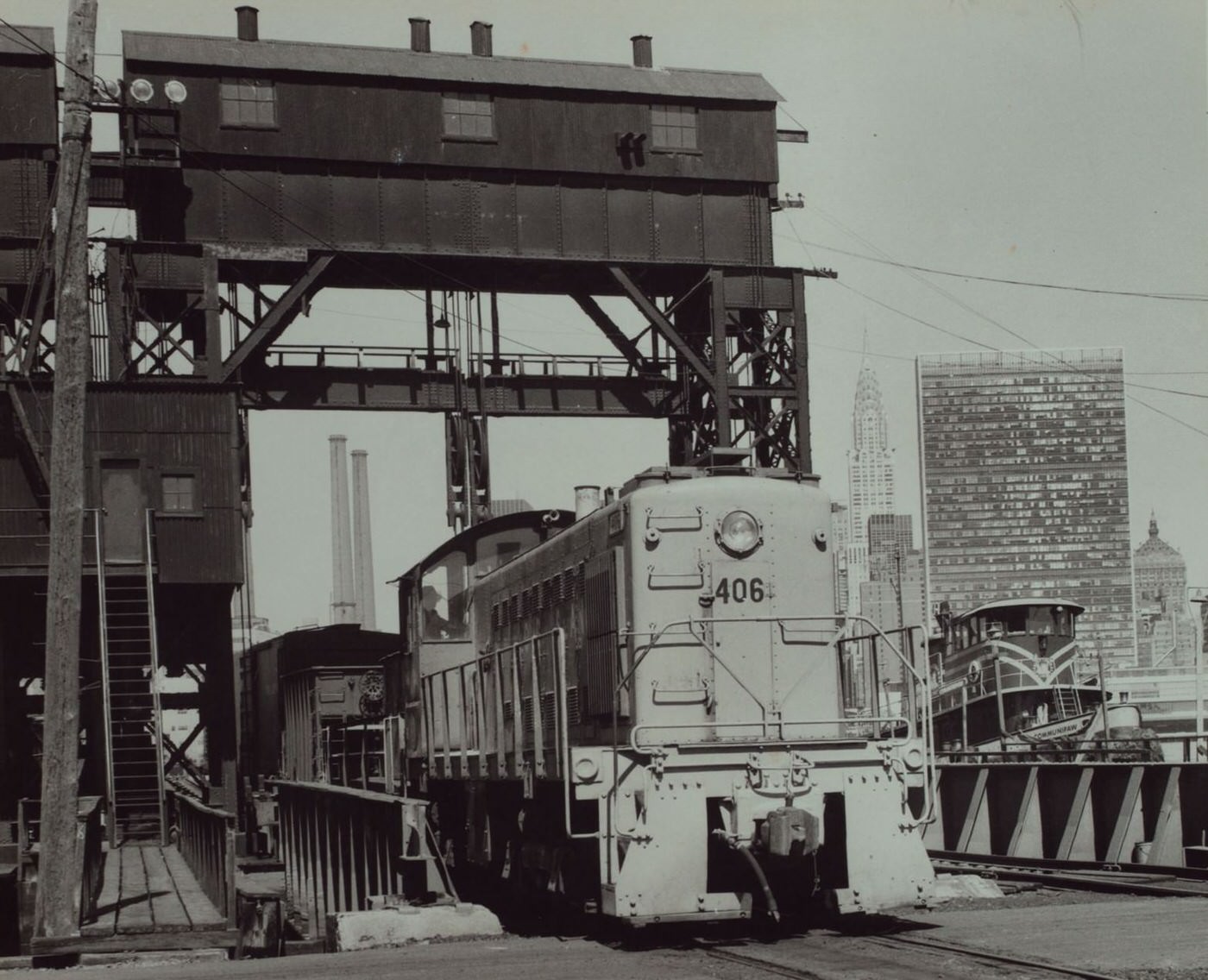

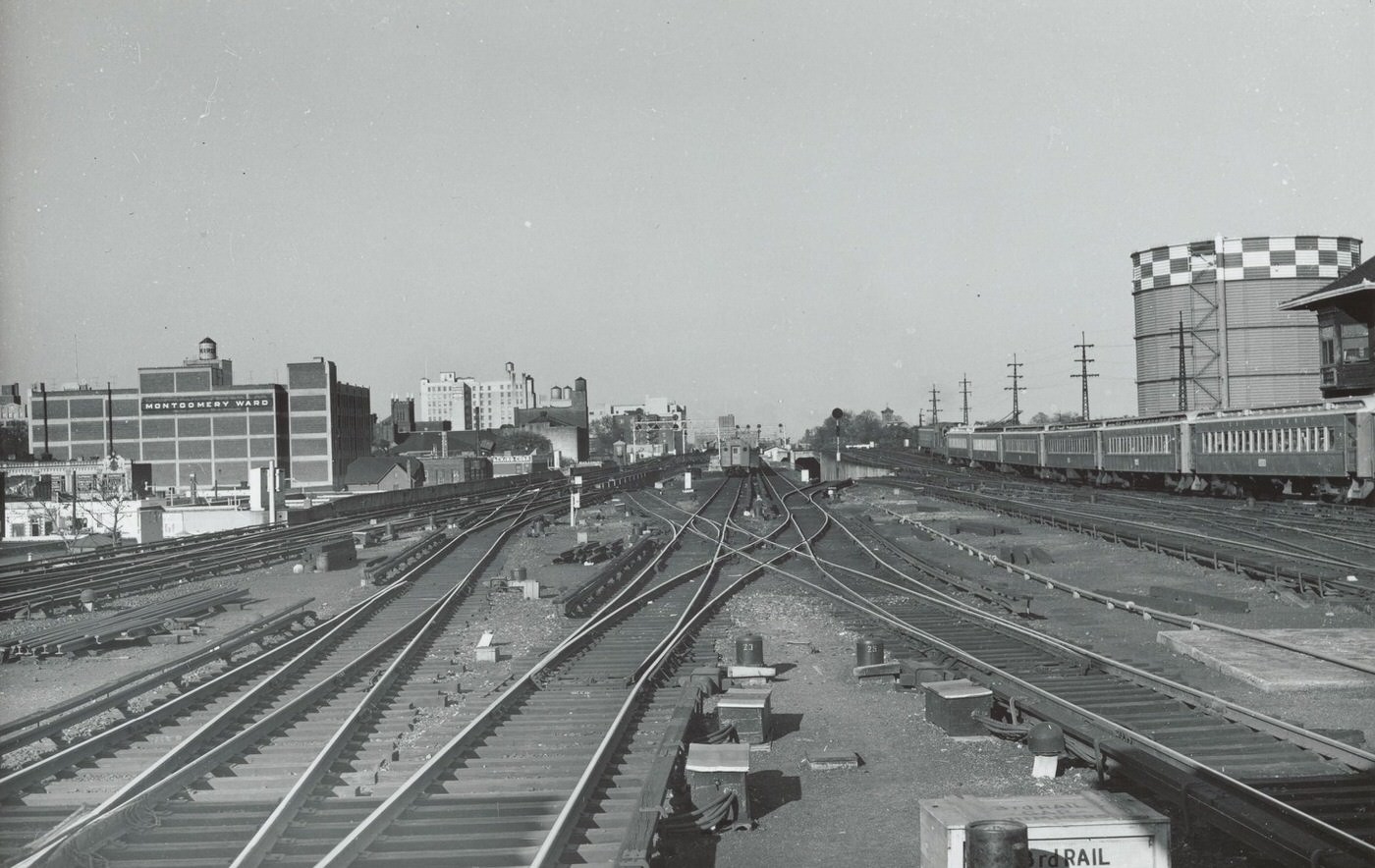
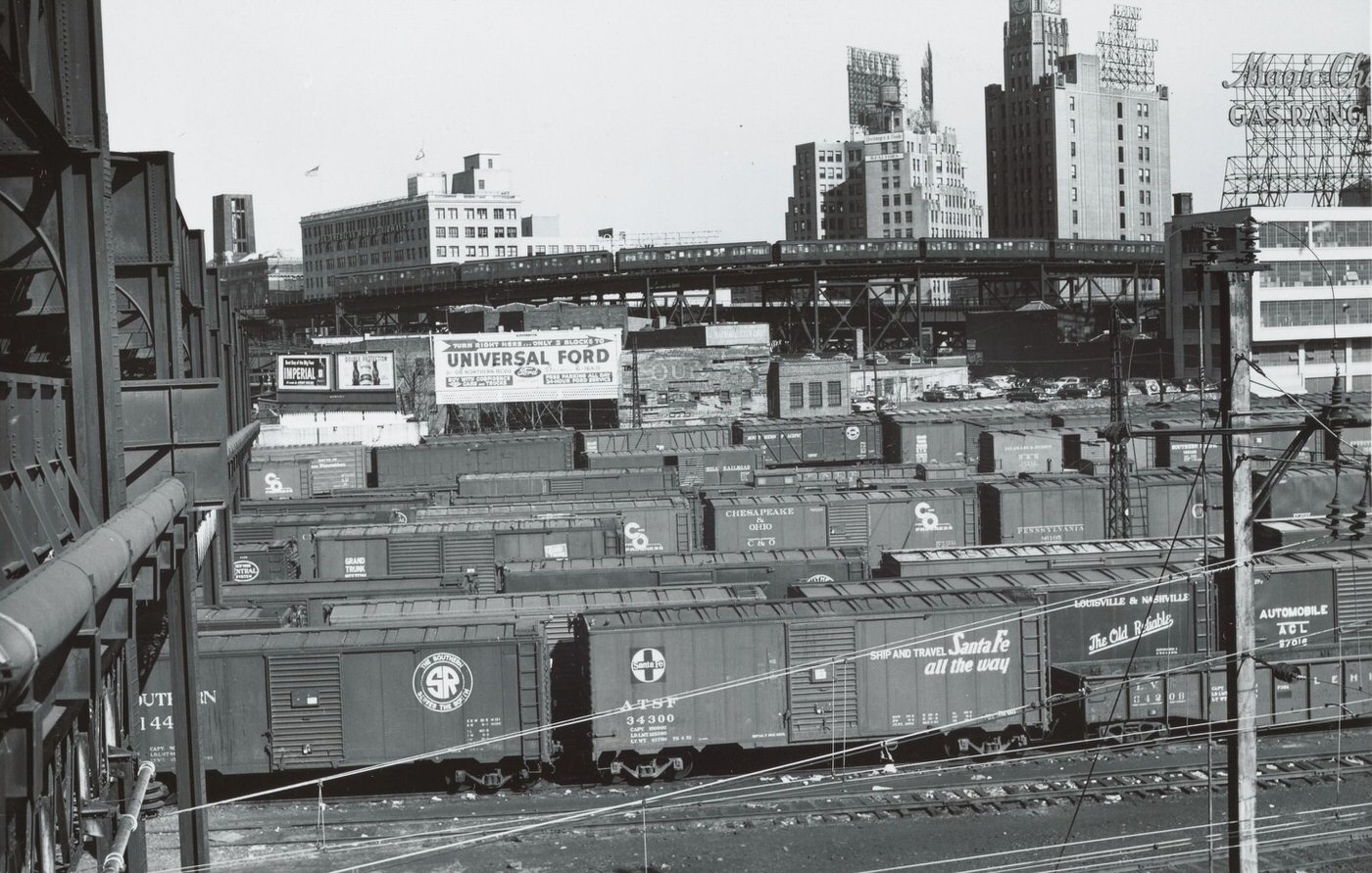
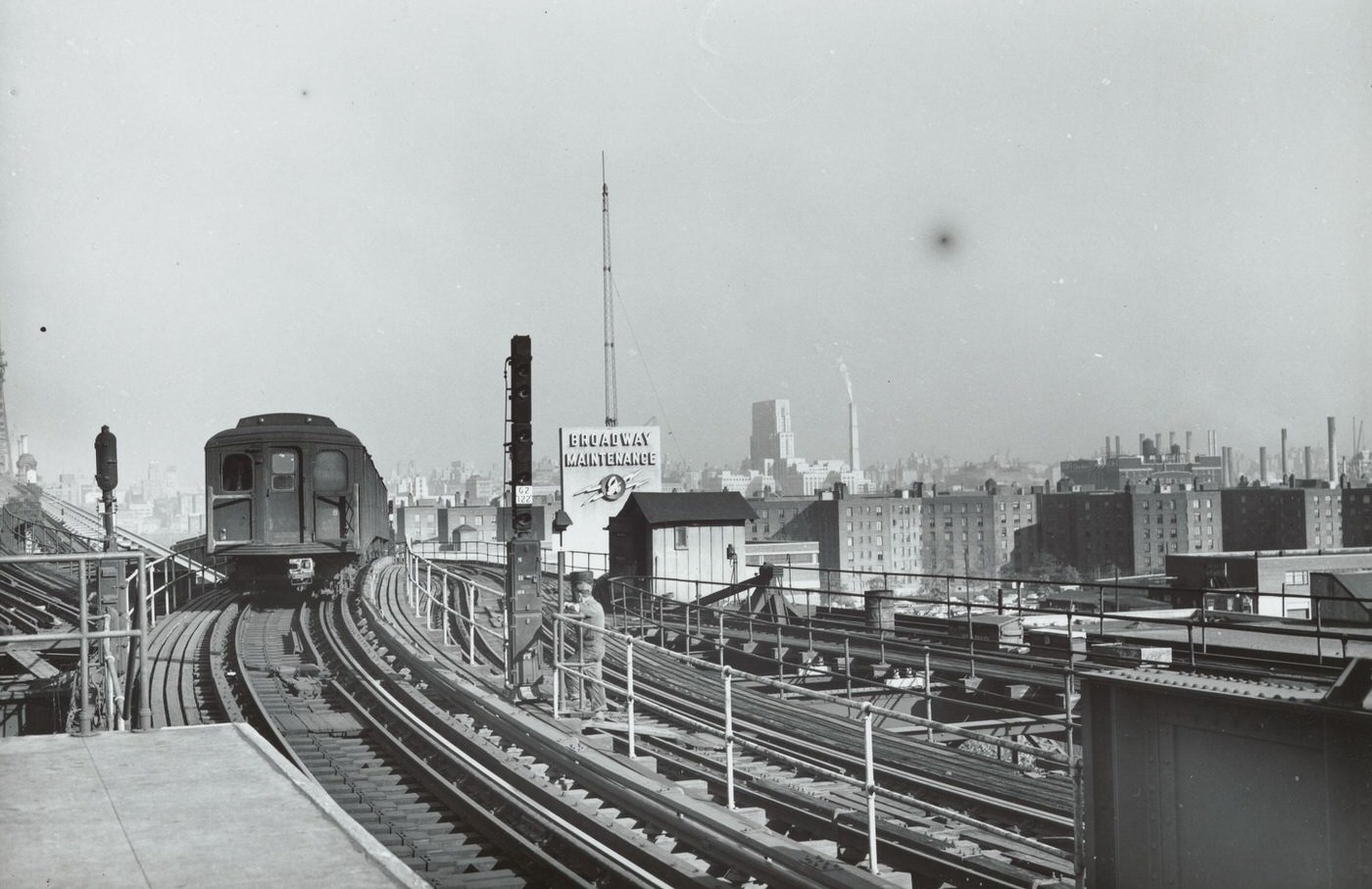
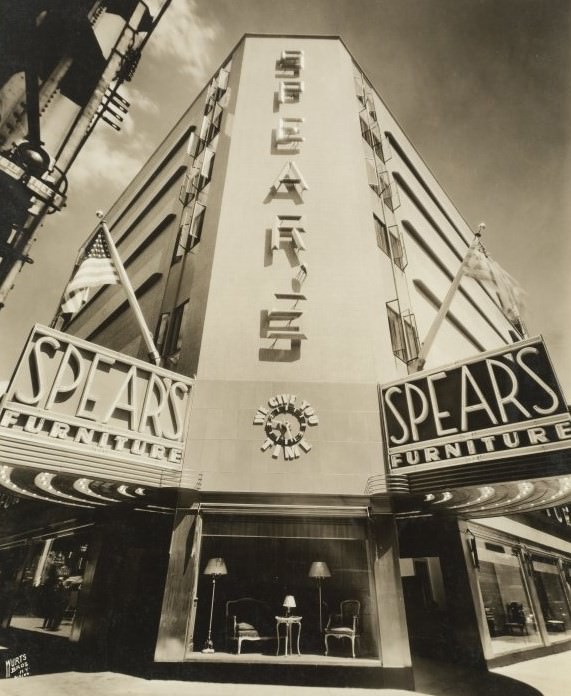
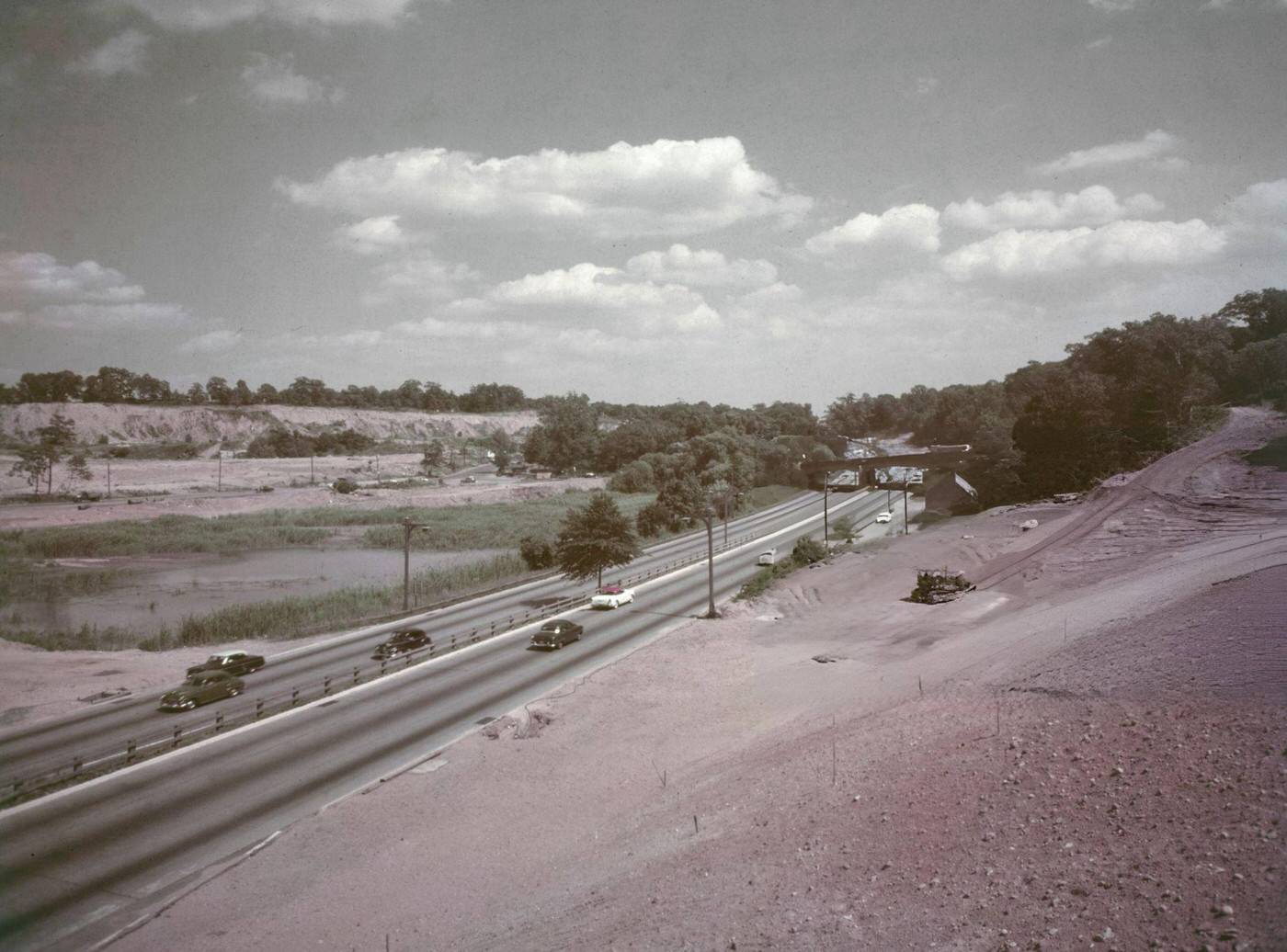
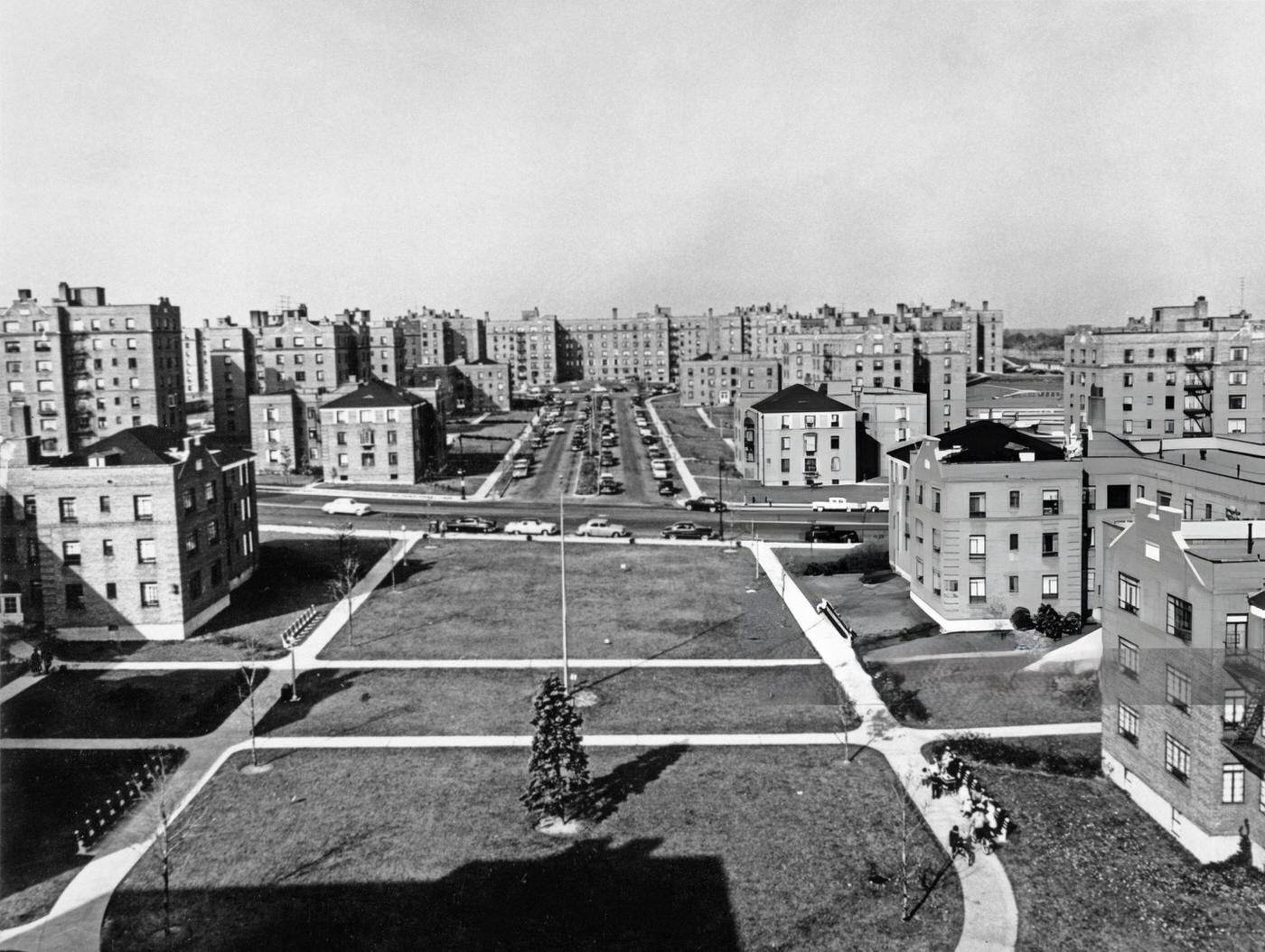
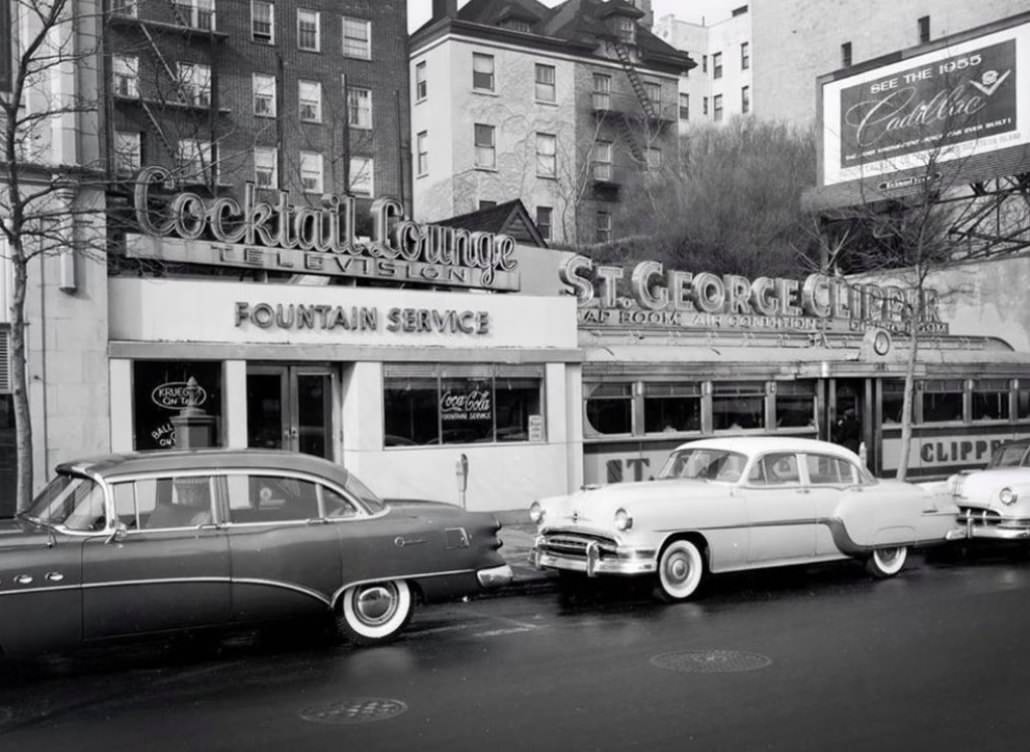
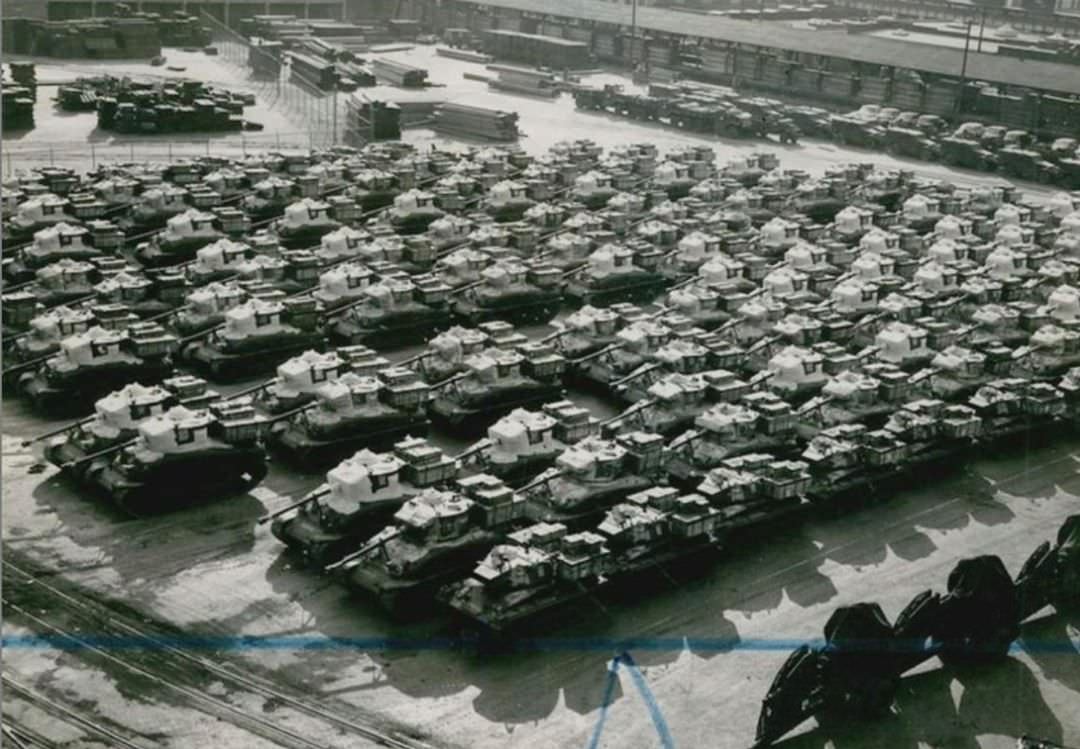
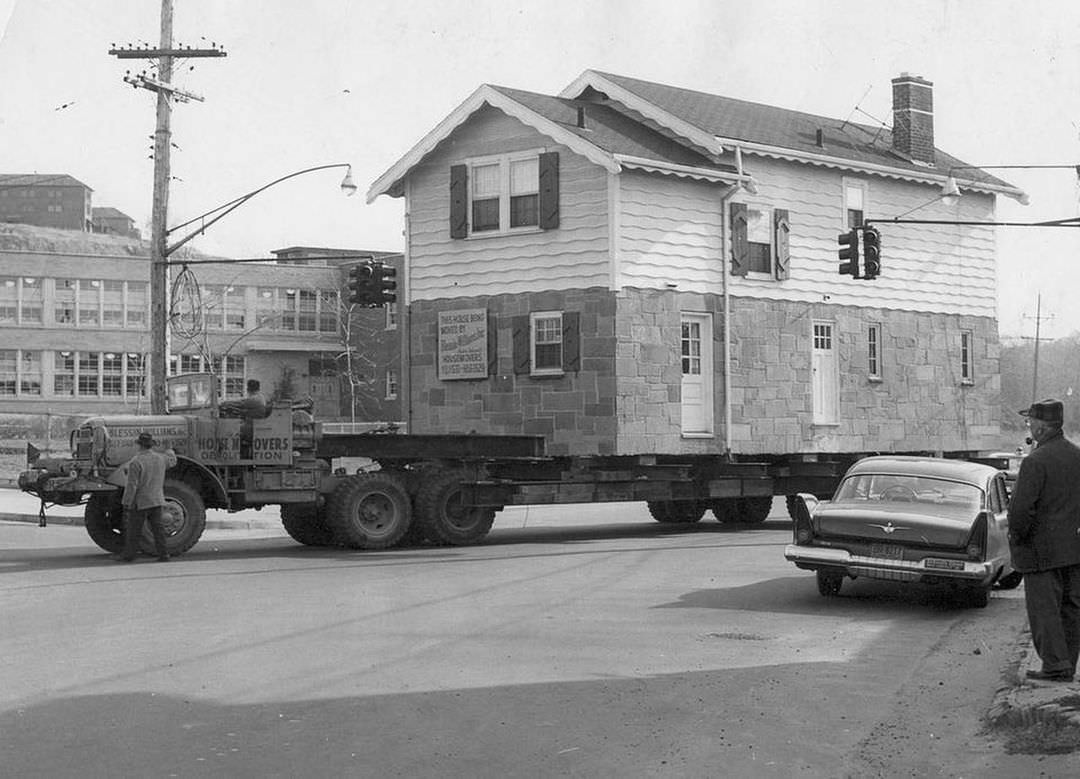
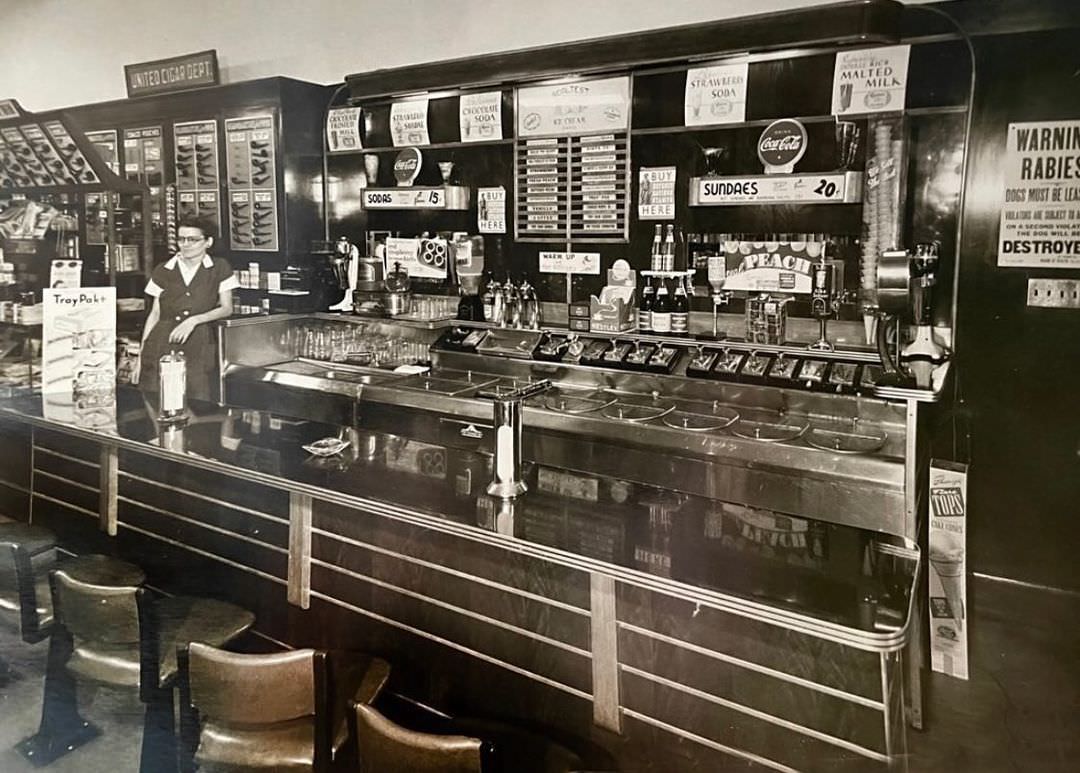
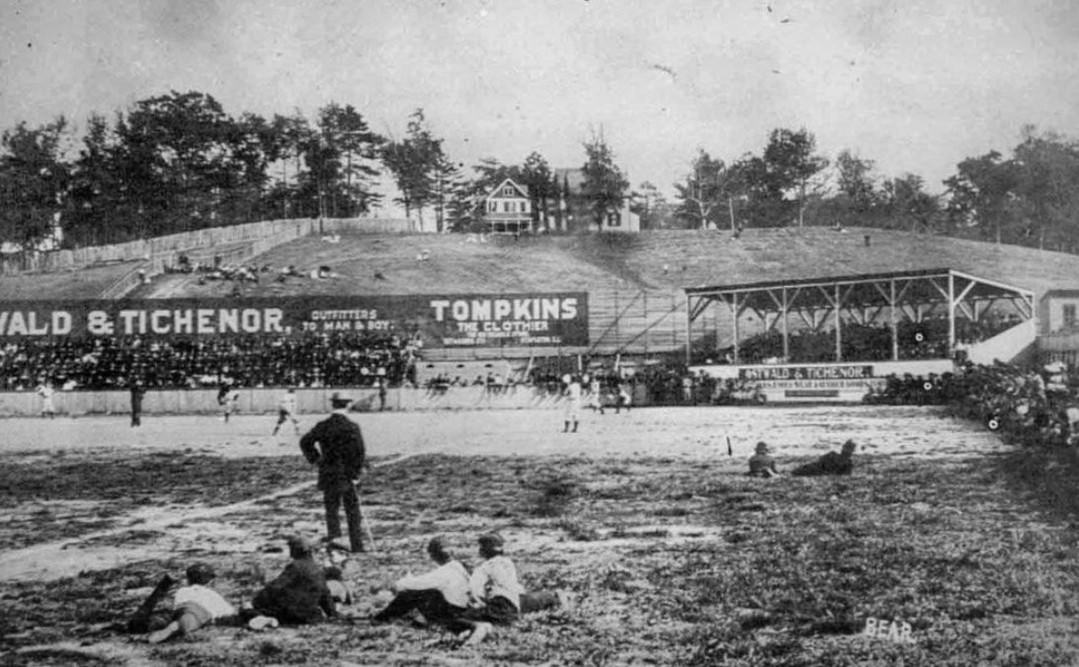
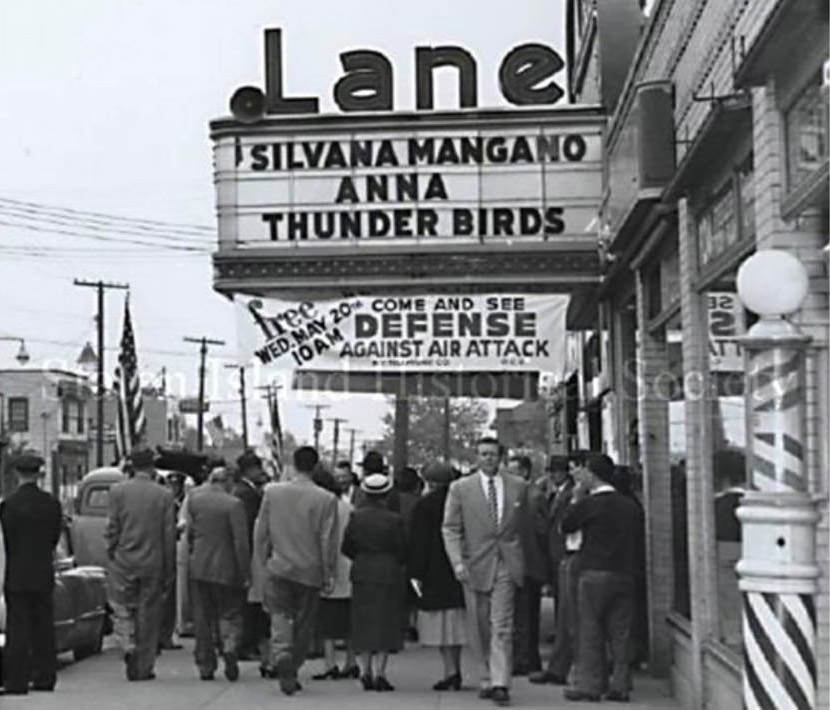
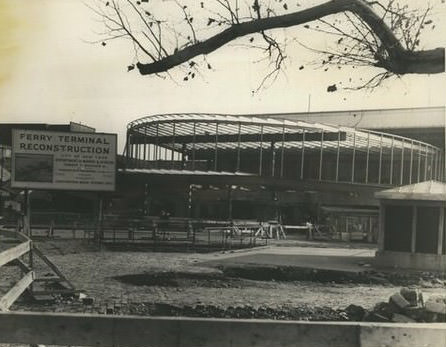
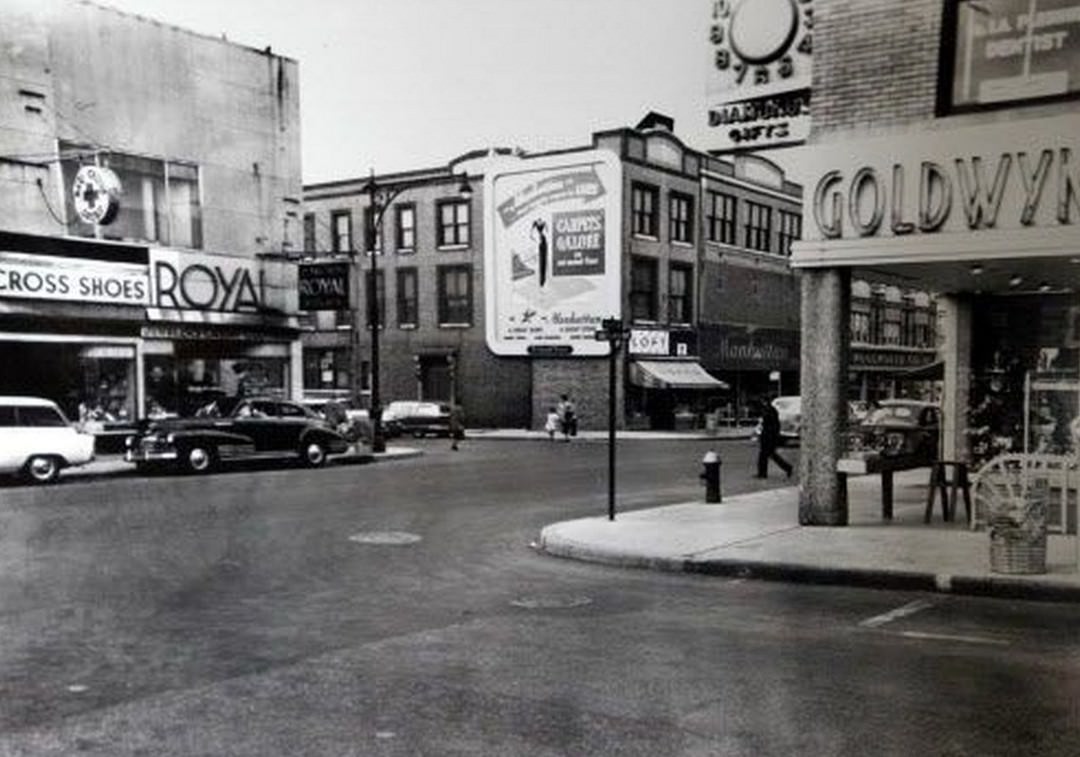
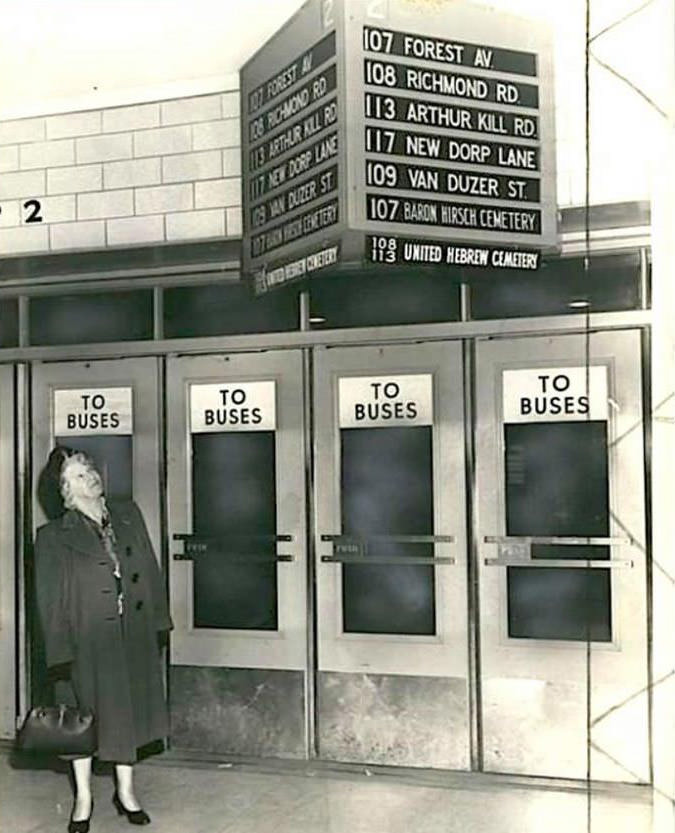
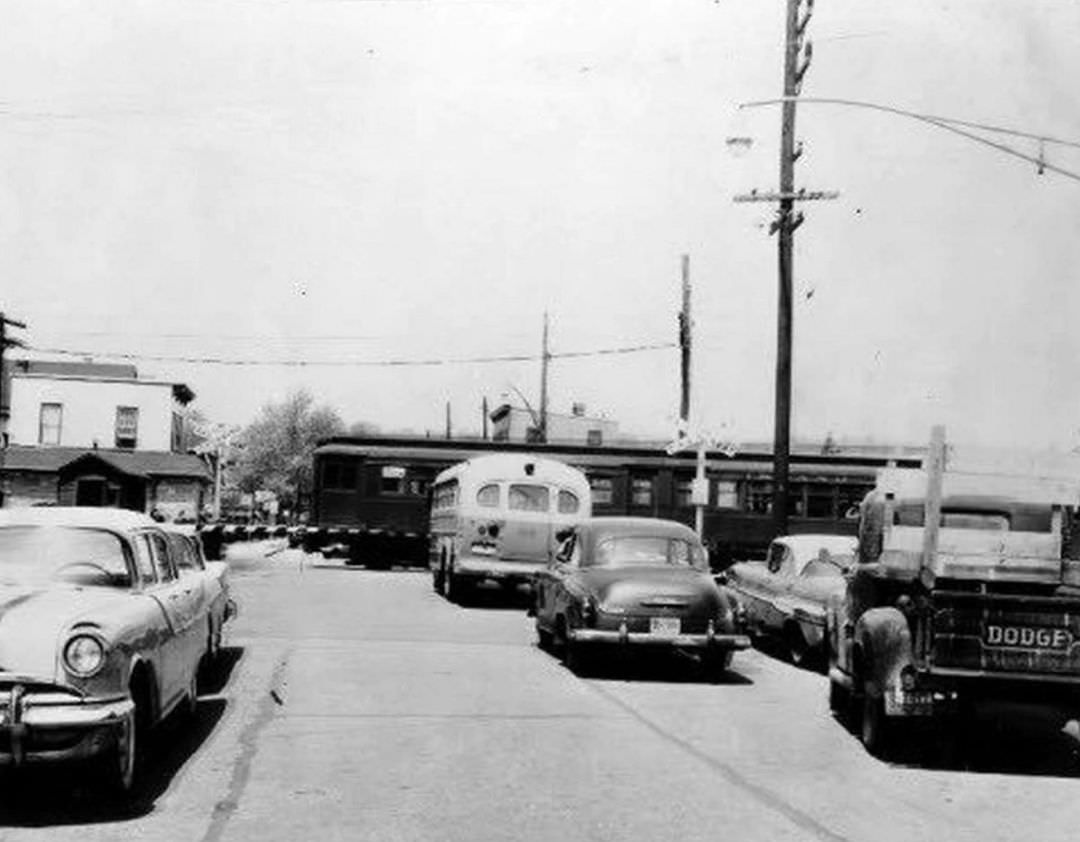
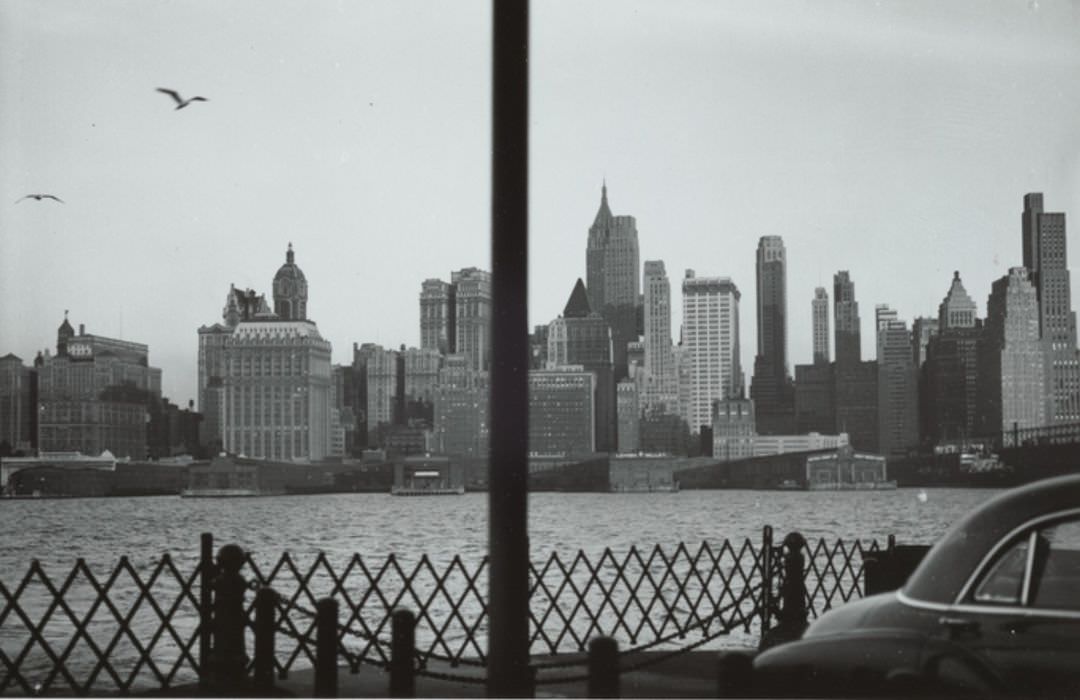
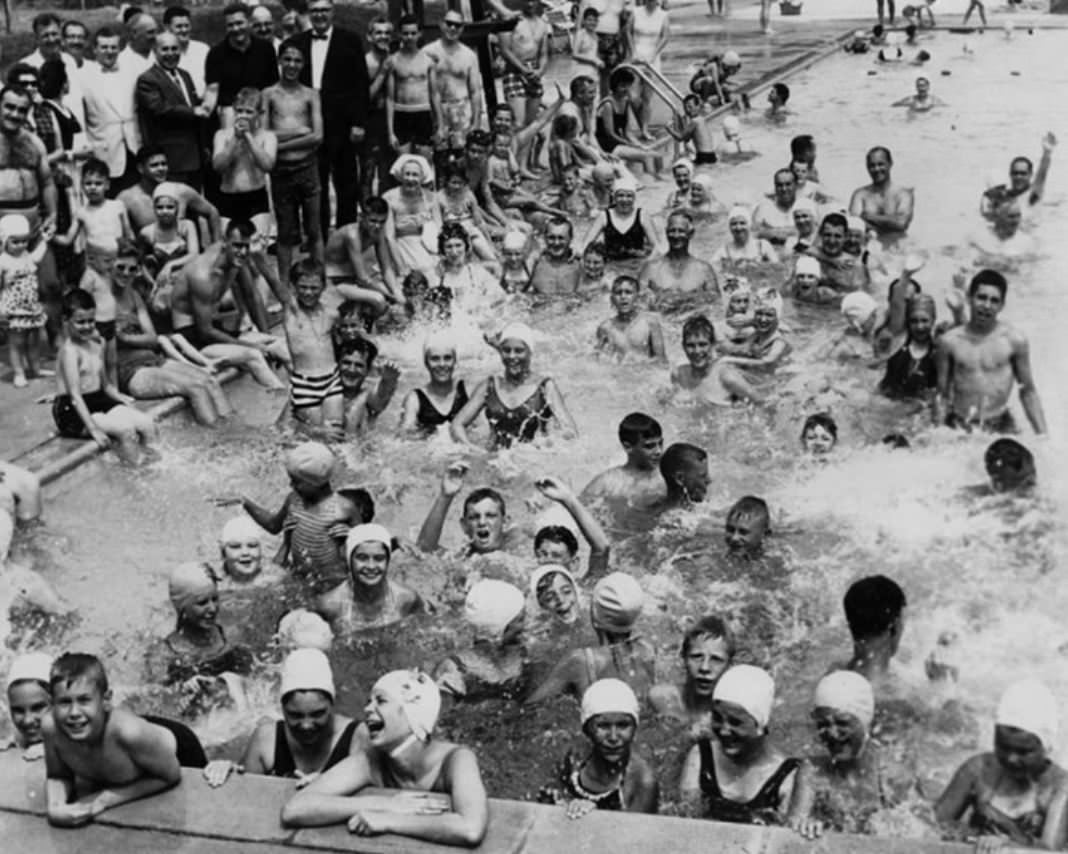
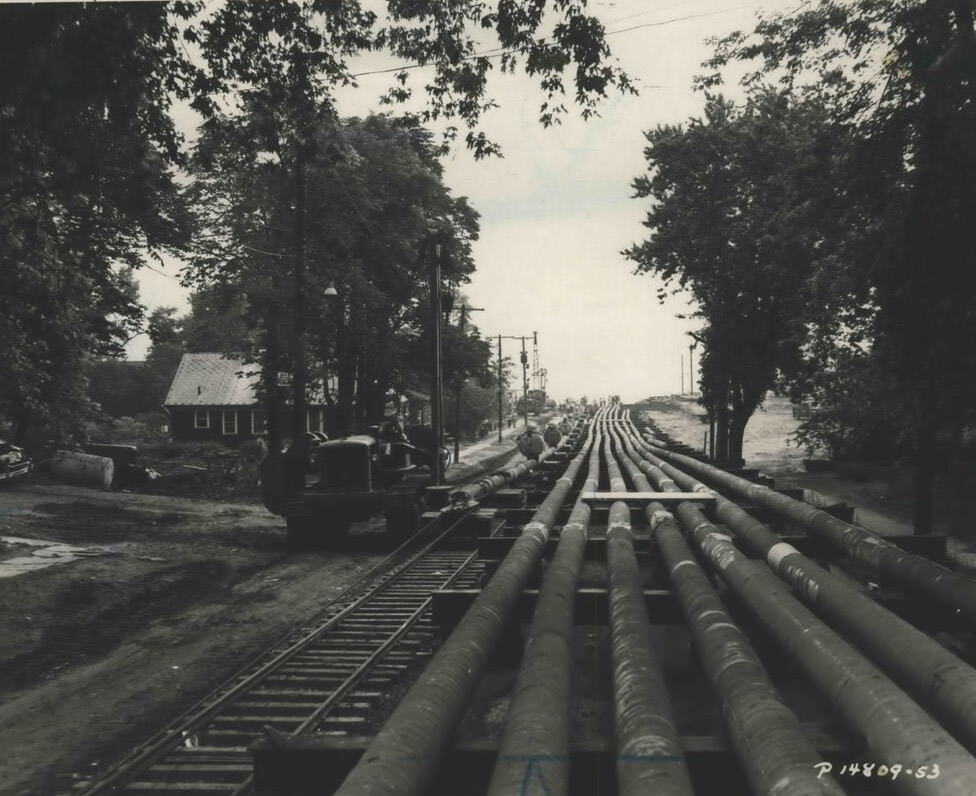
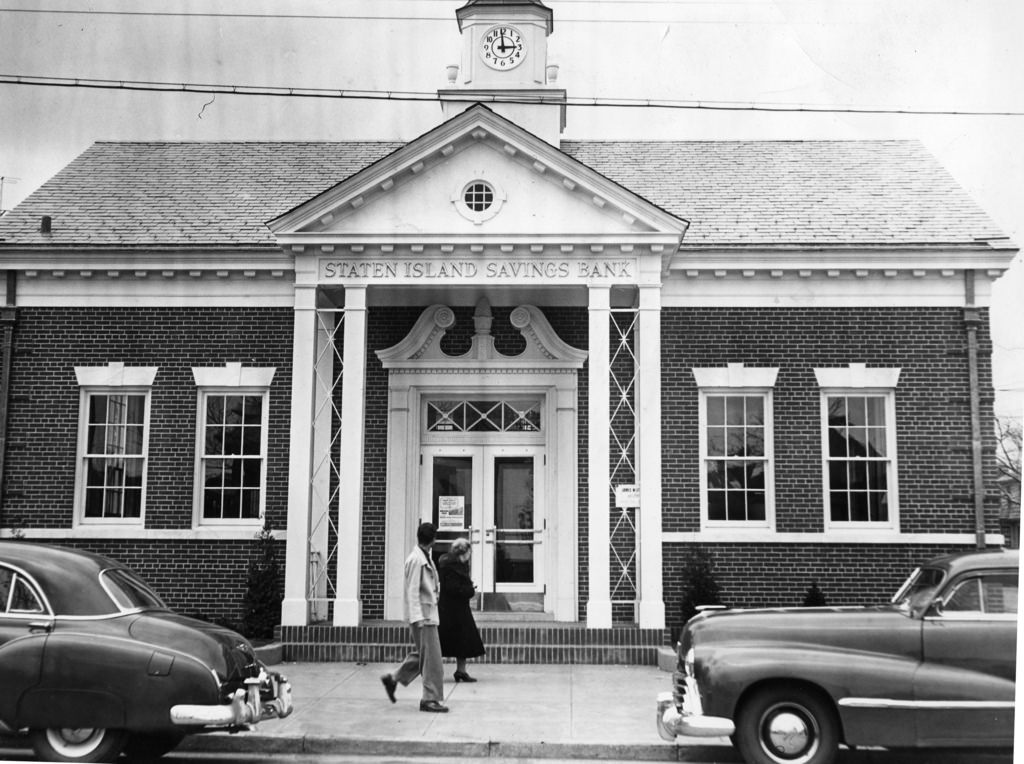
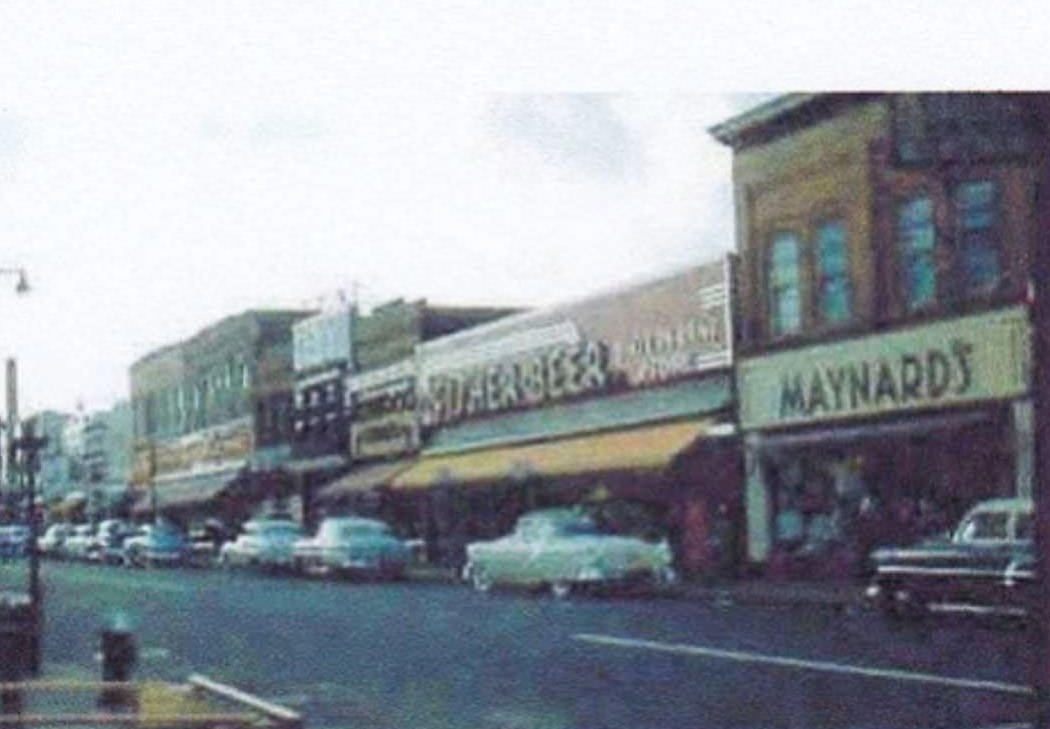
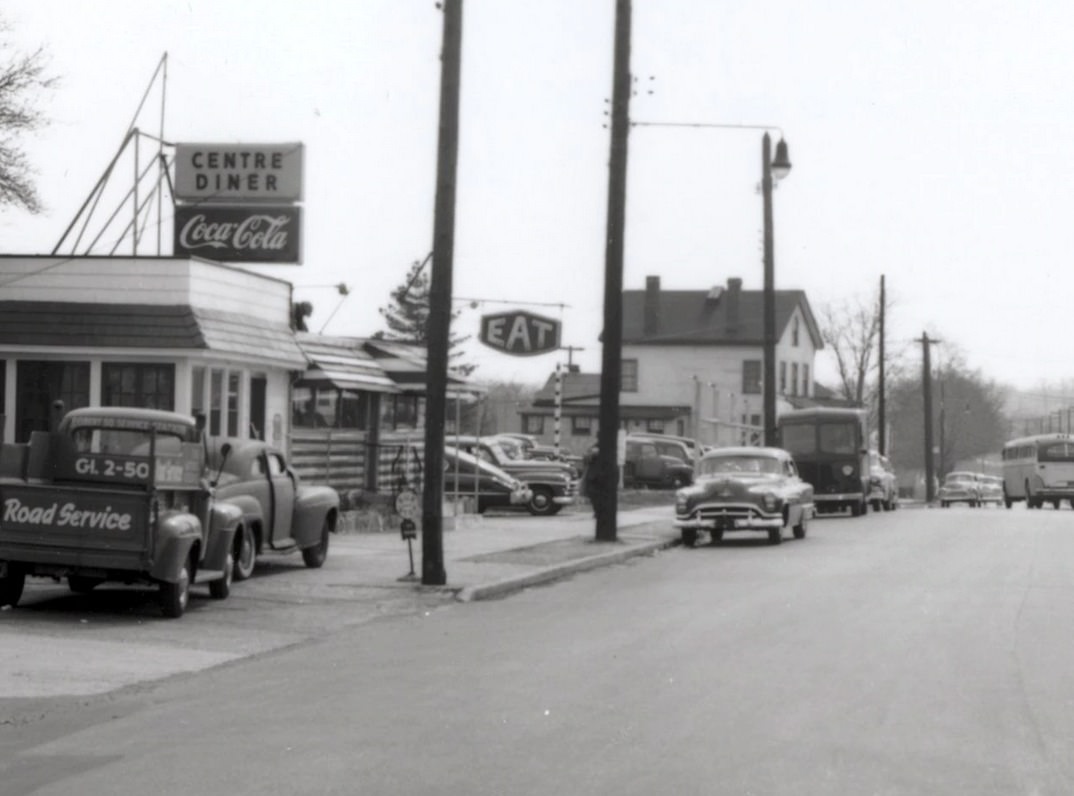
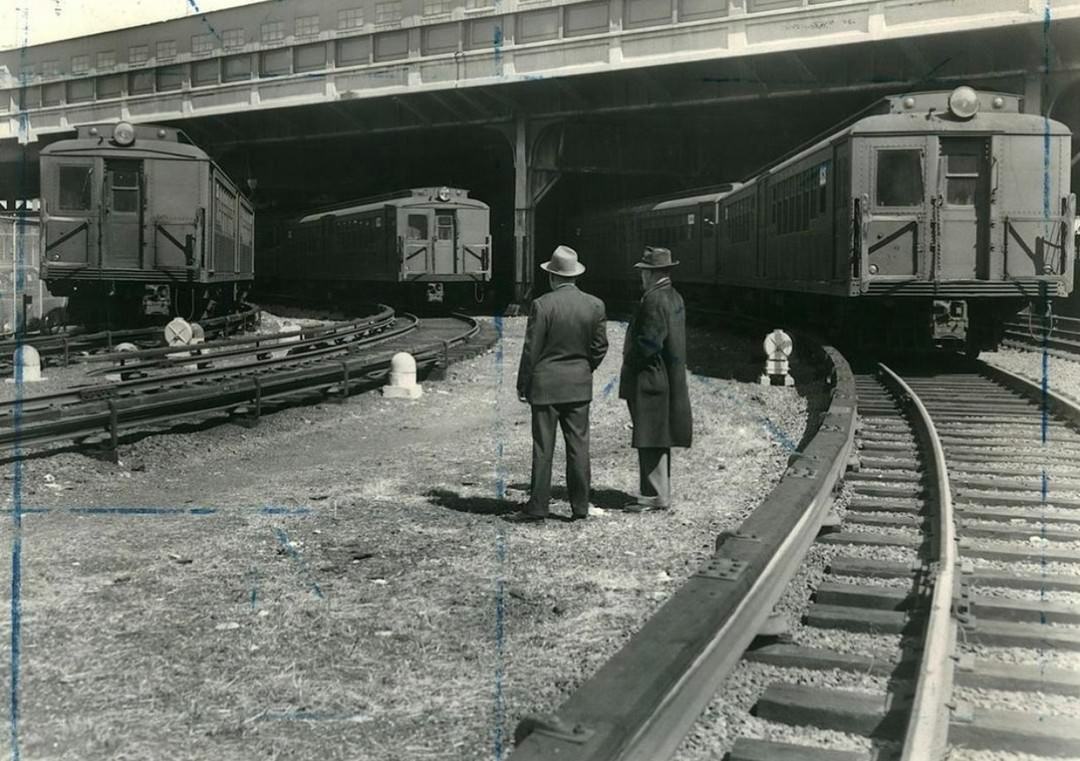
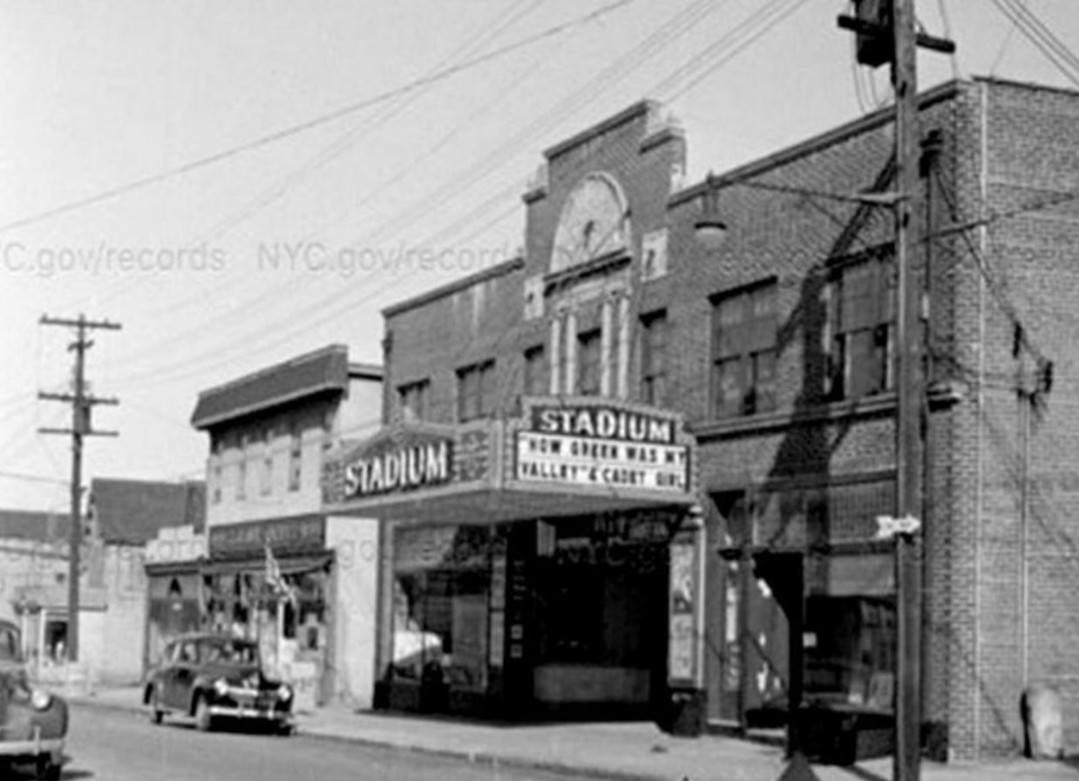
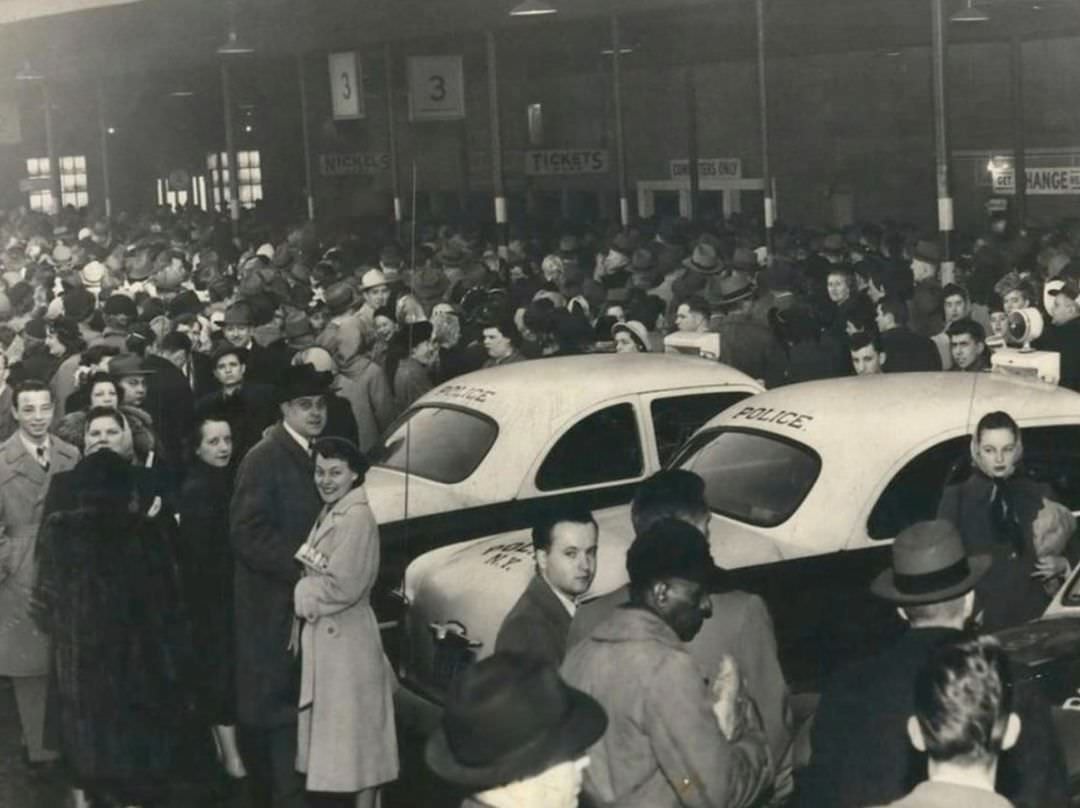
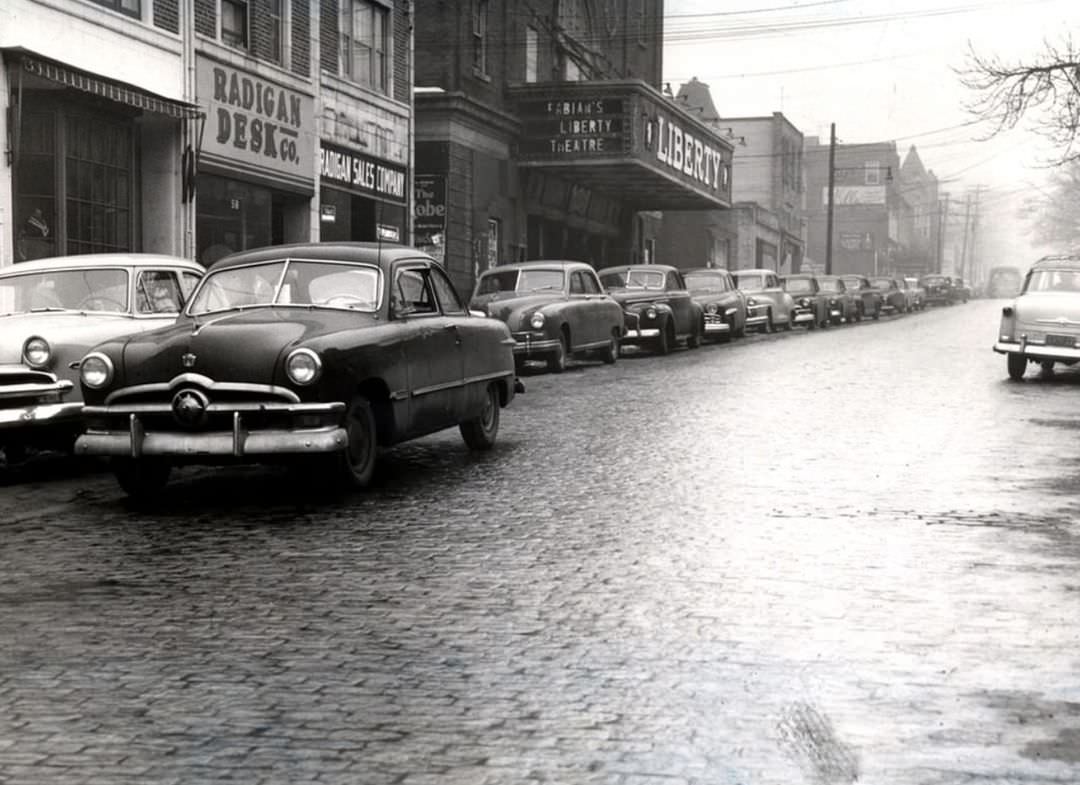
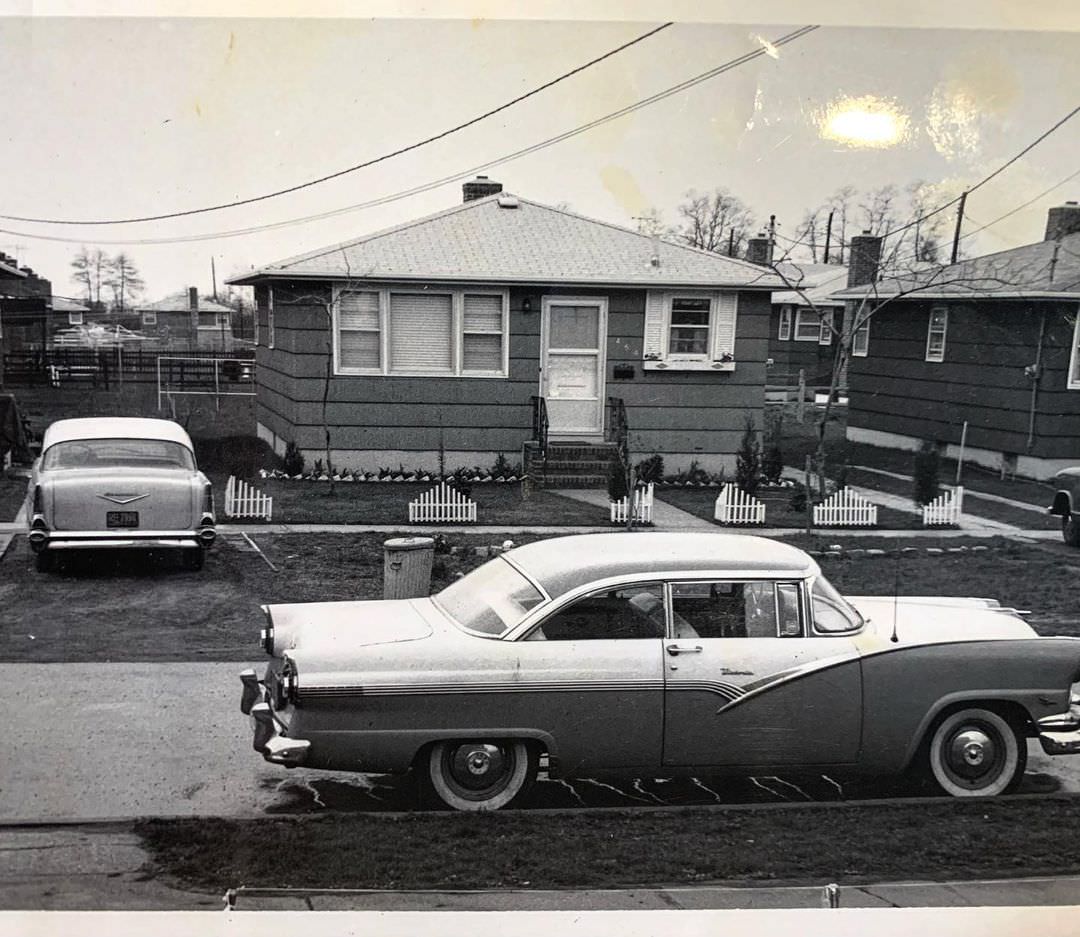
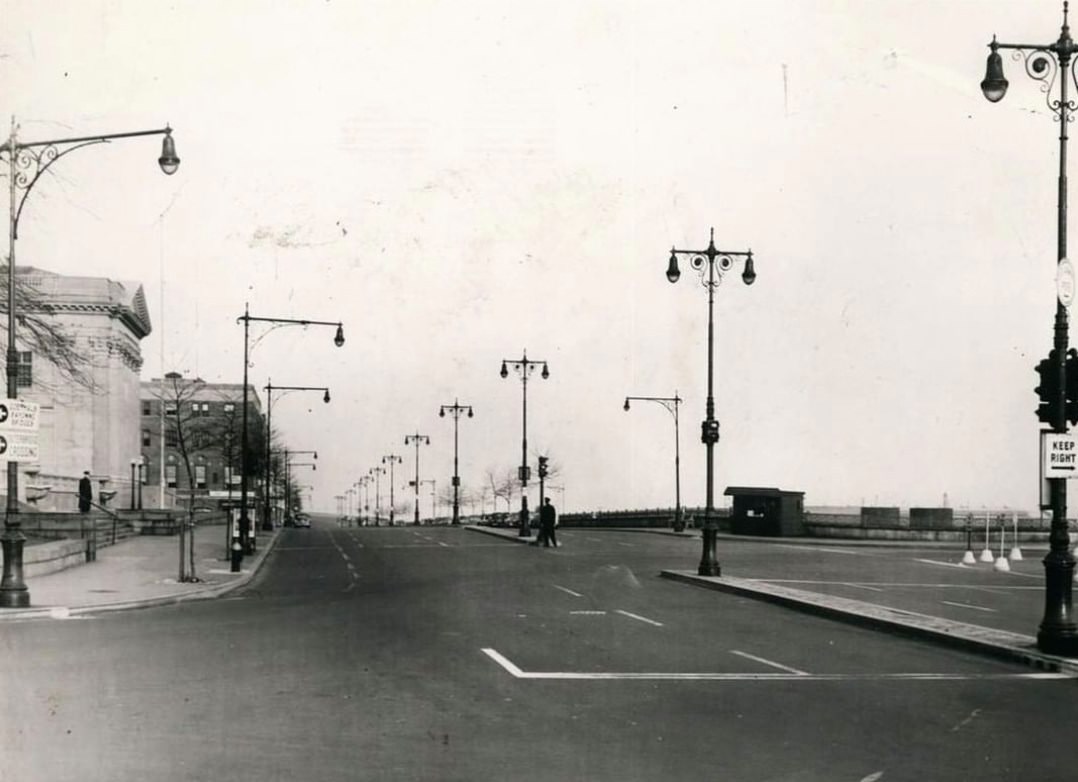
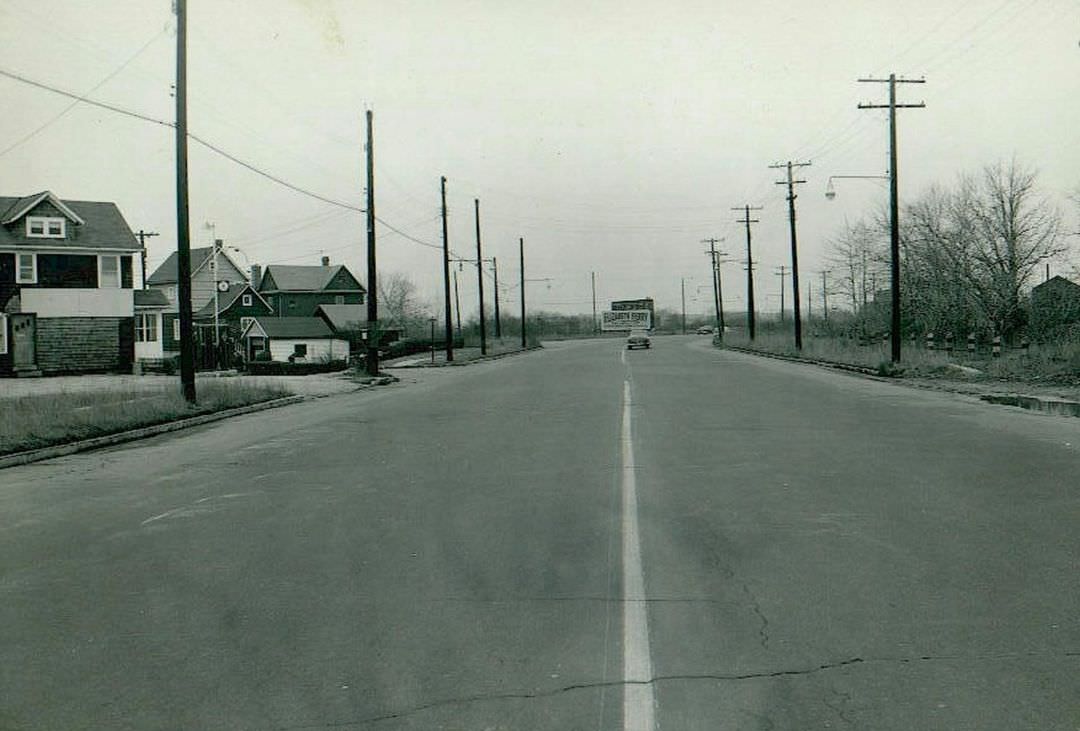
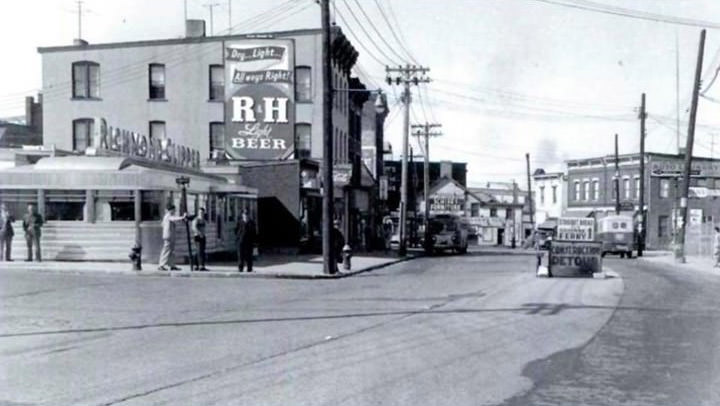
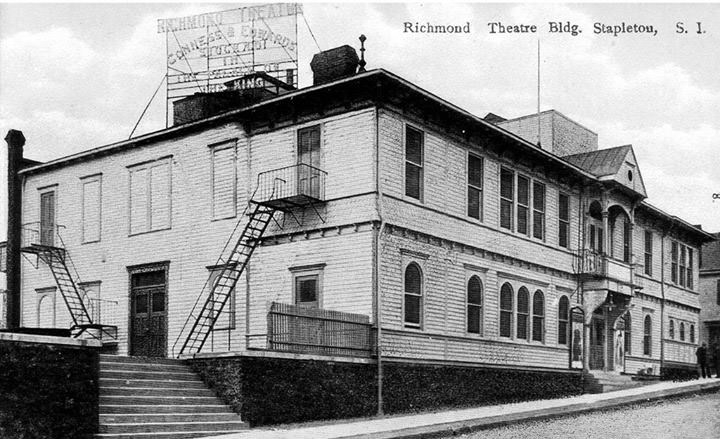
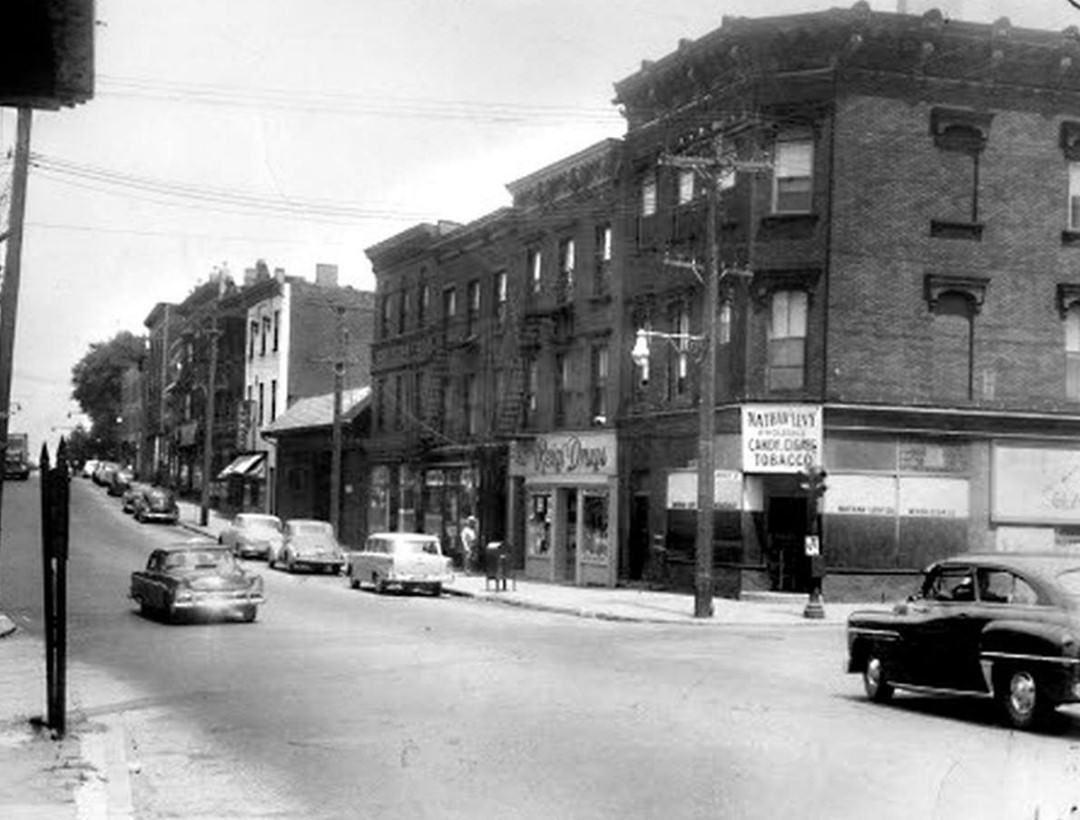
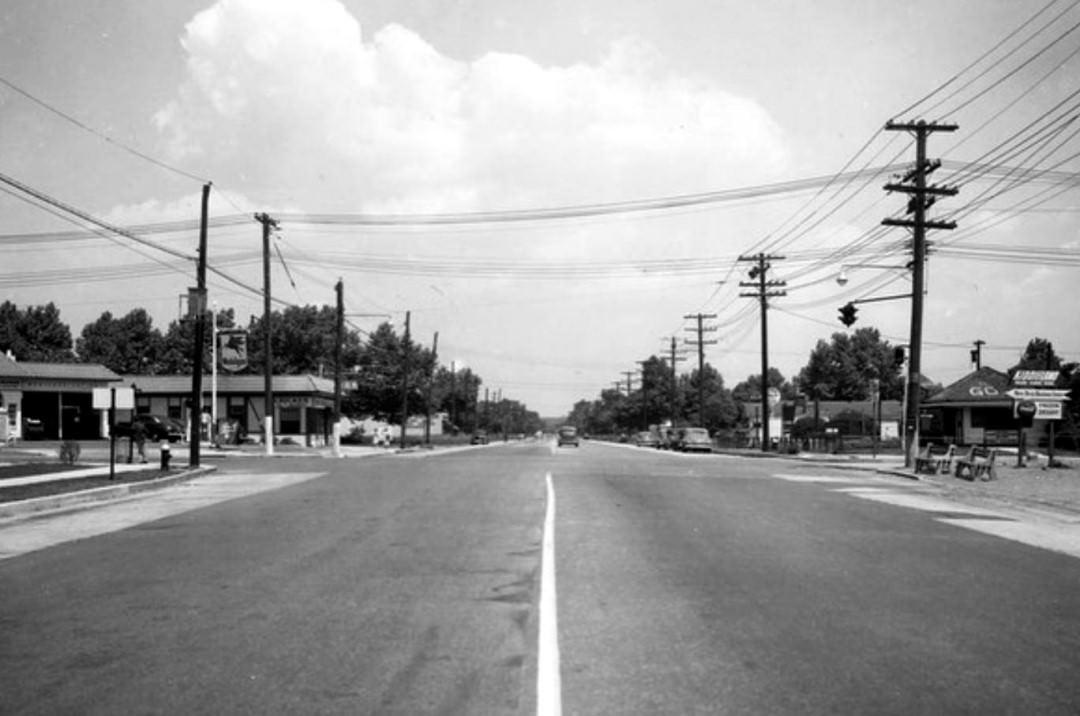
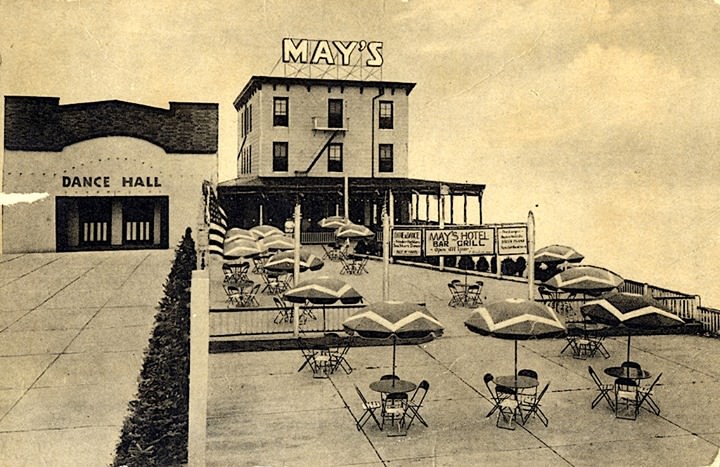
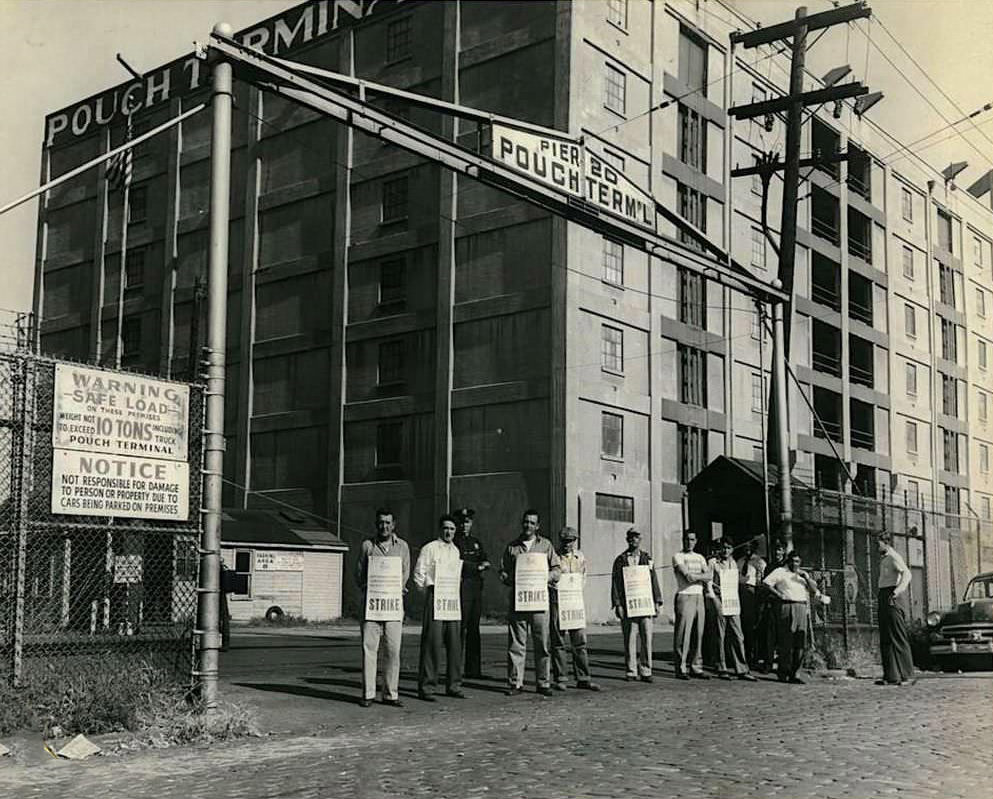
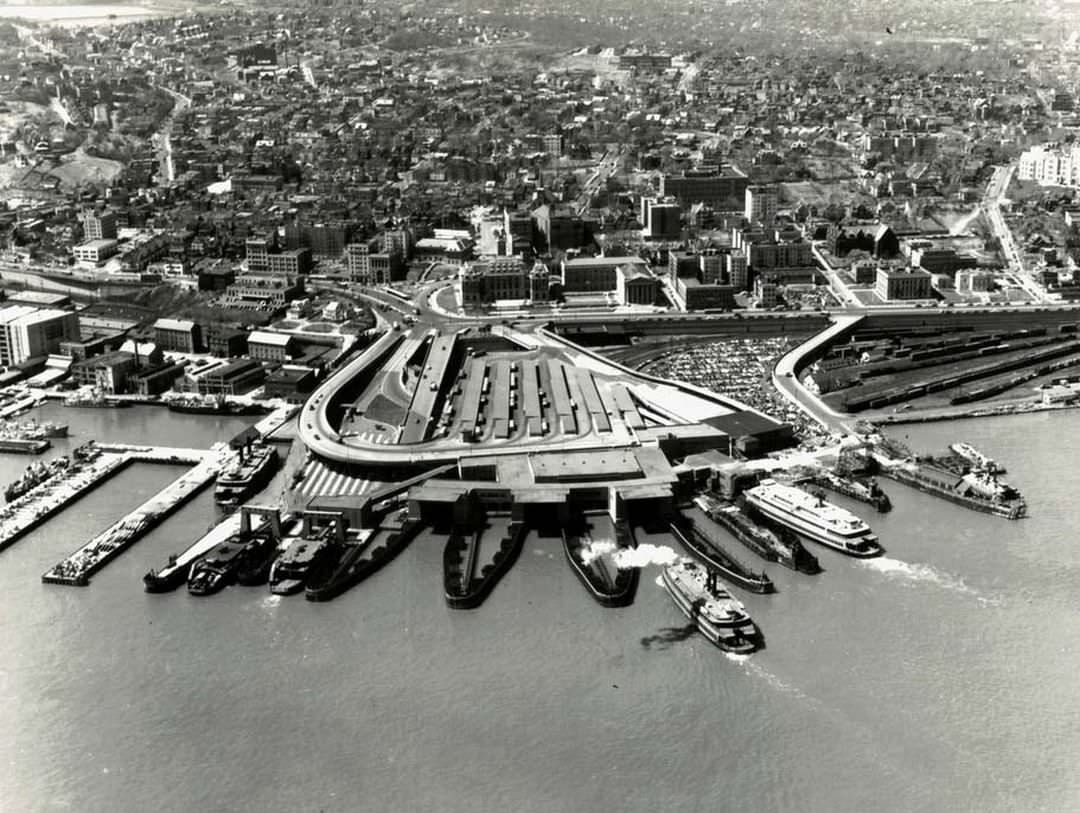
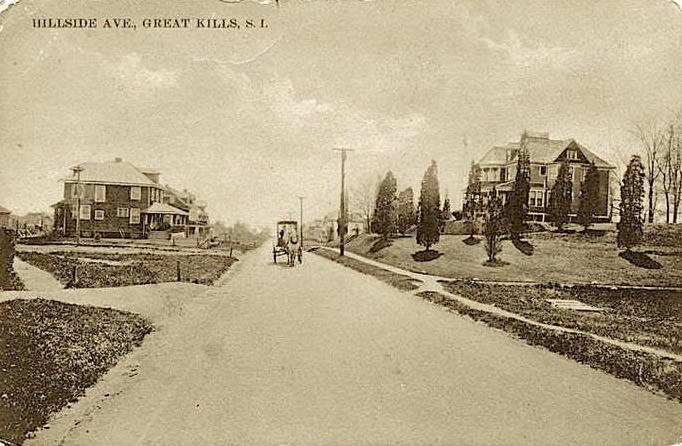
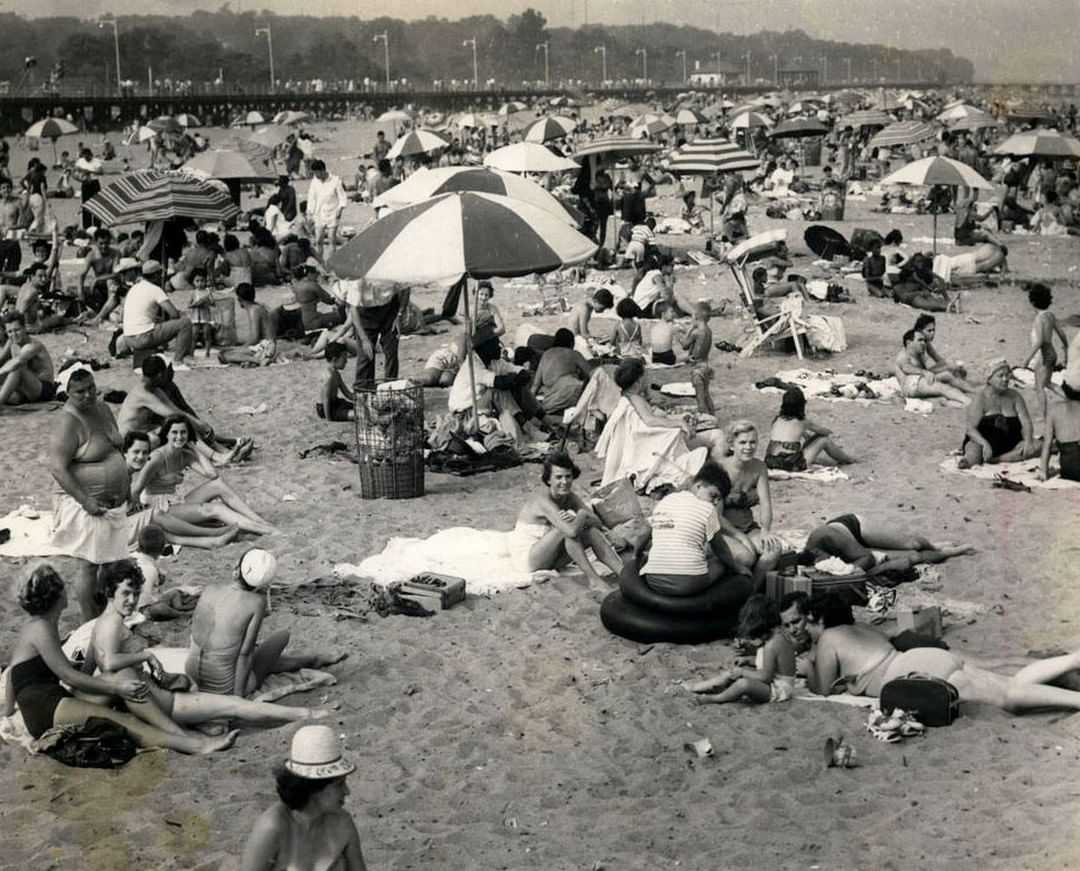
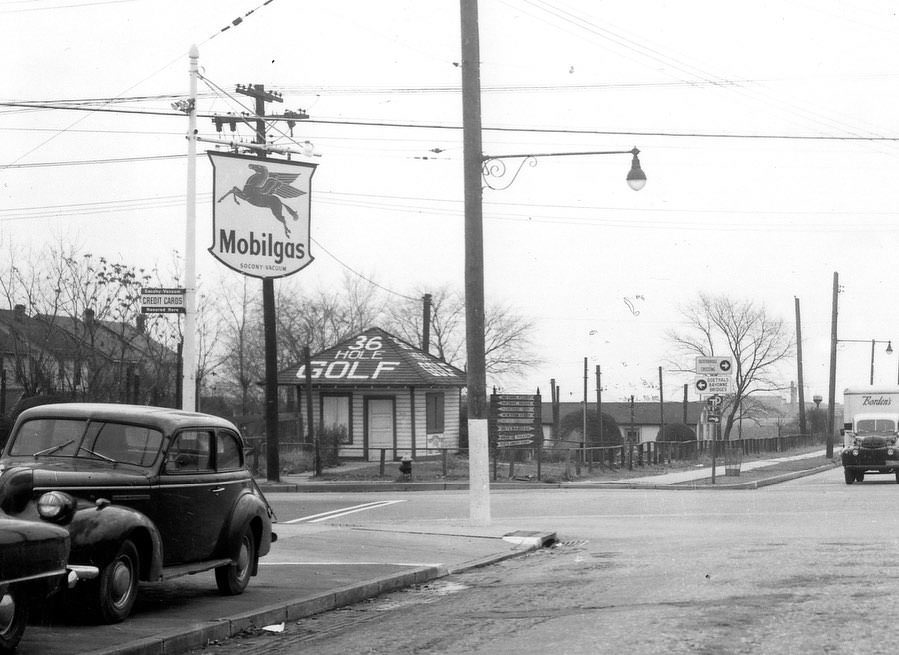
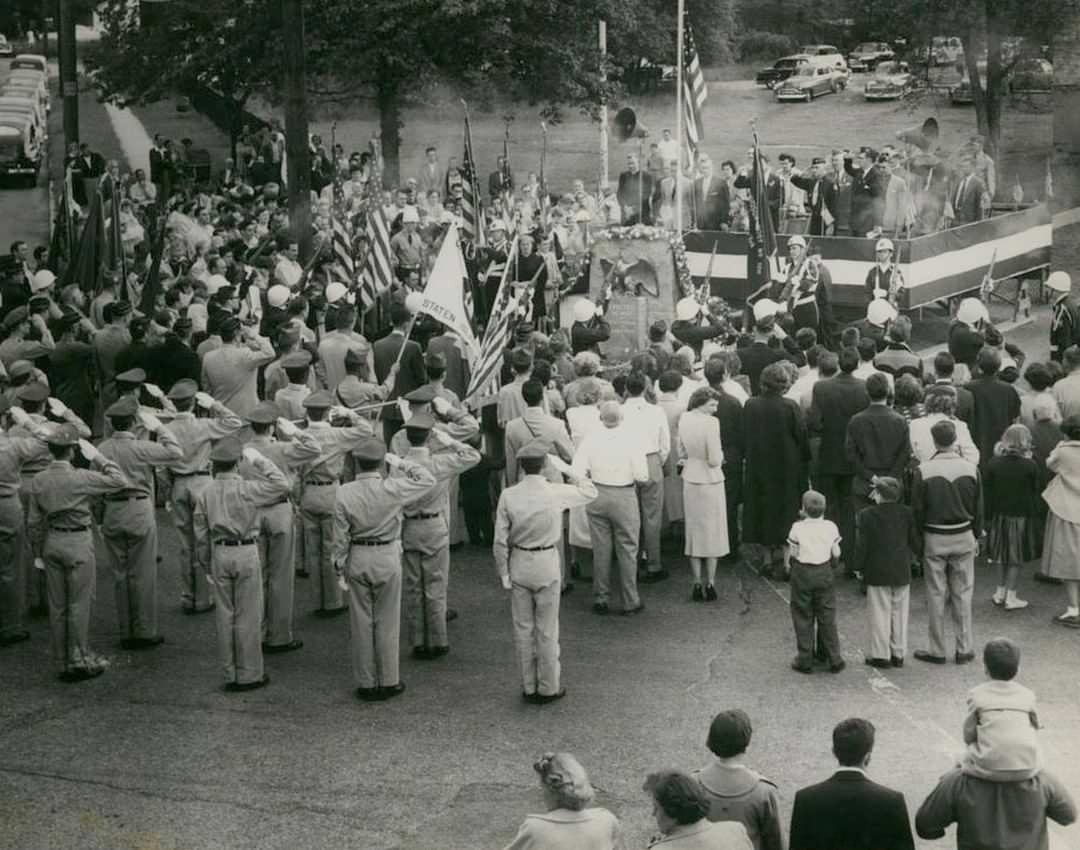
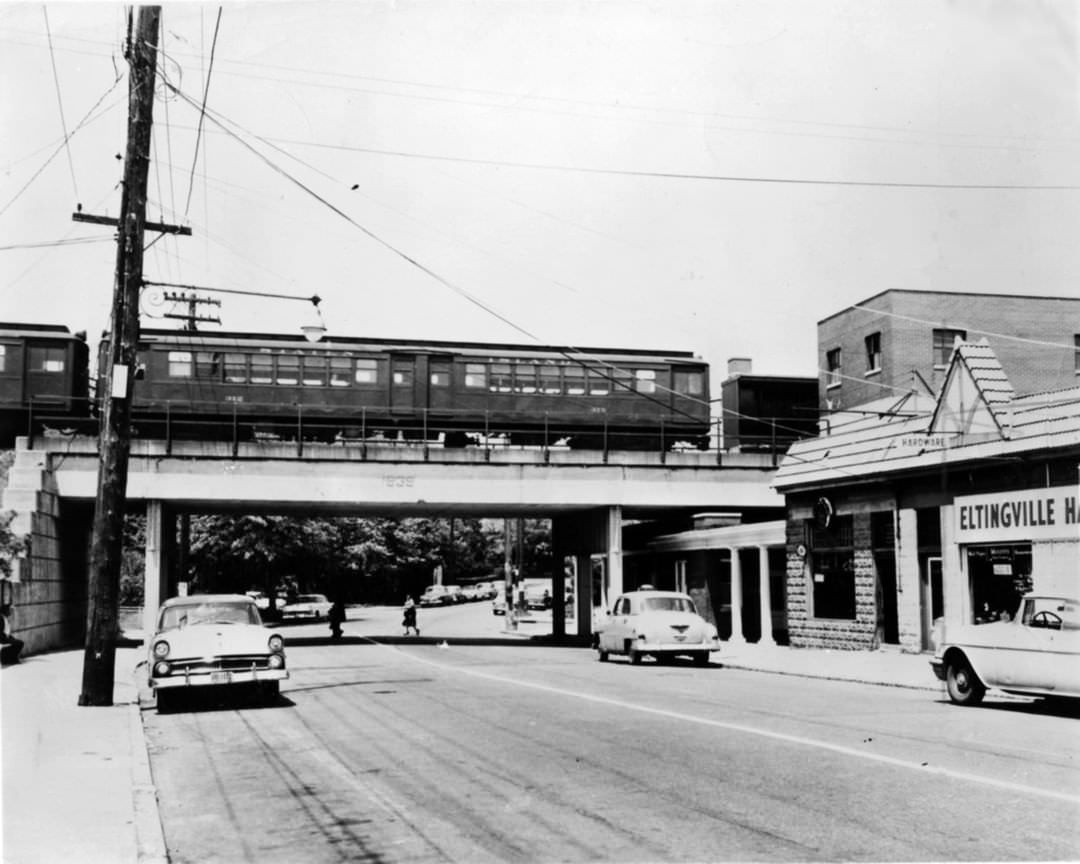
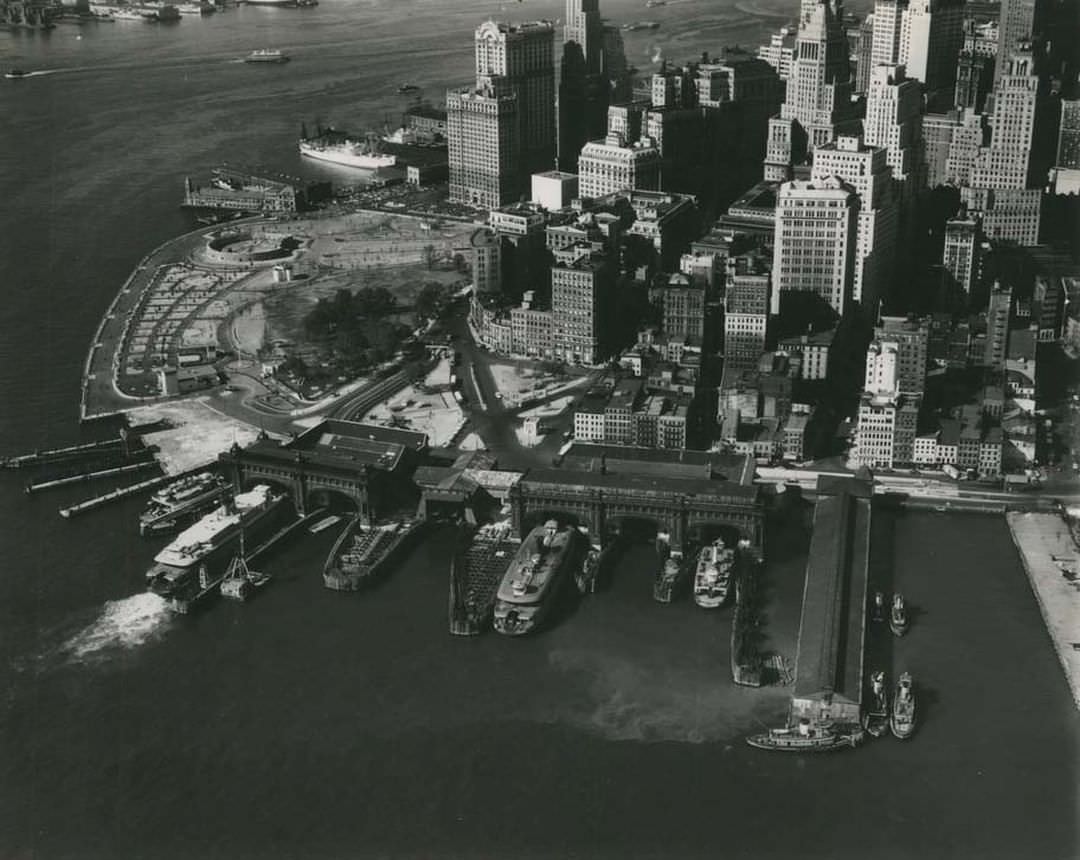
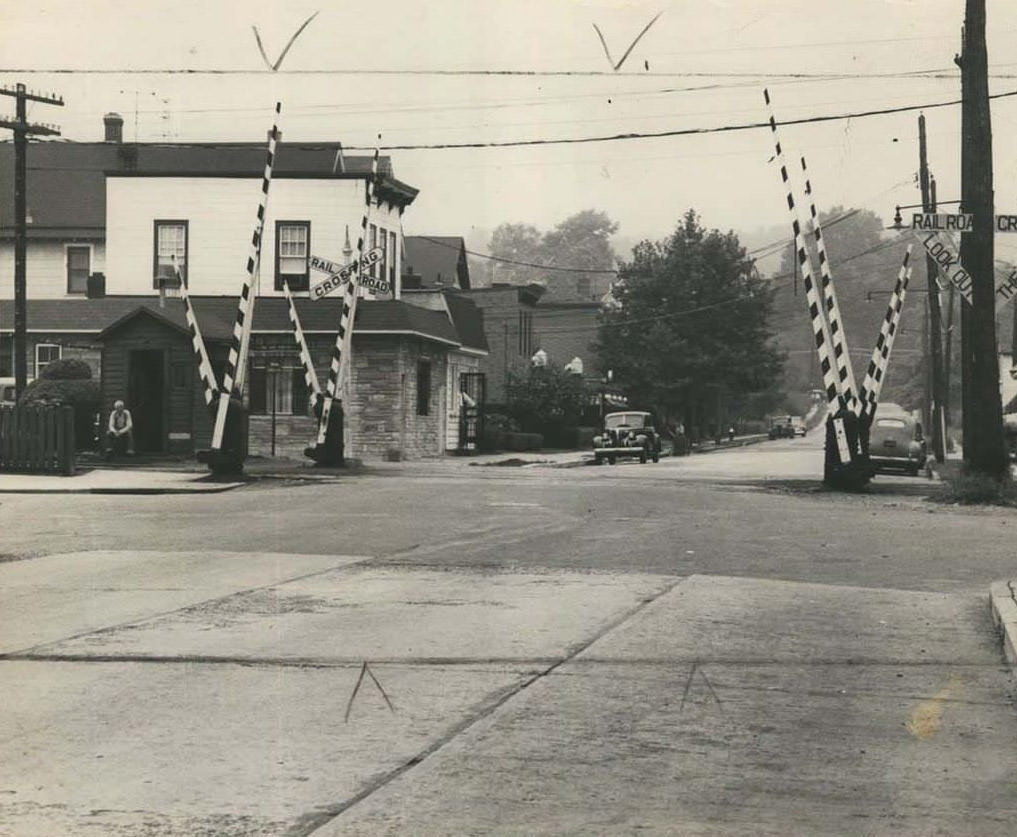
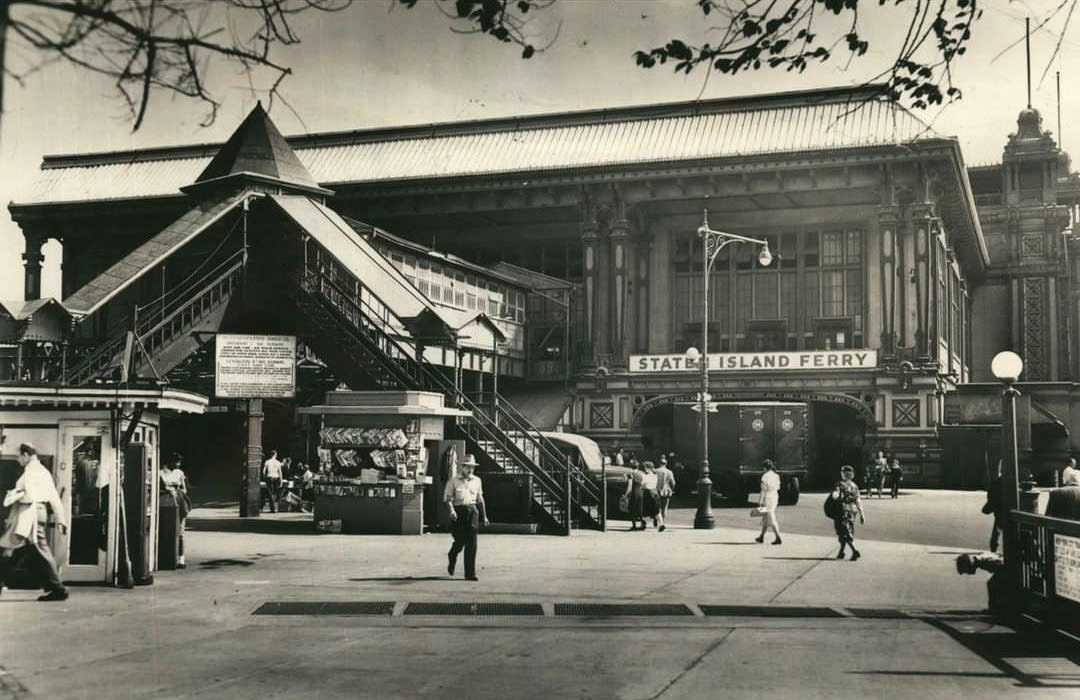
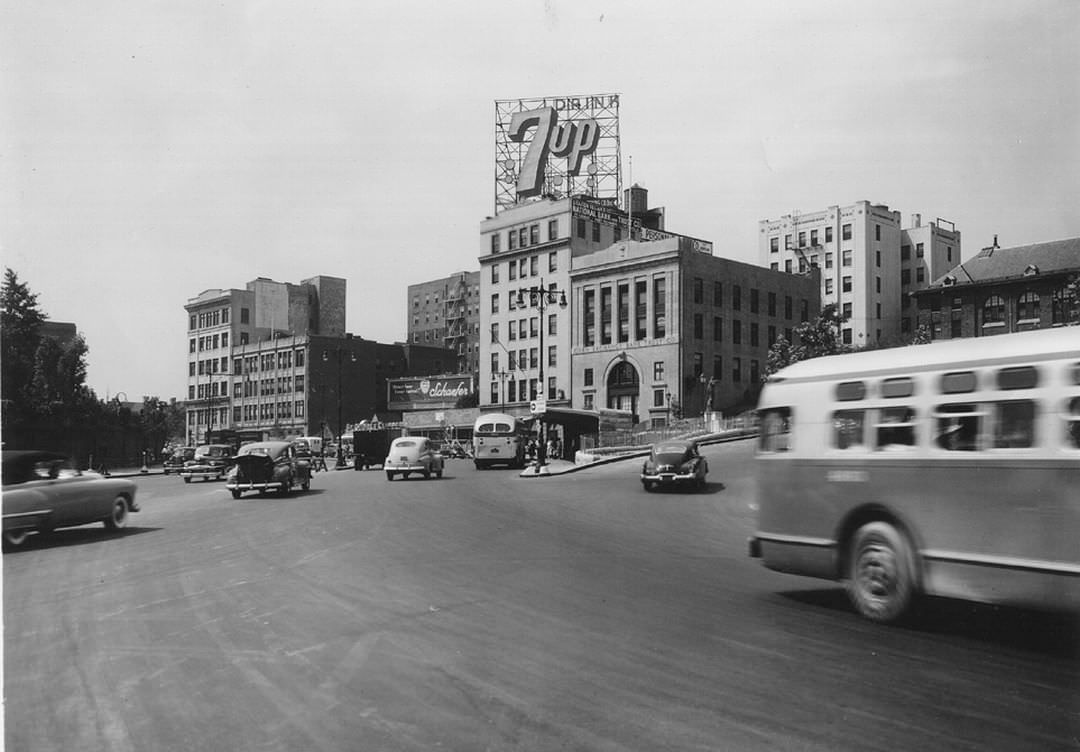
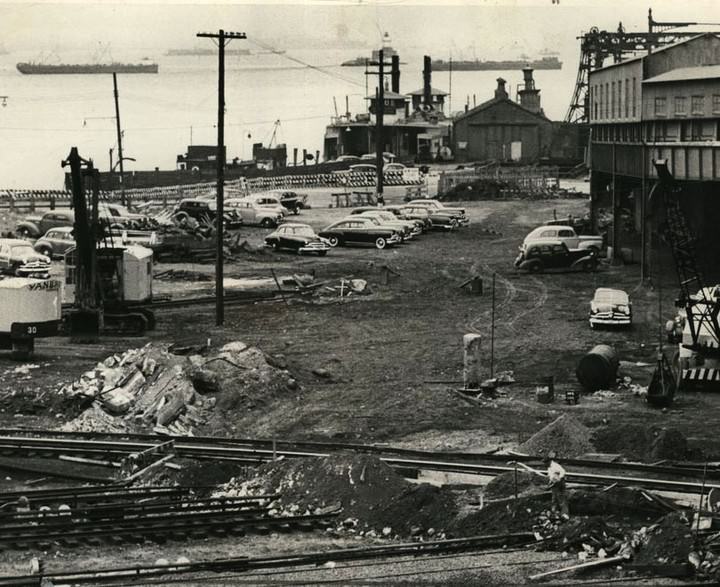
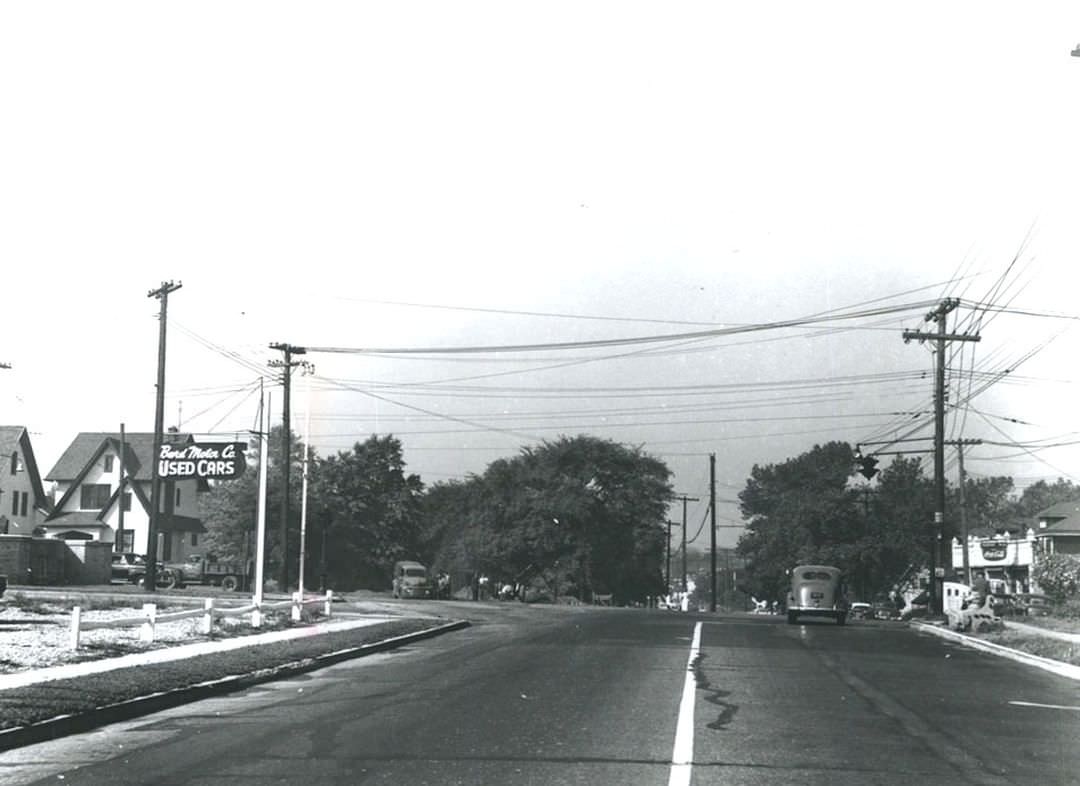
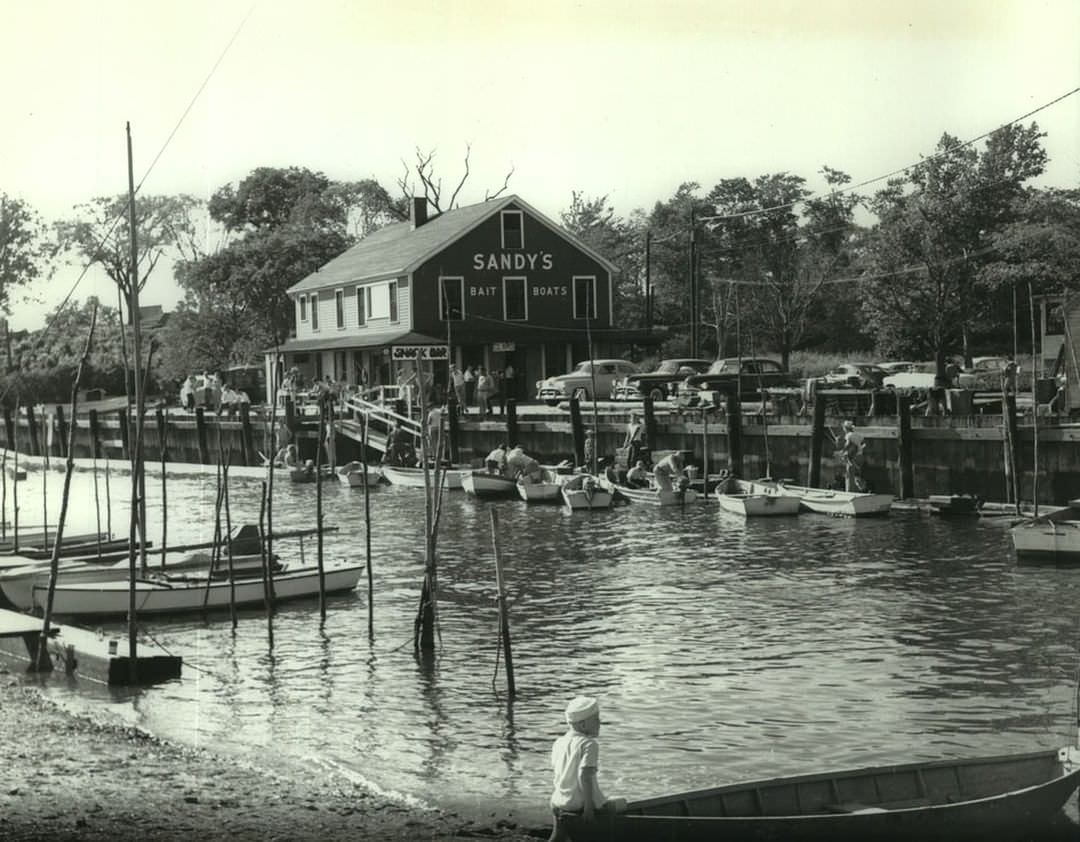

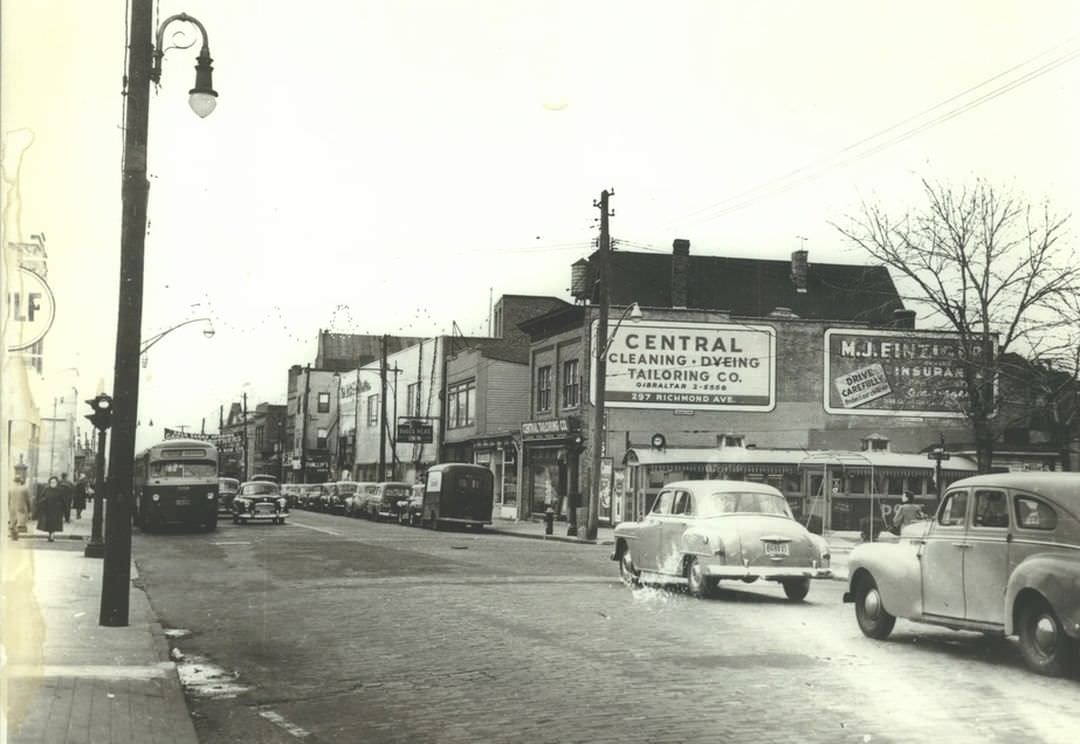
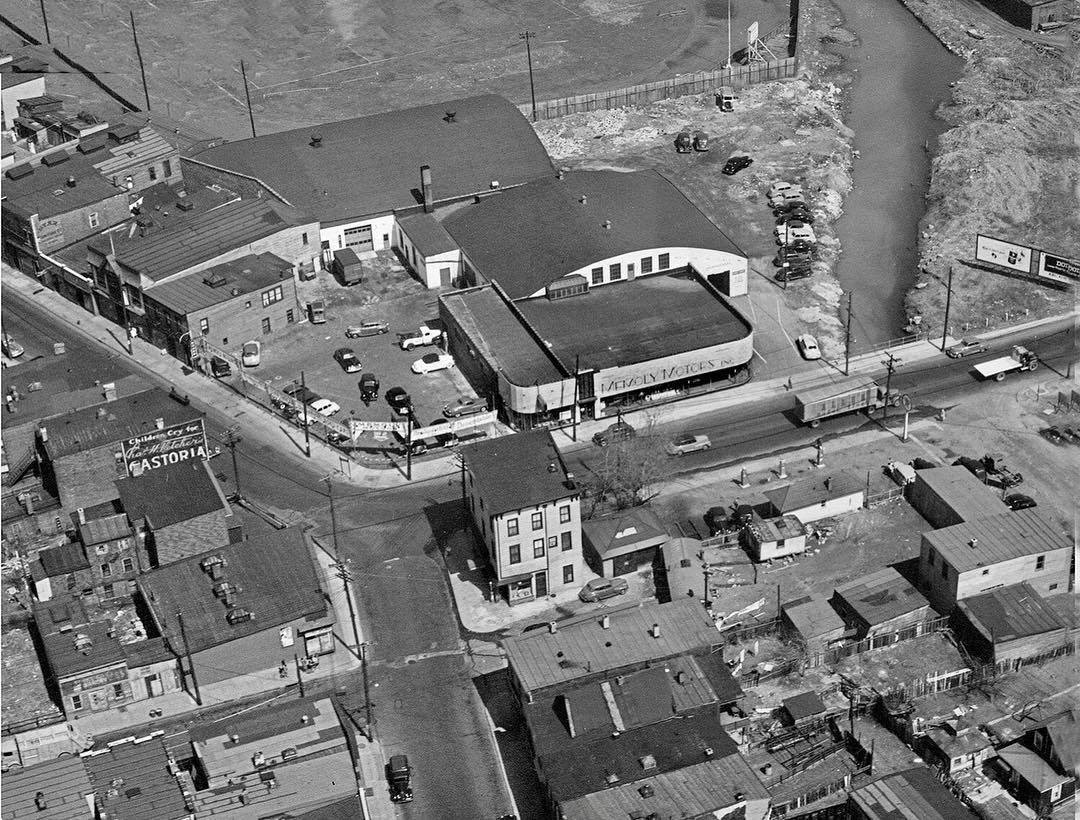
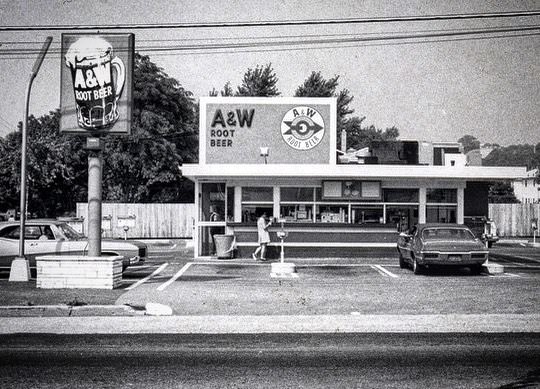
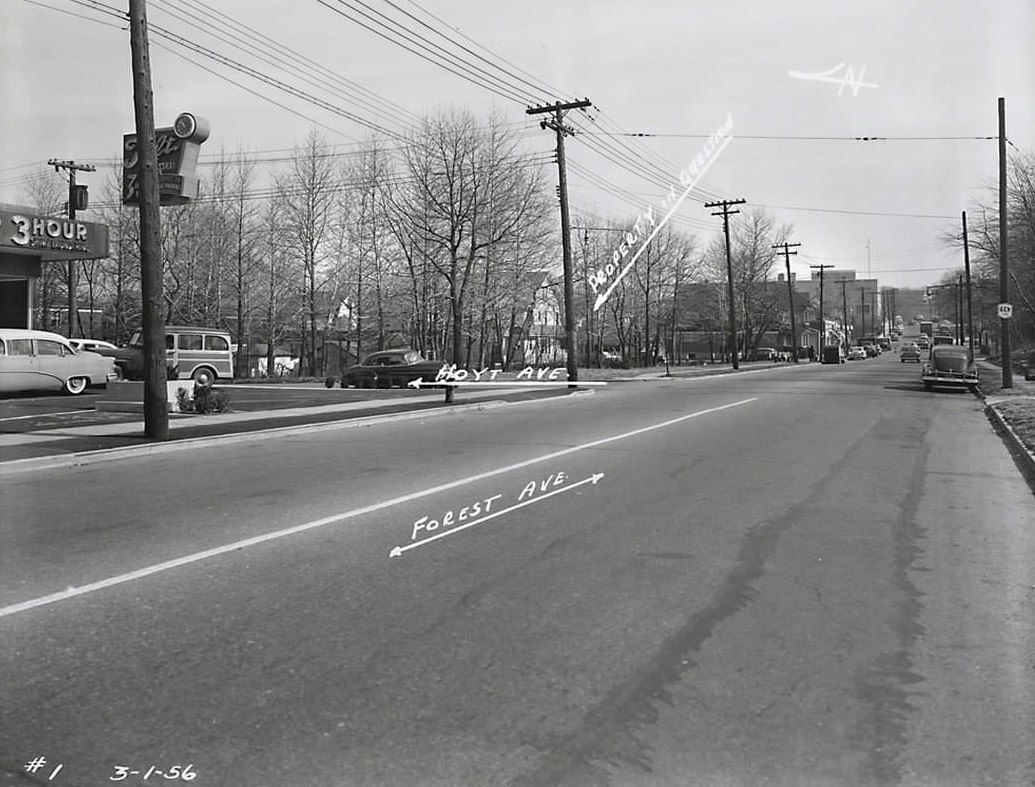
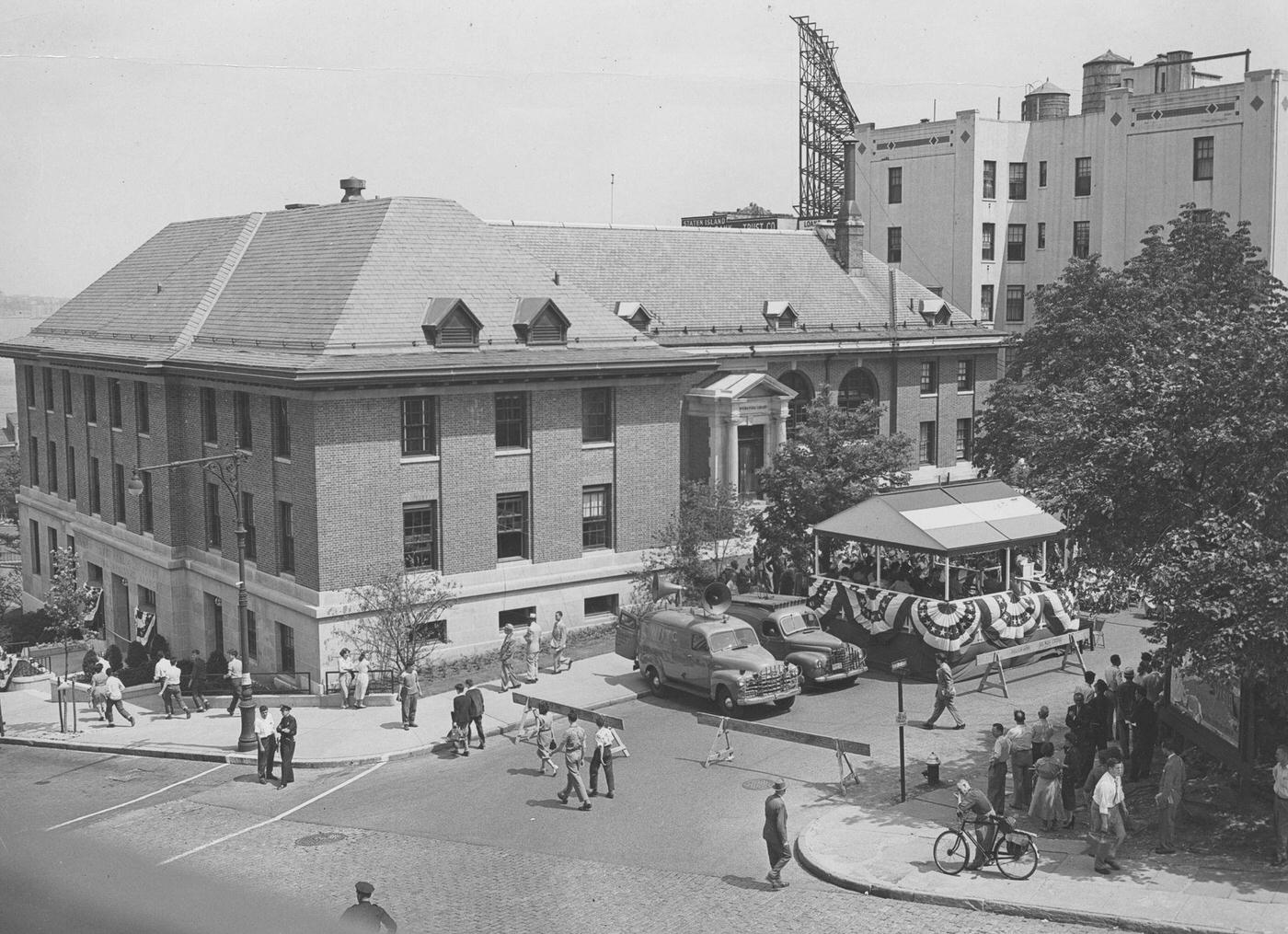

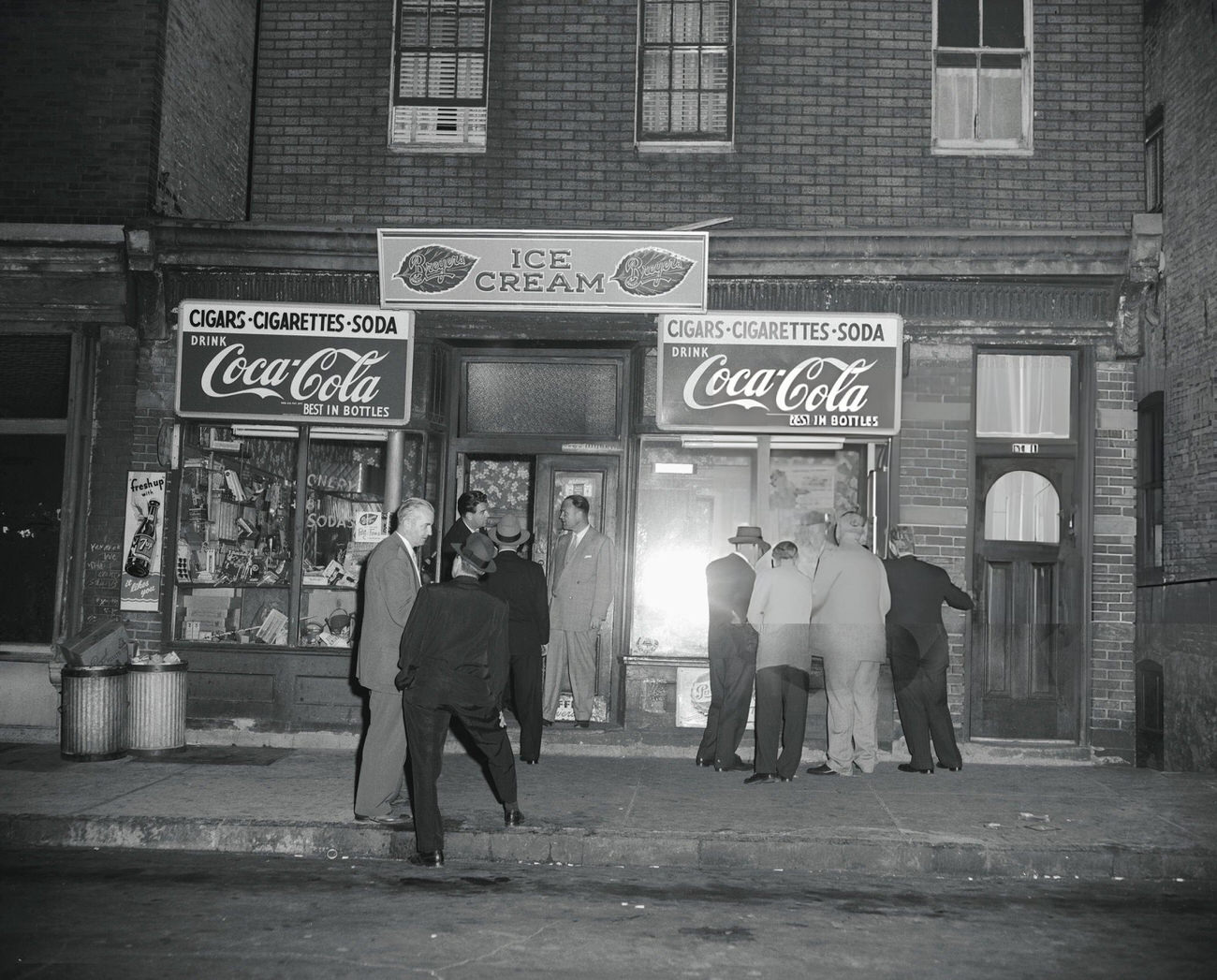
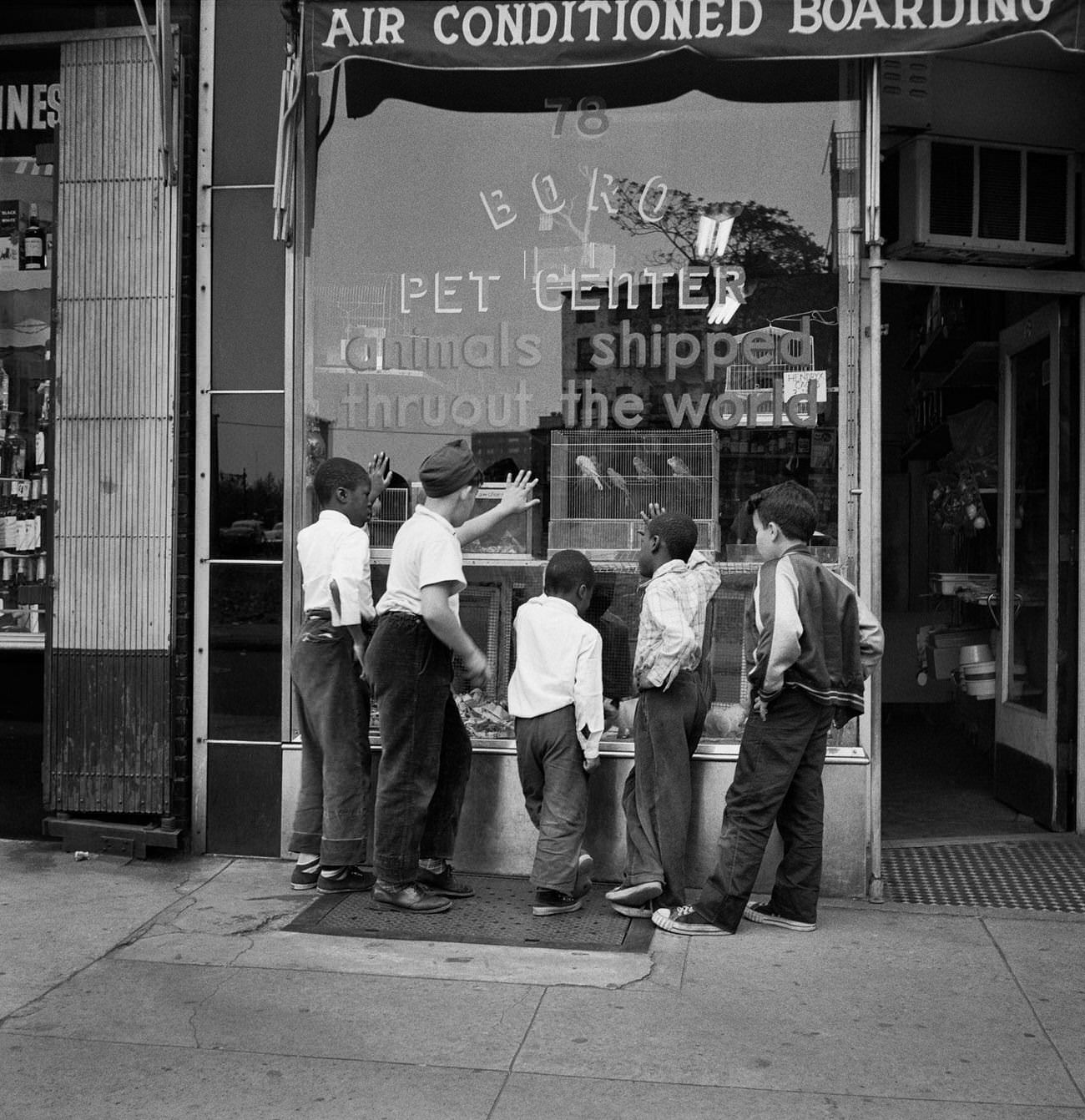
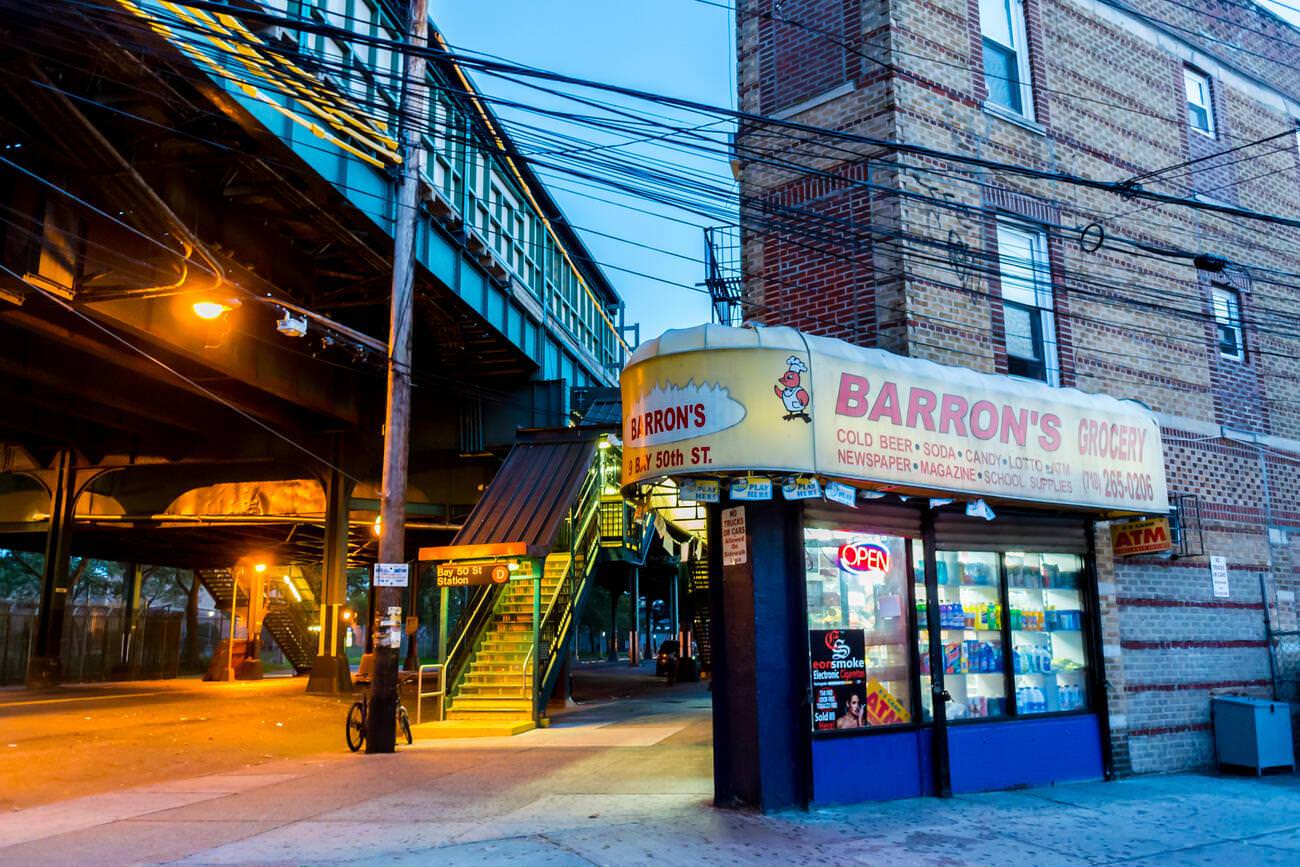

GIPHY App Key not set. Please check settings